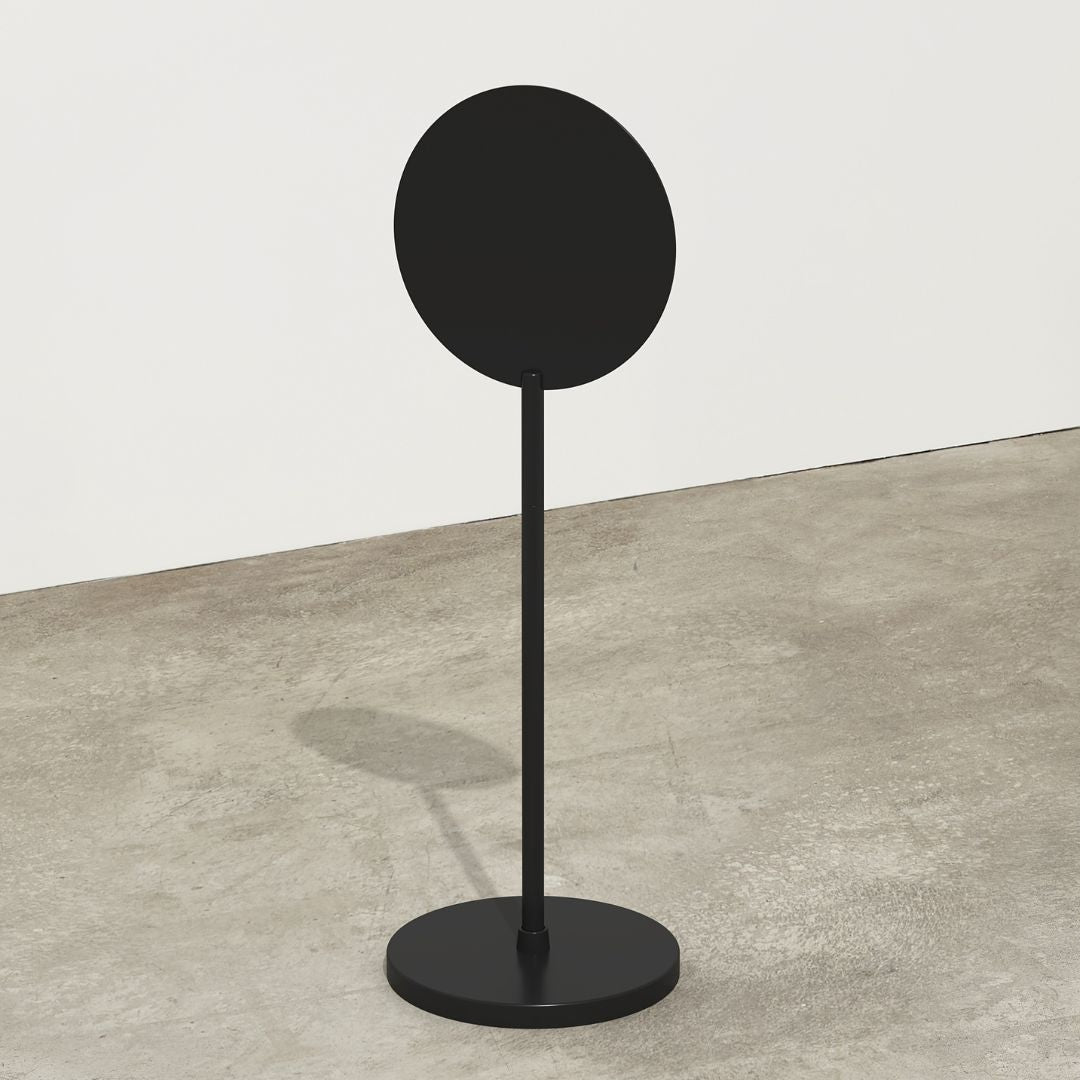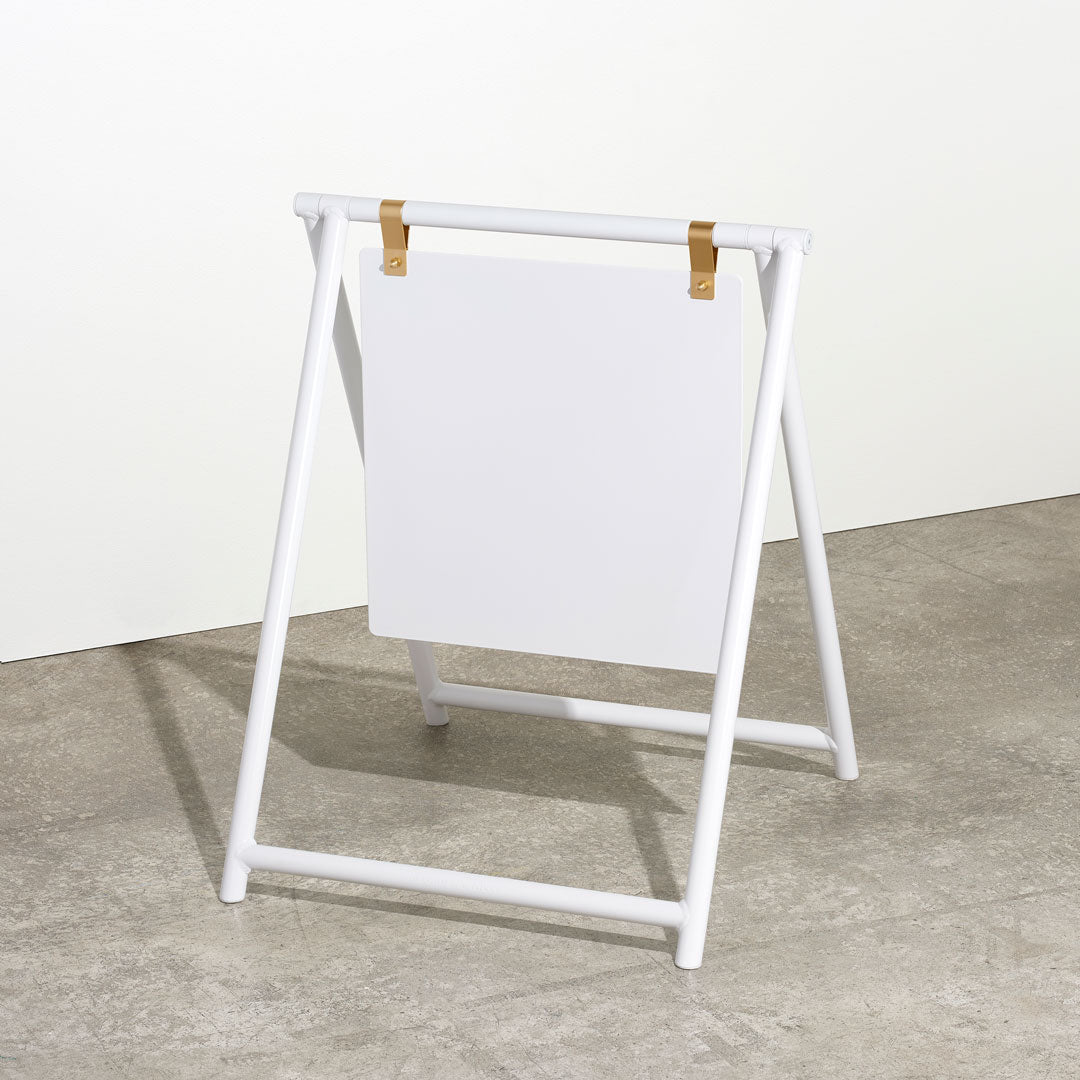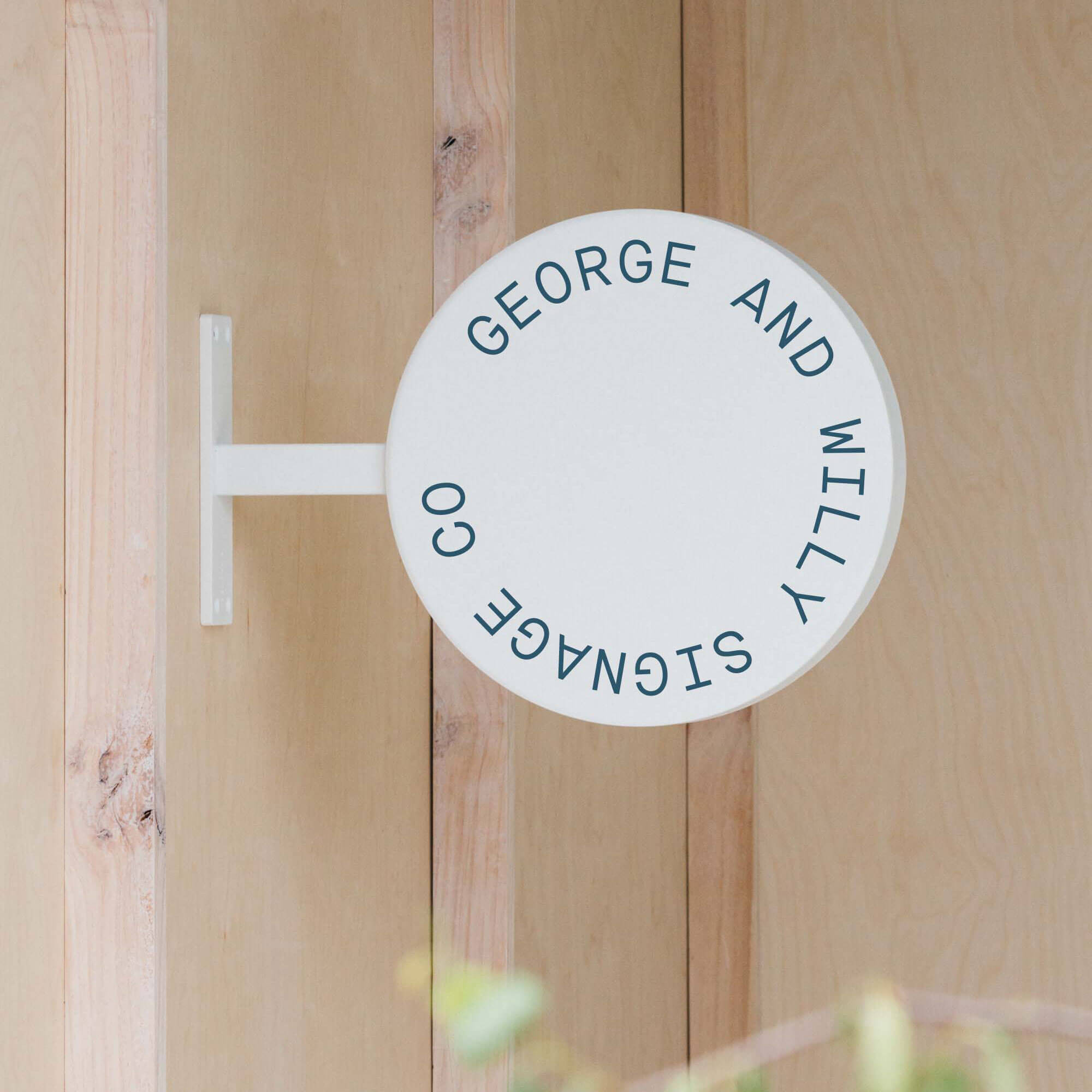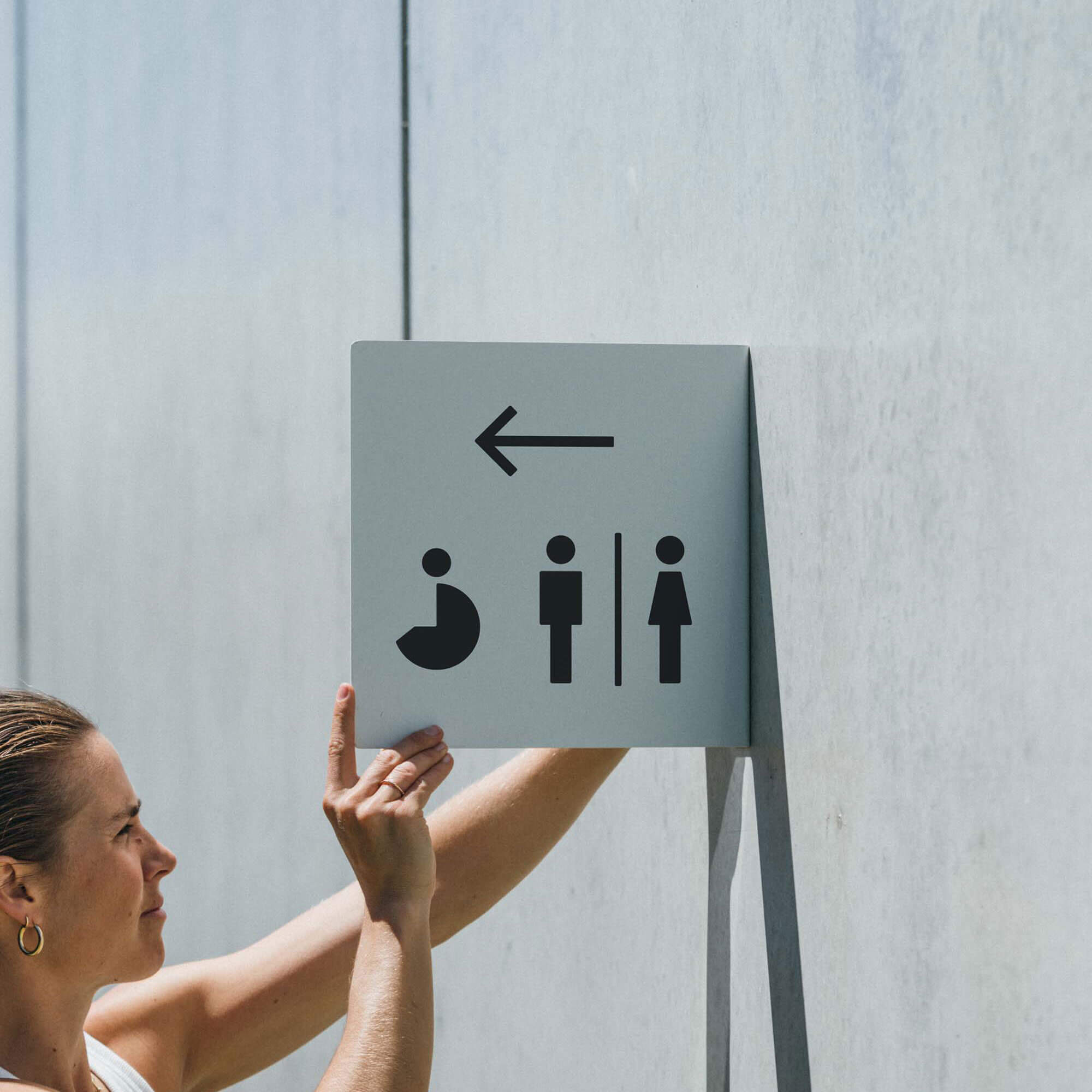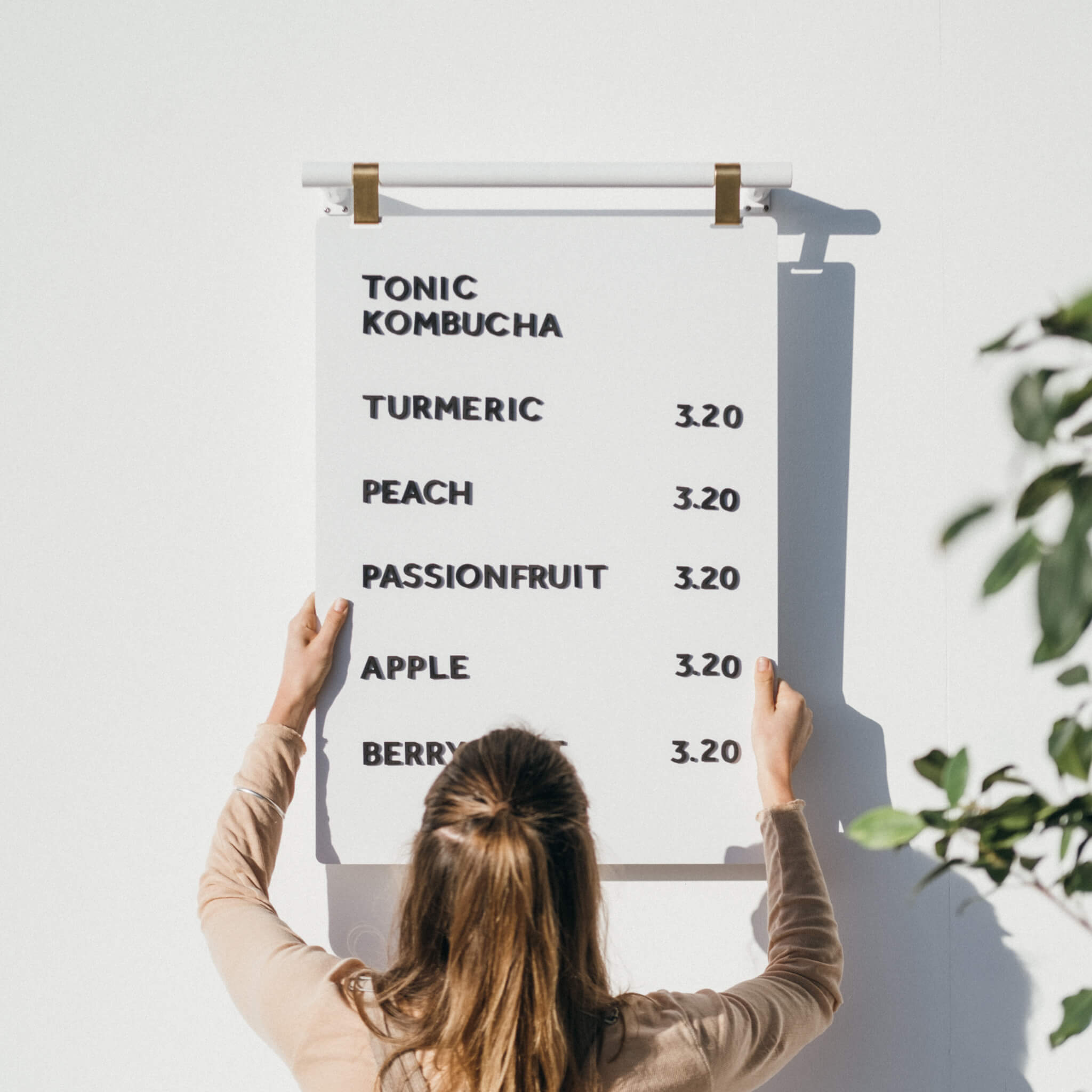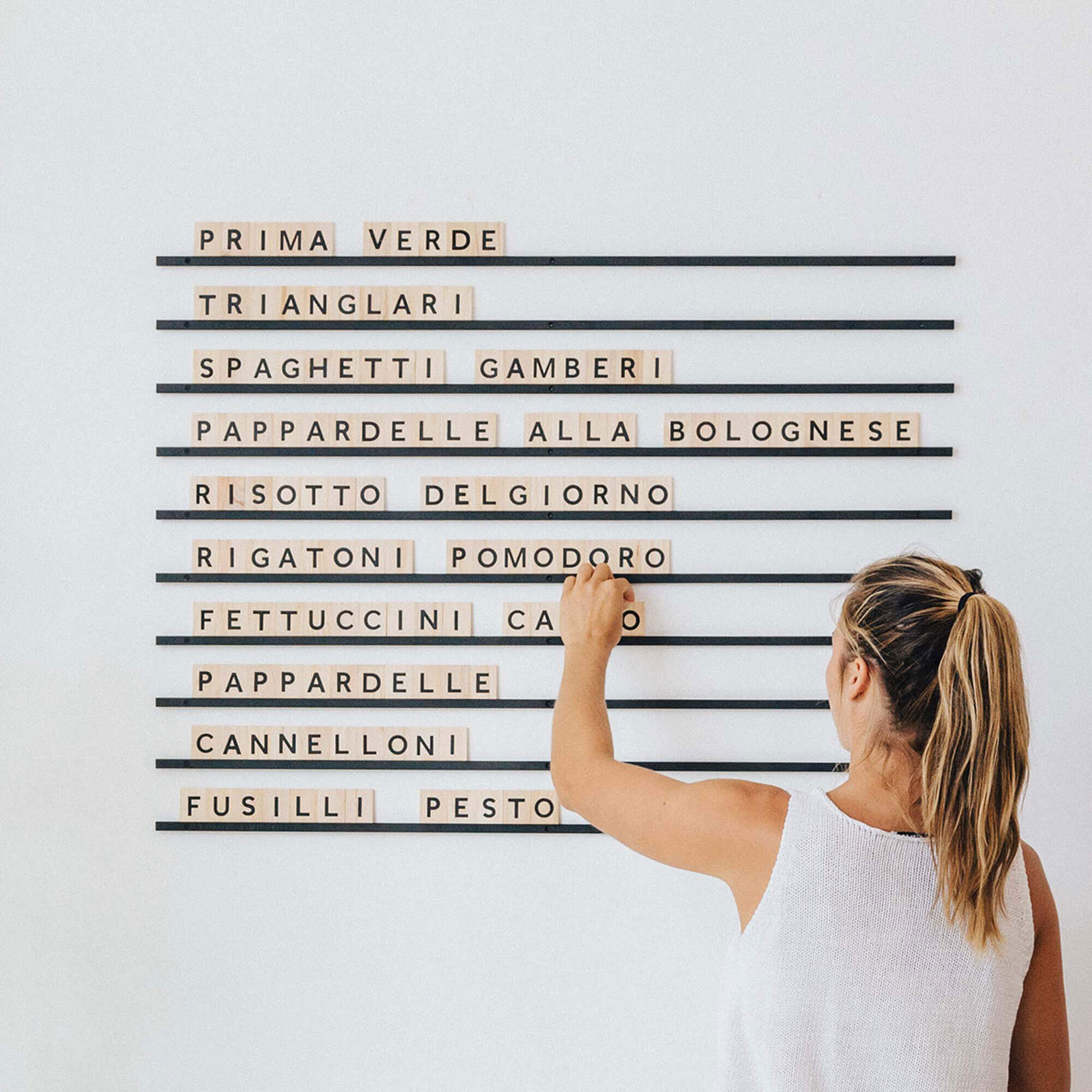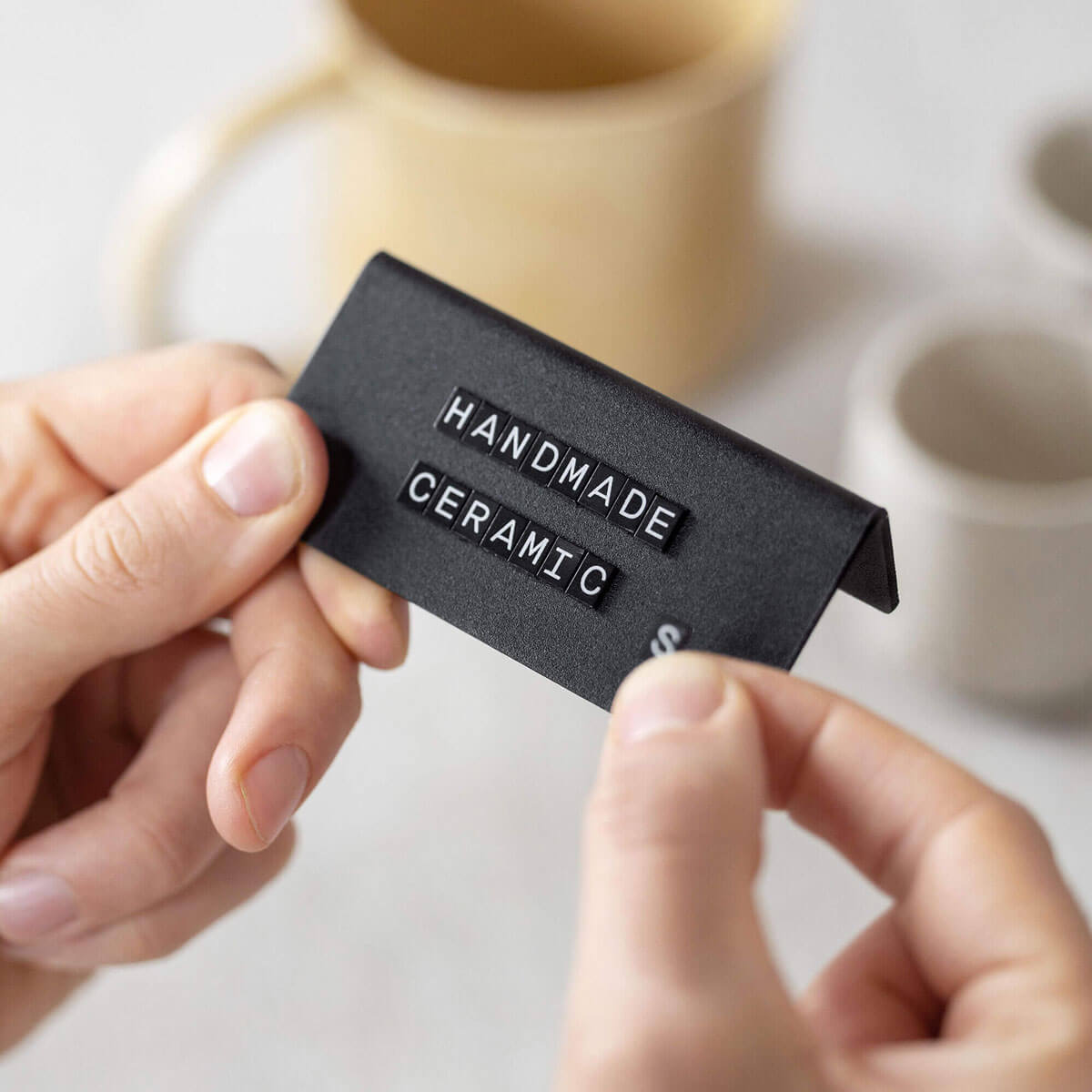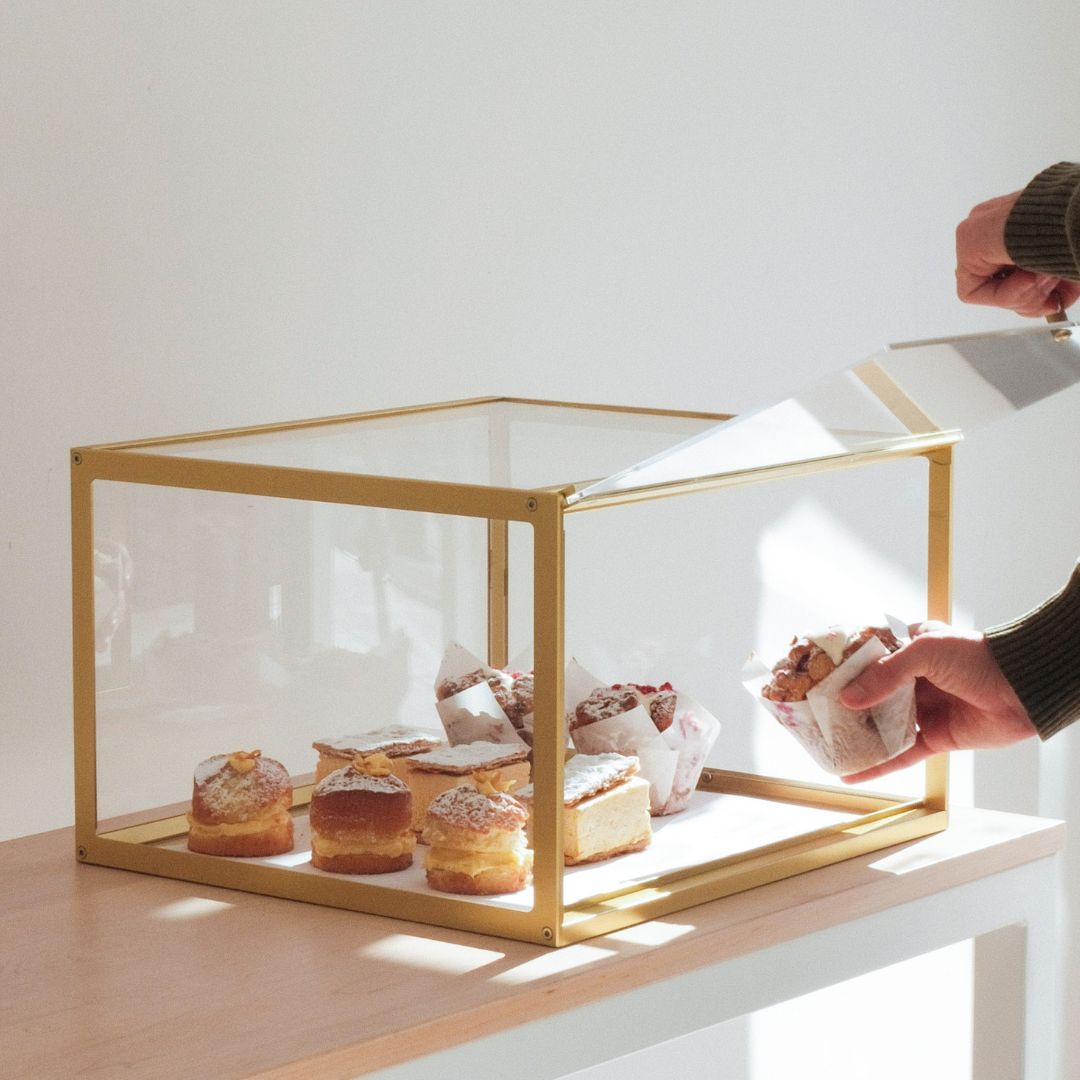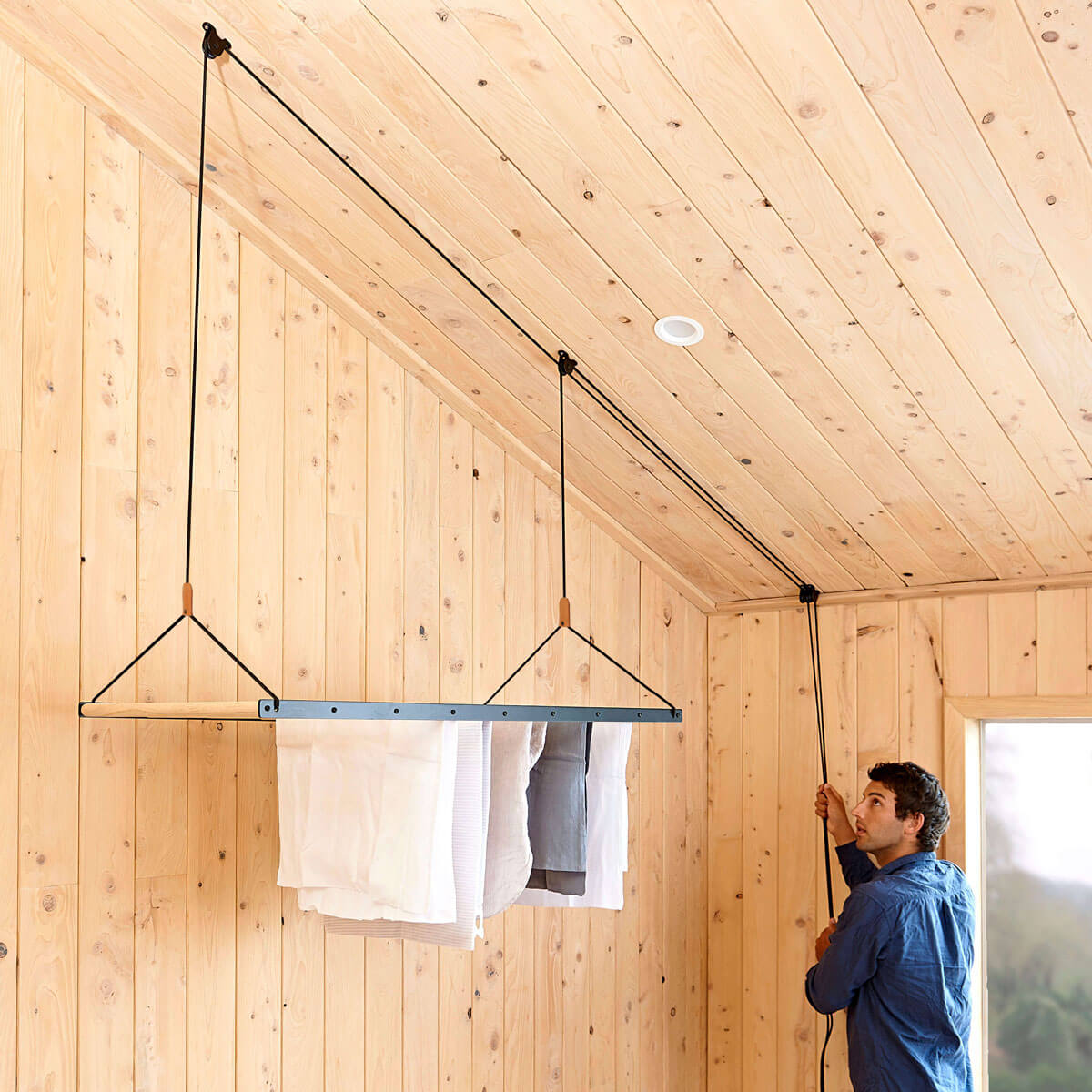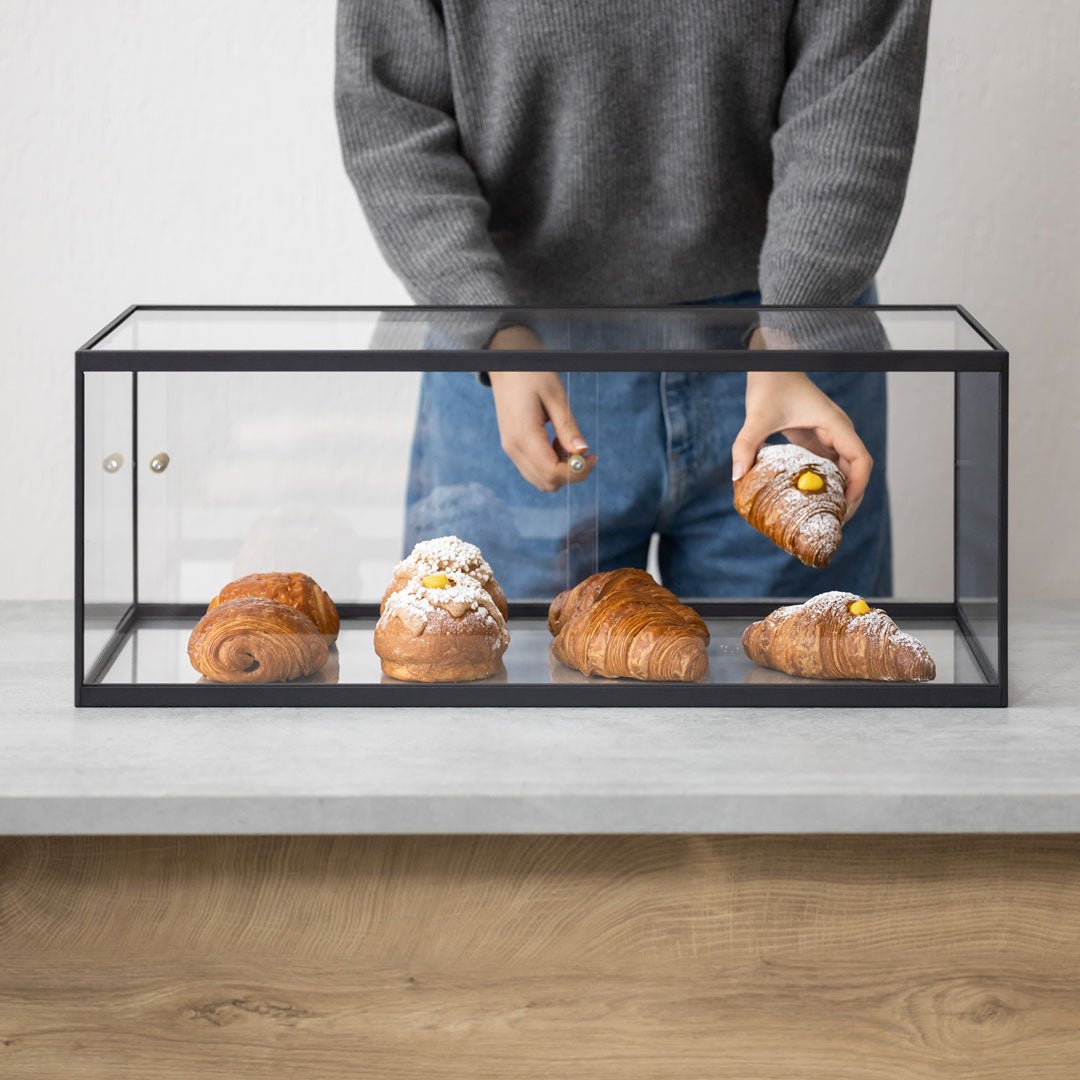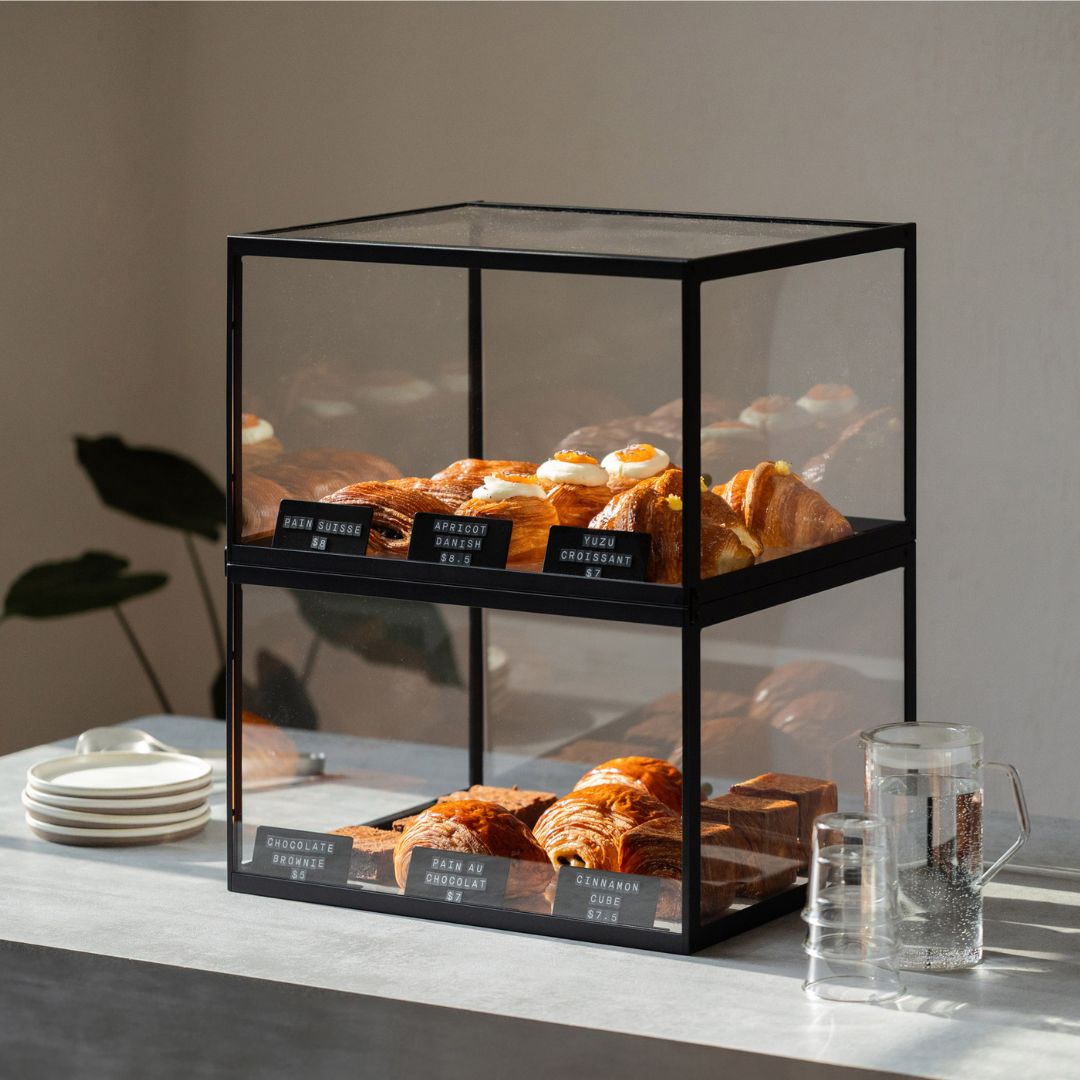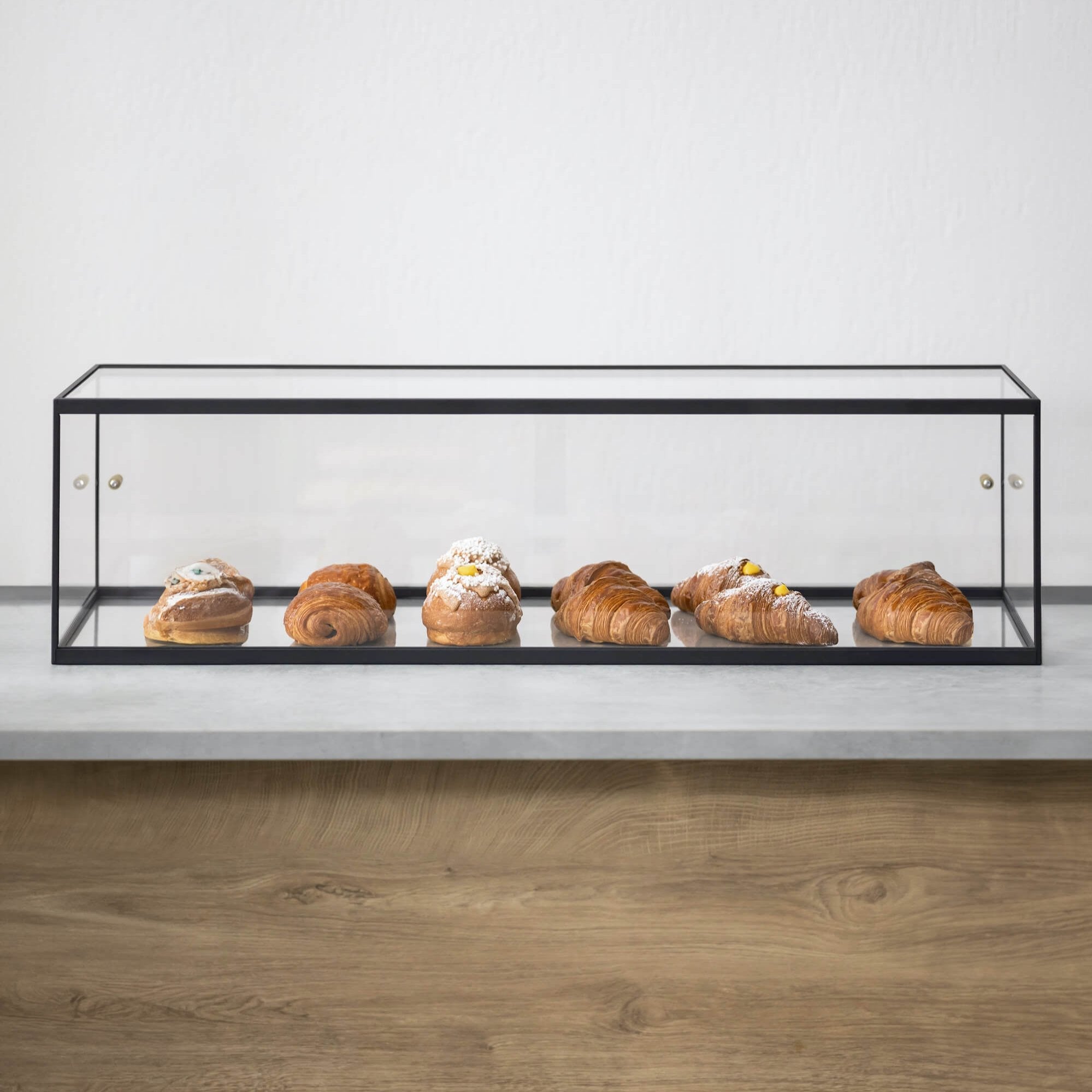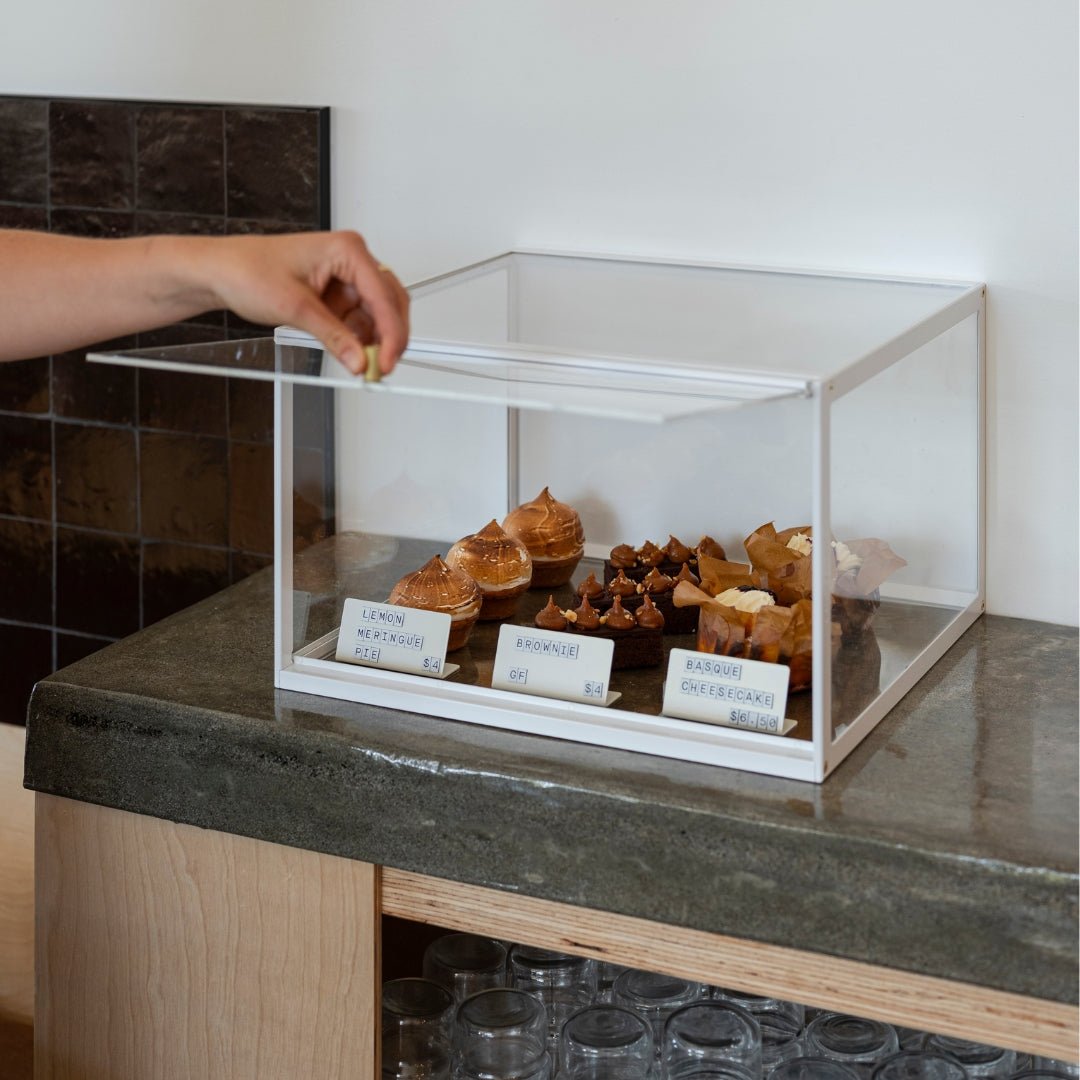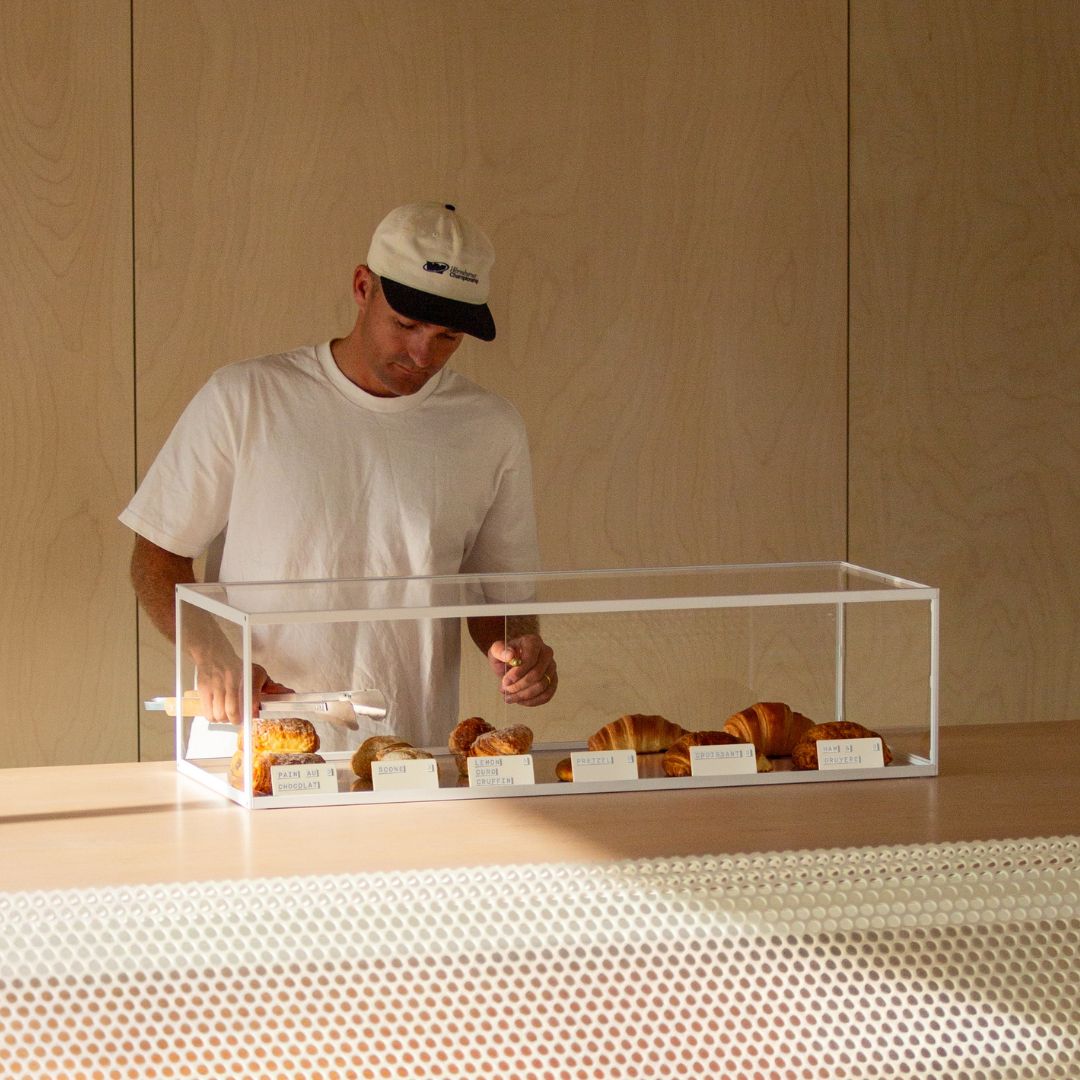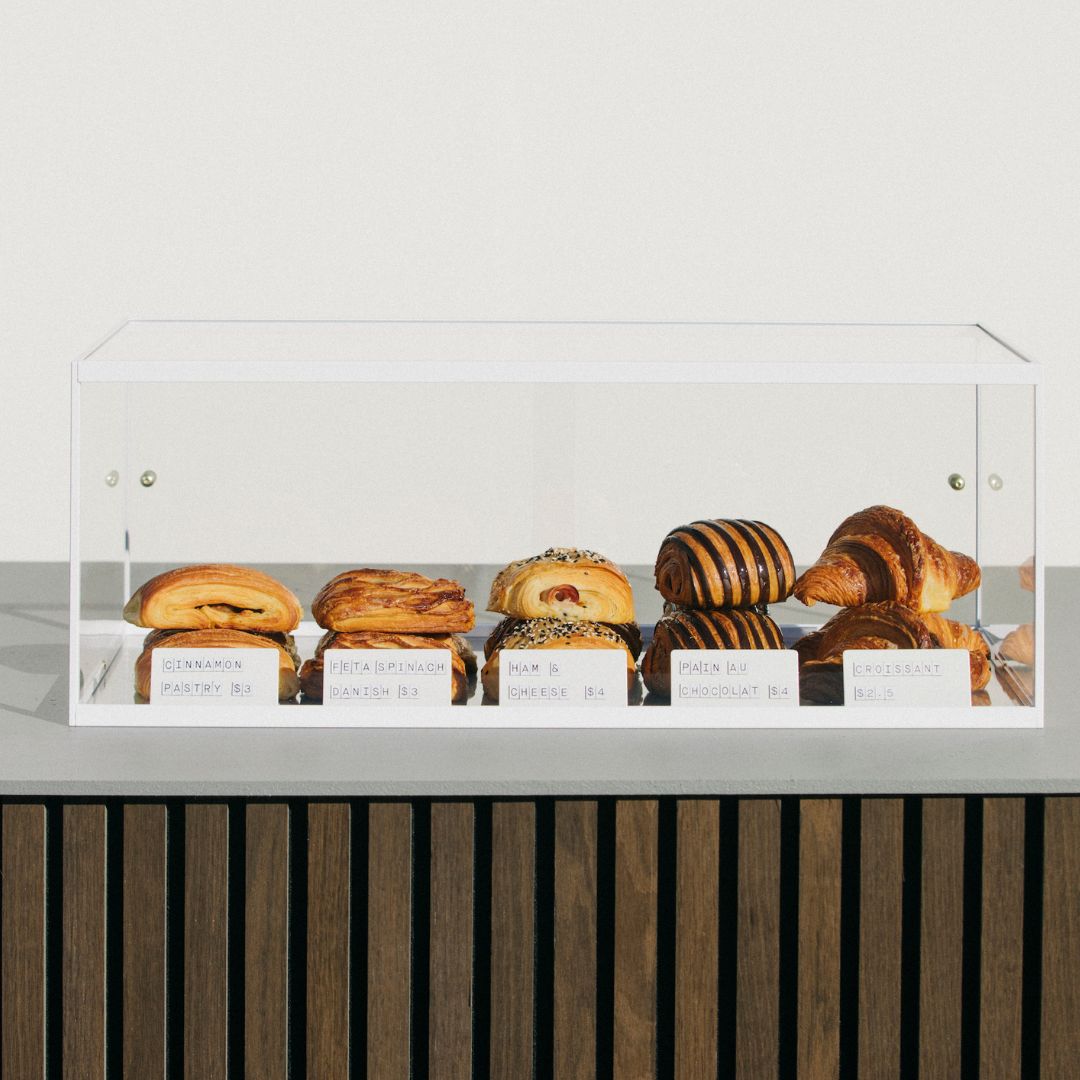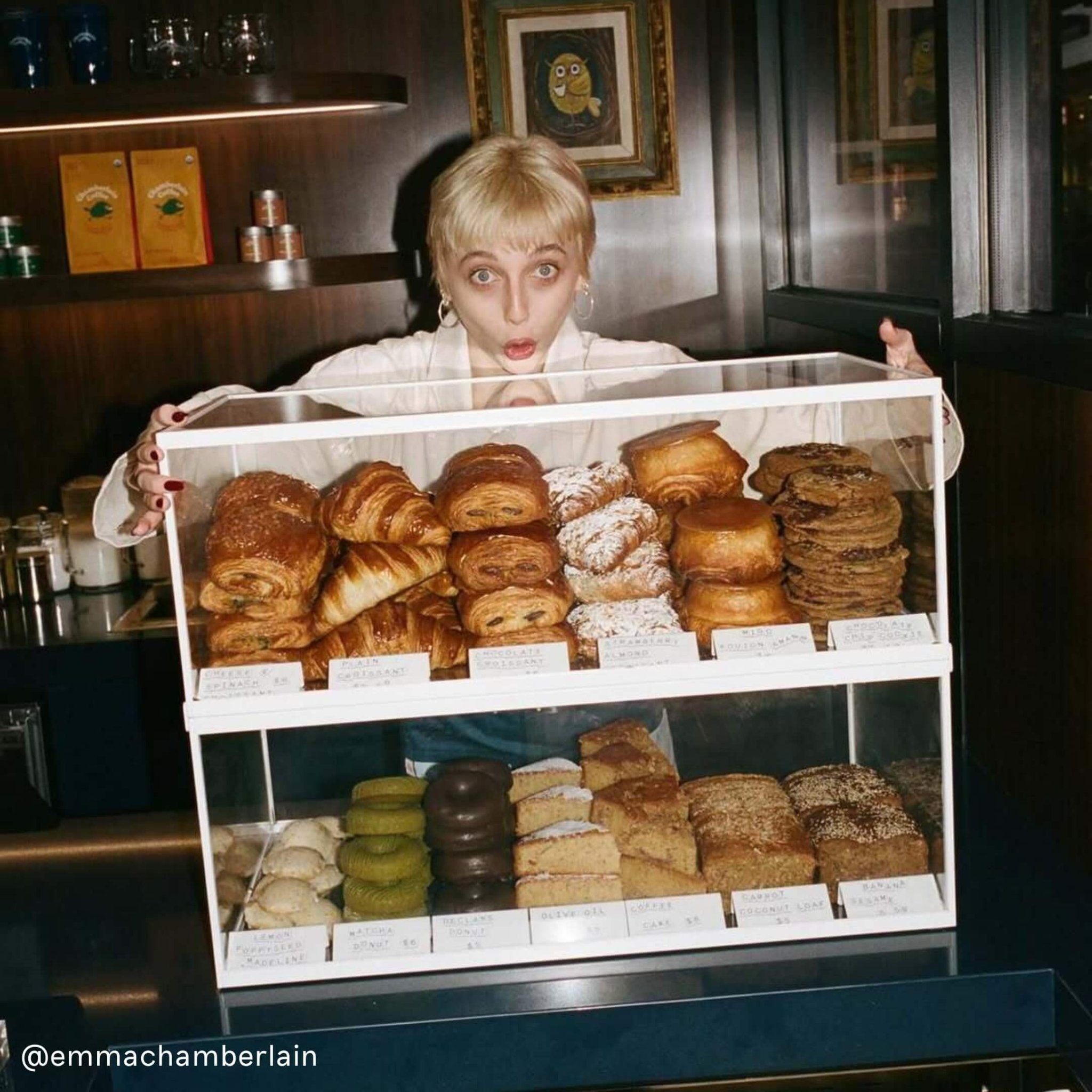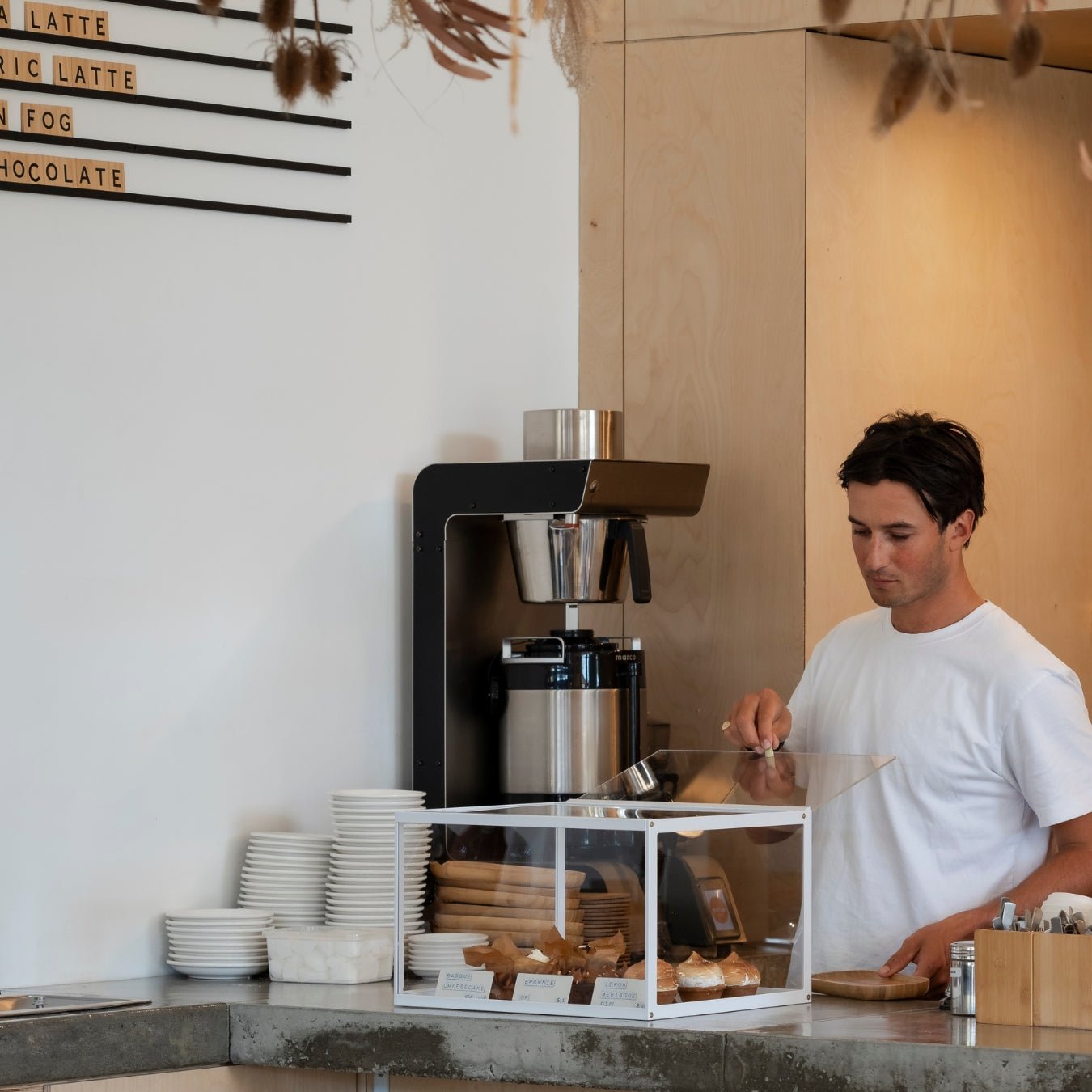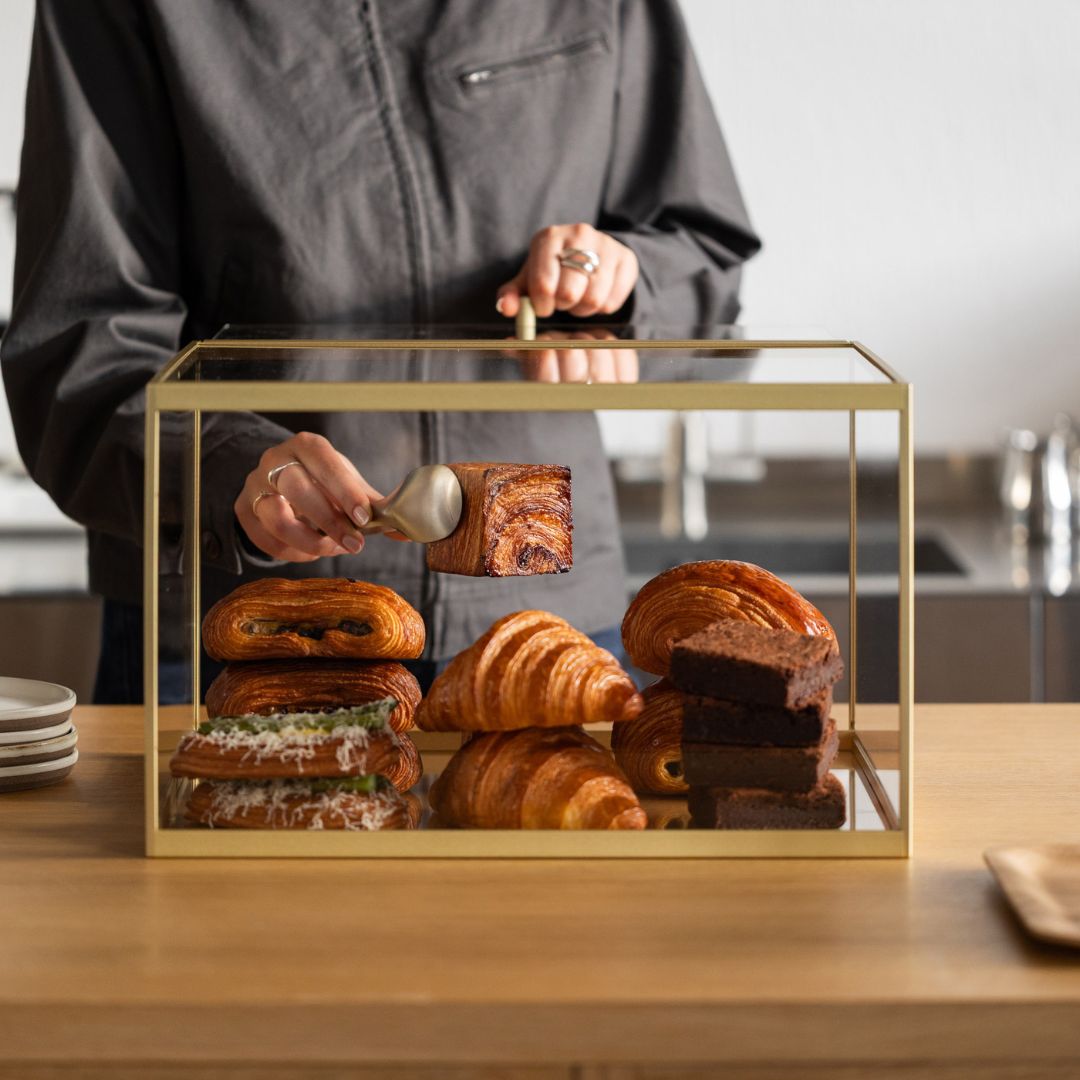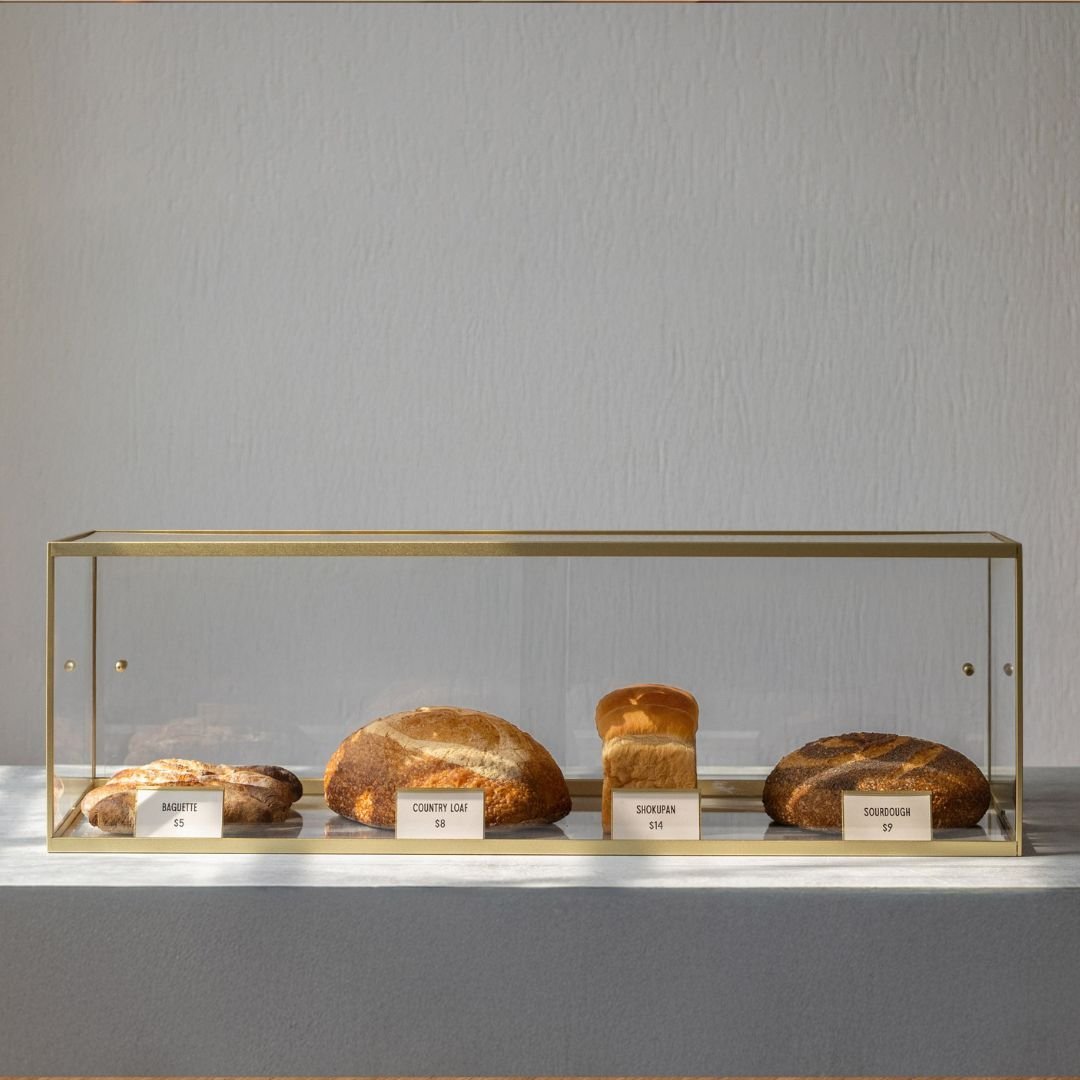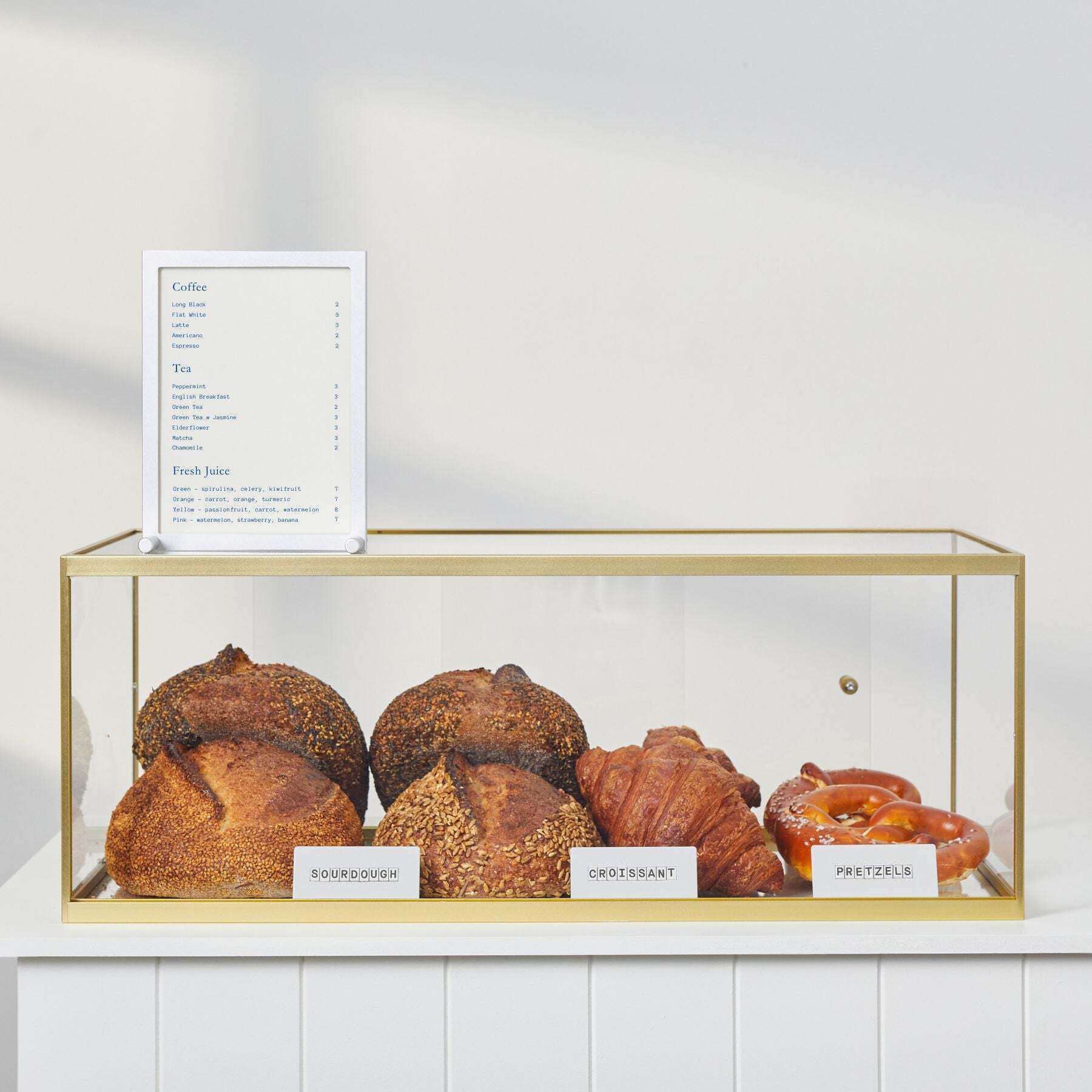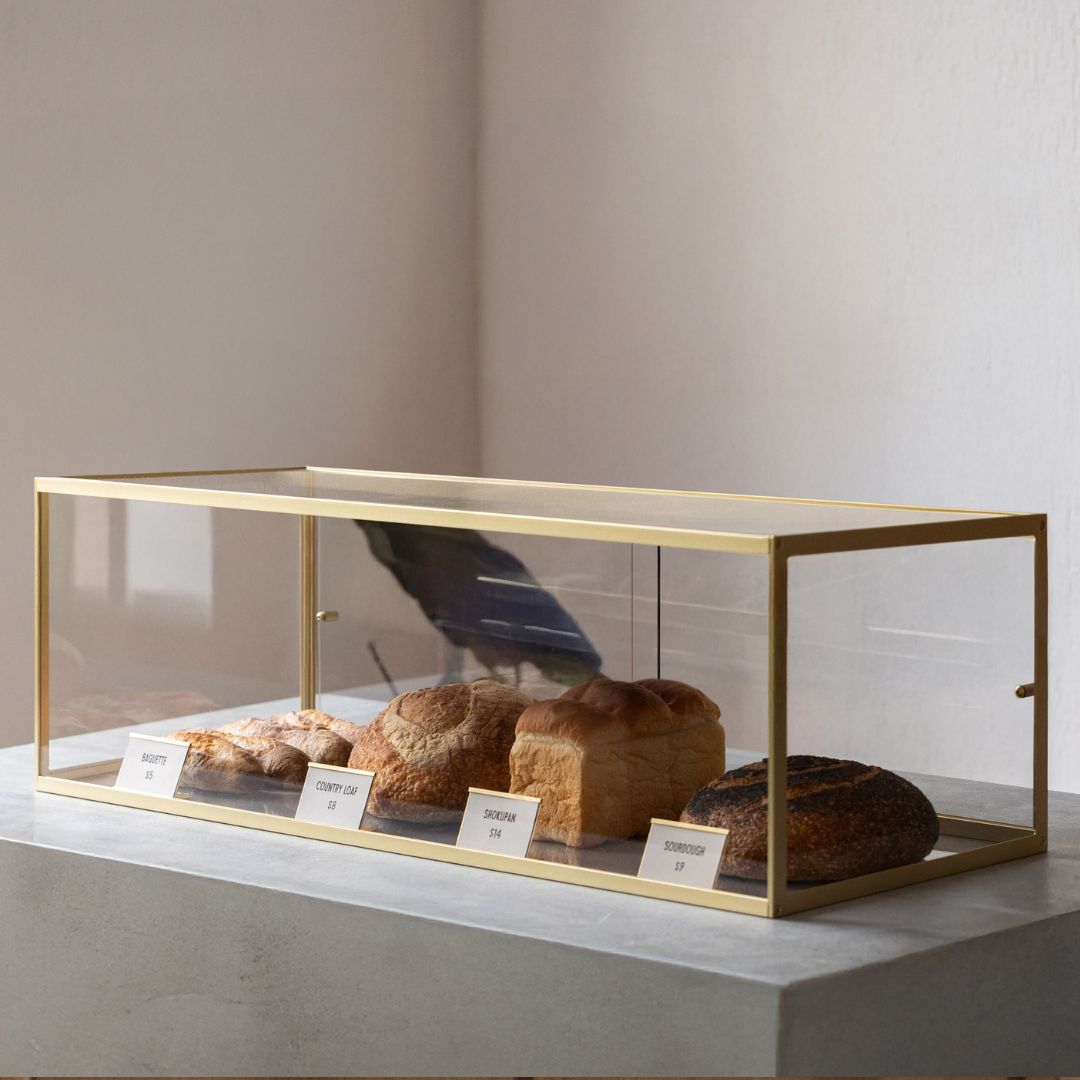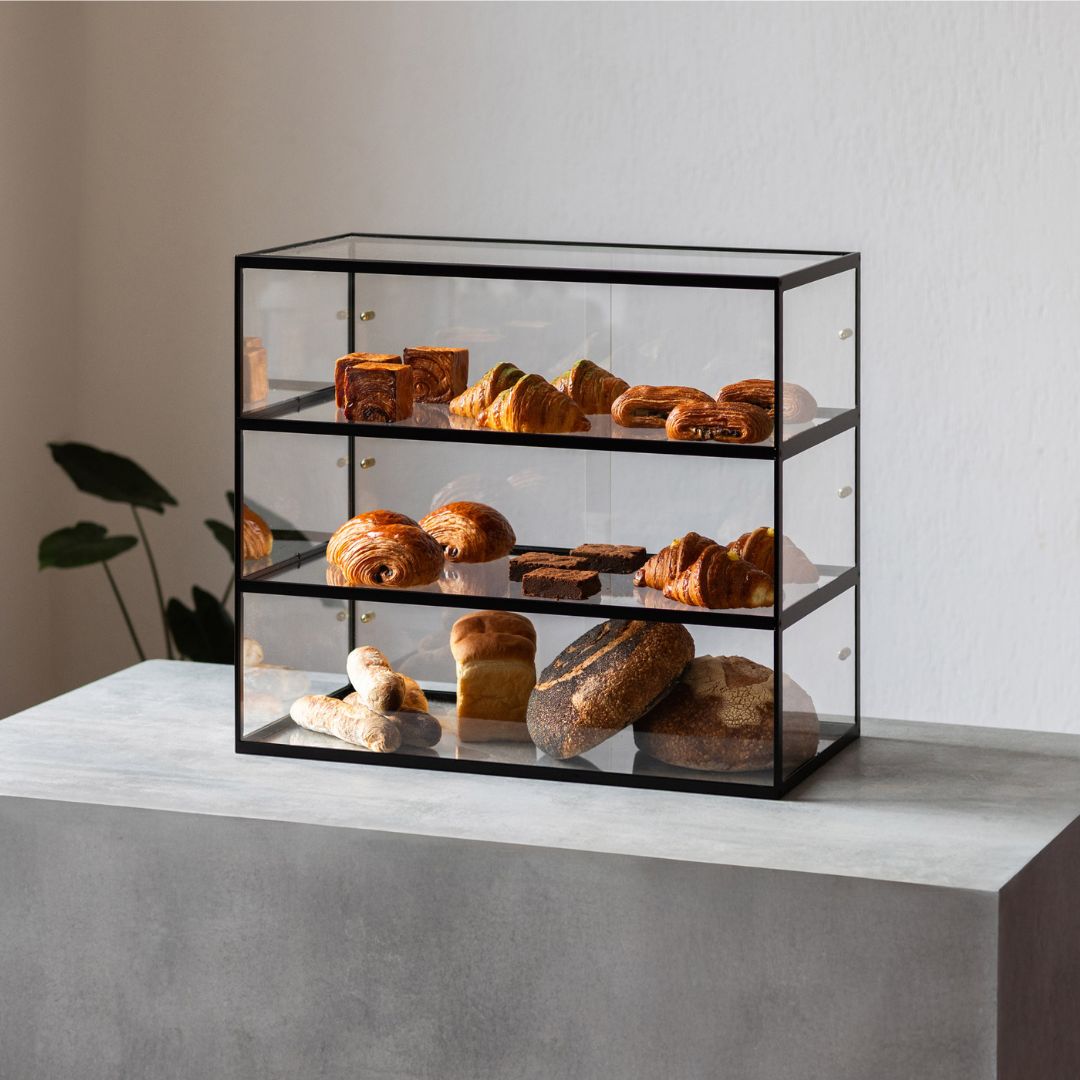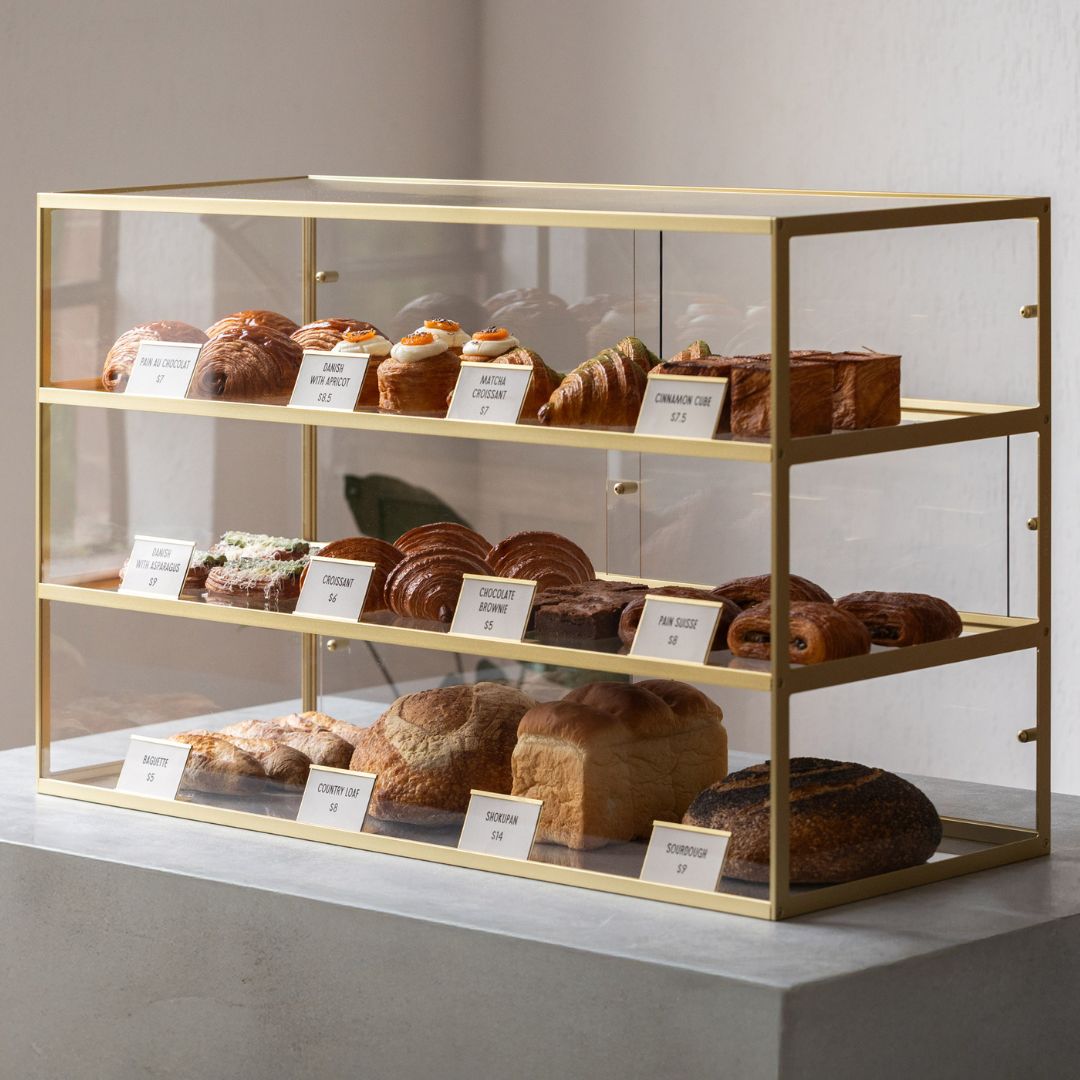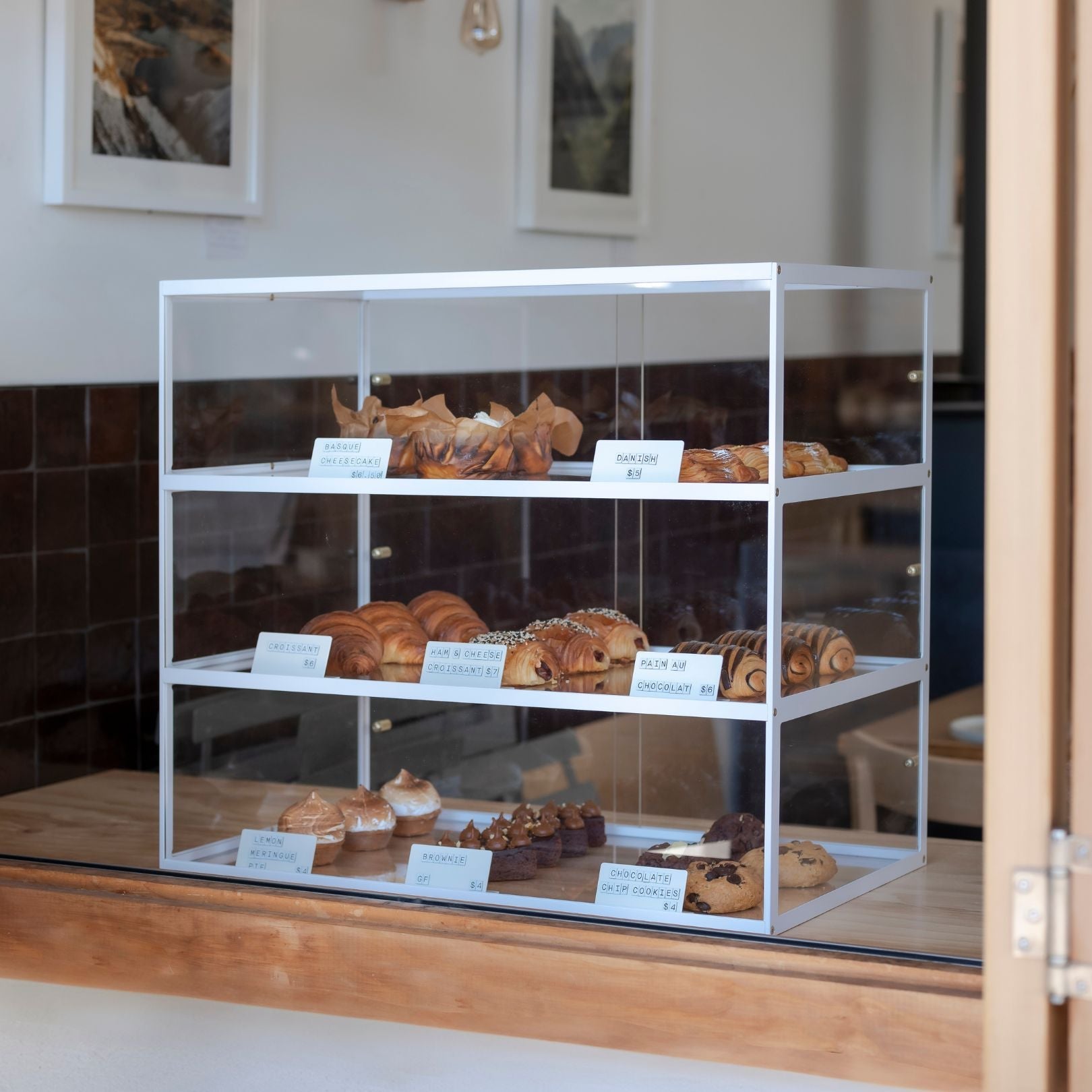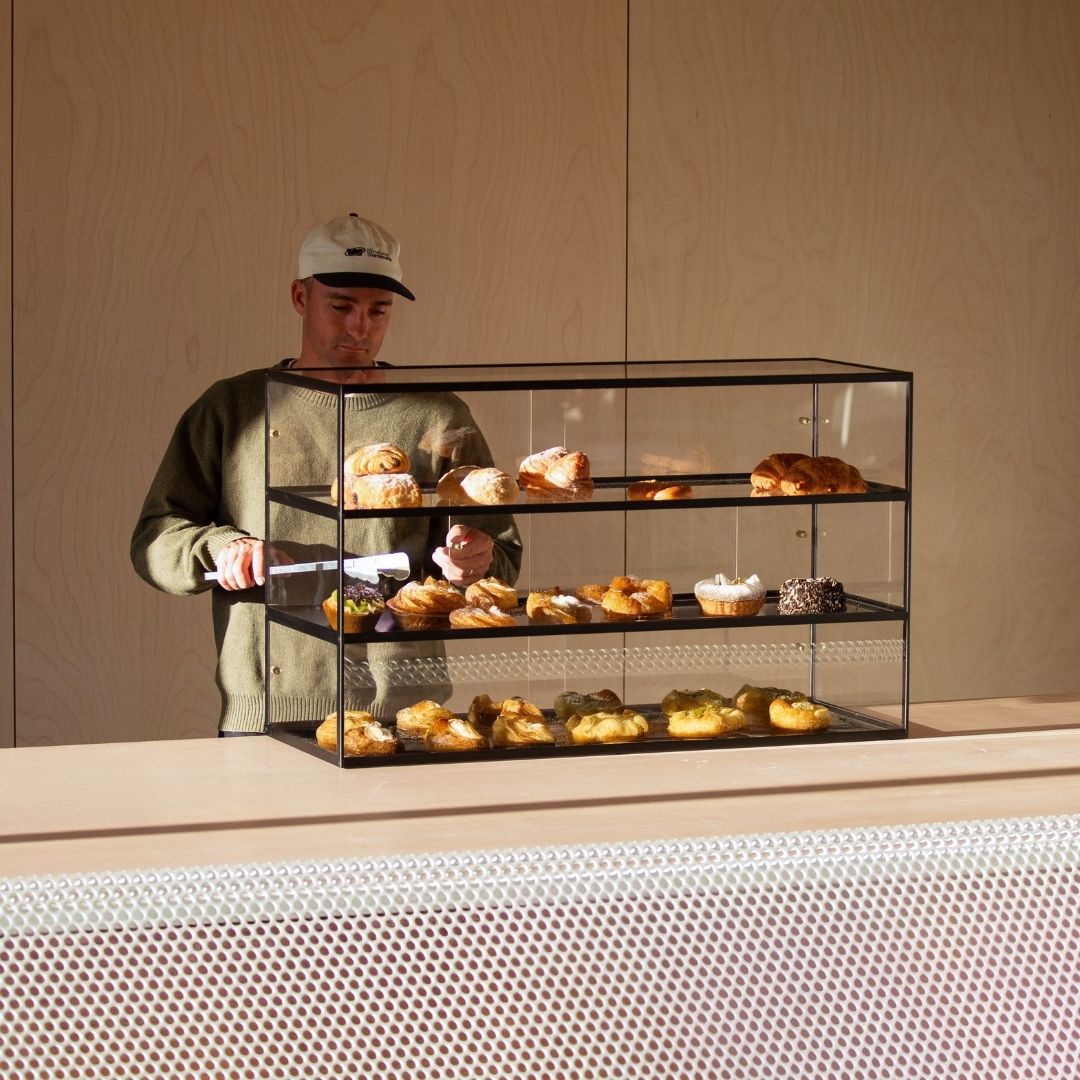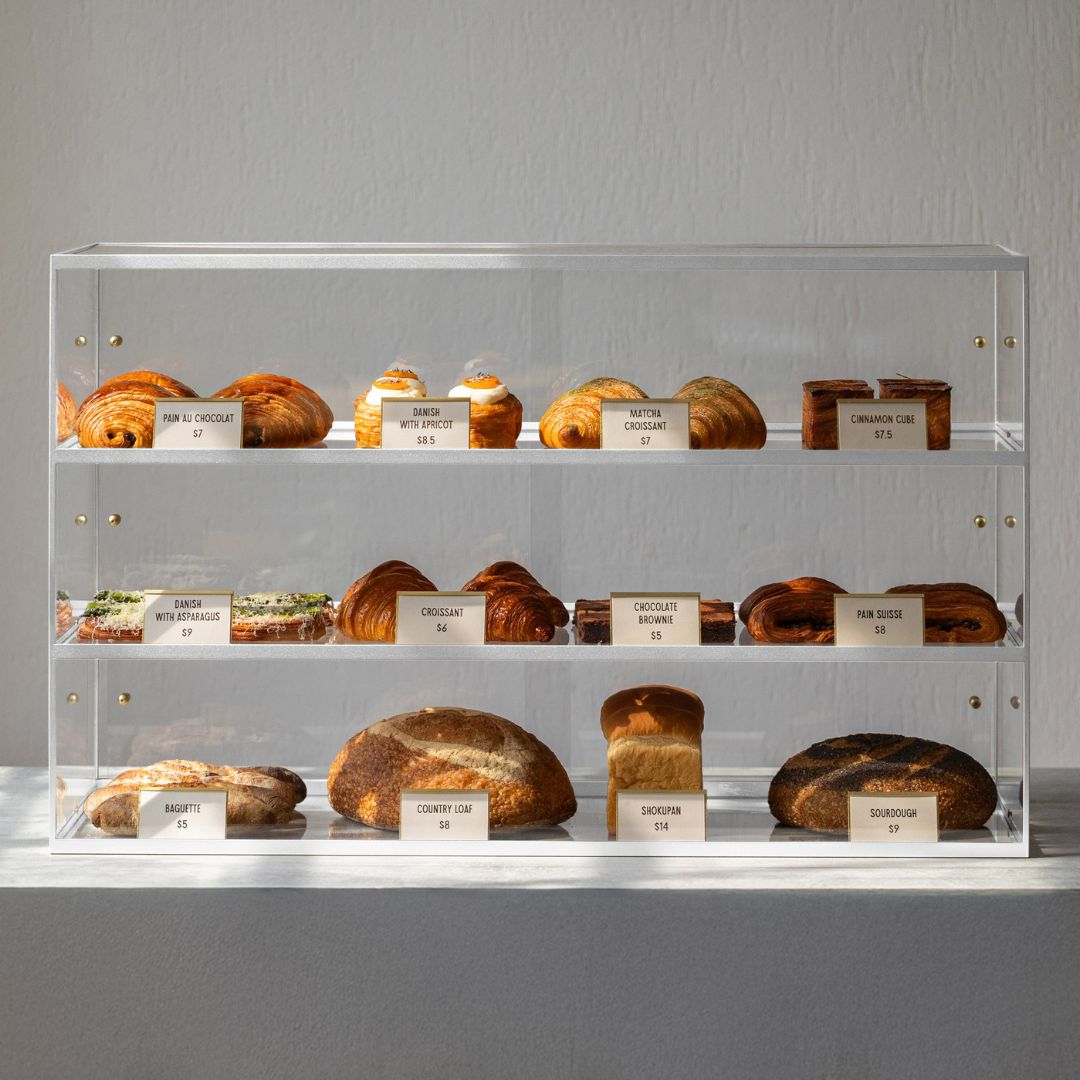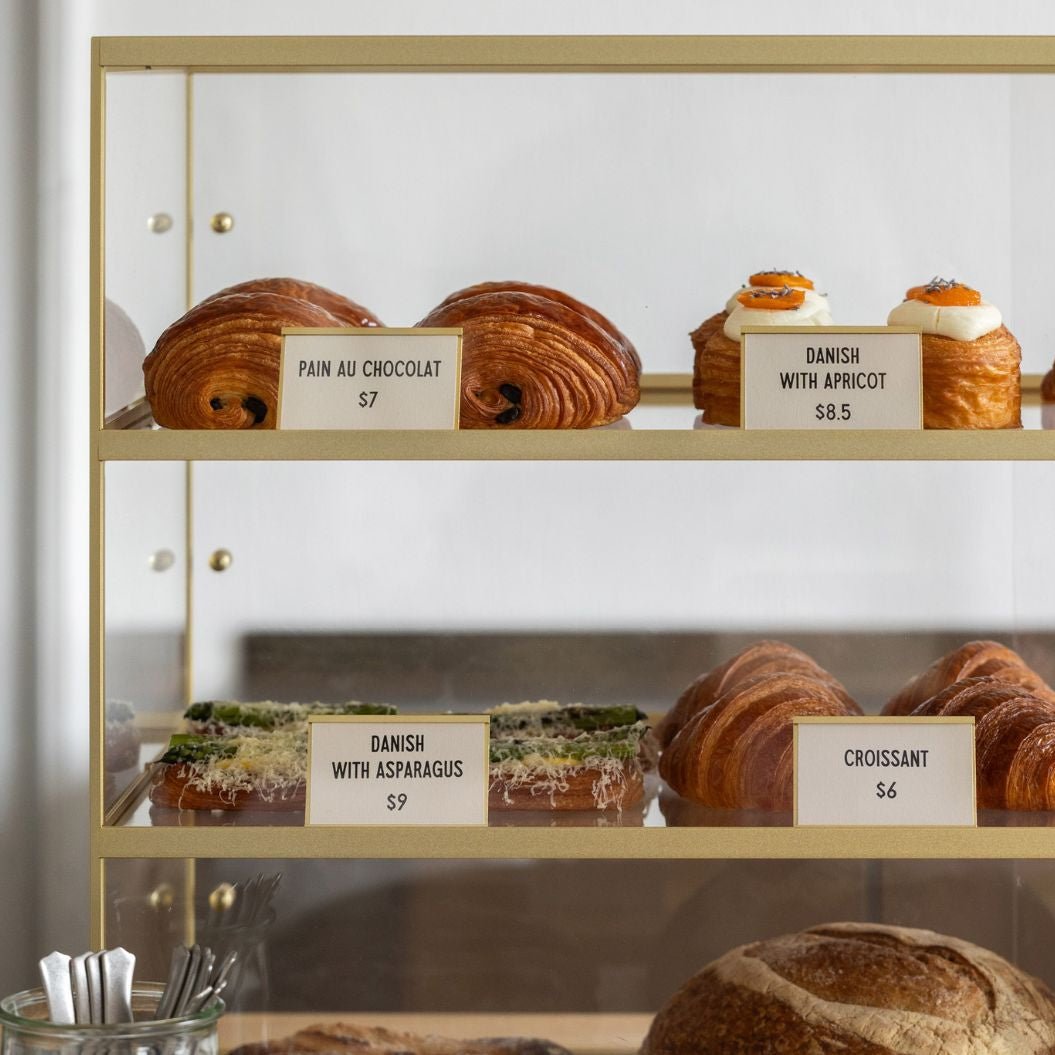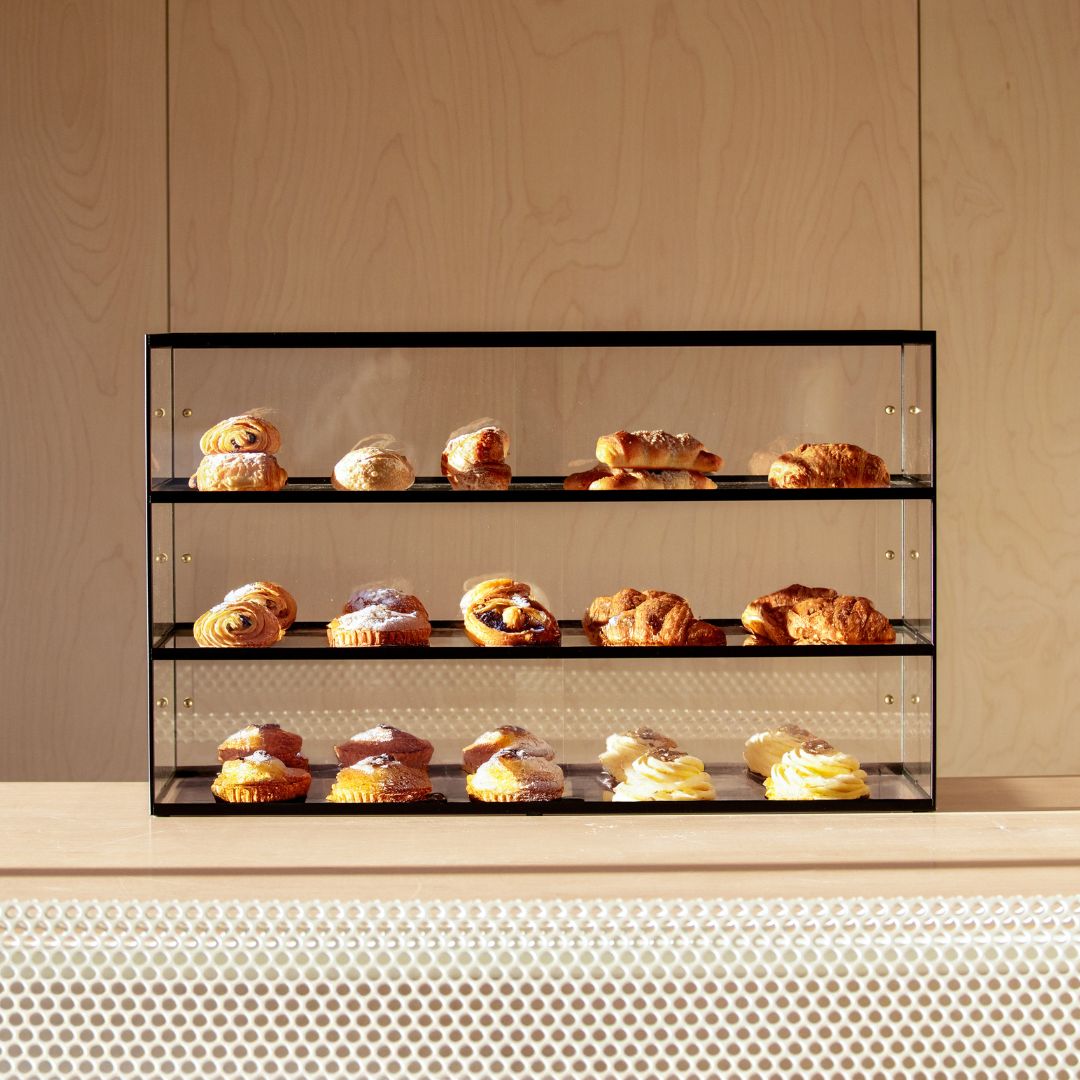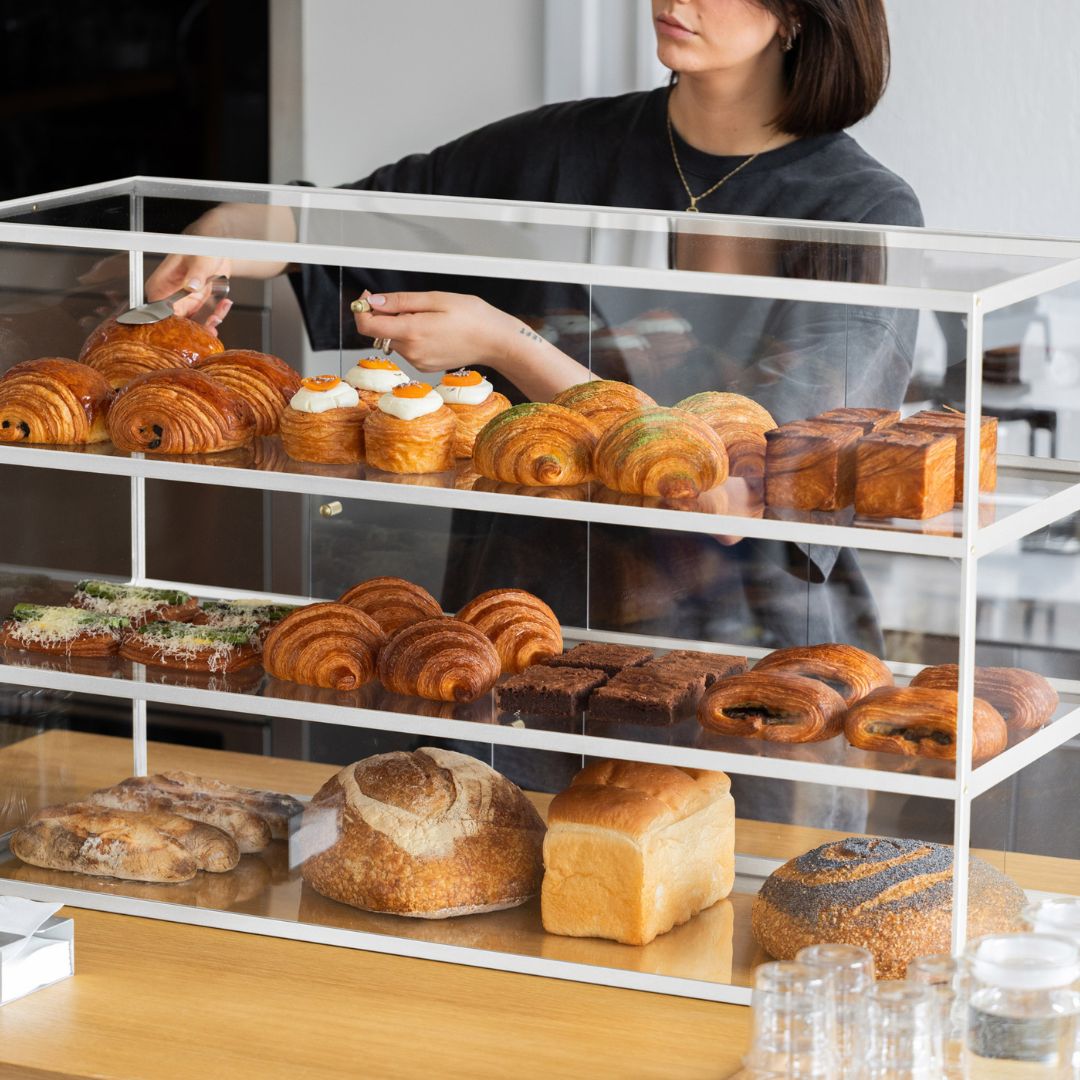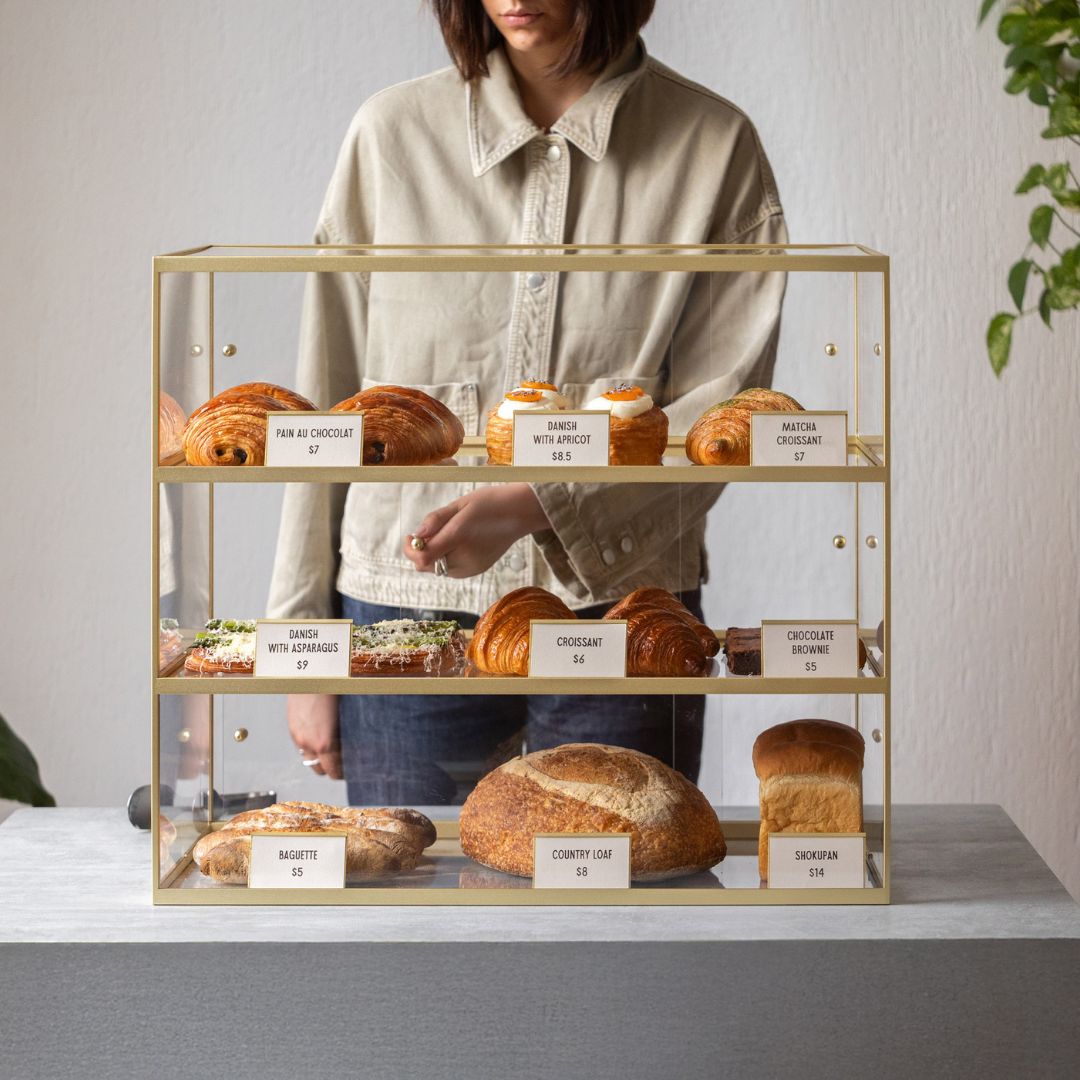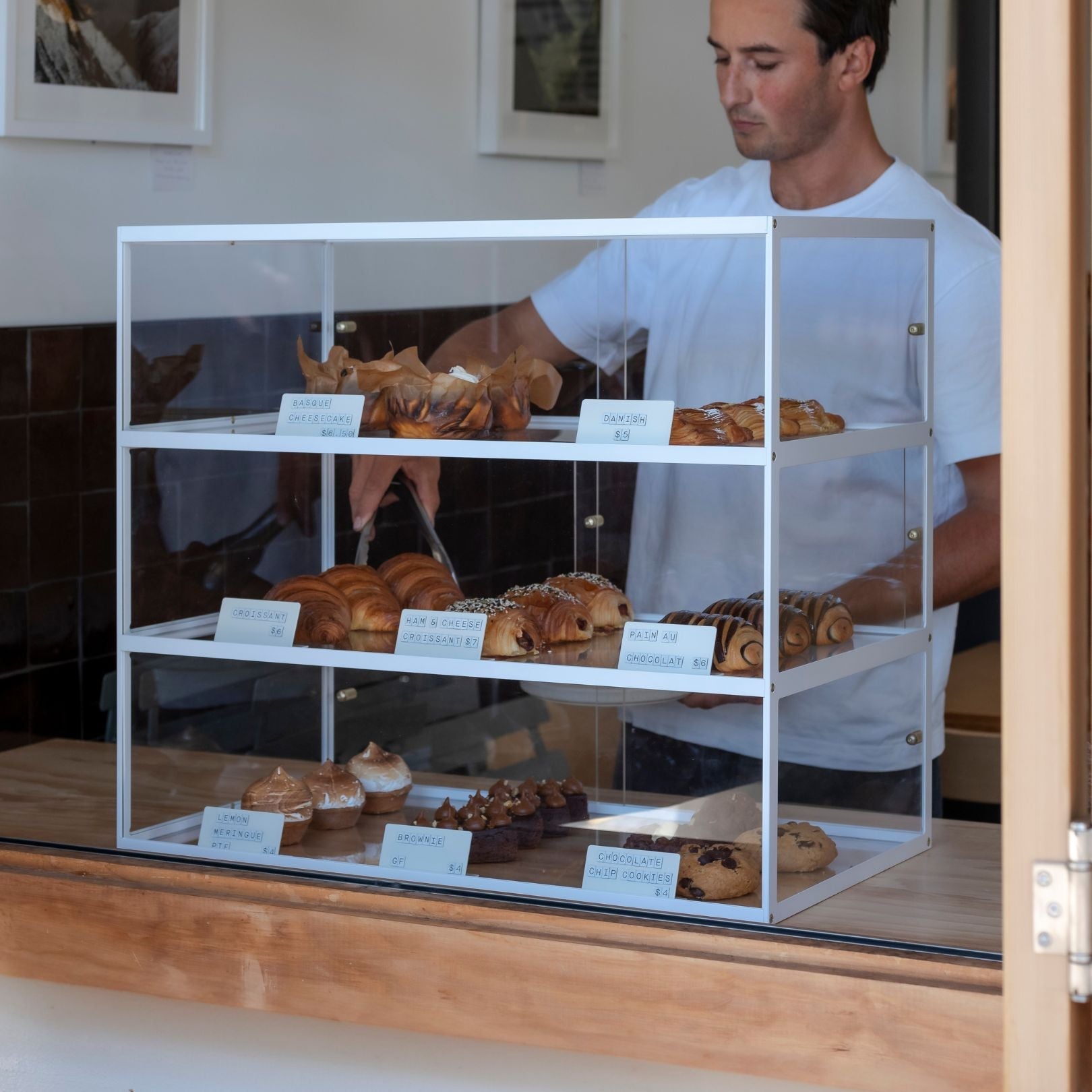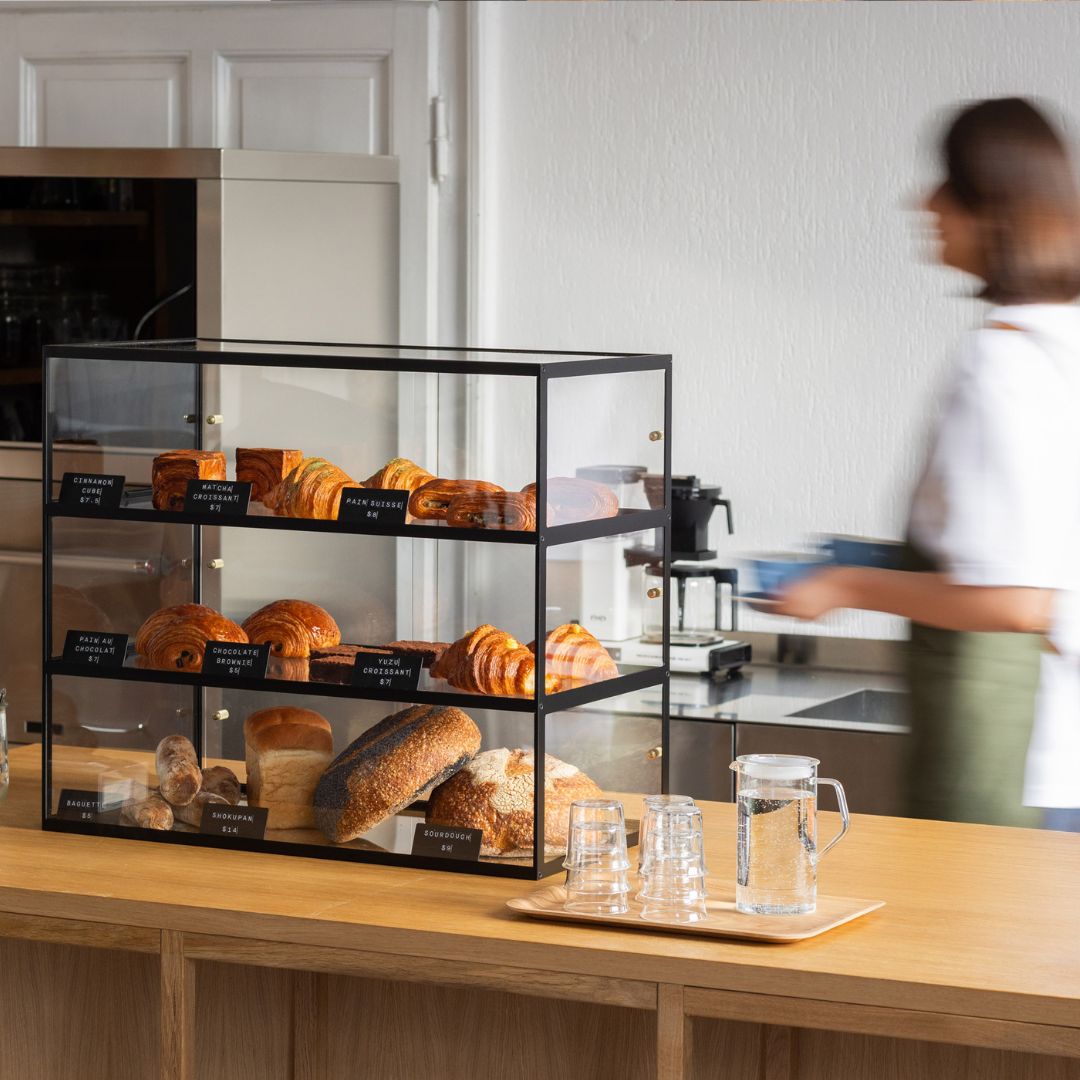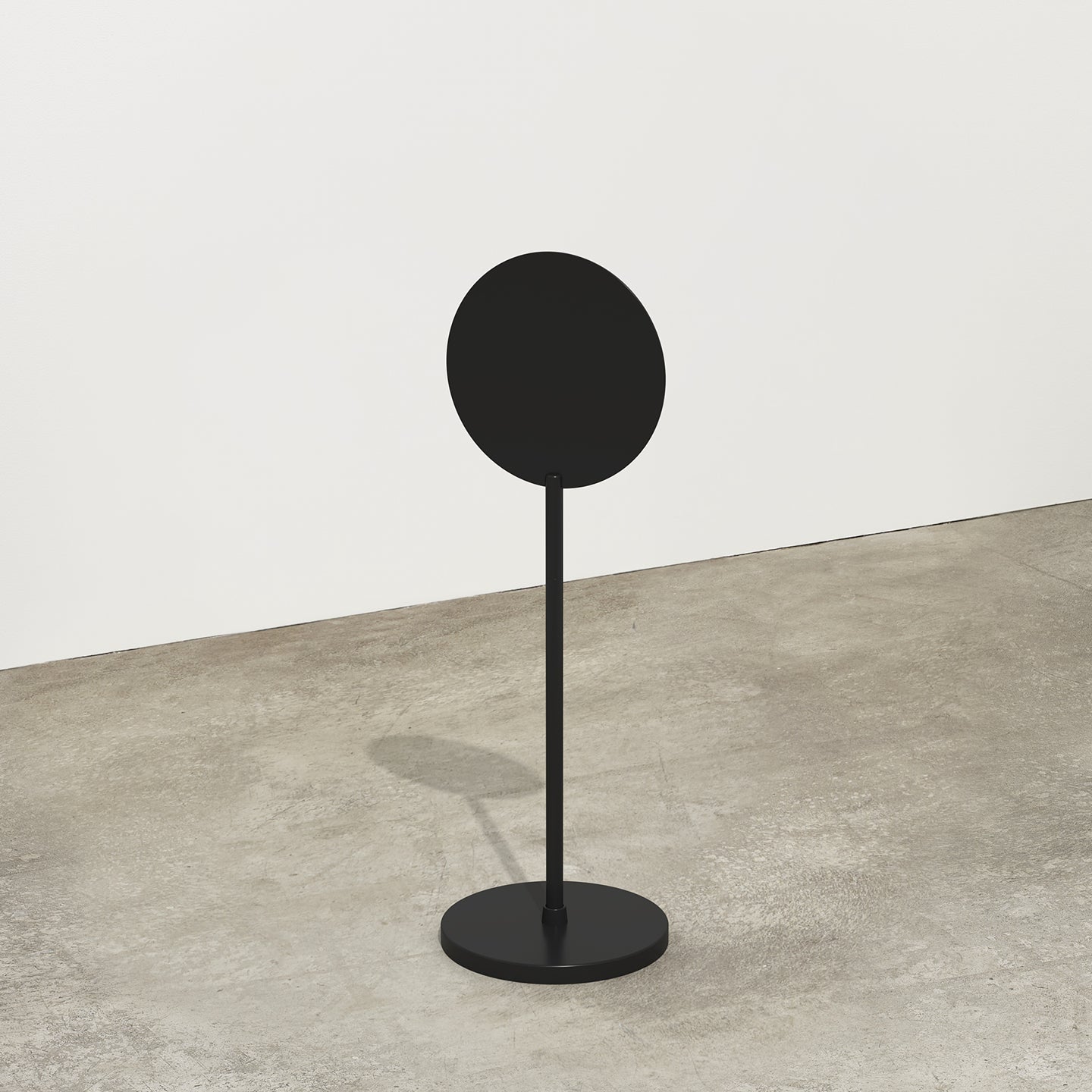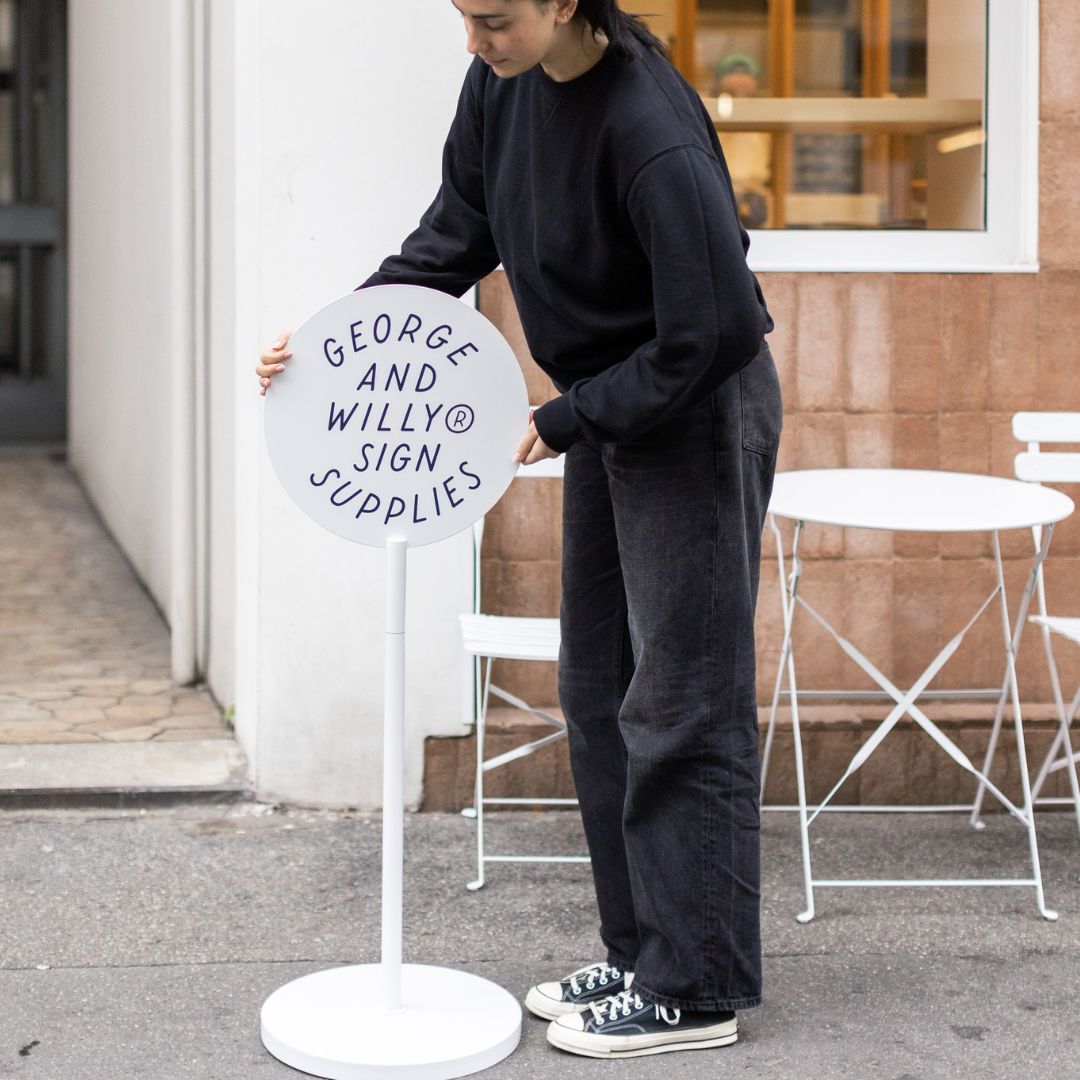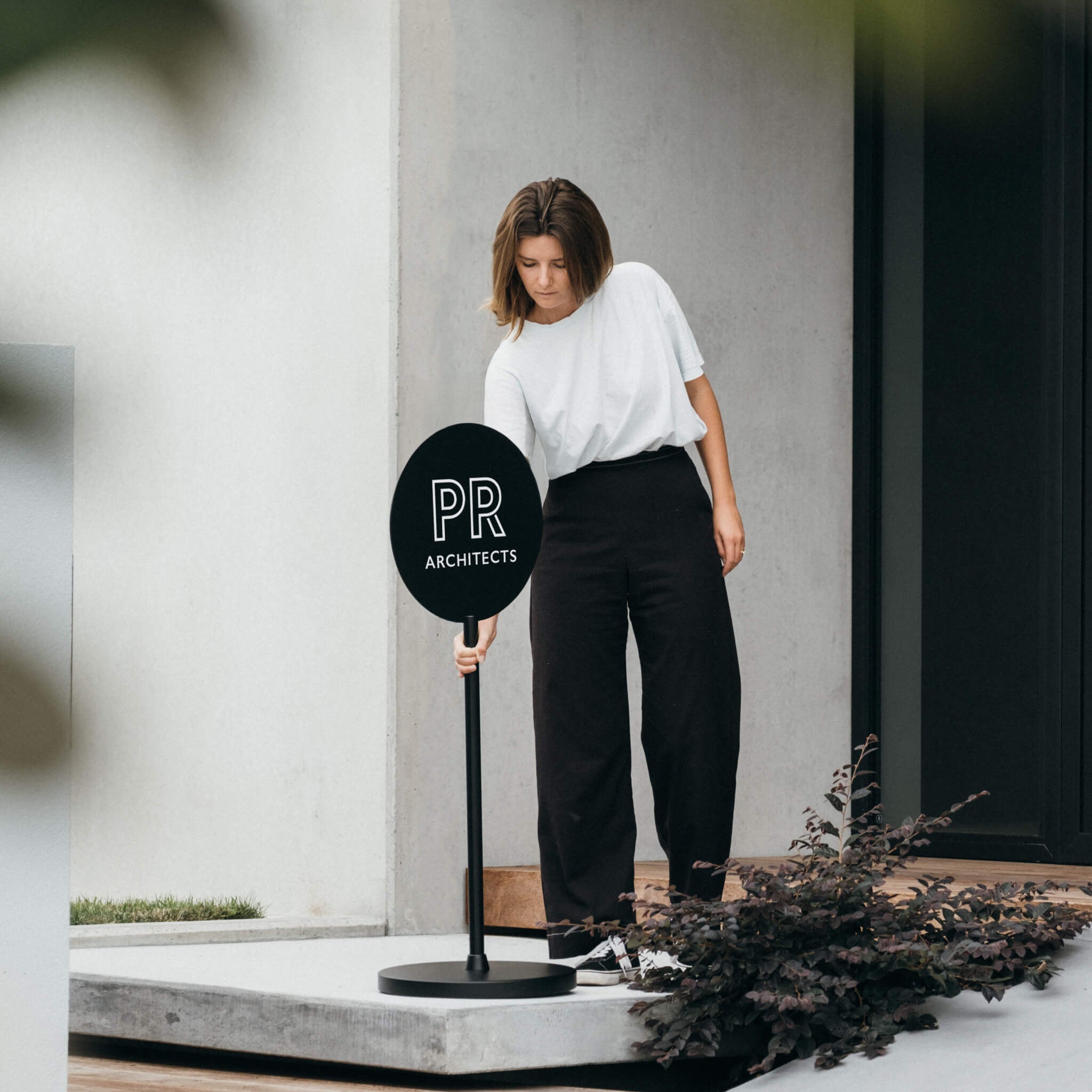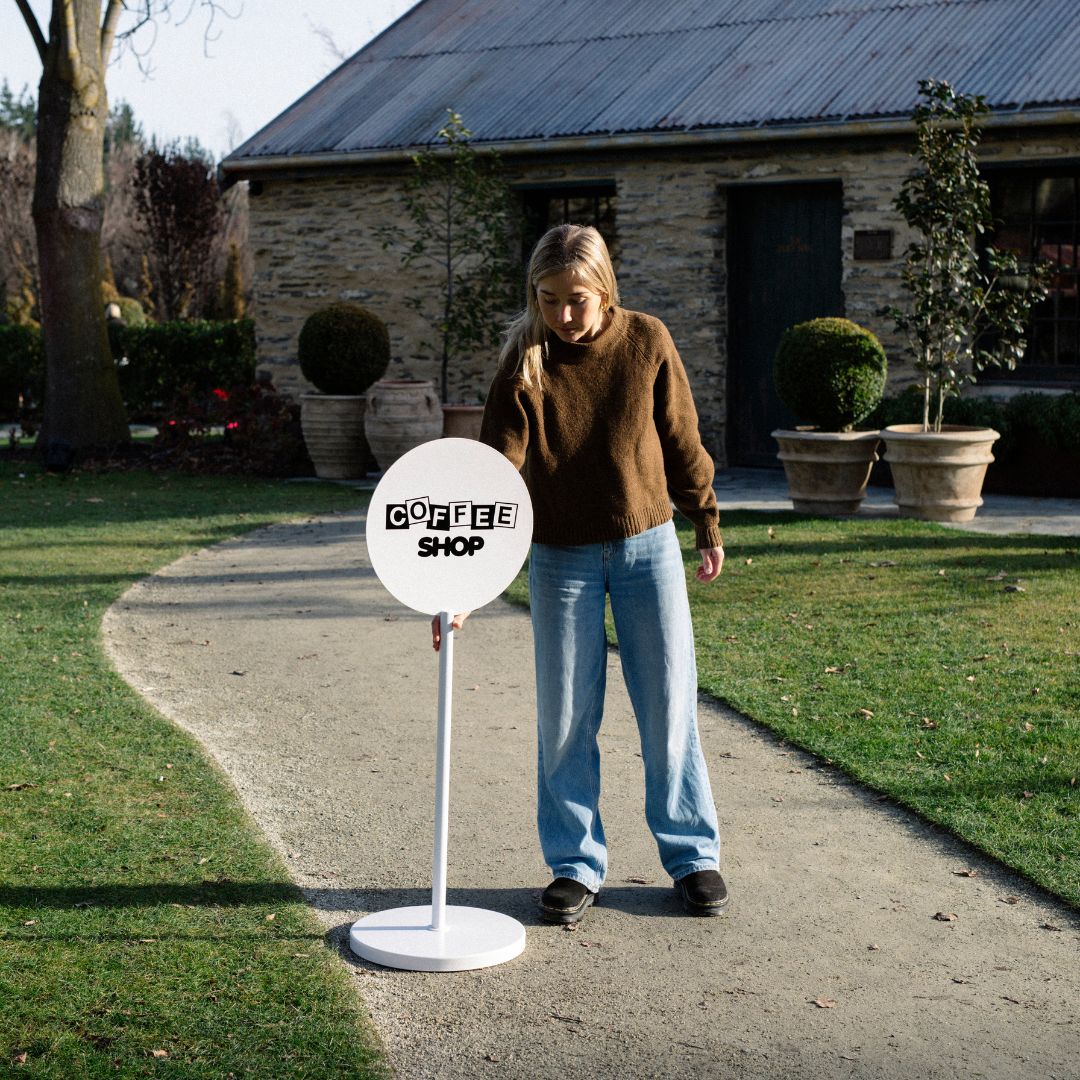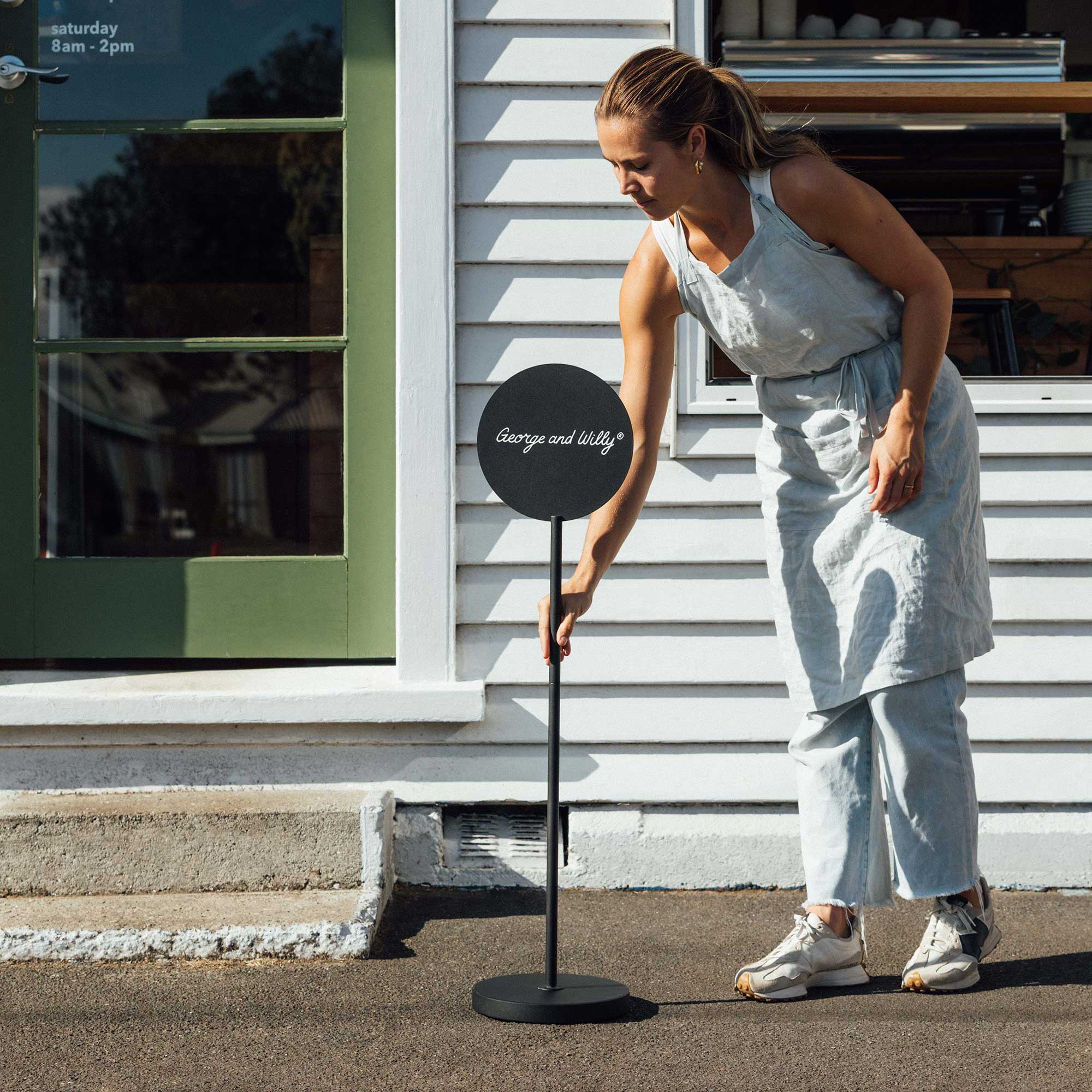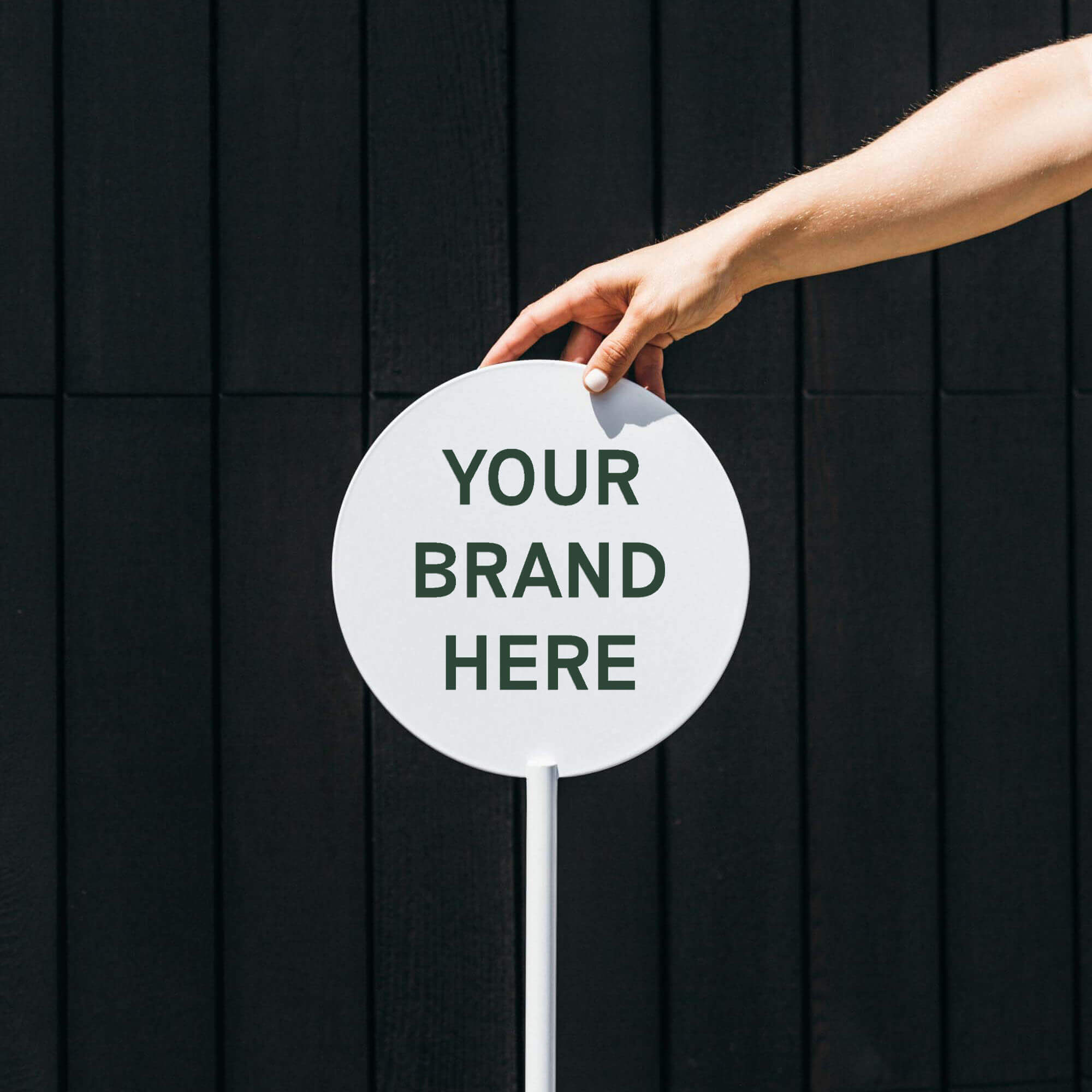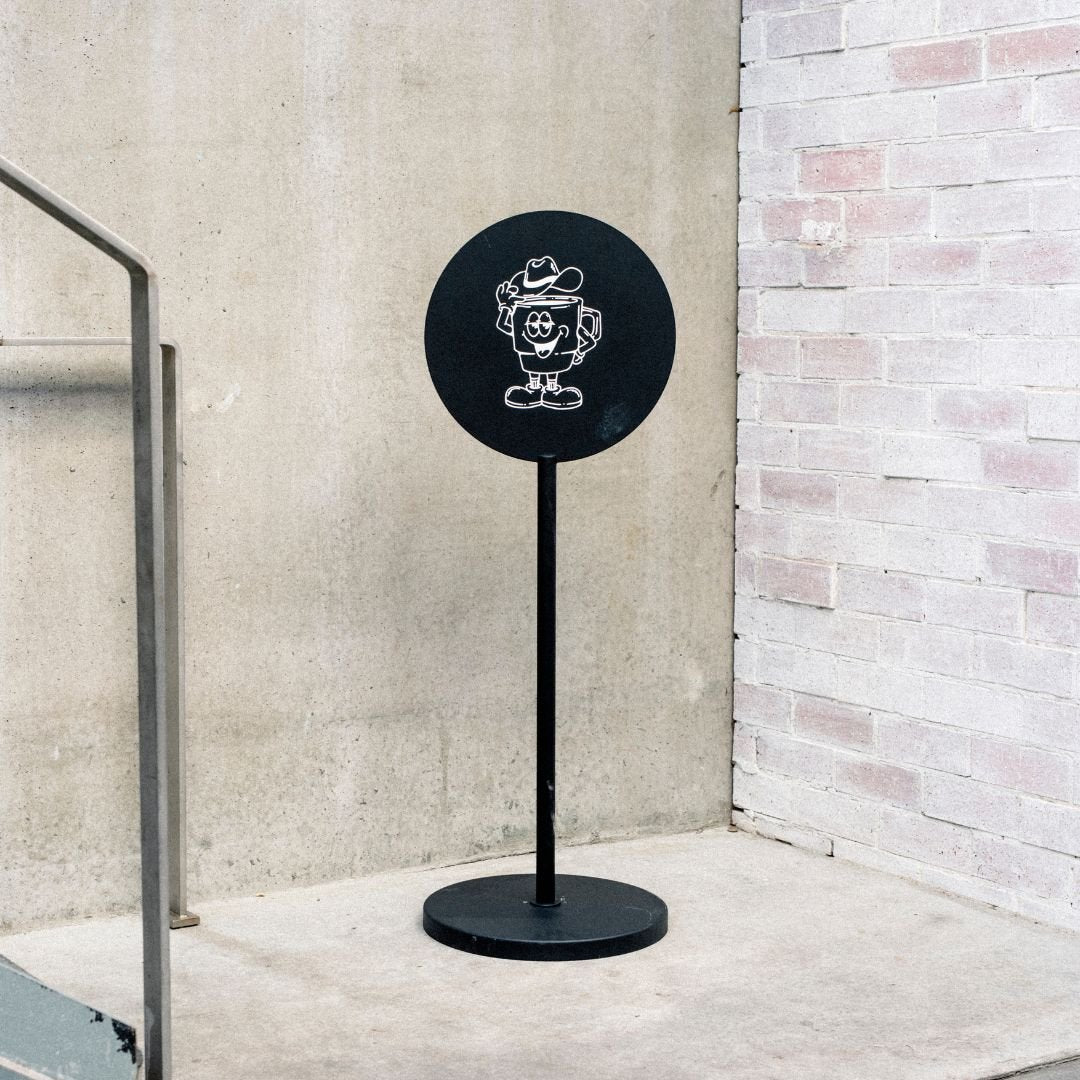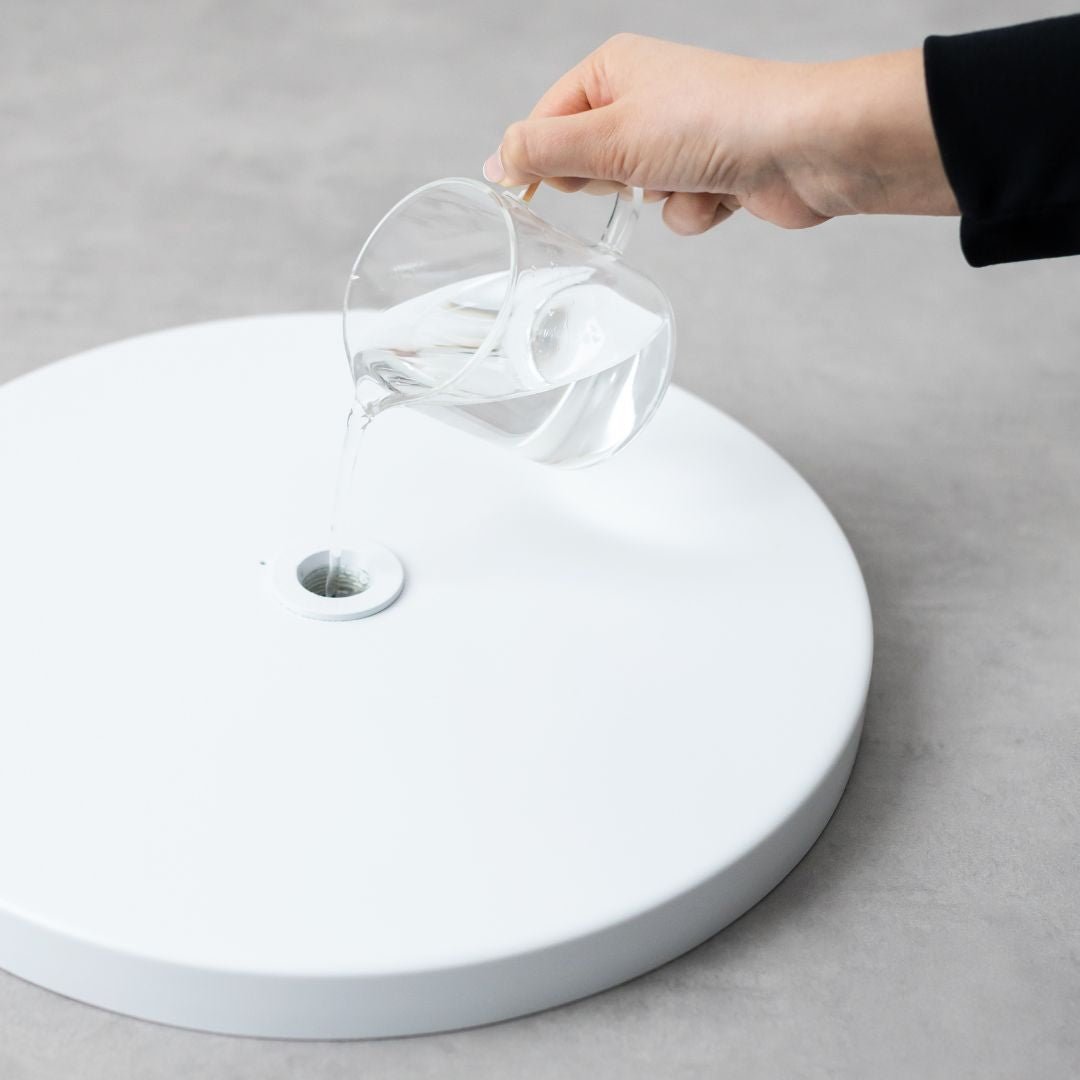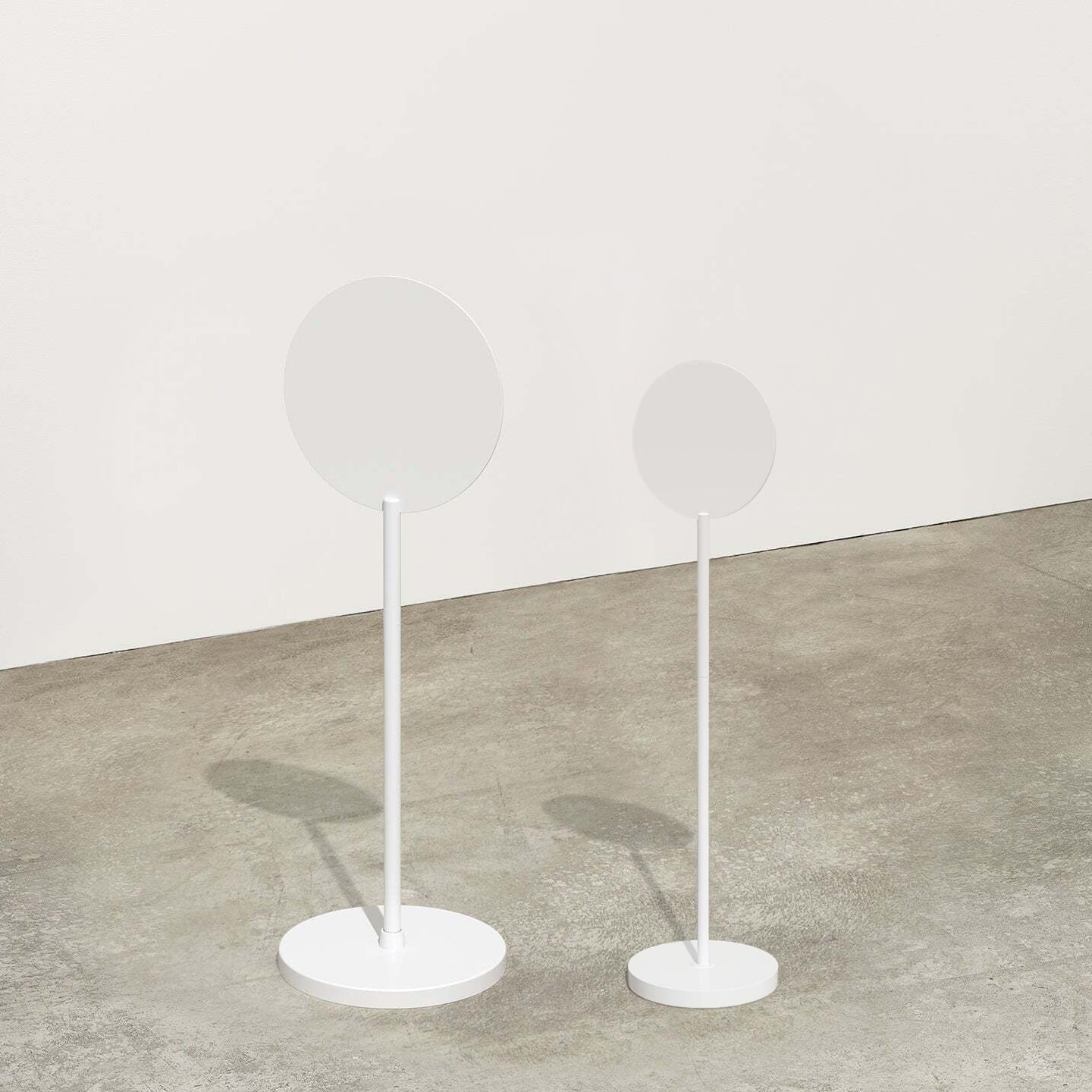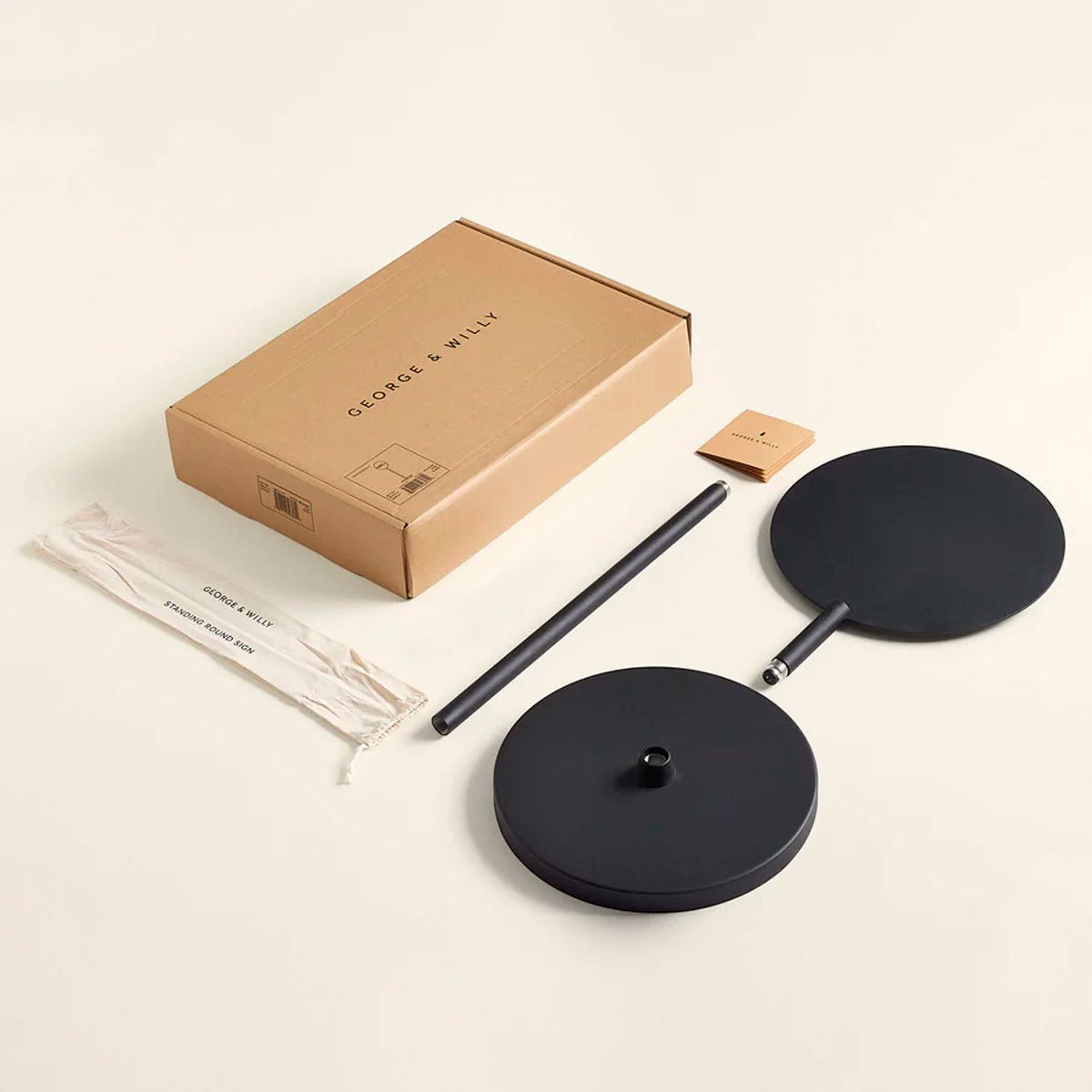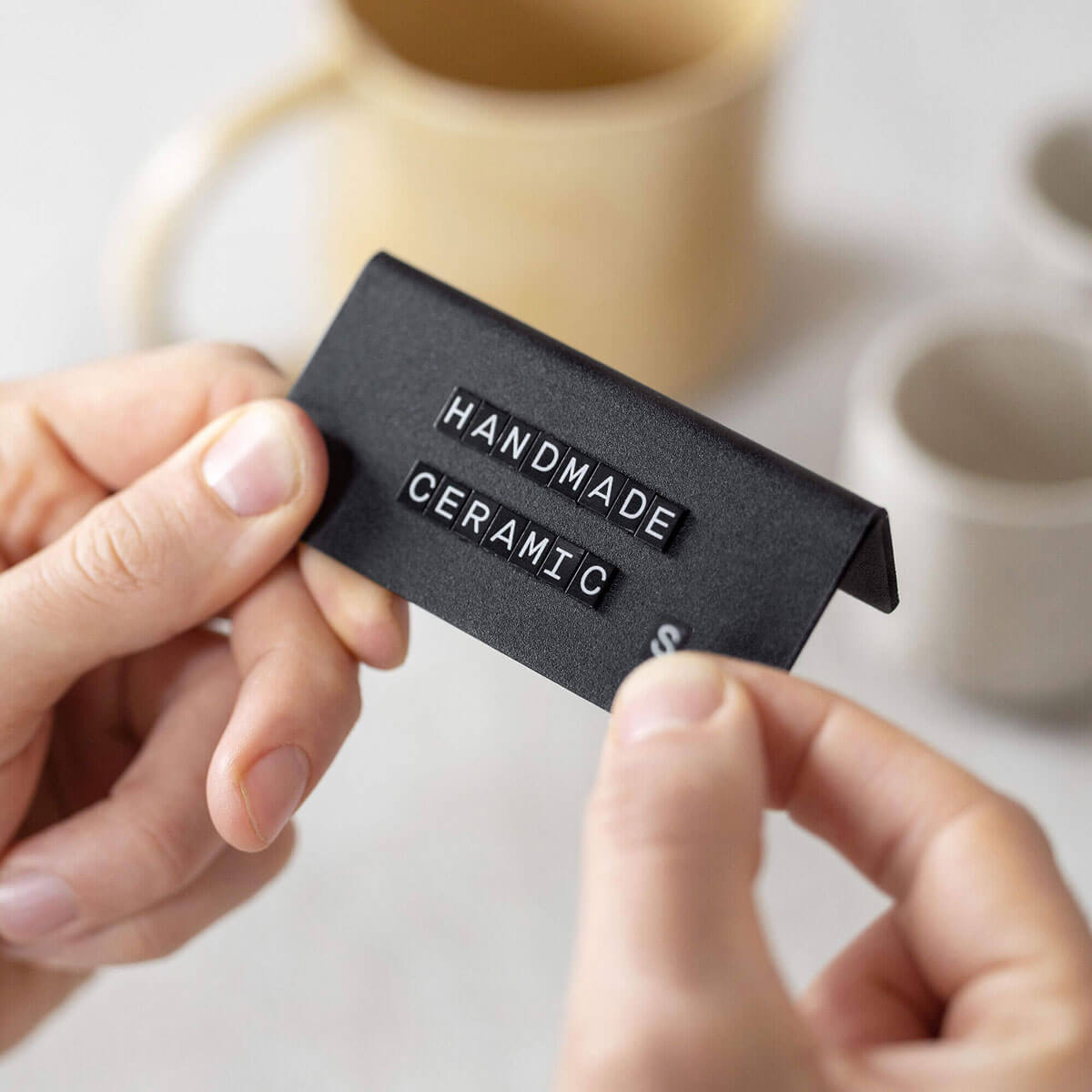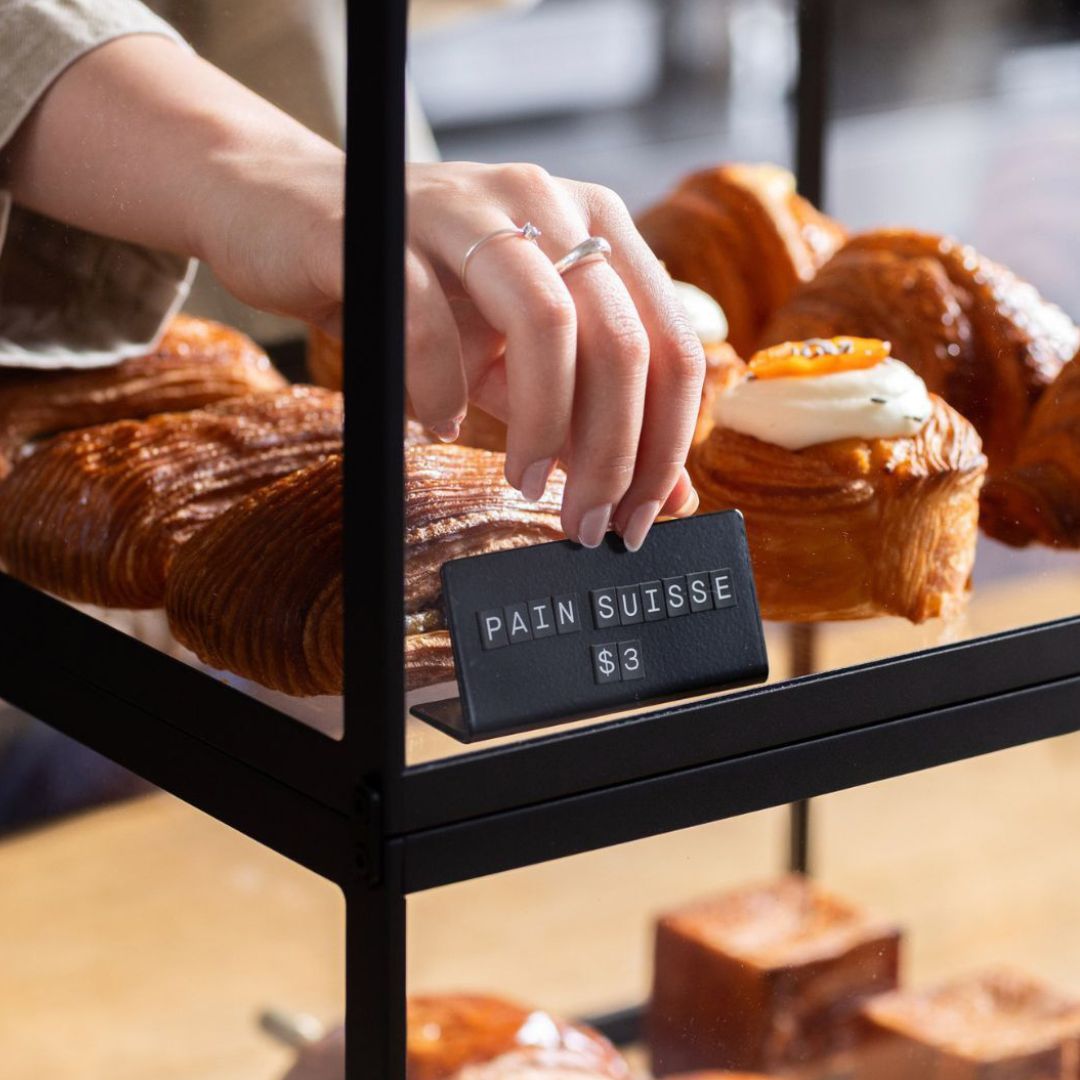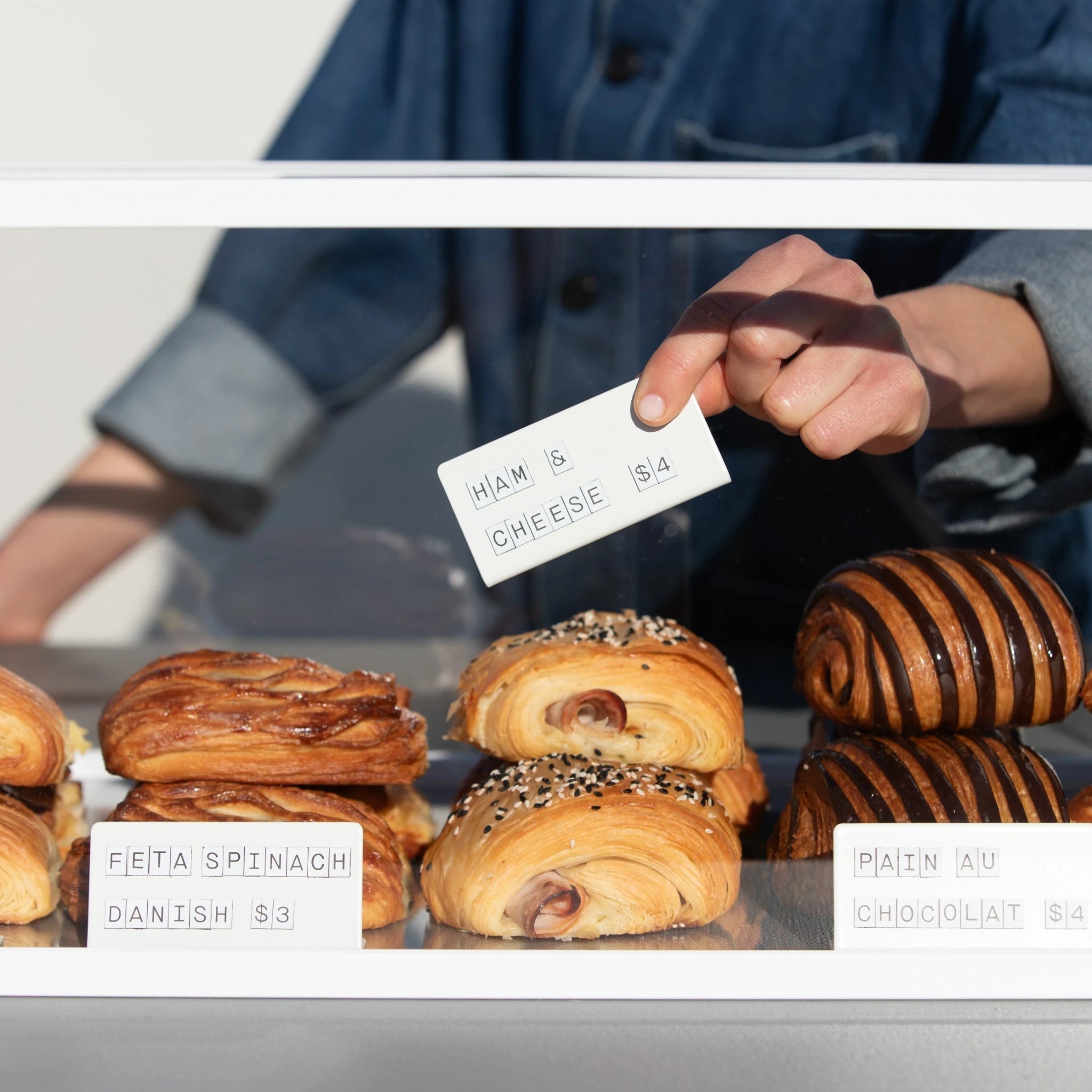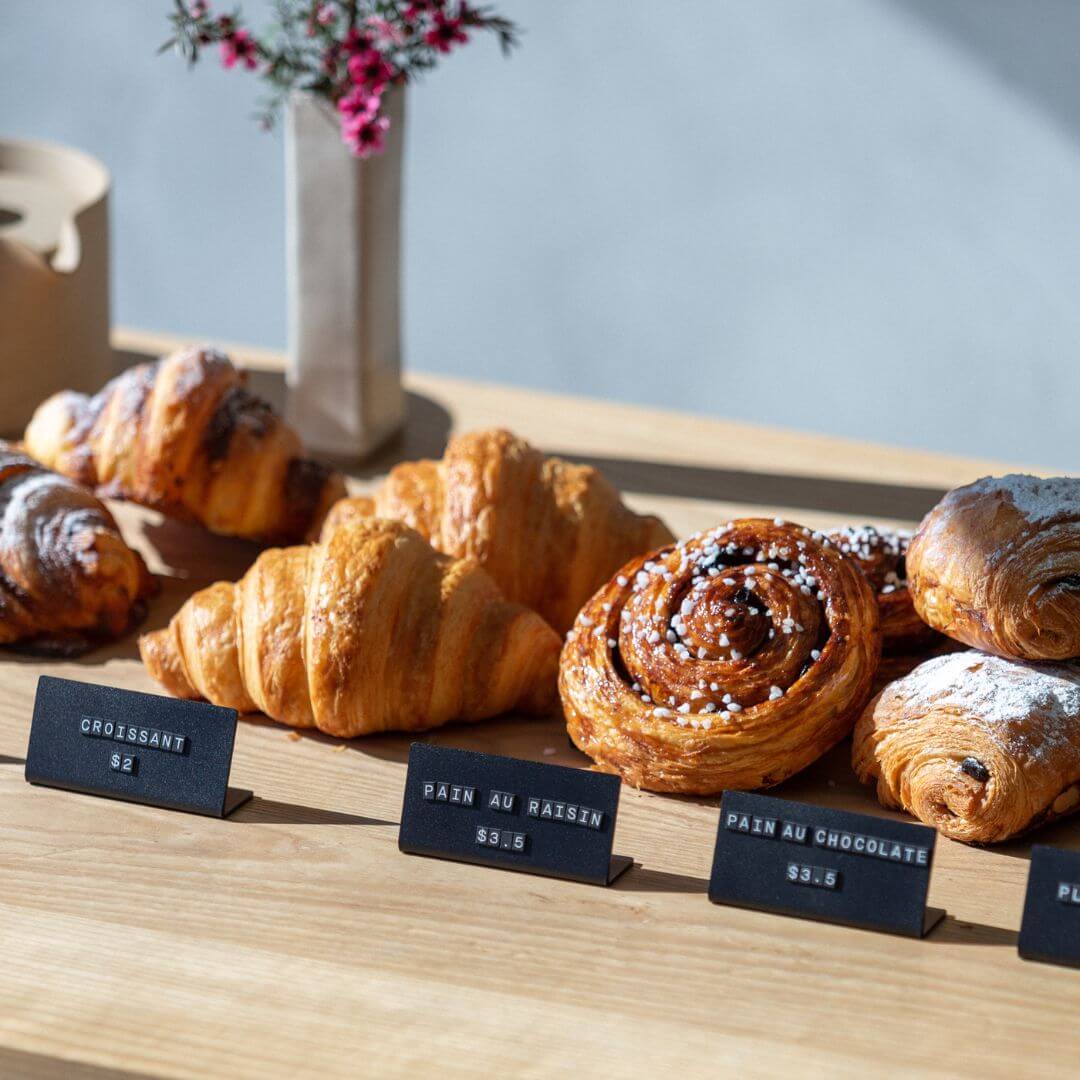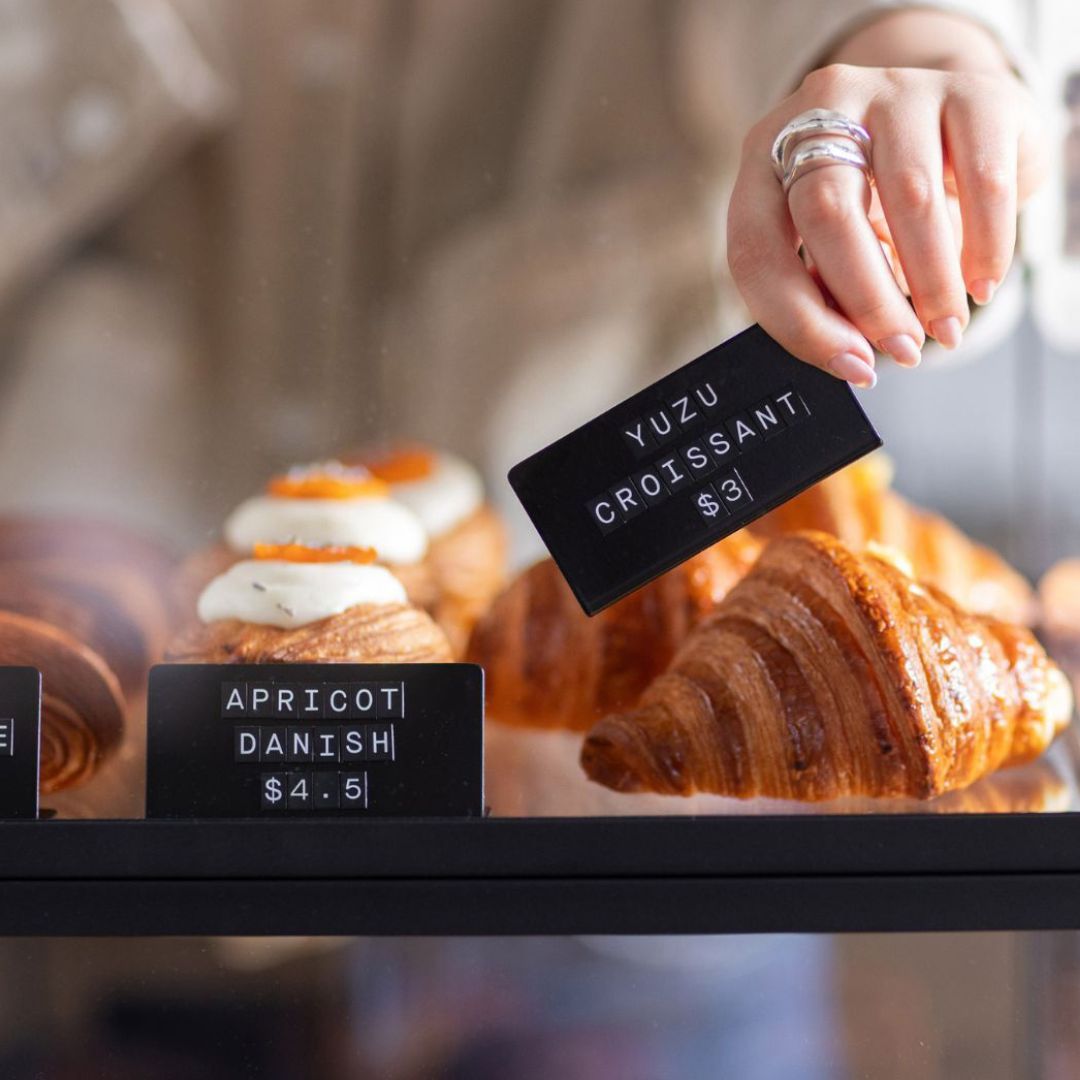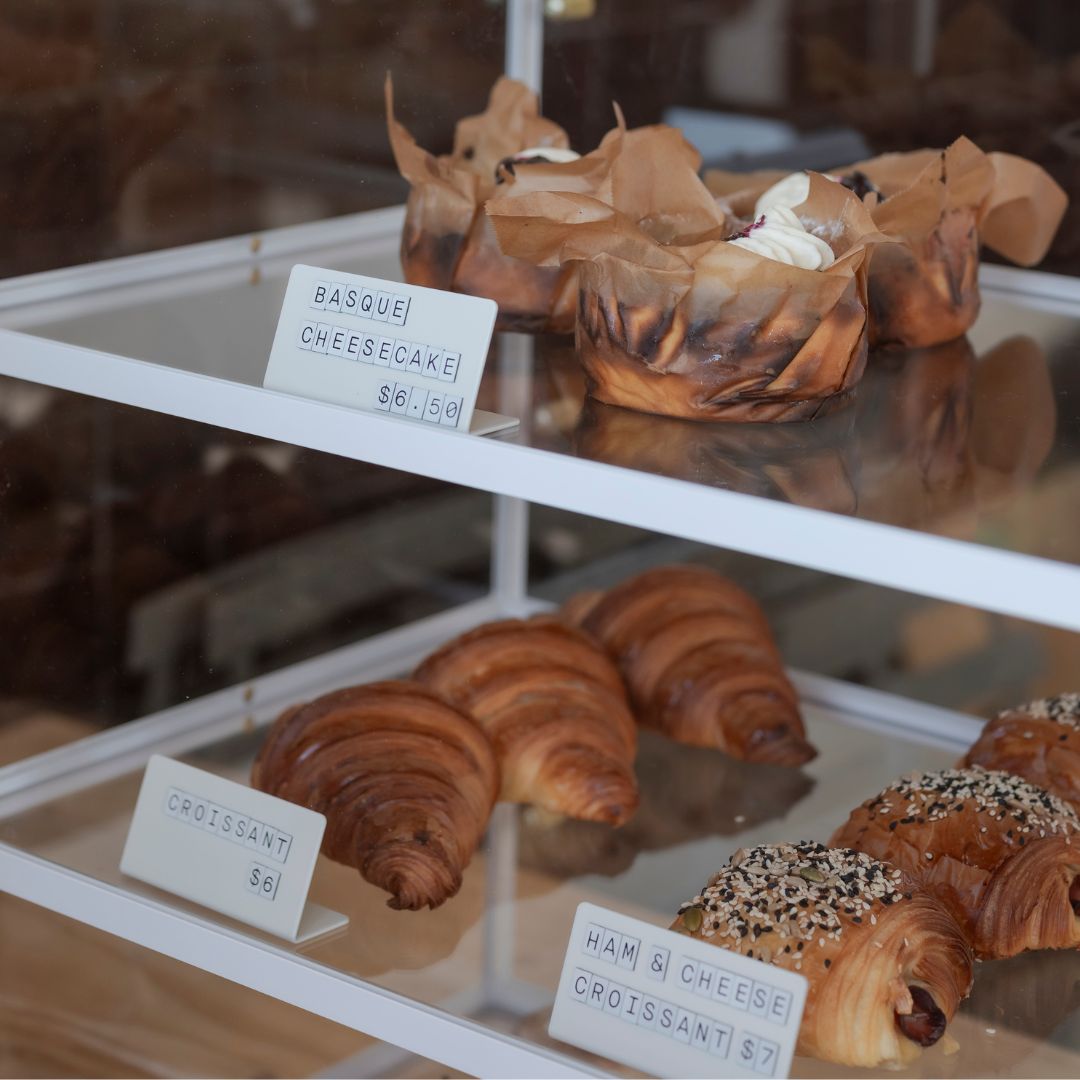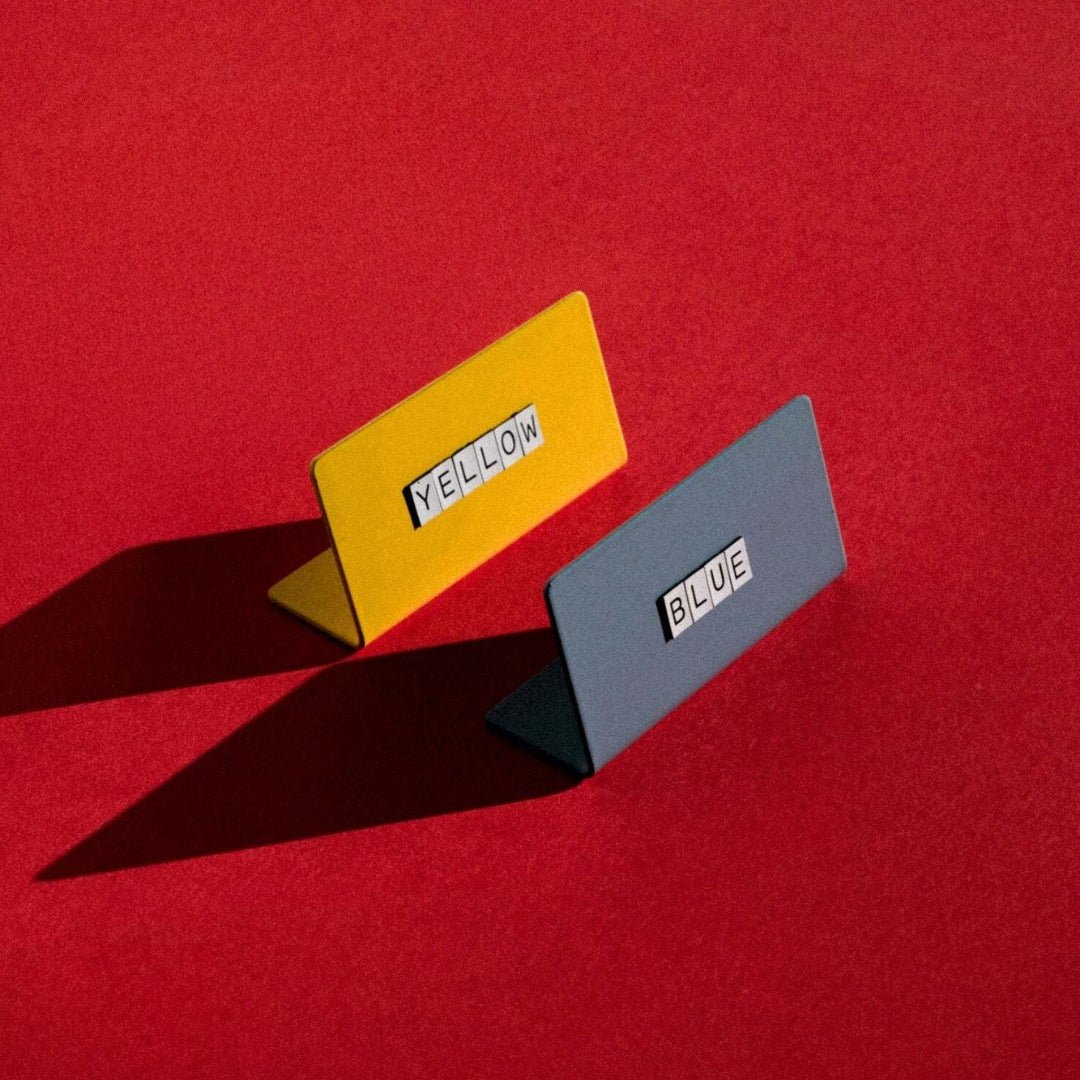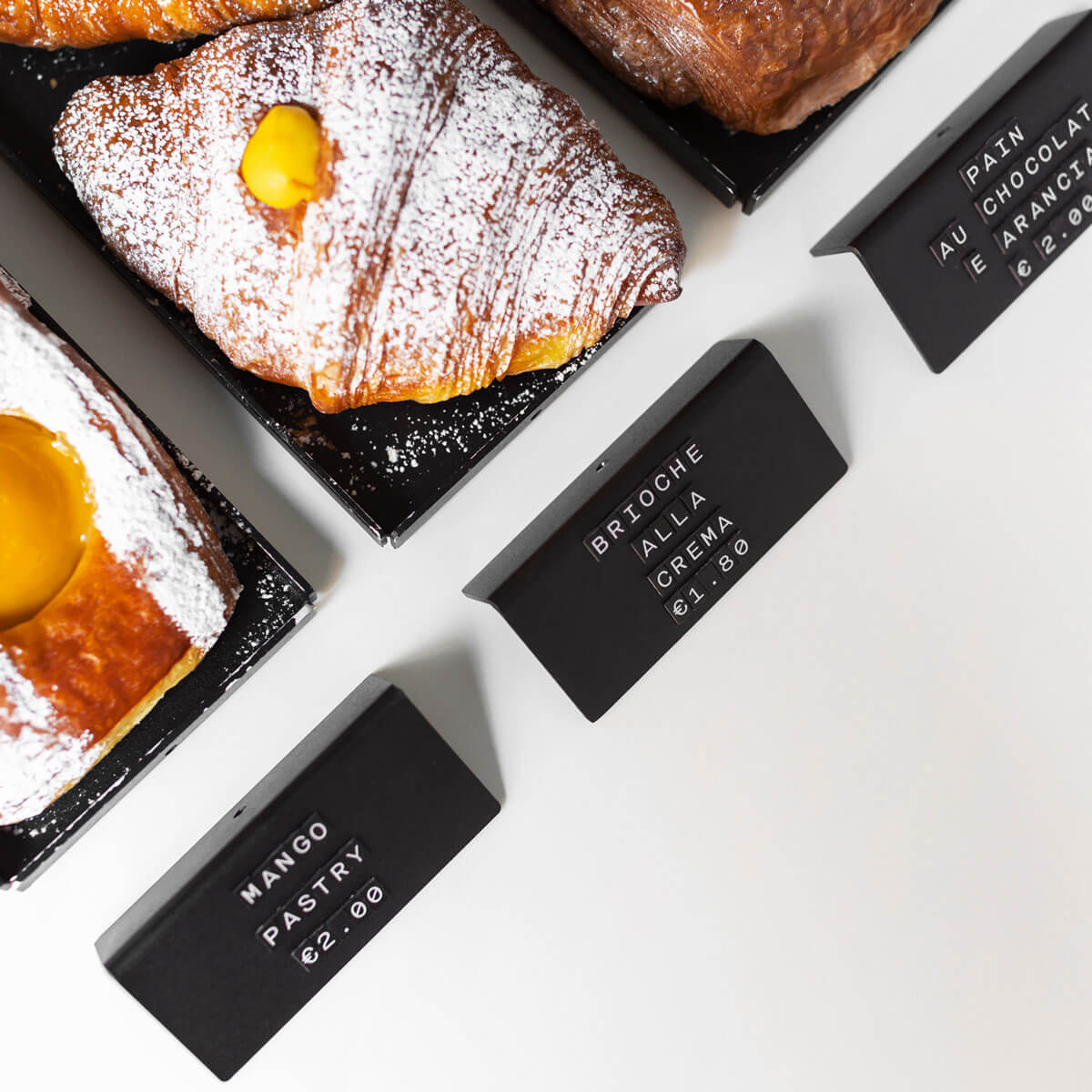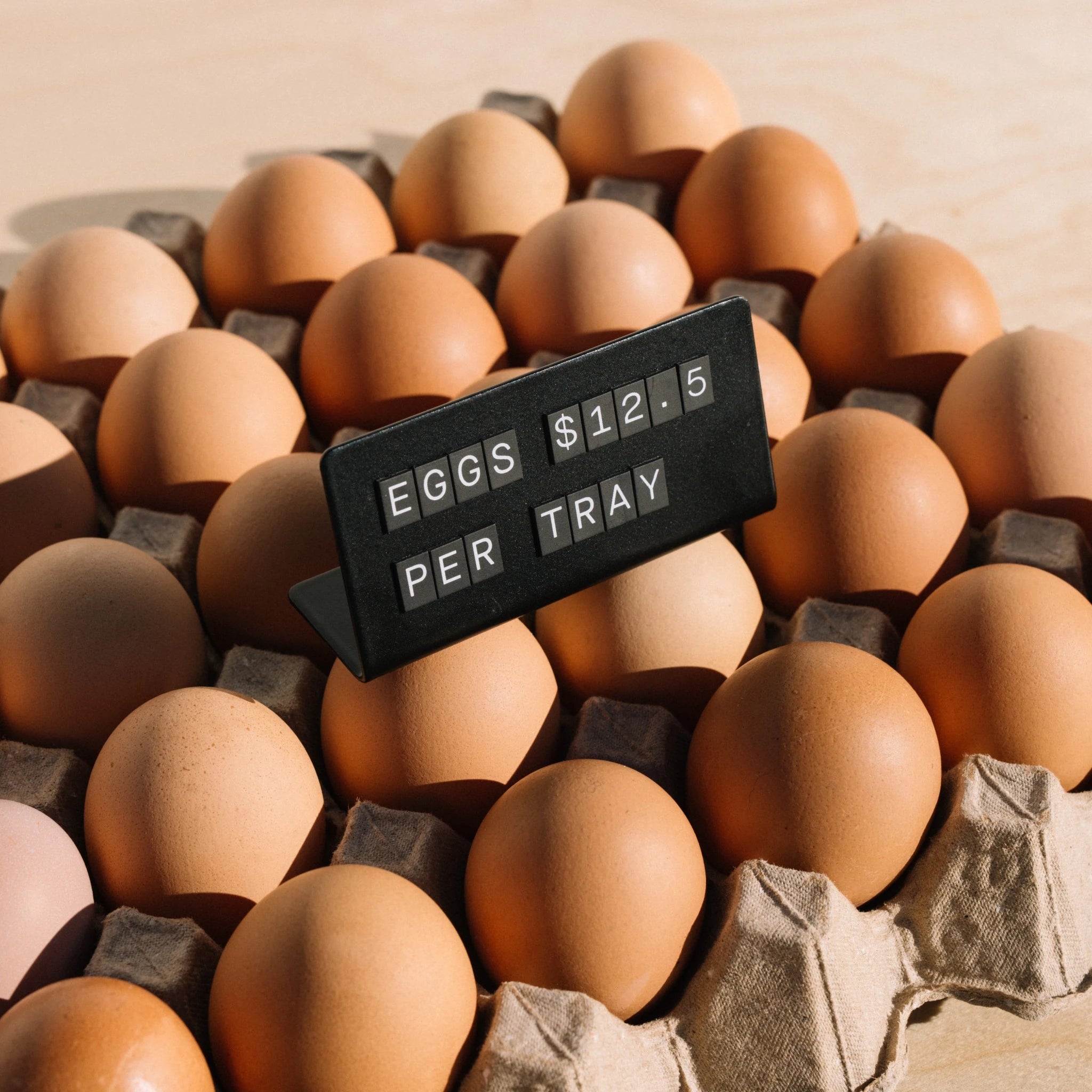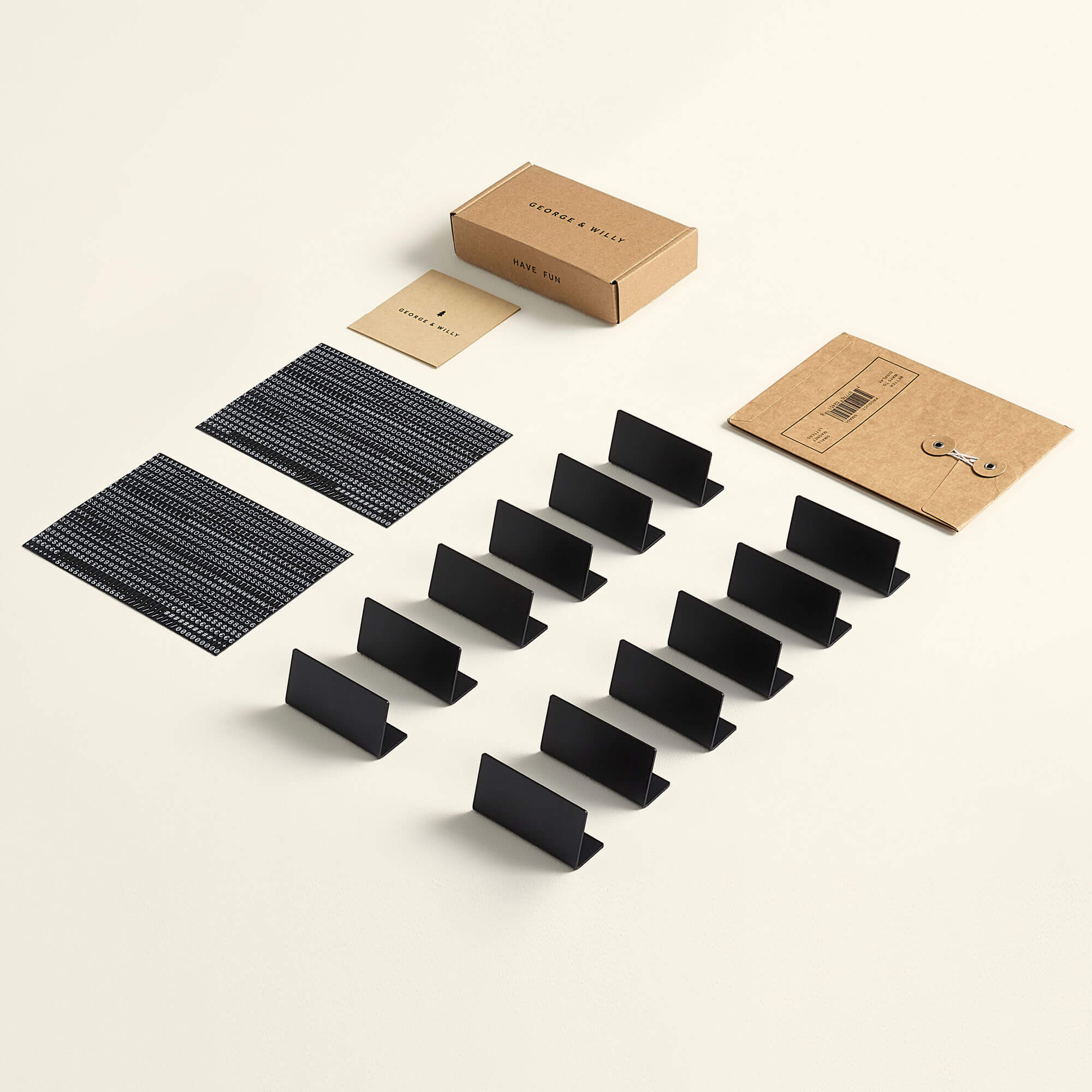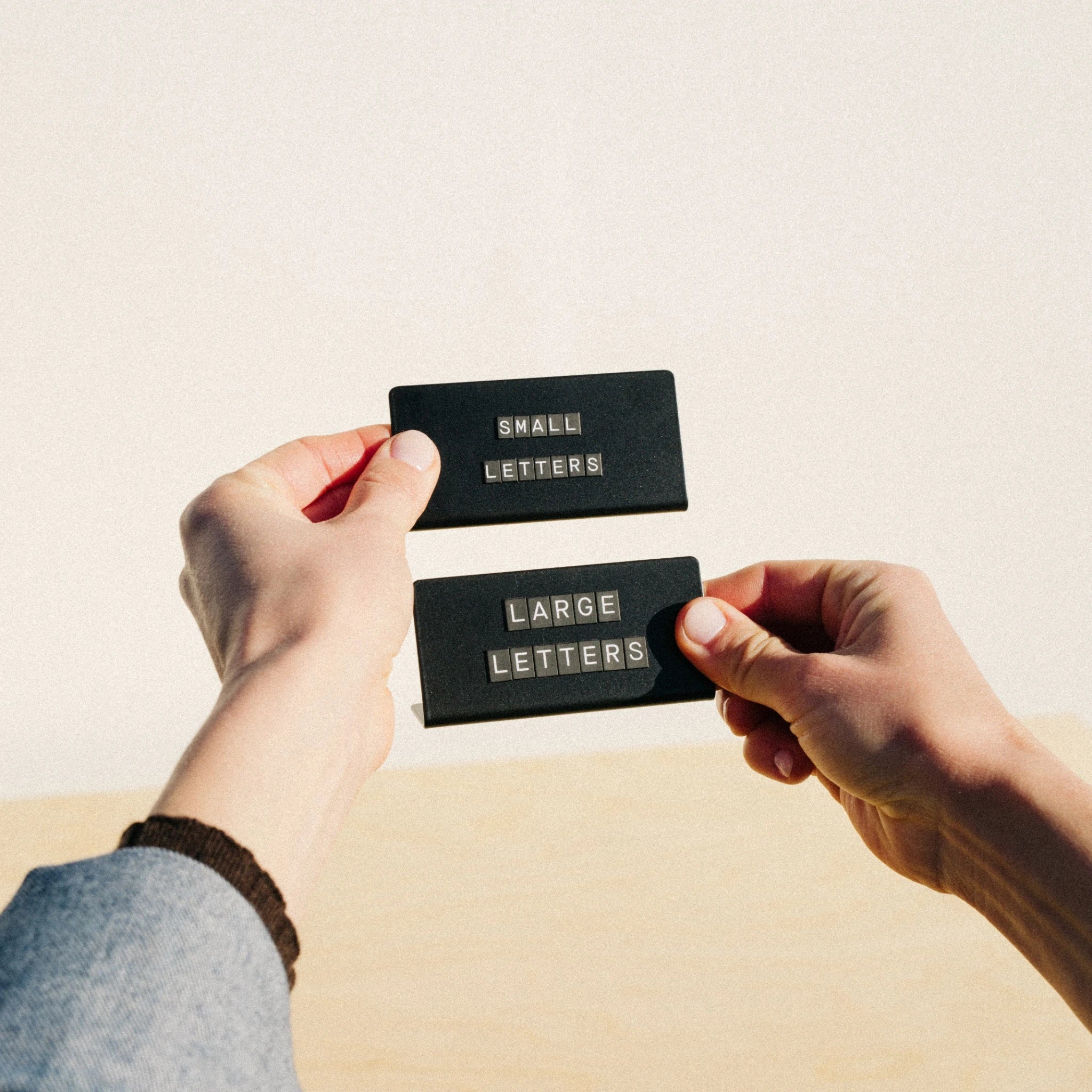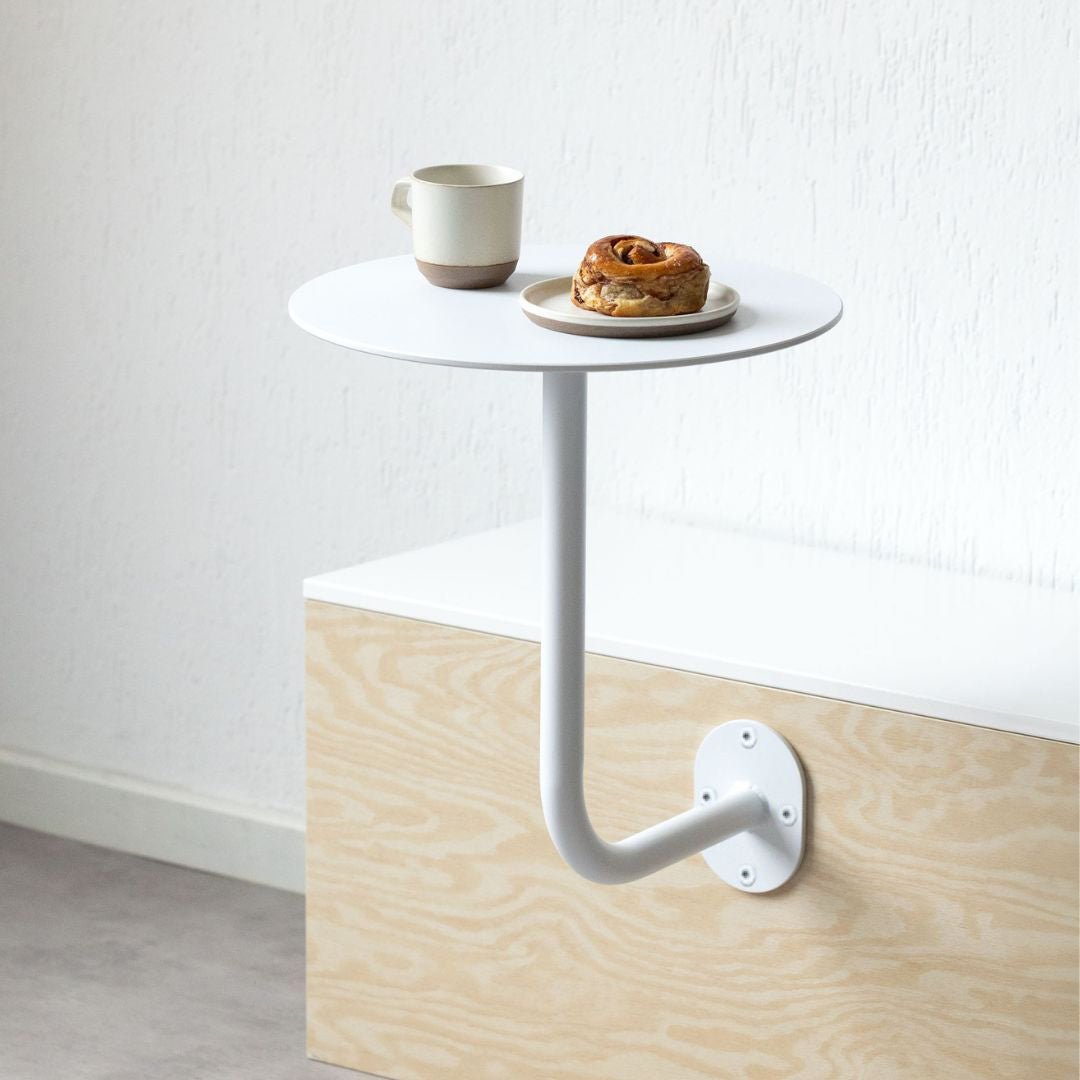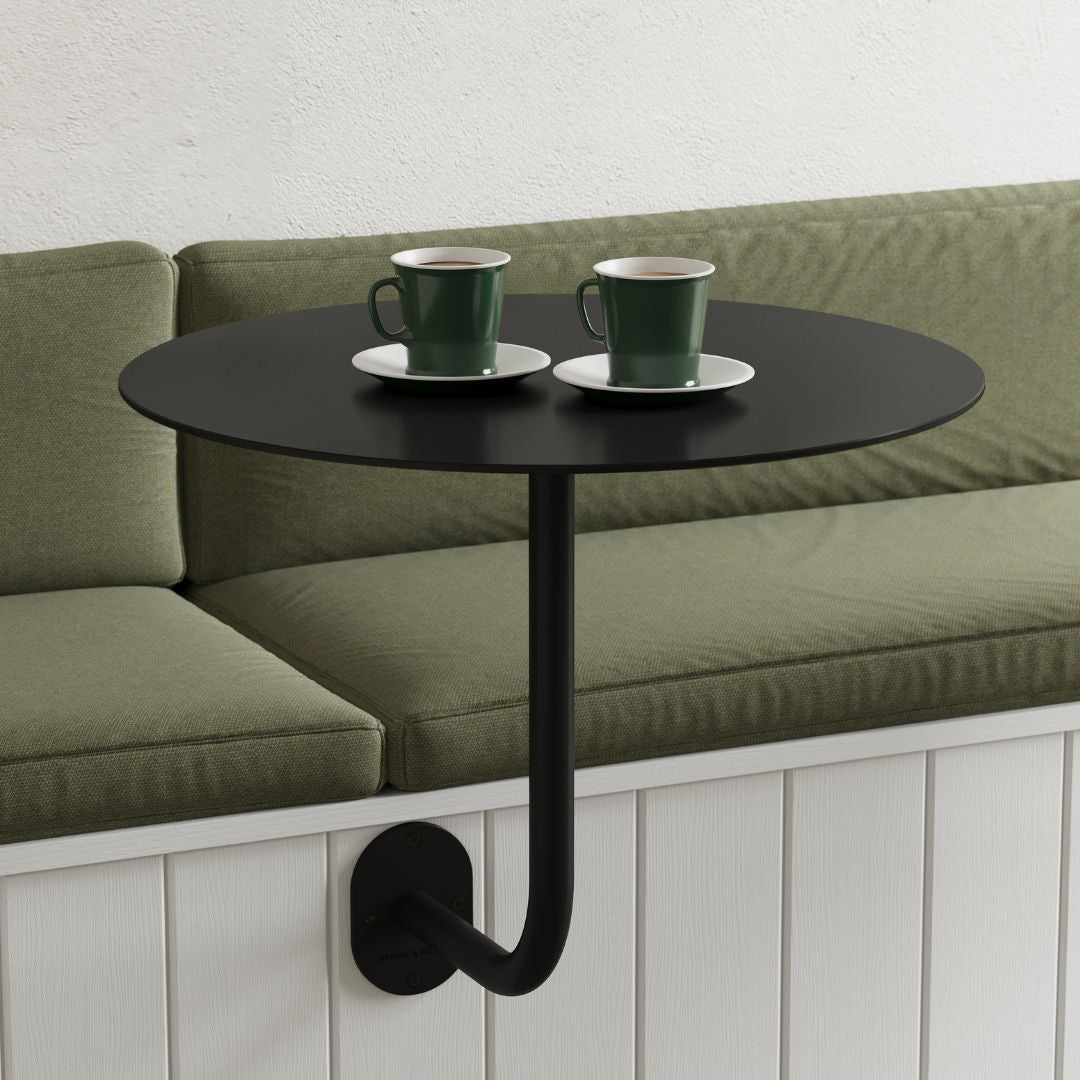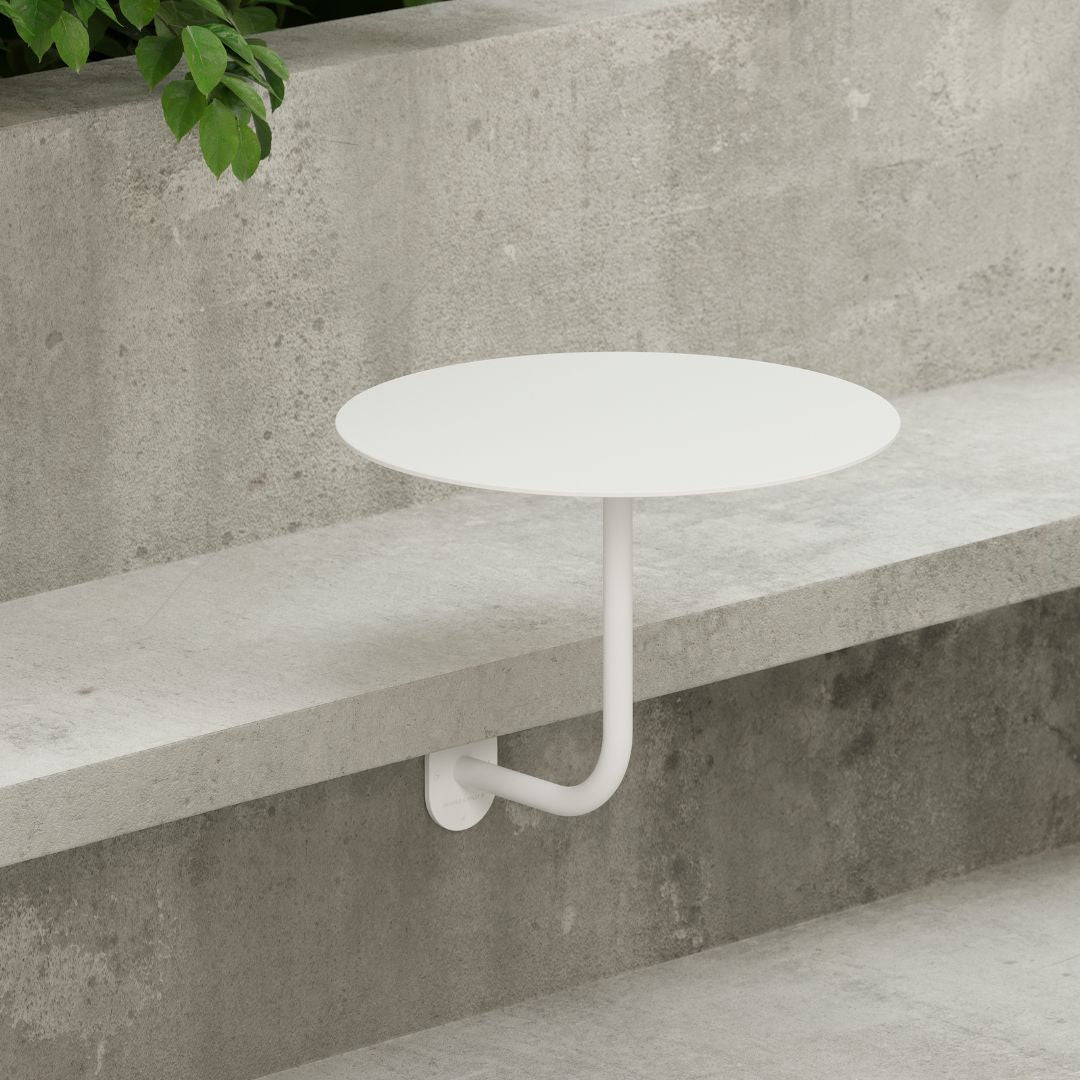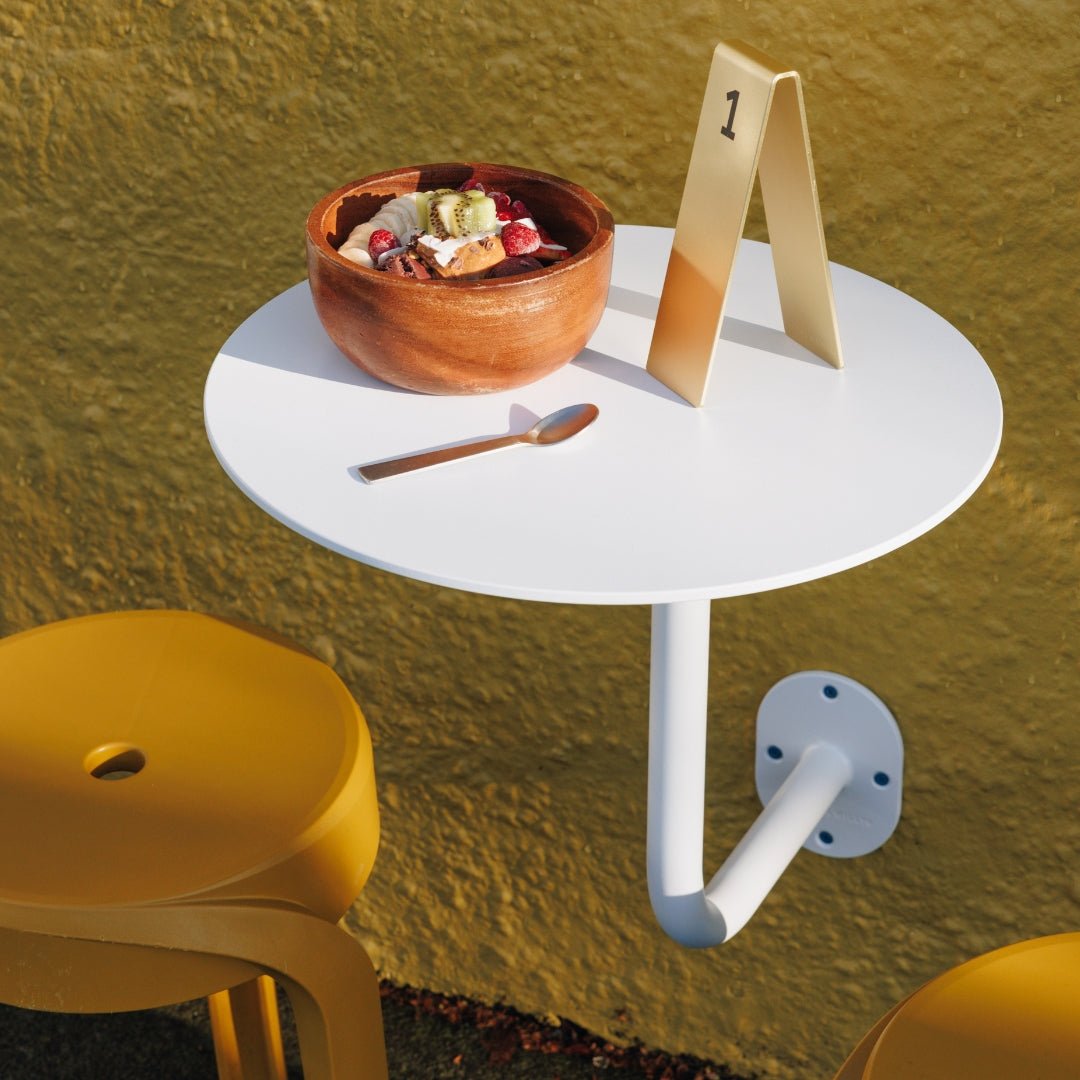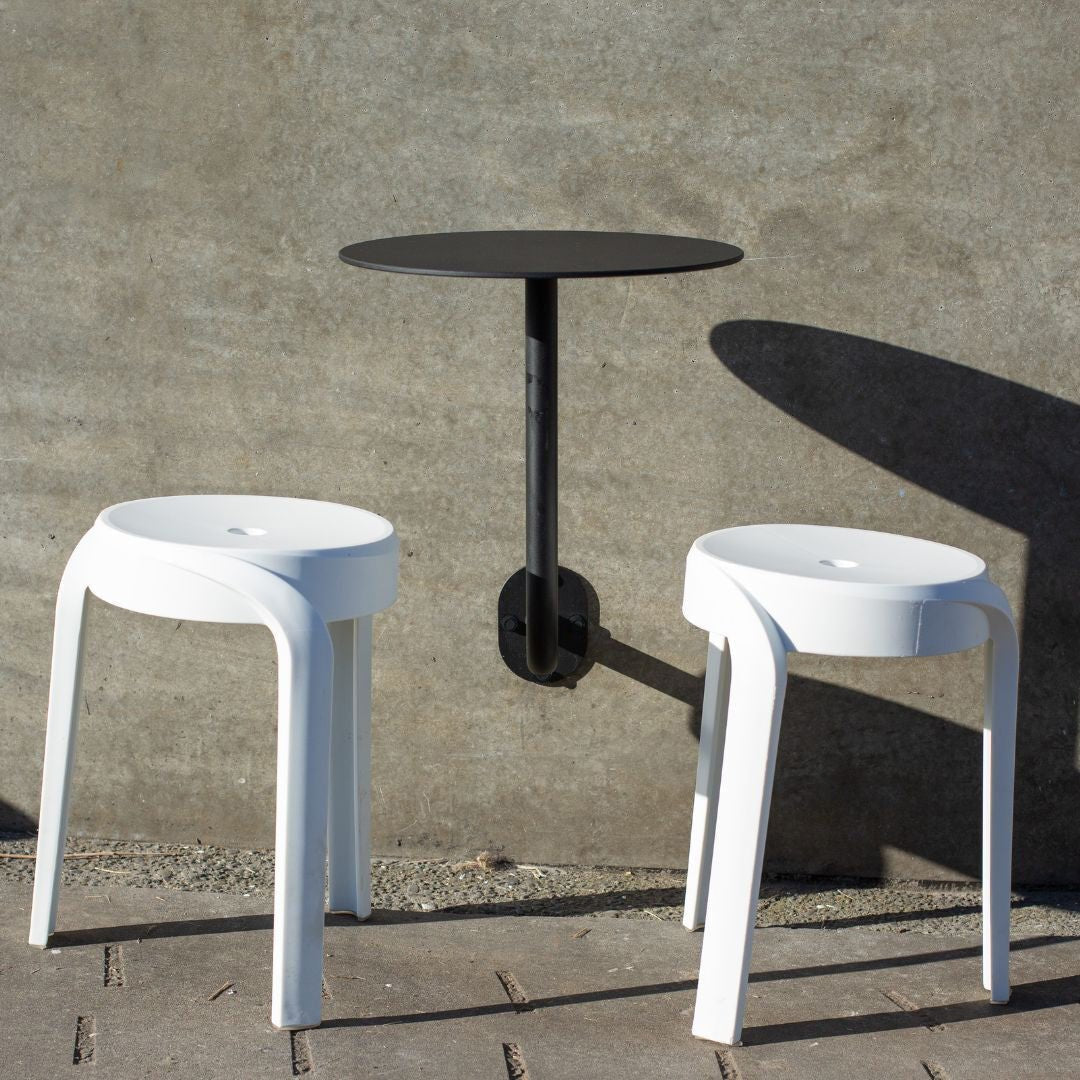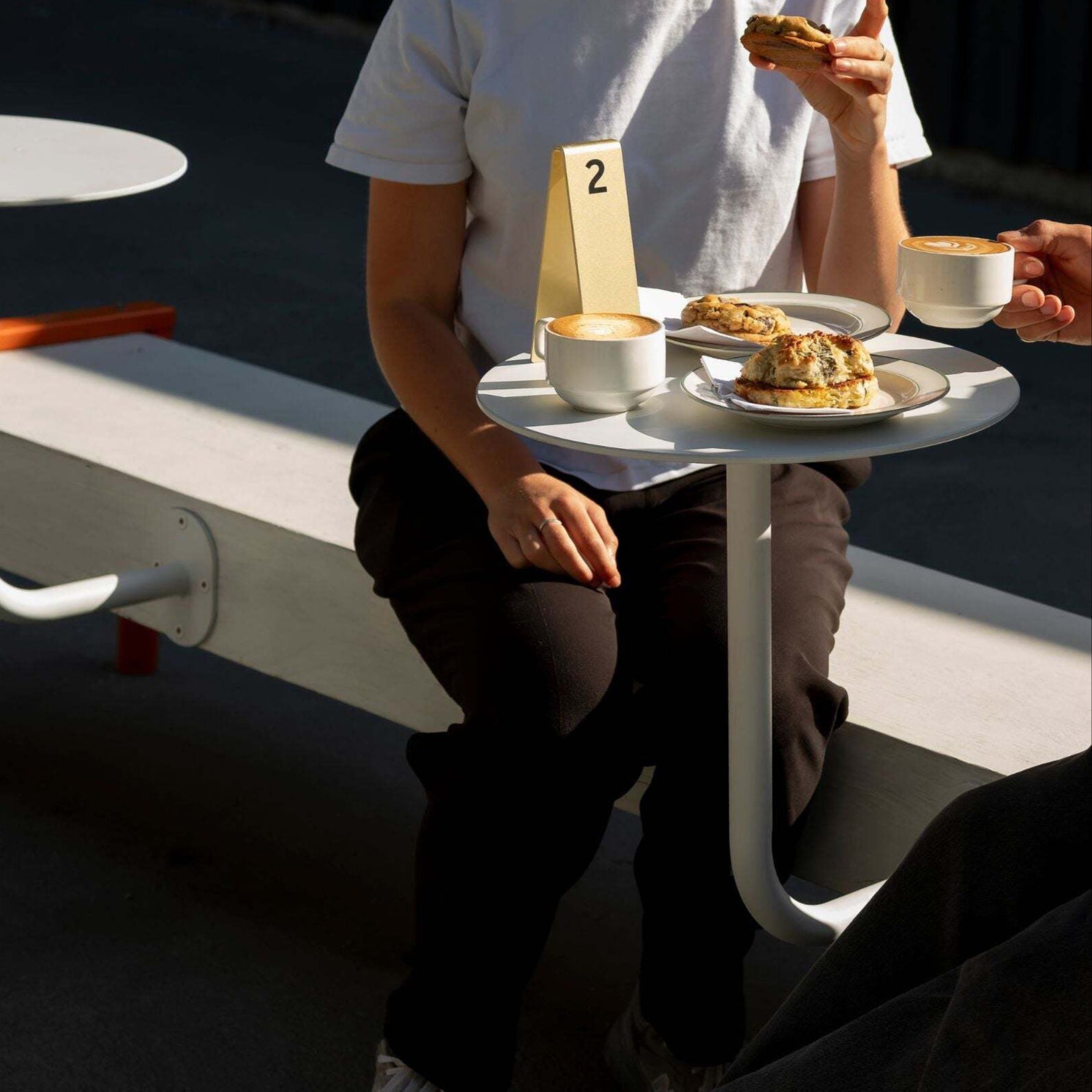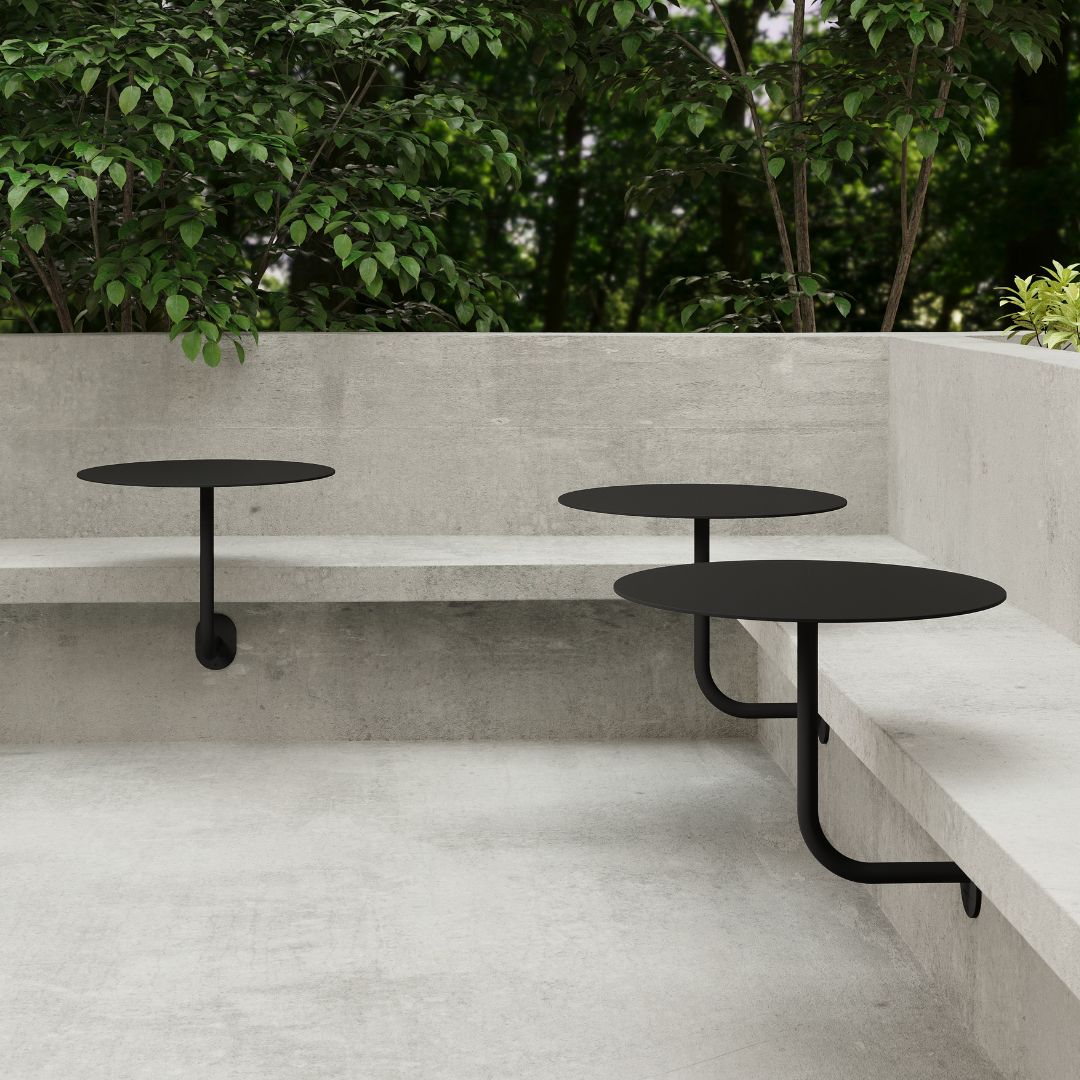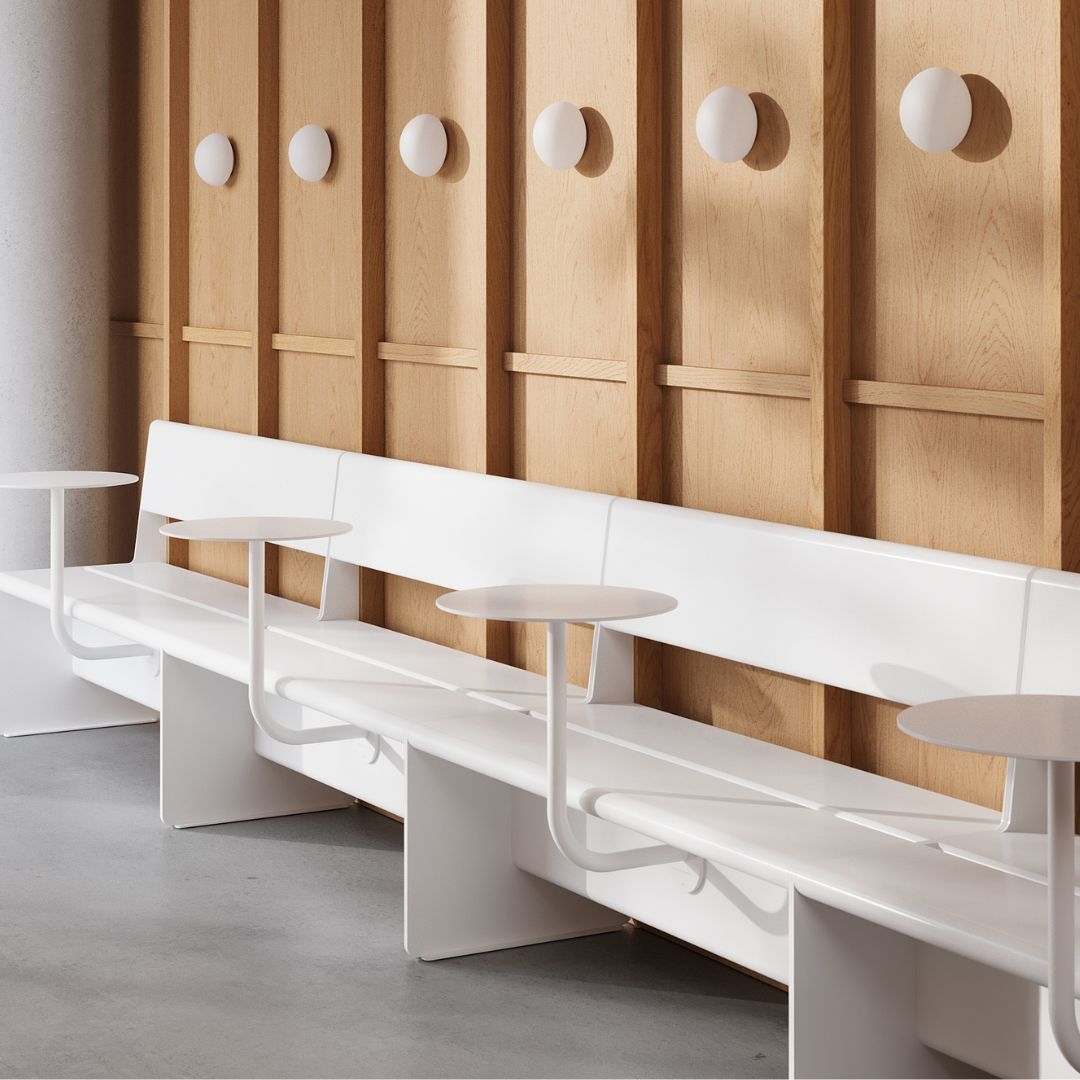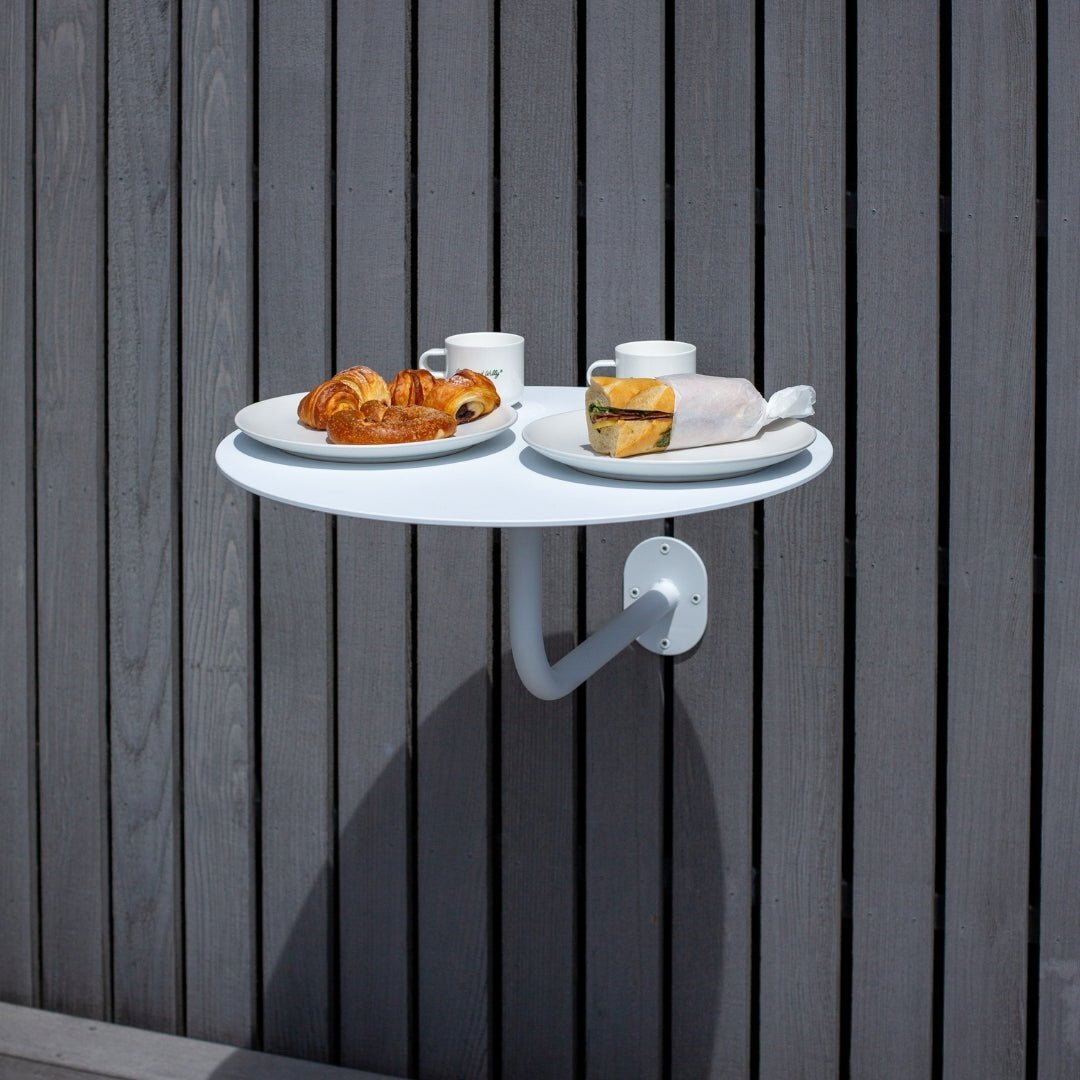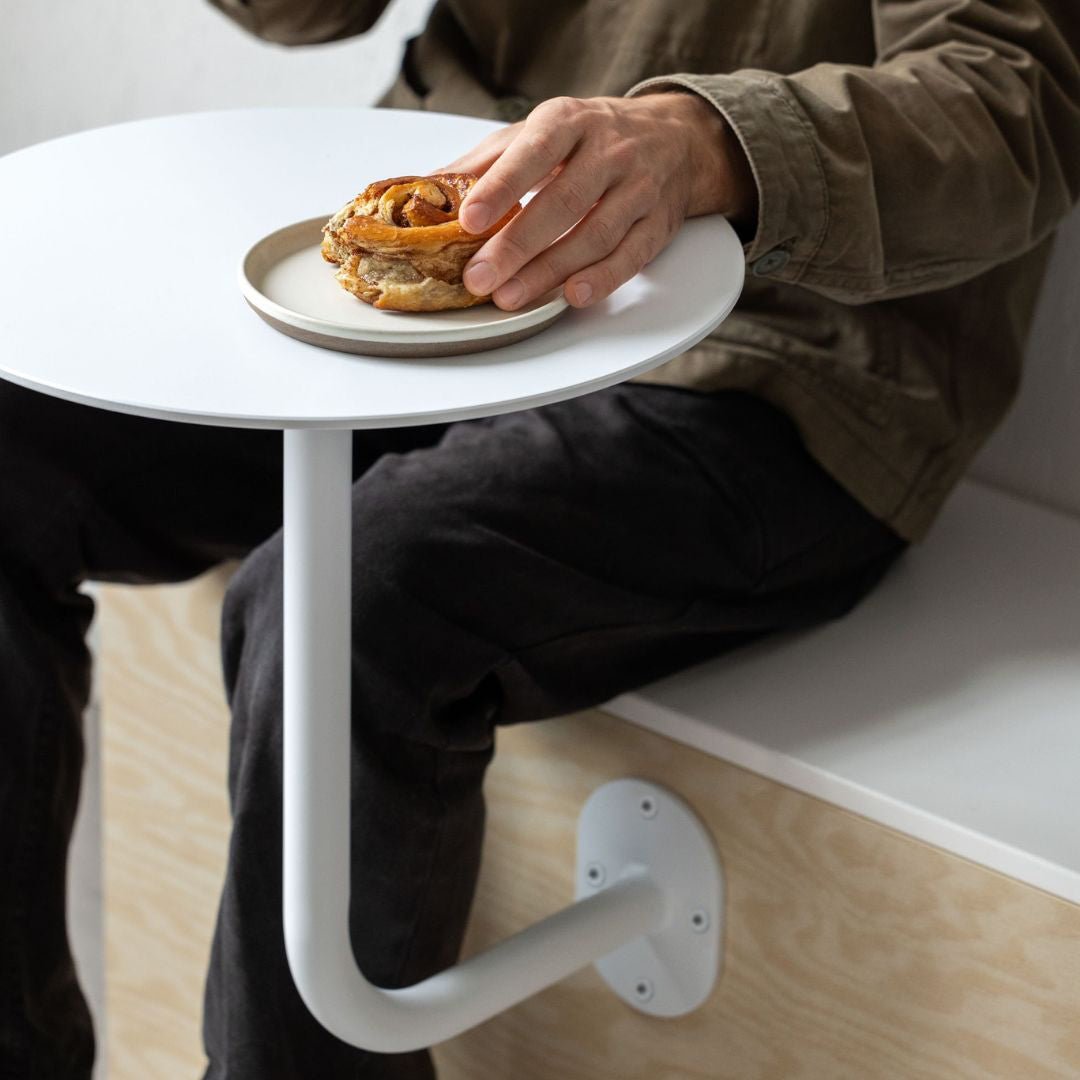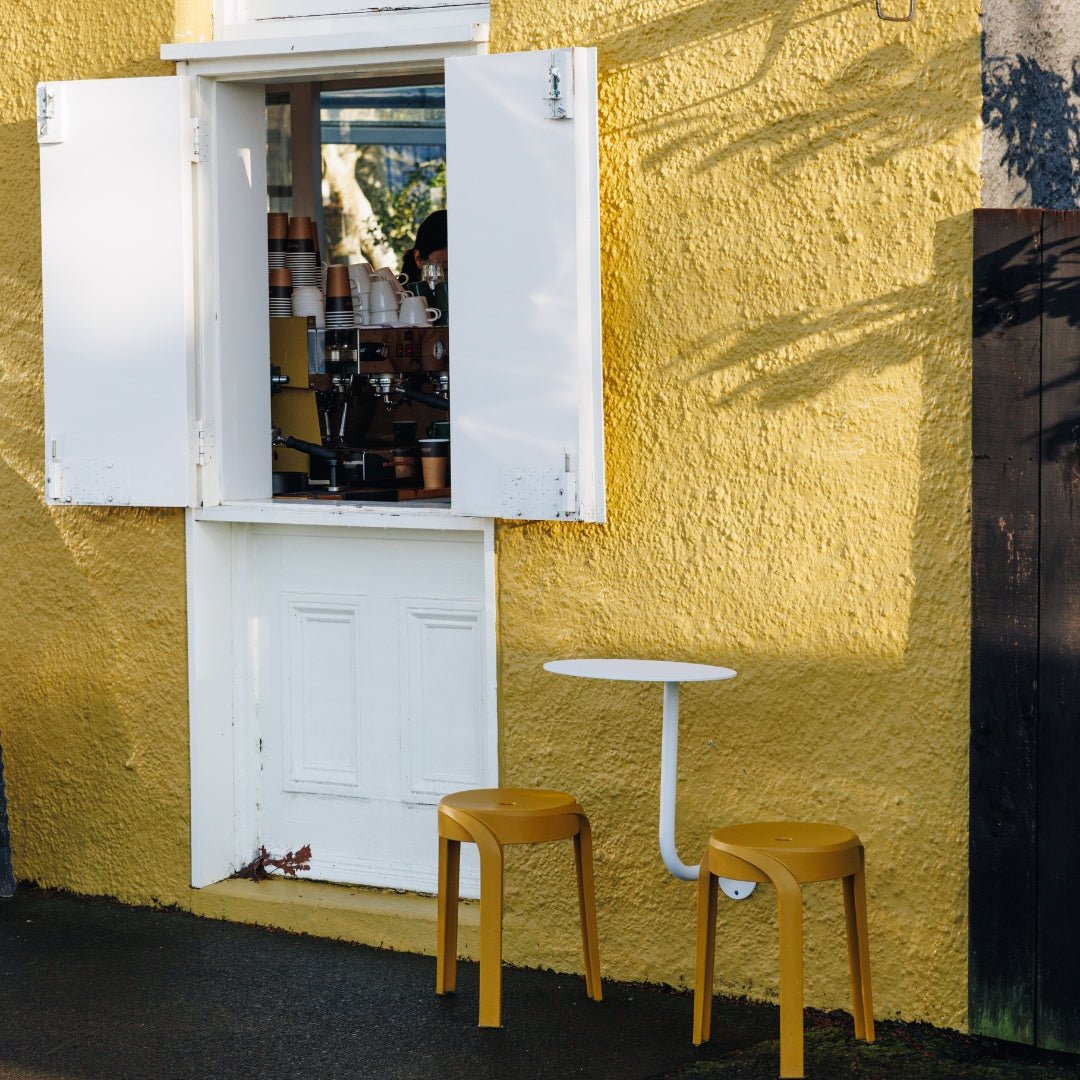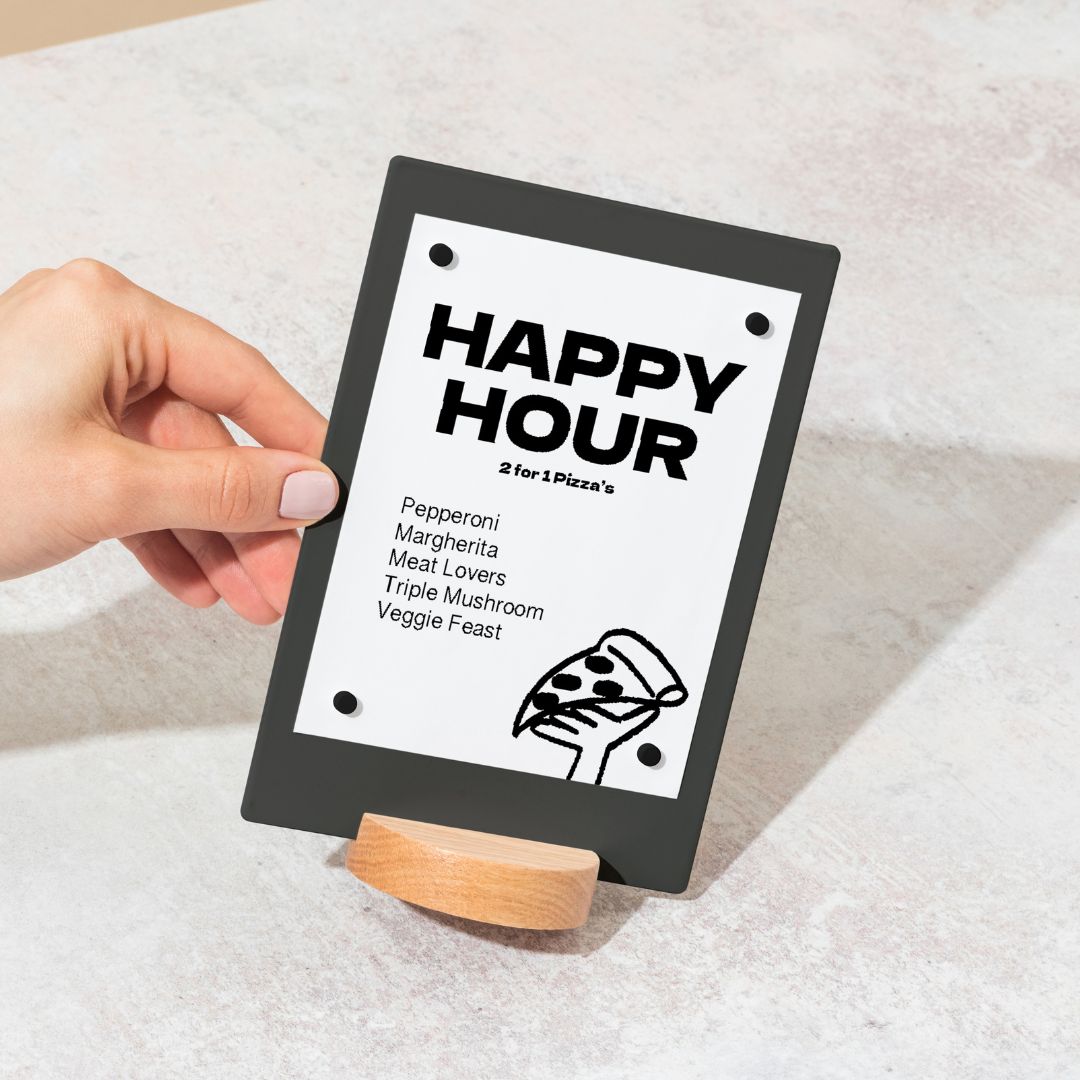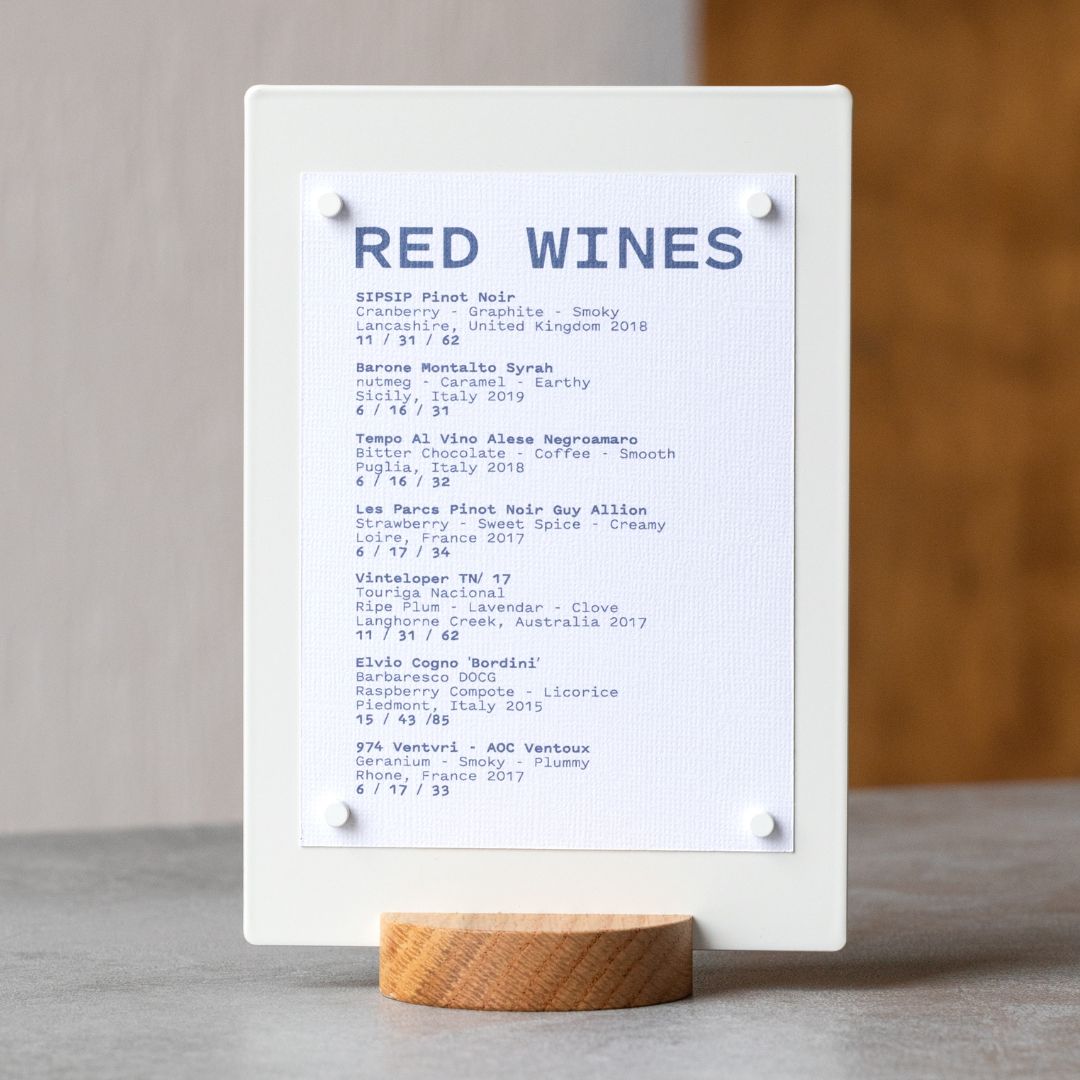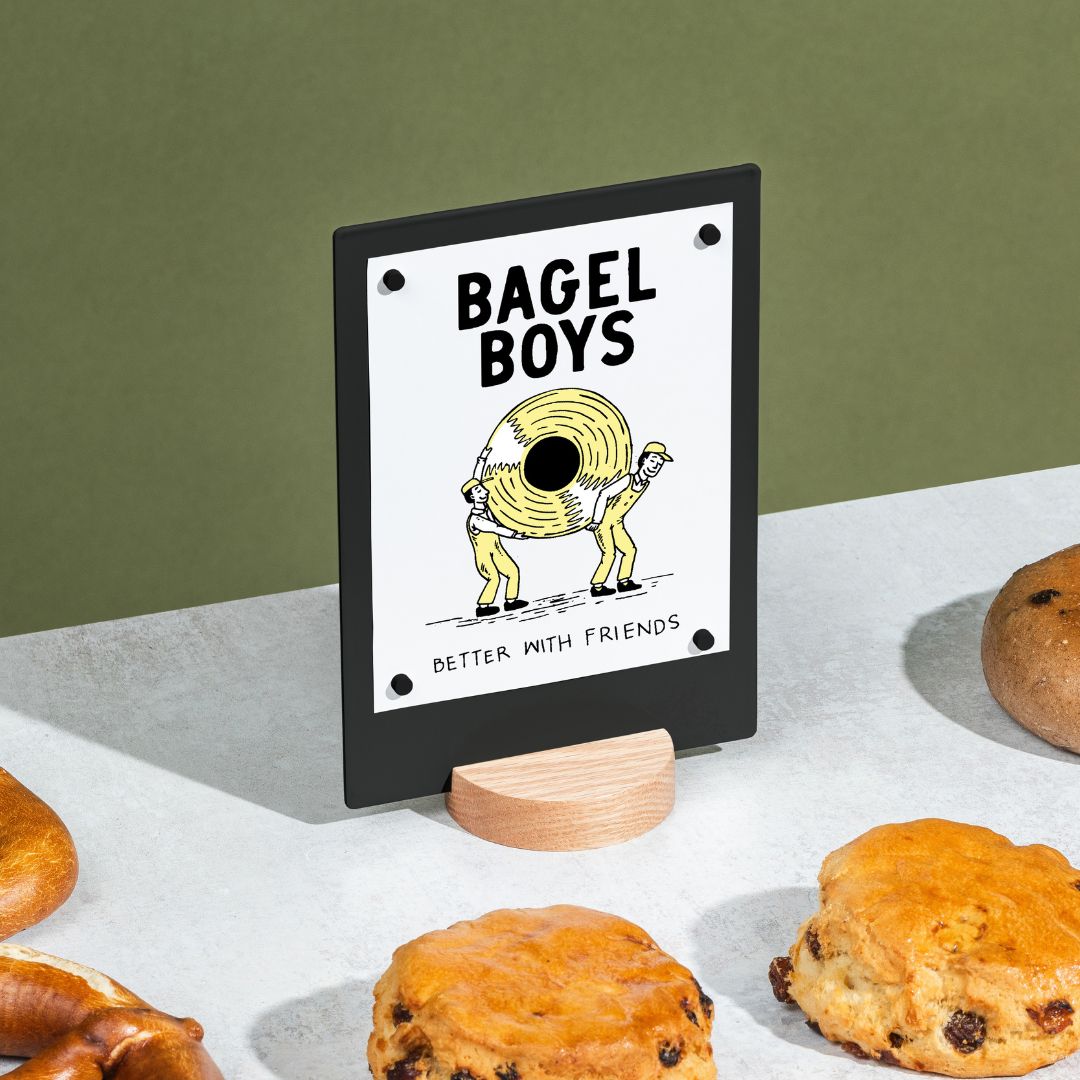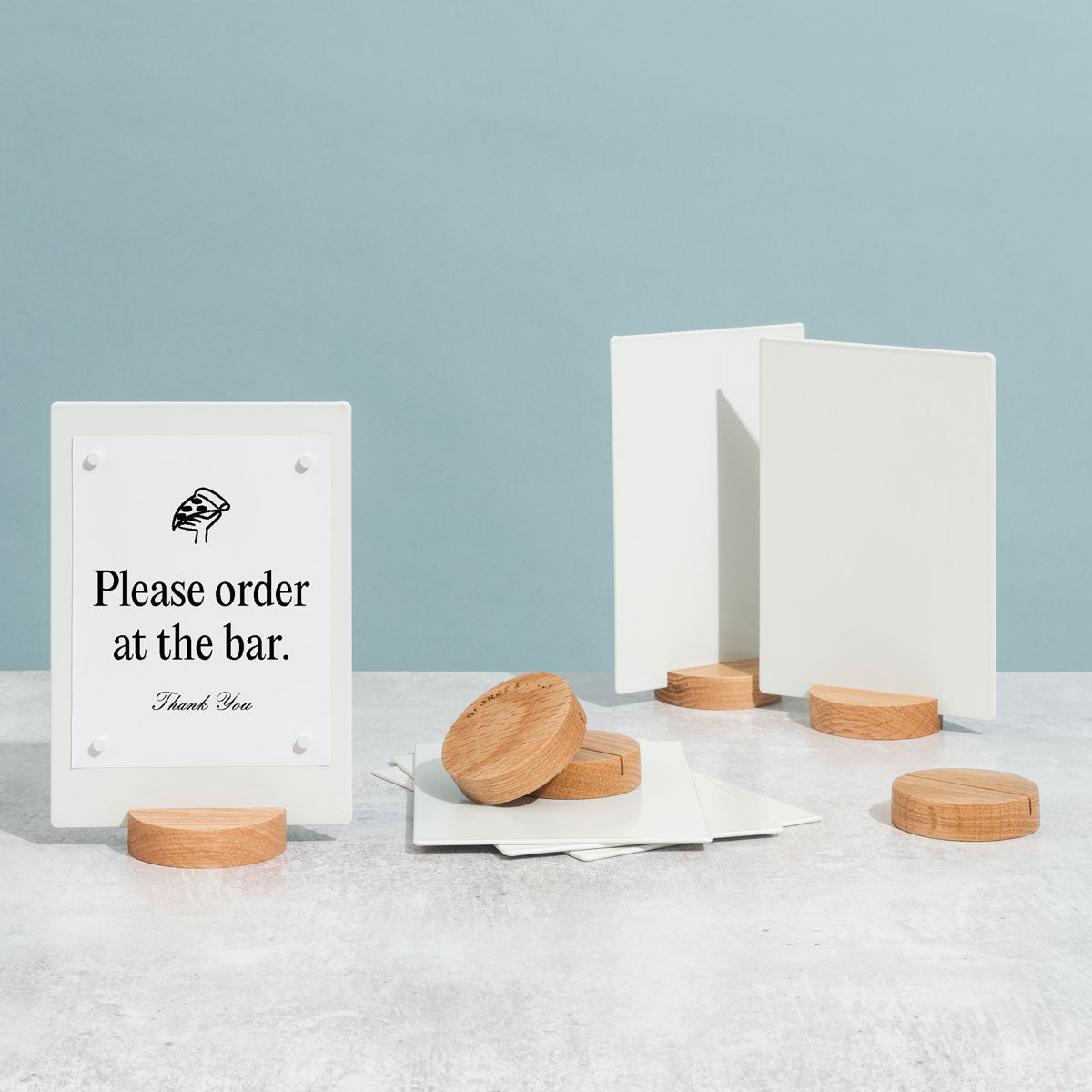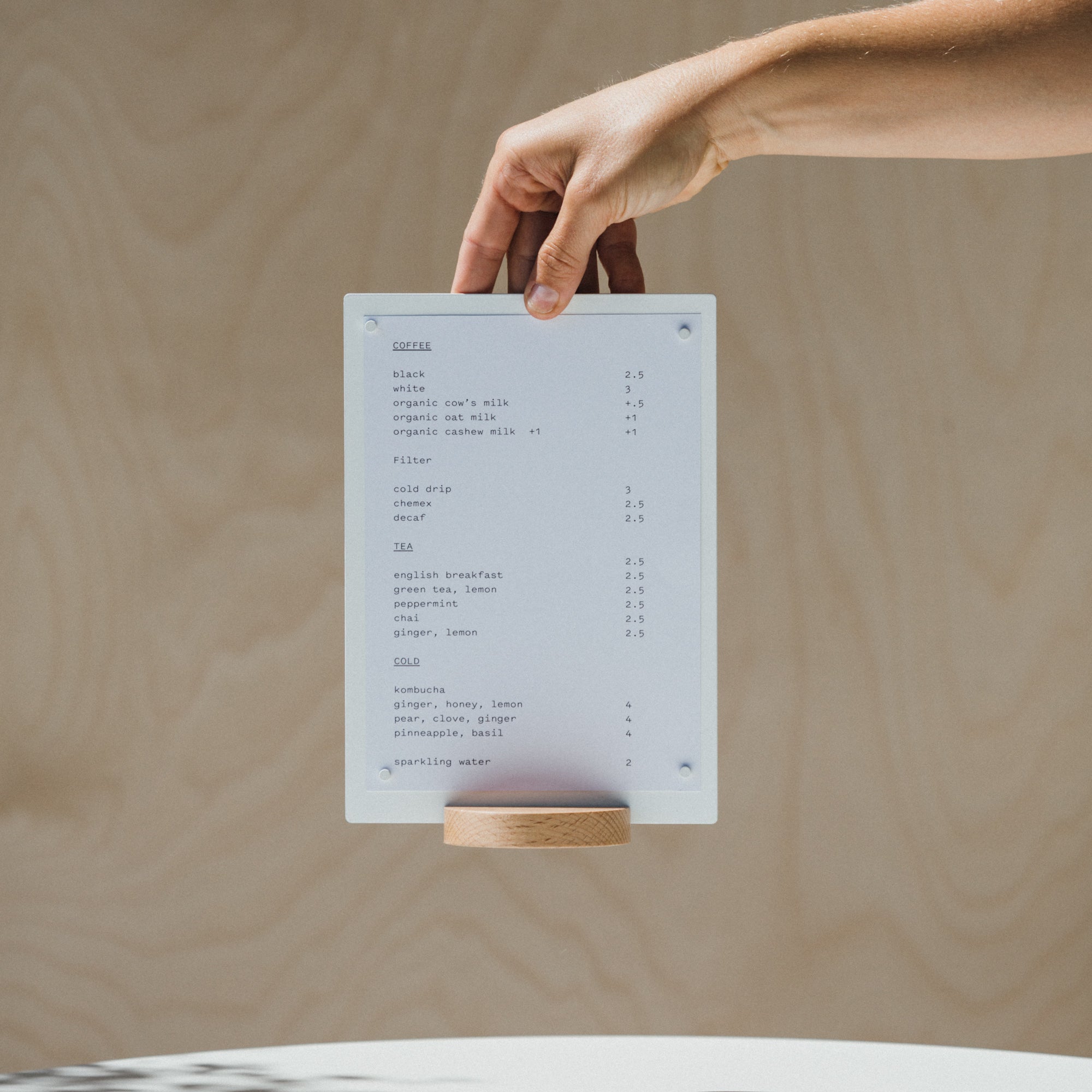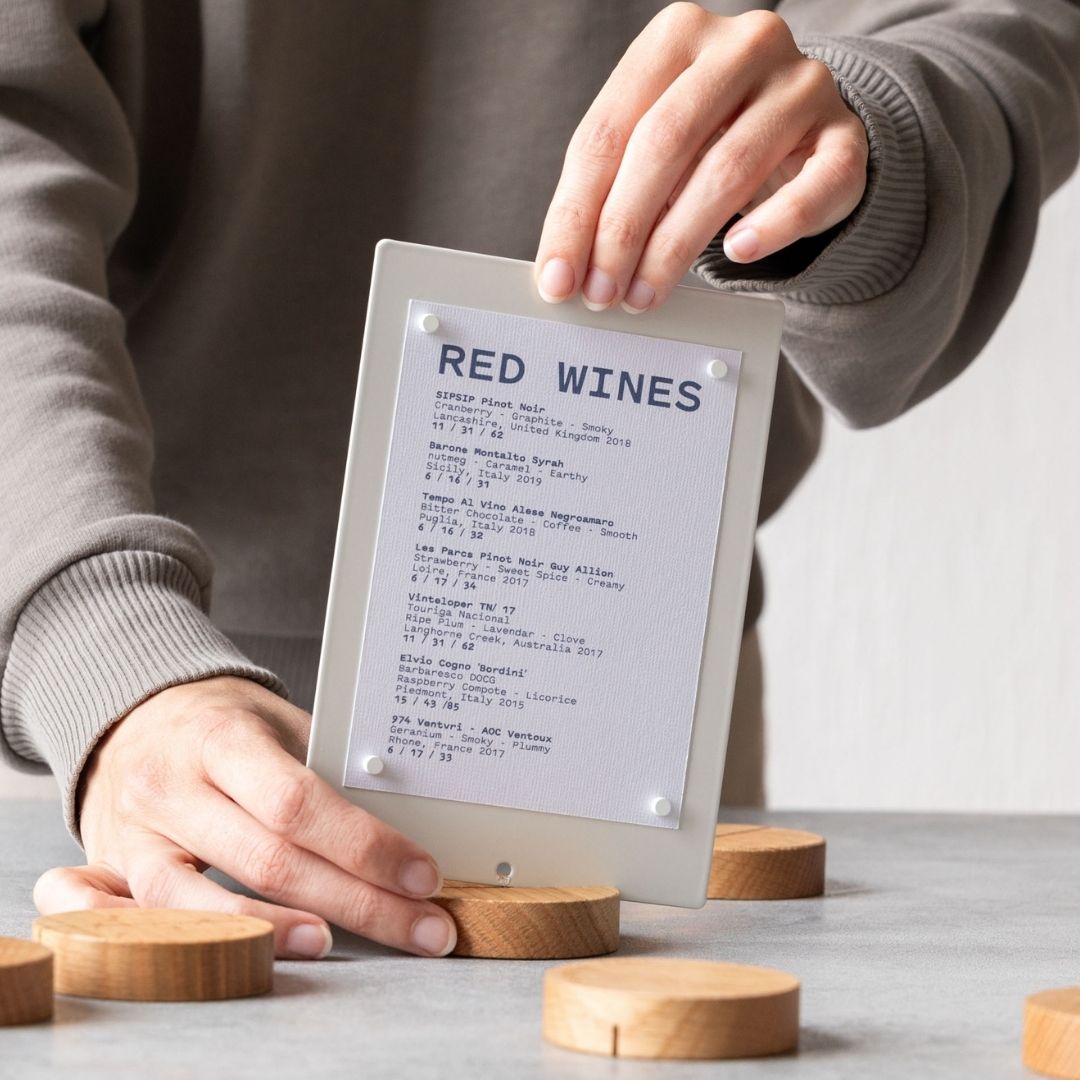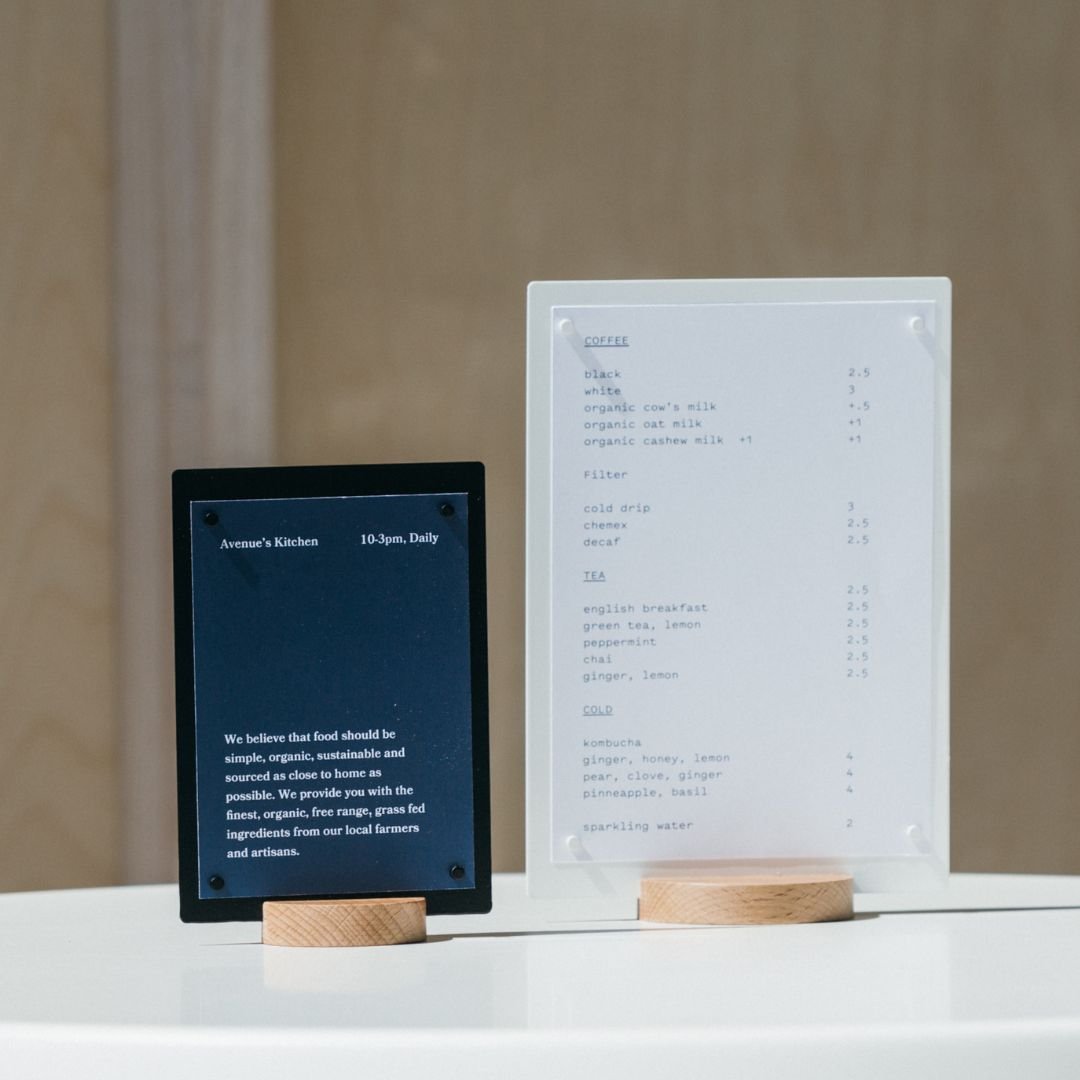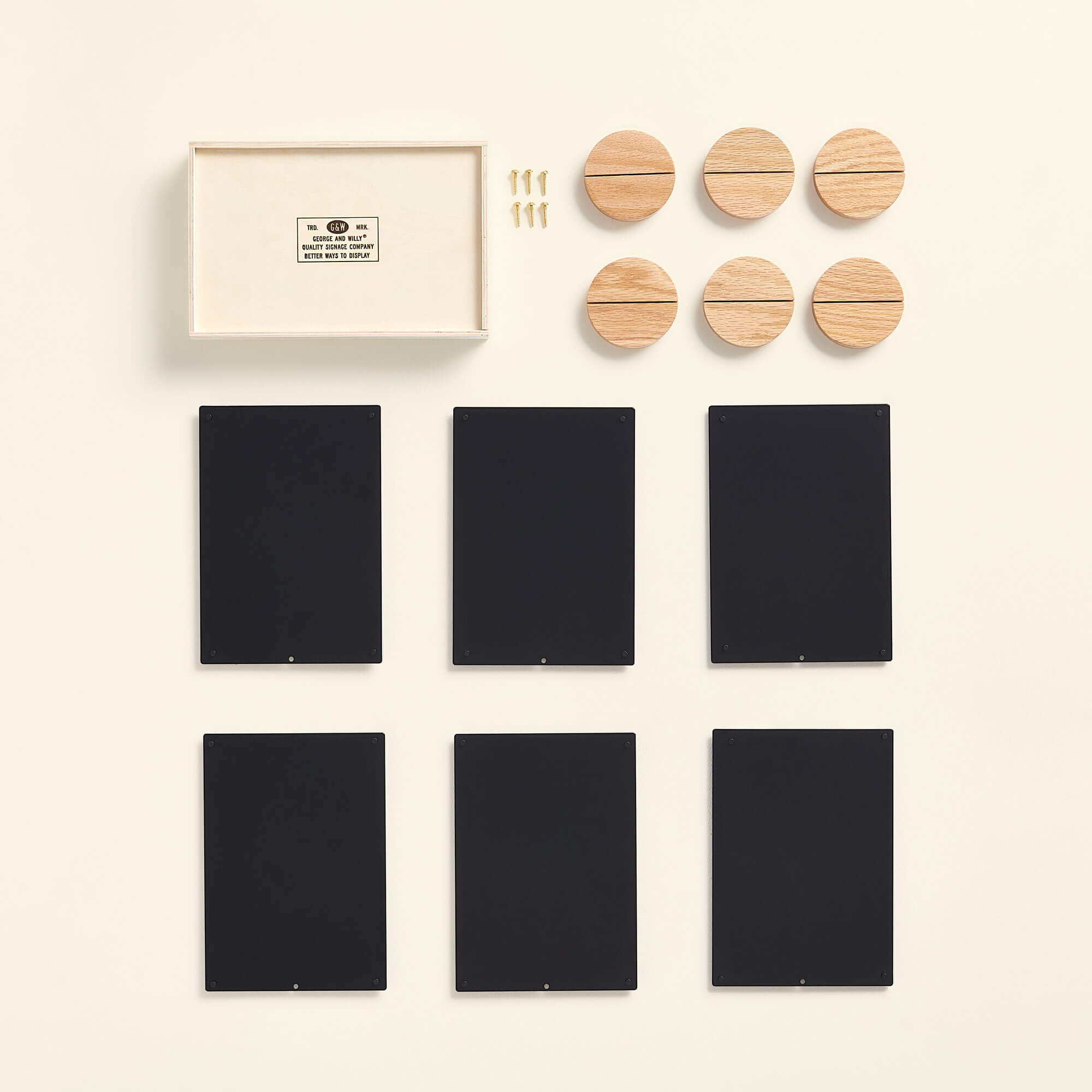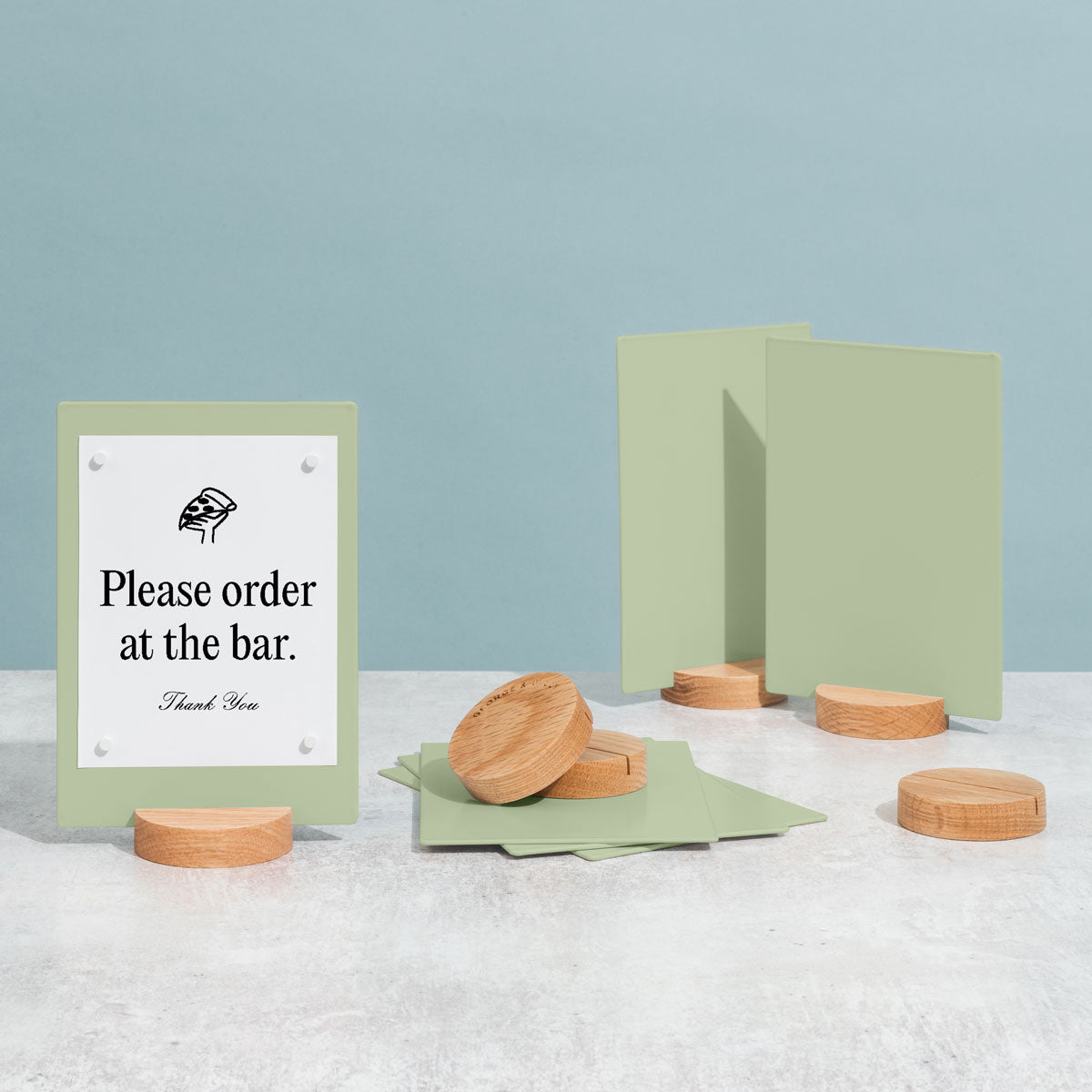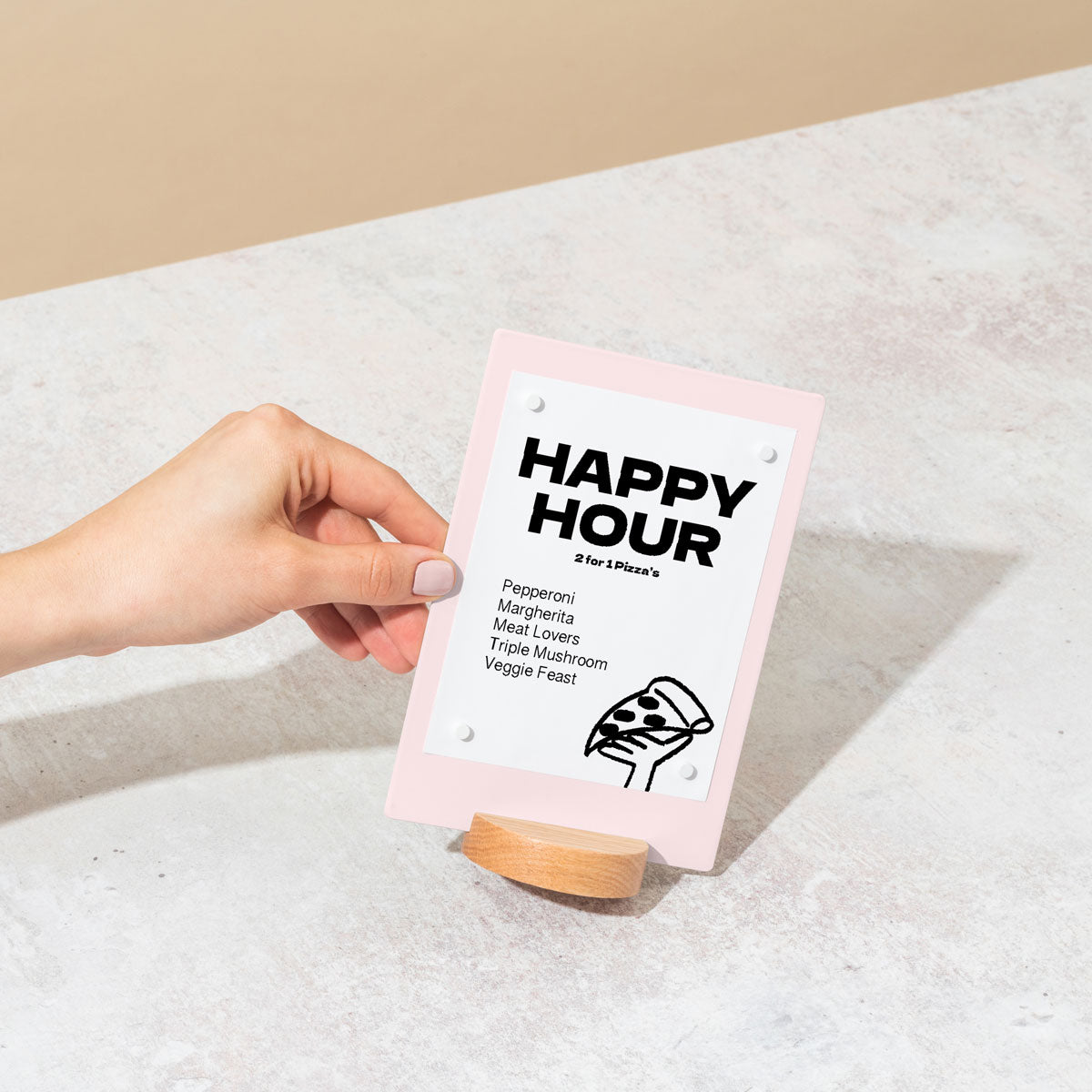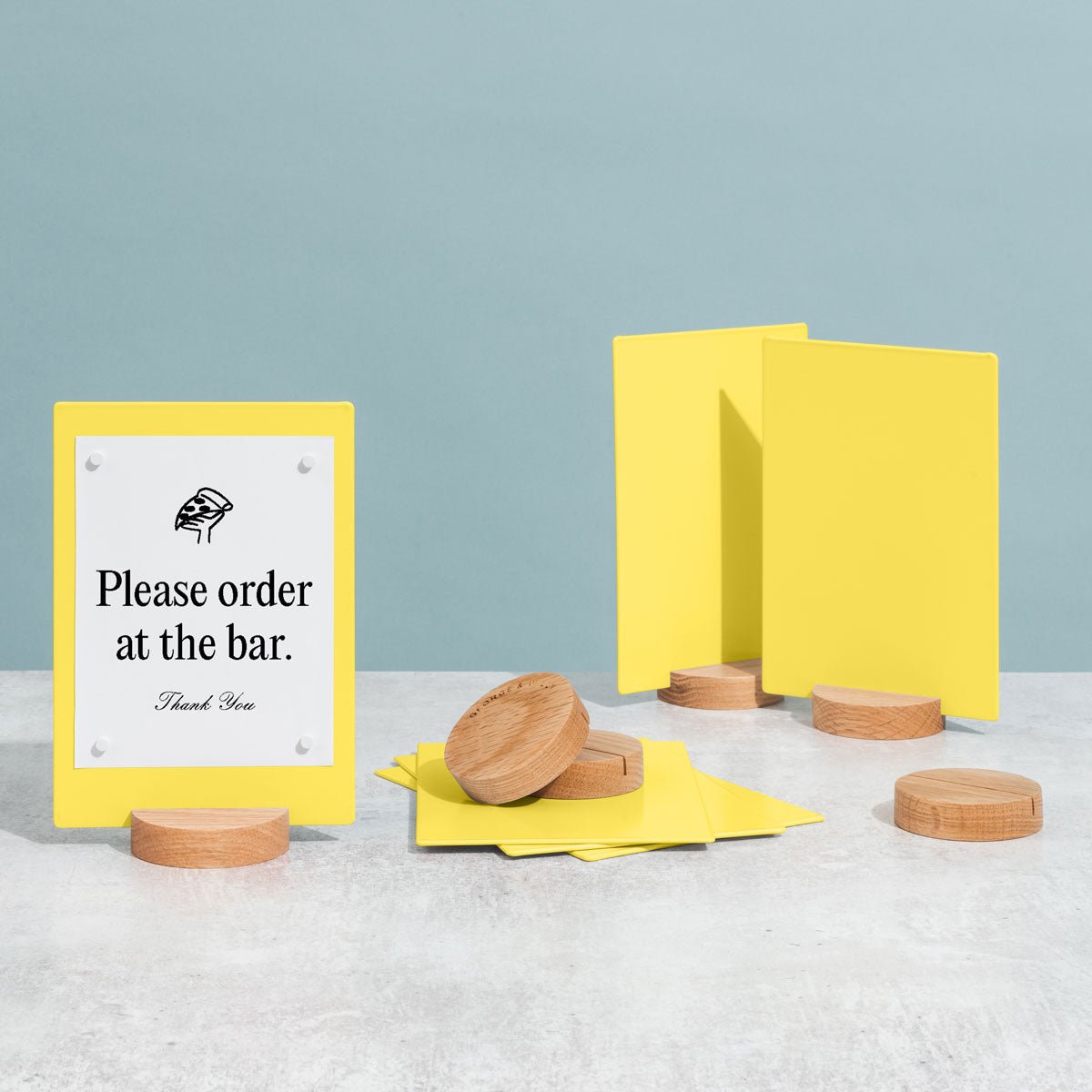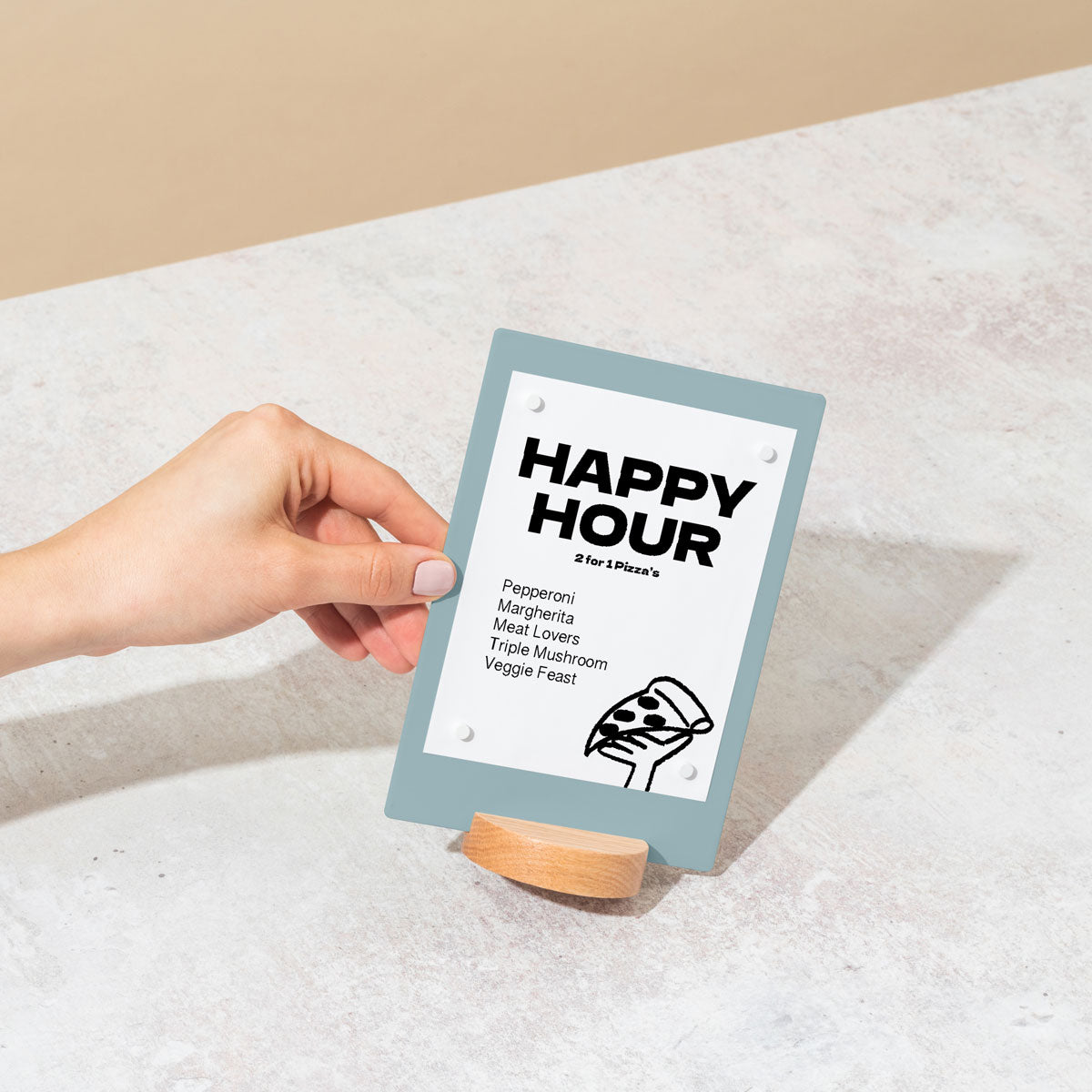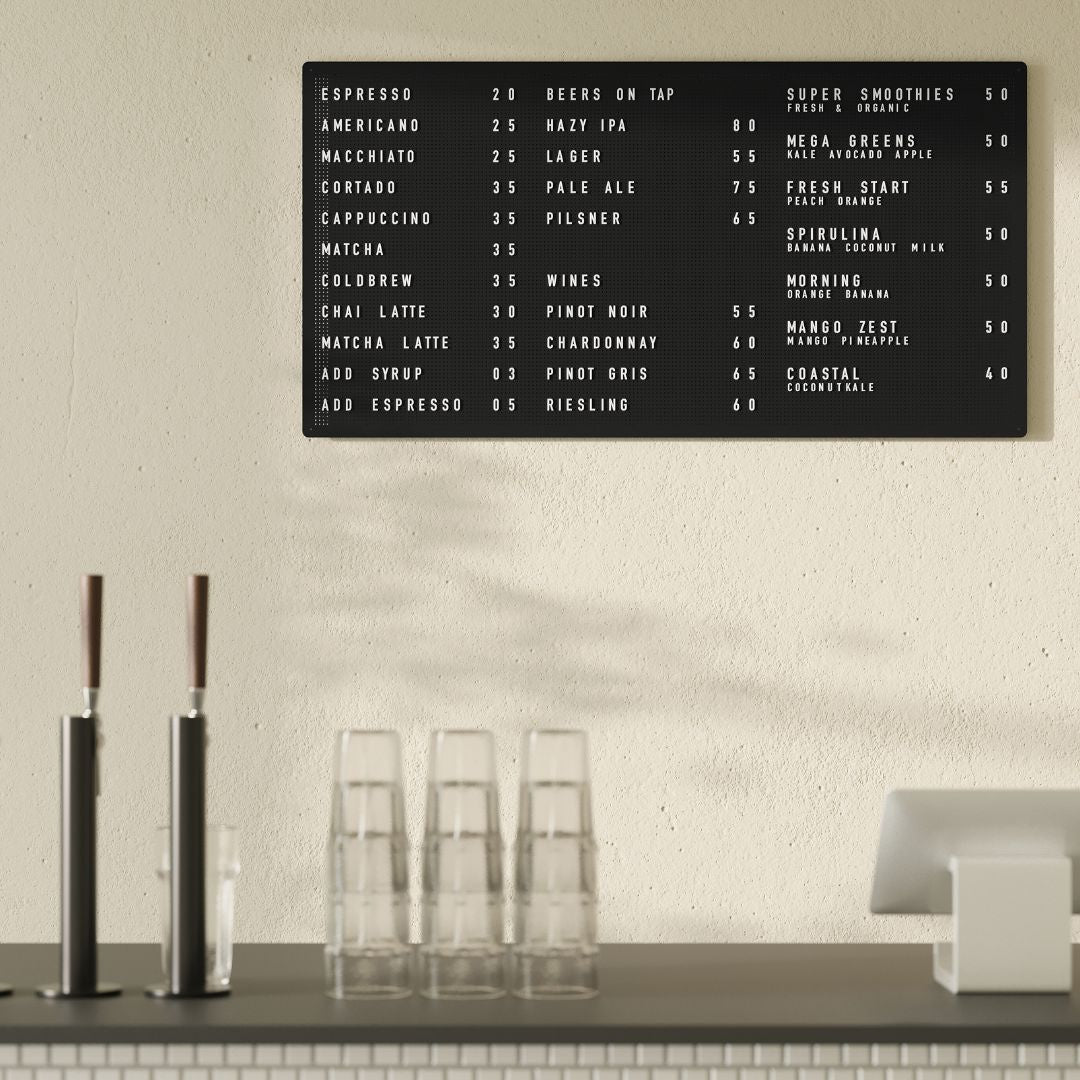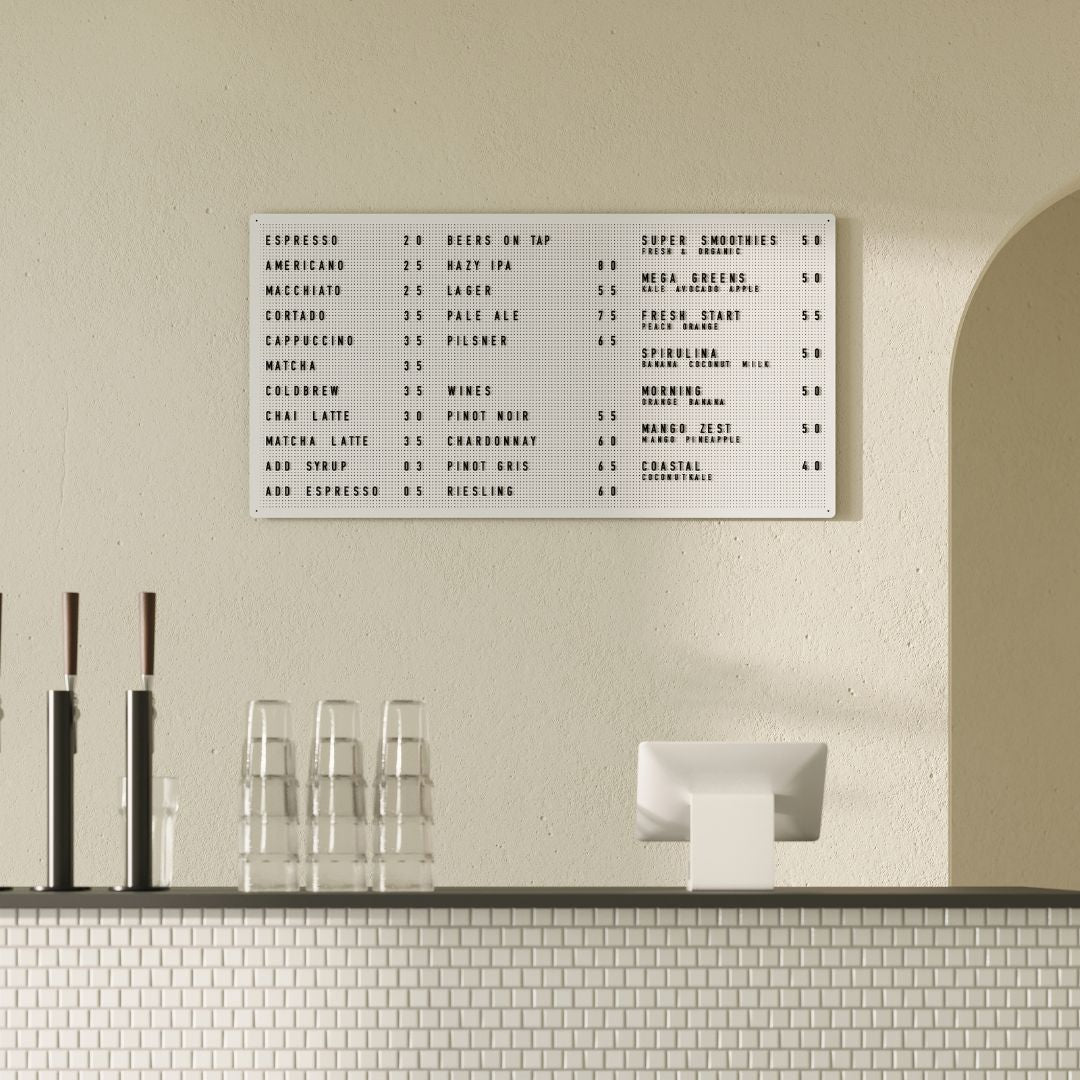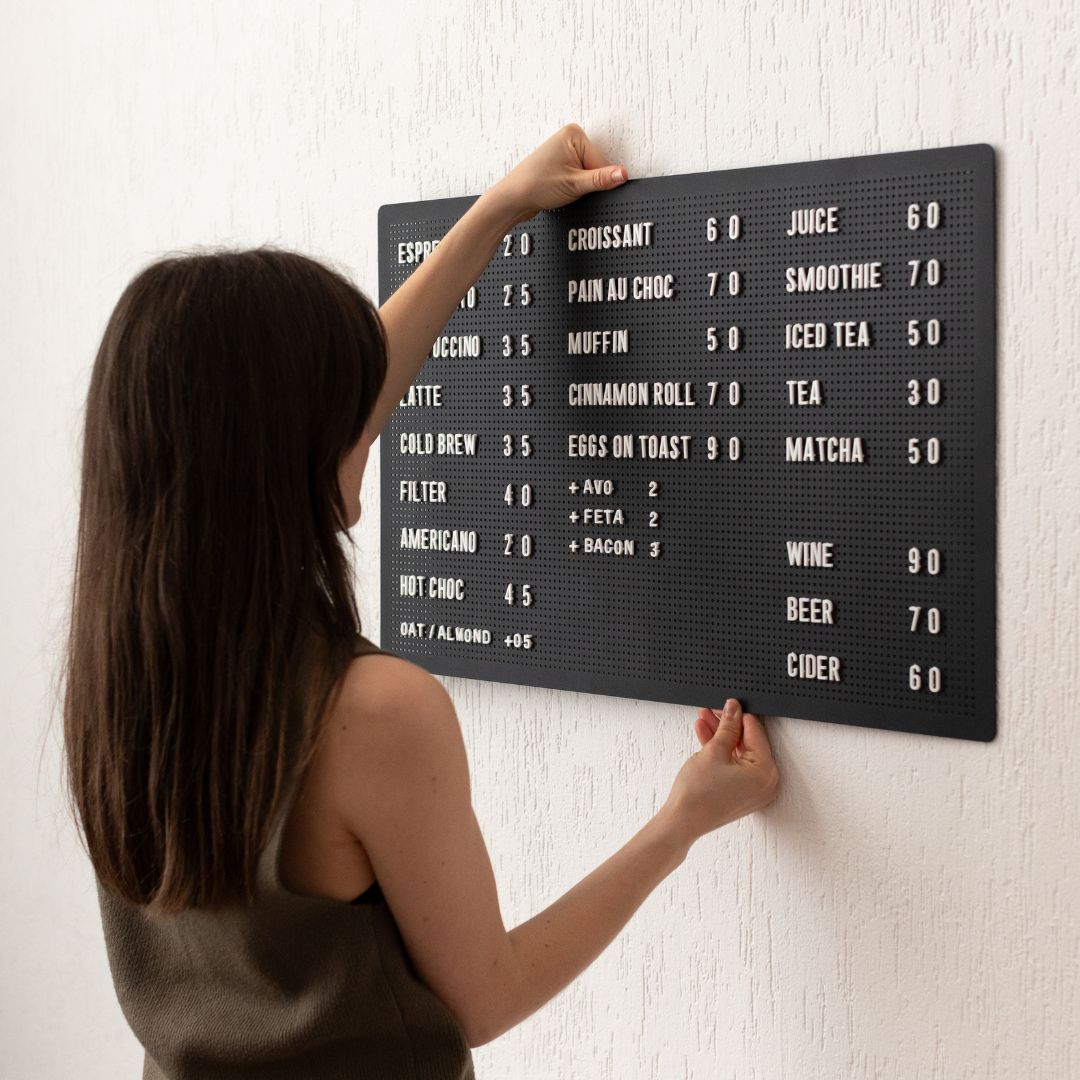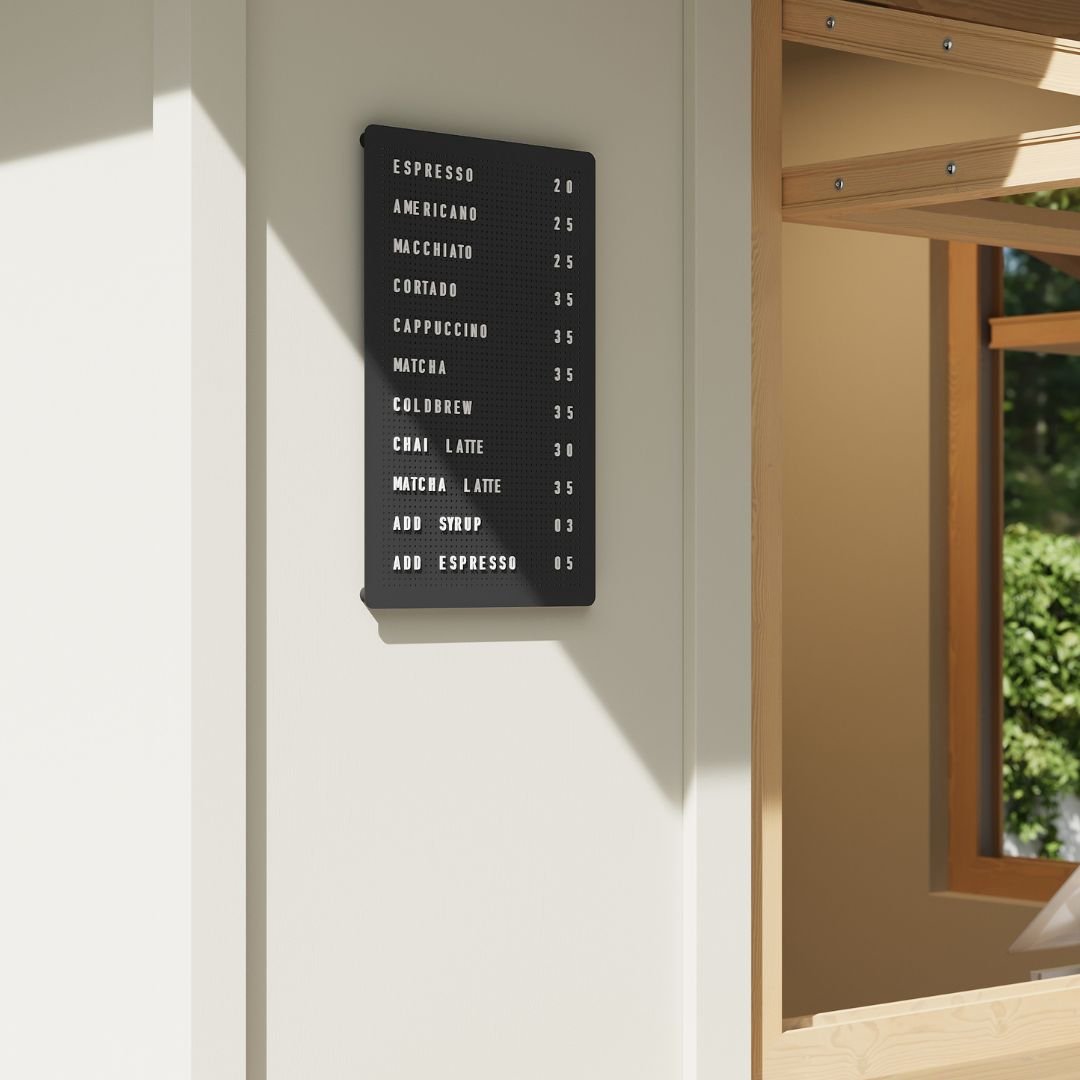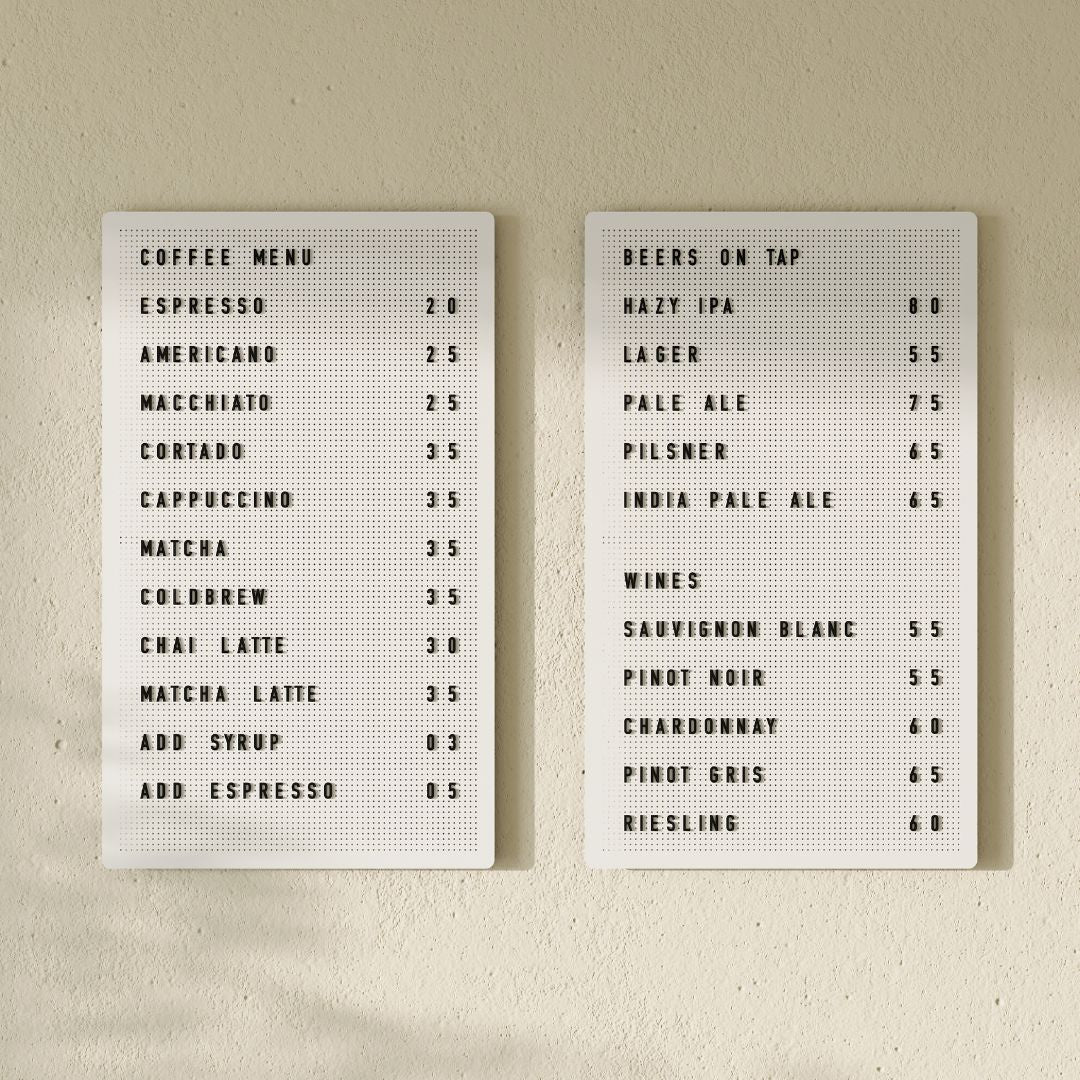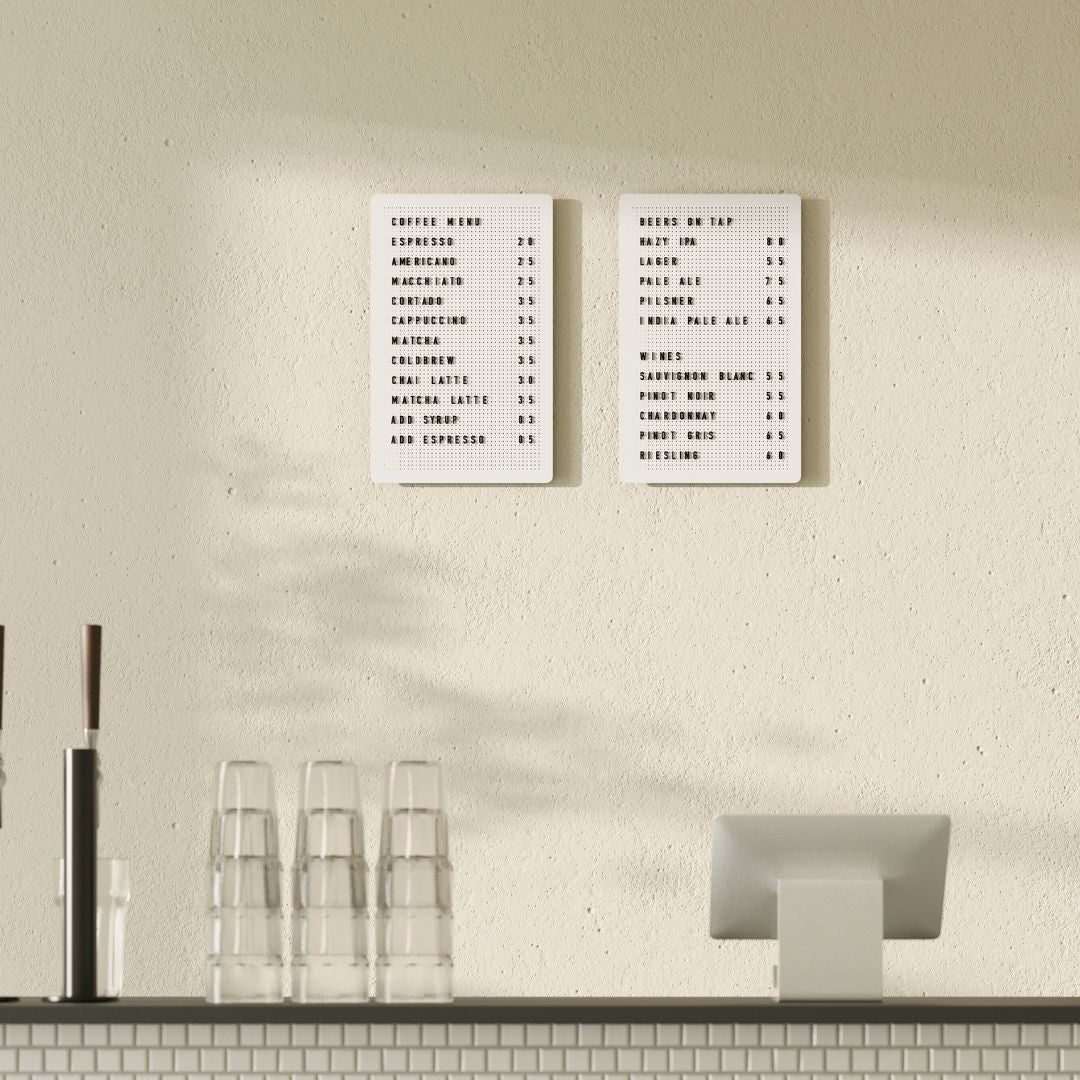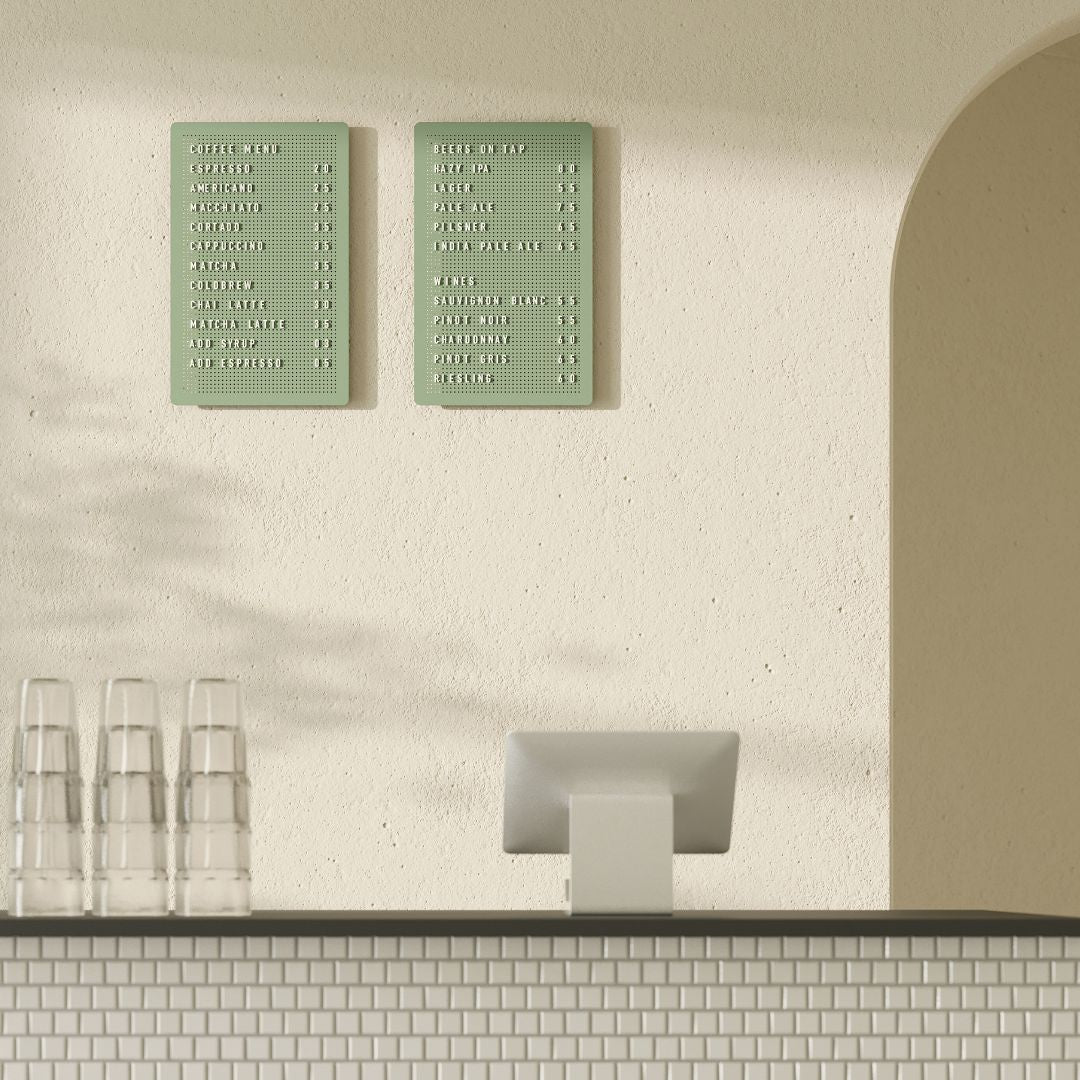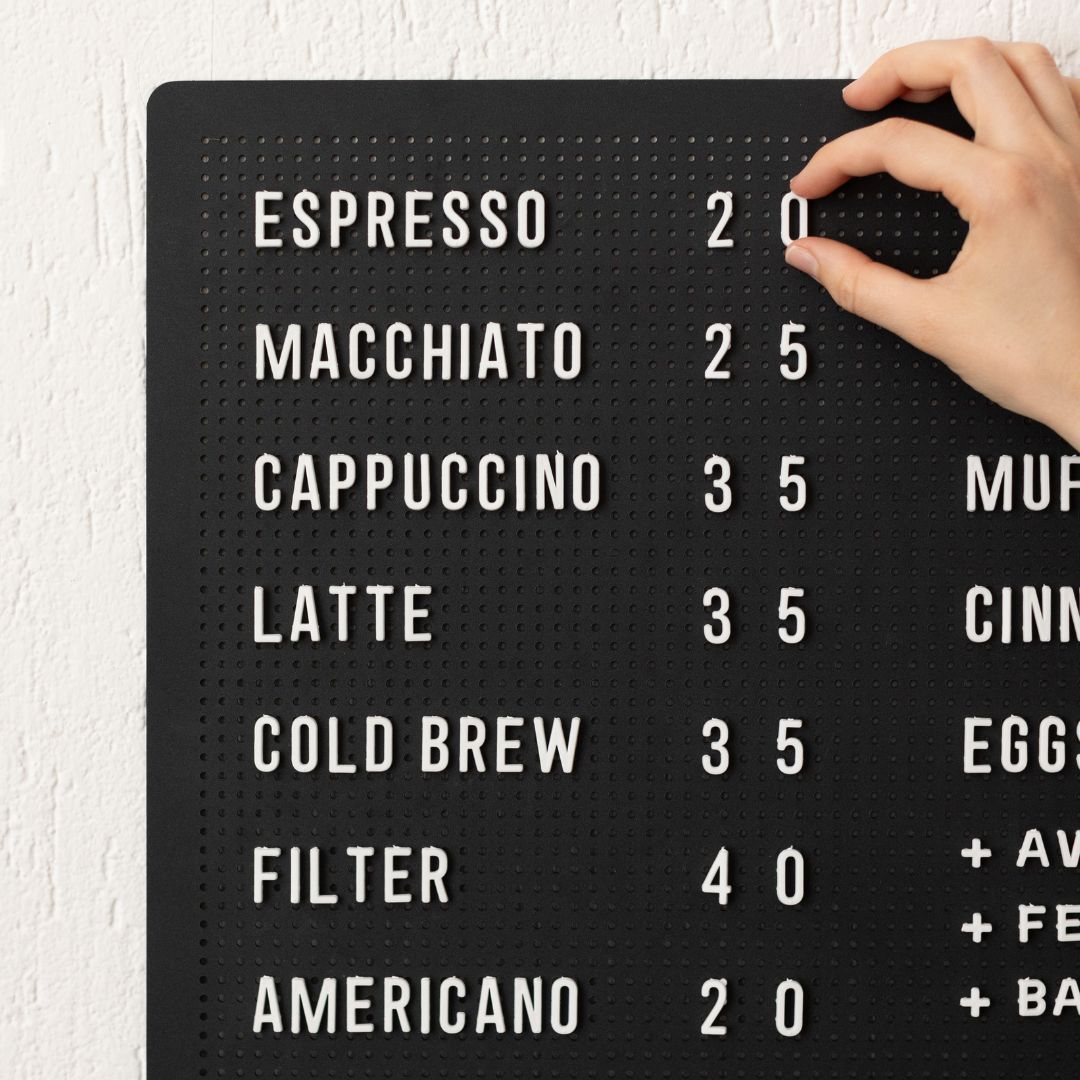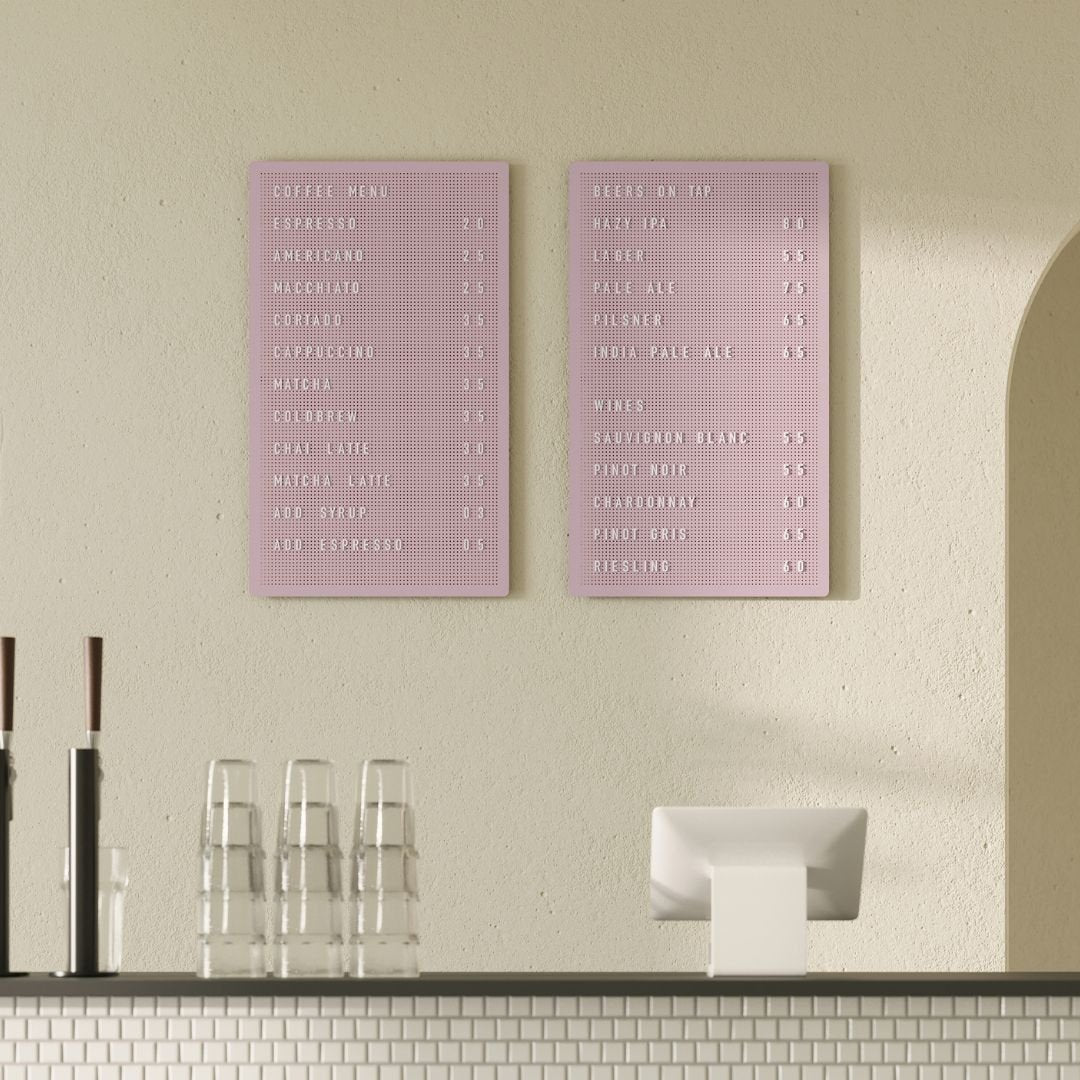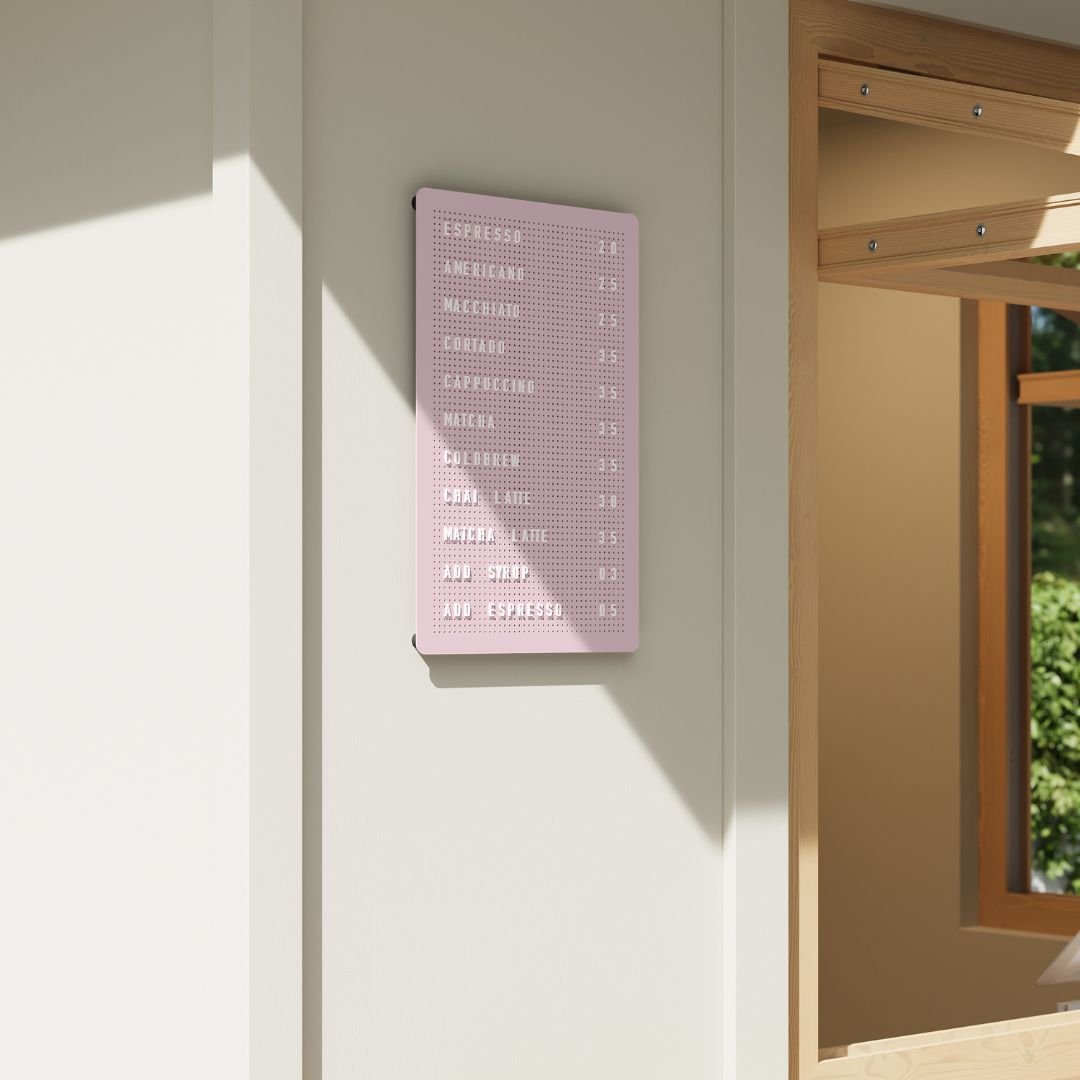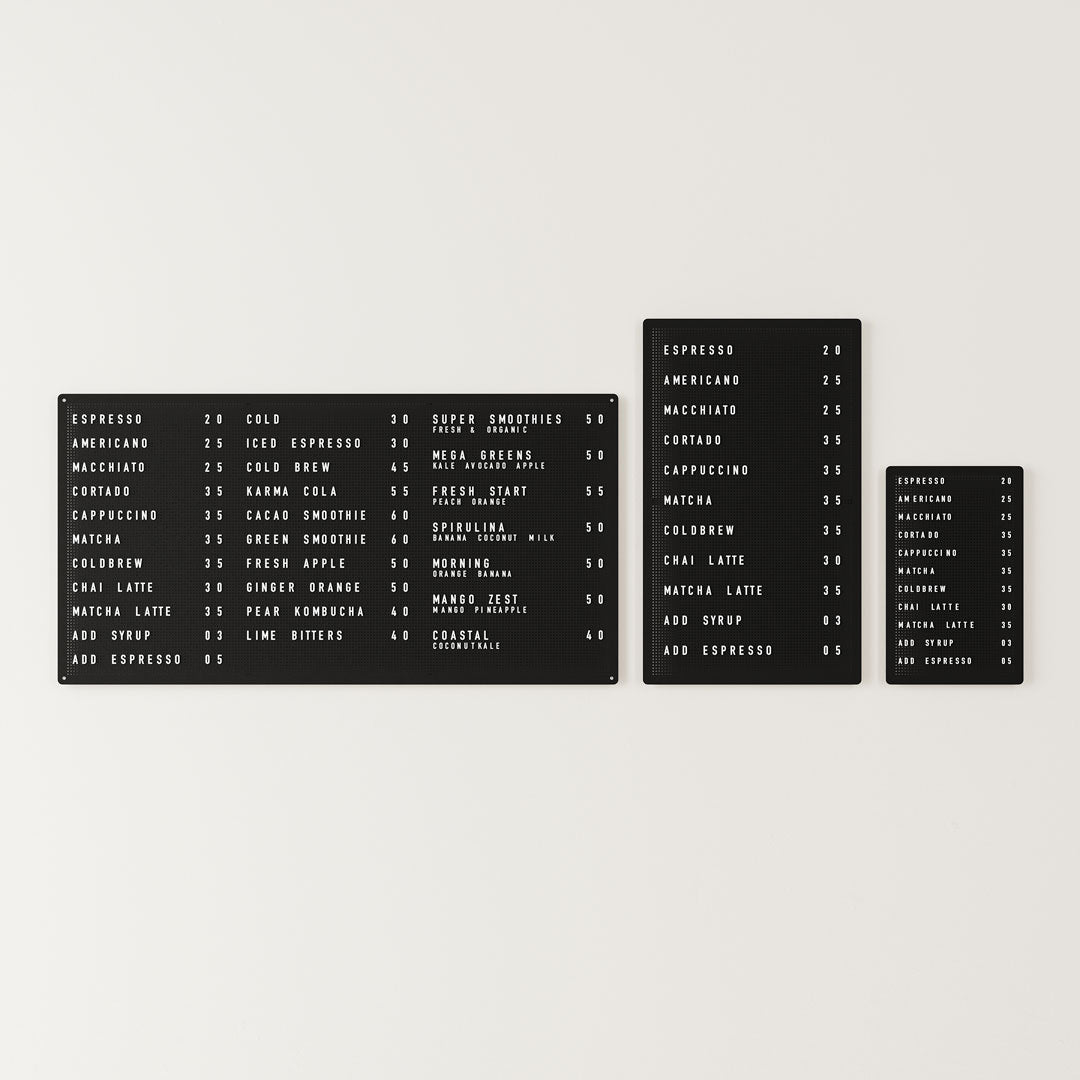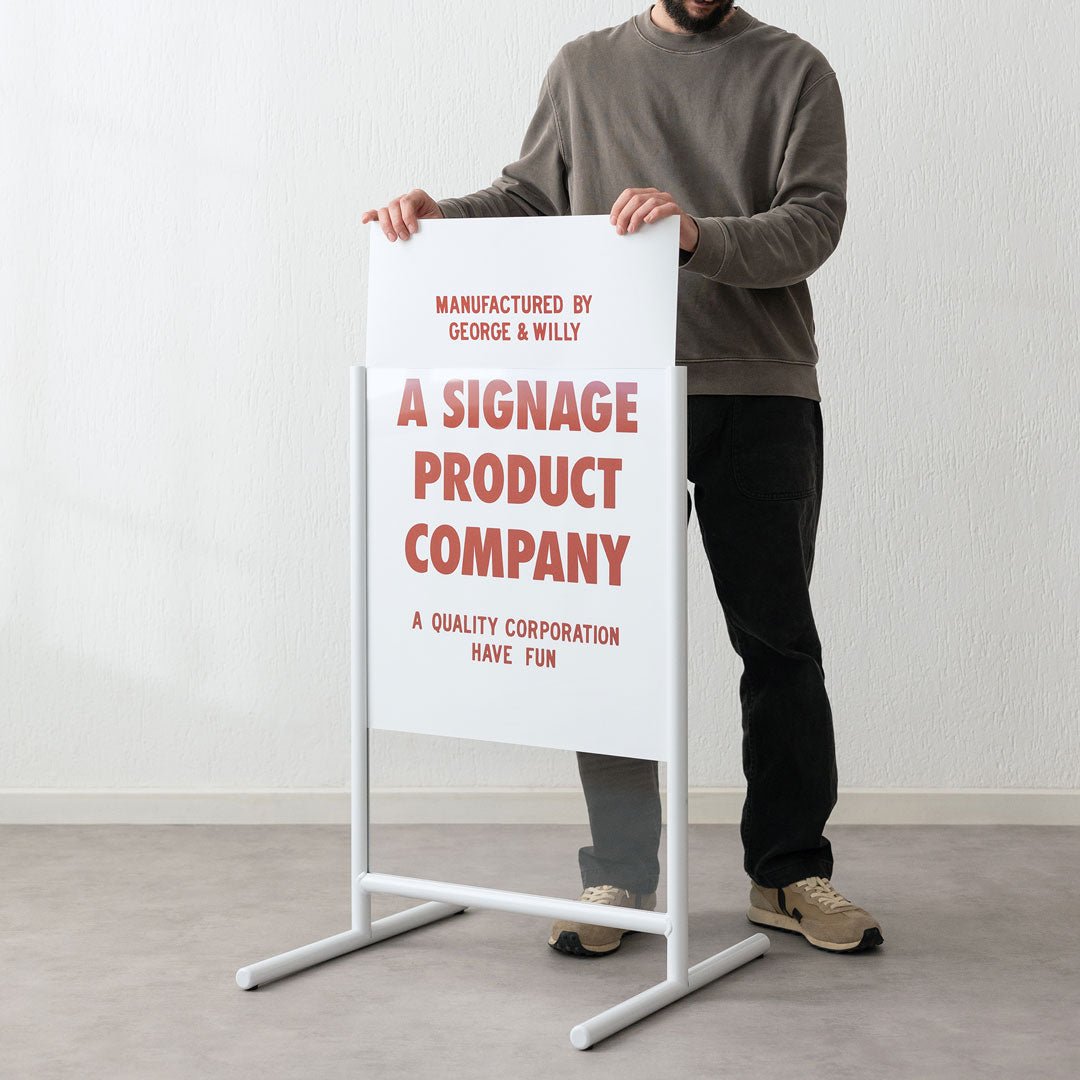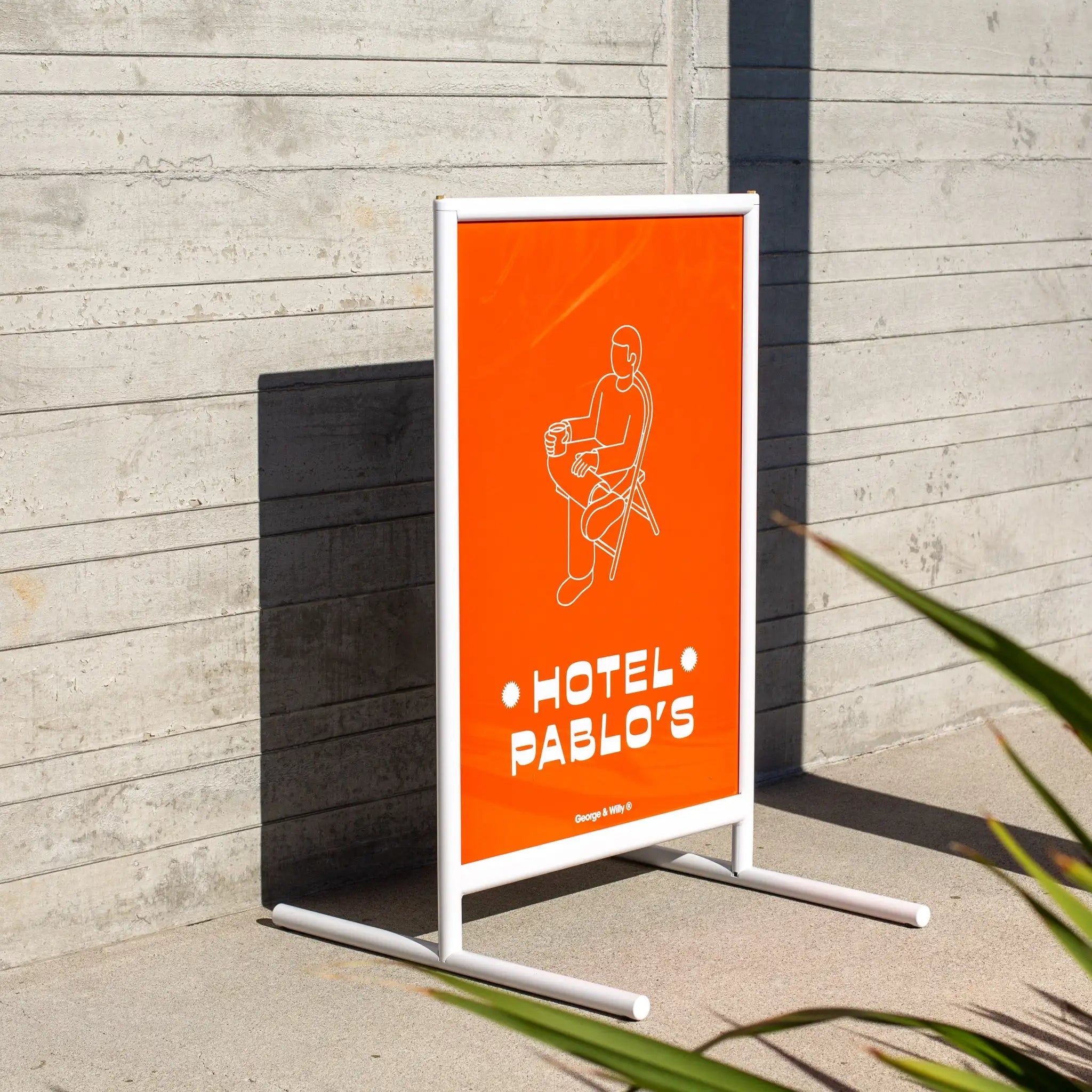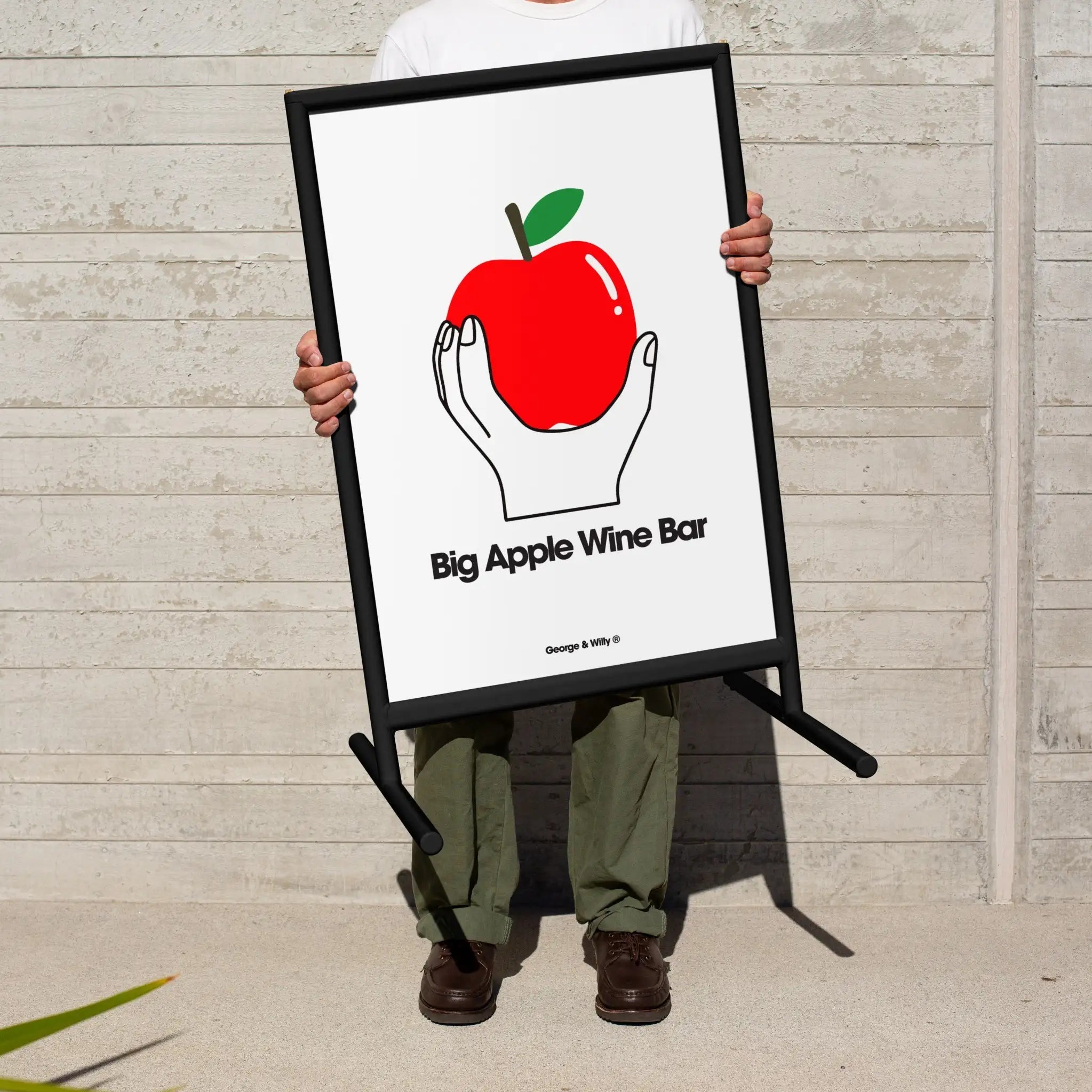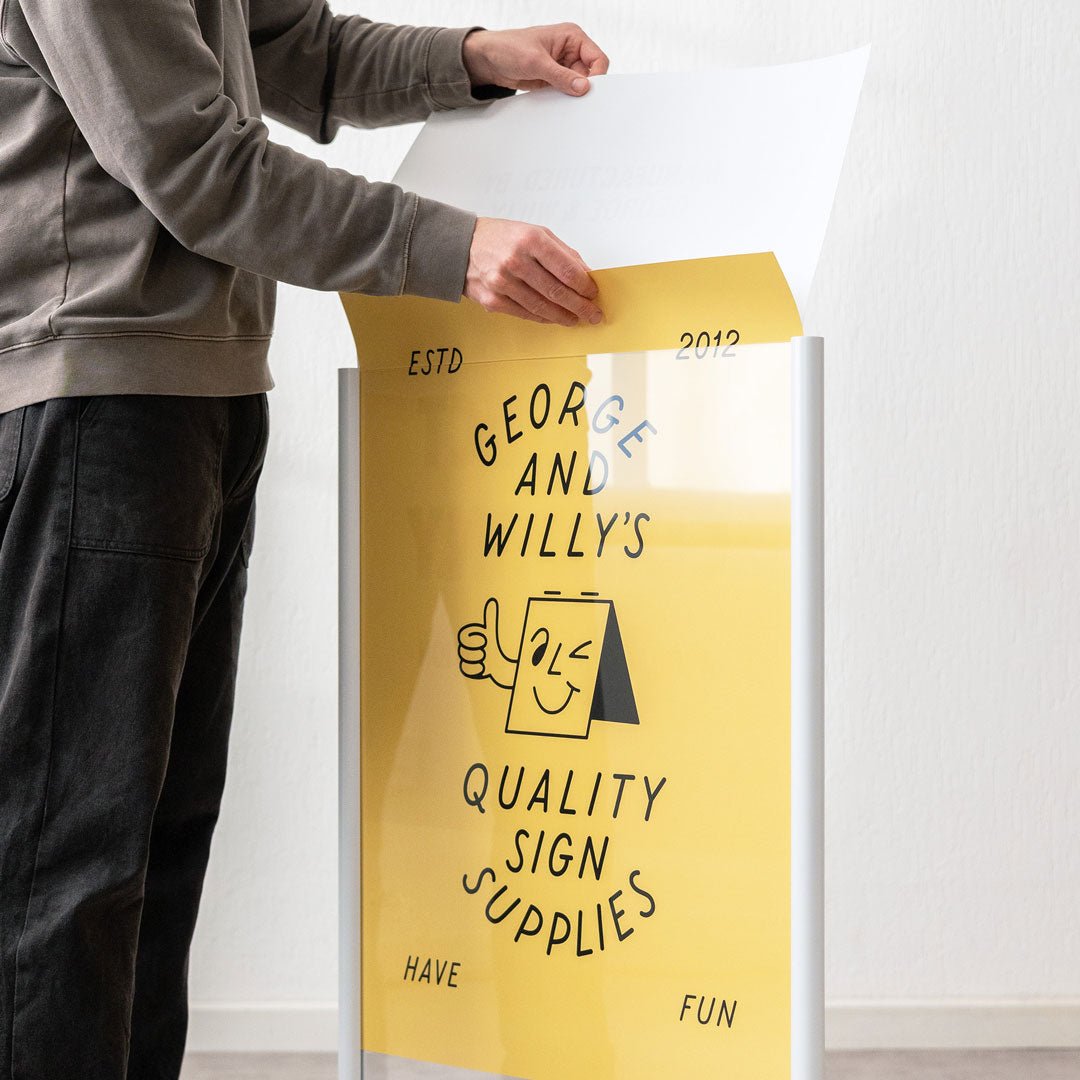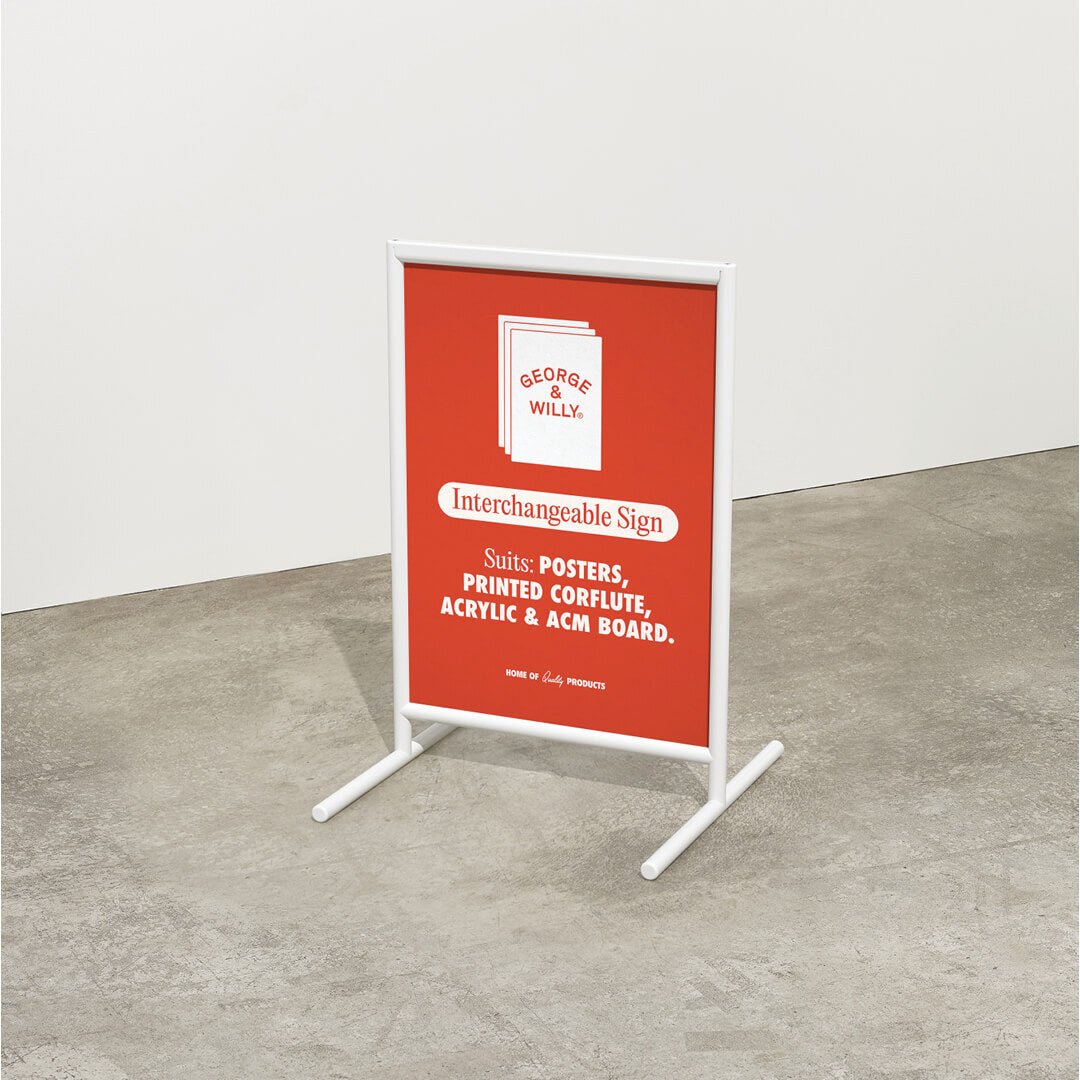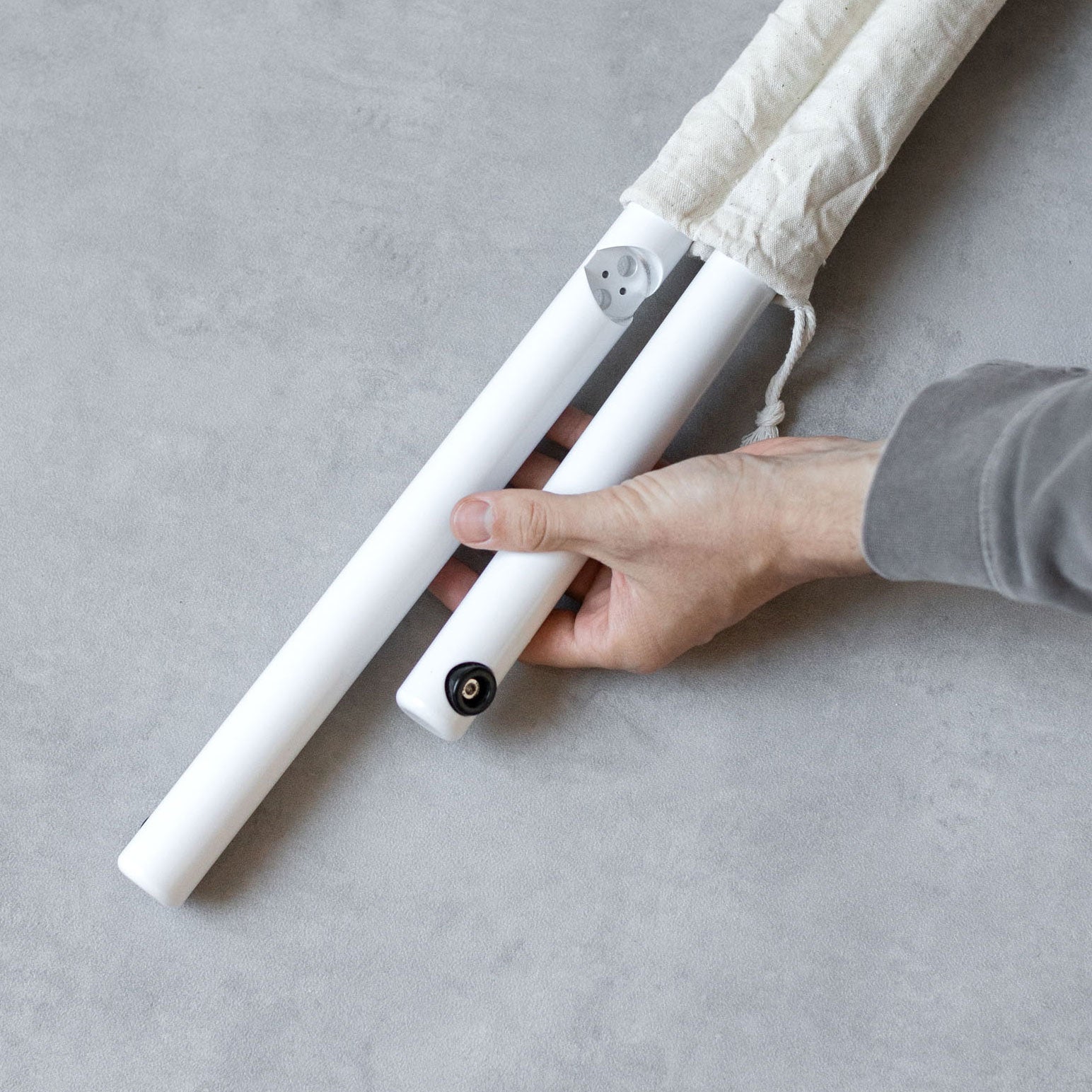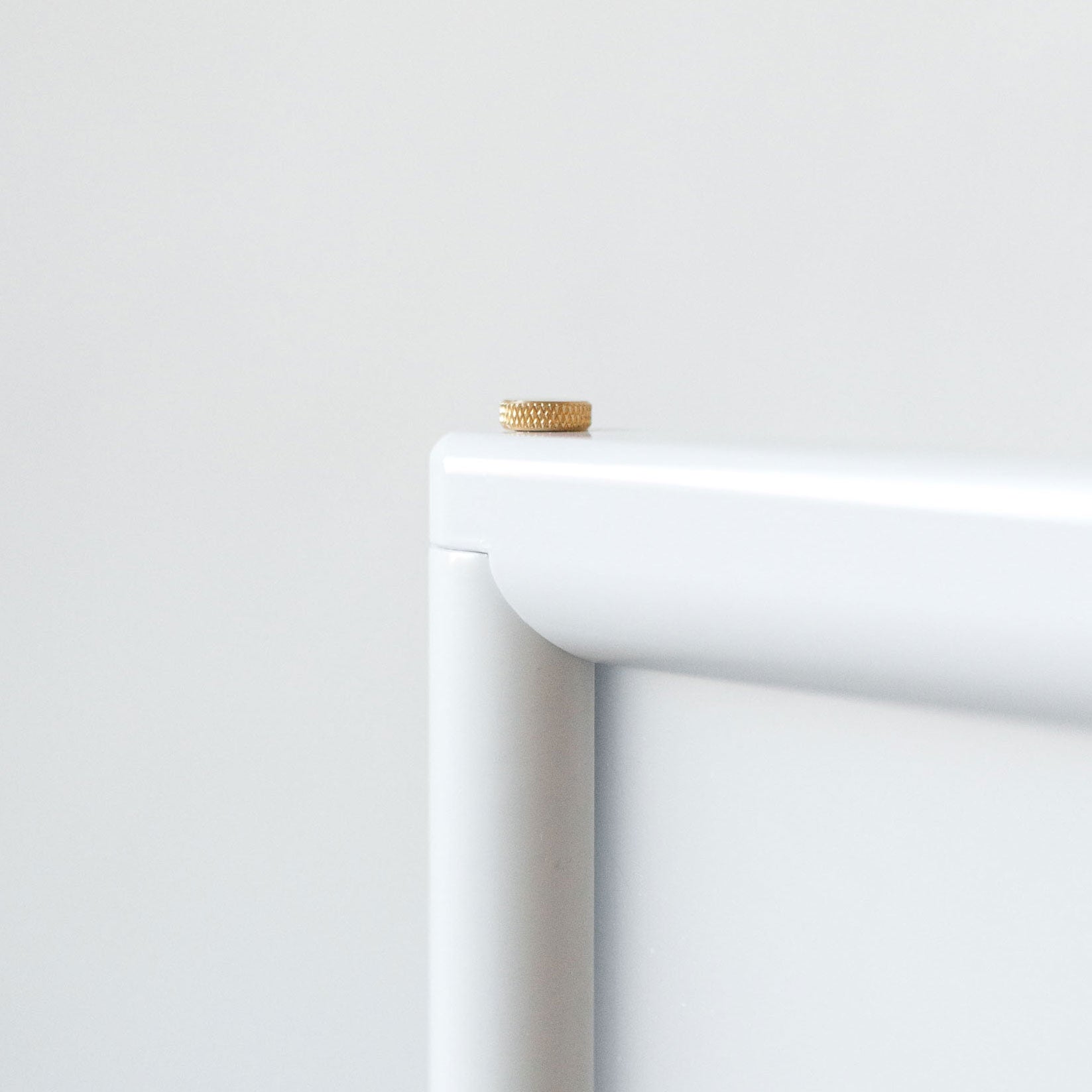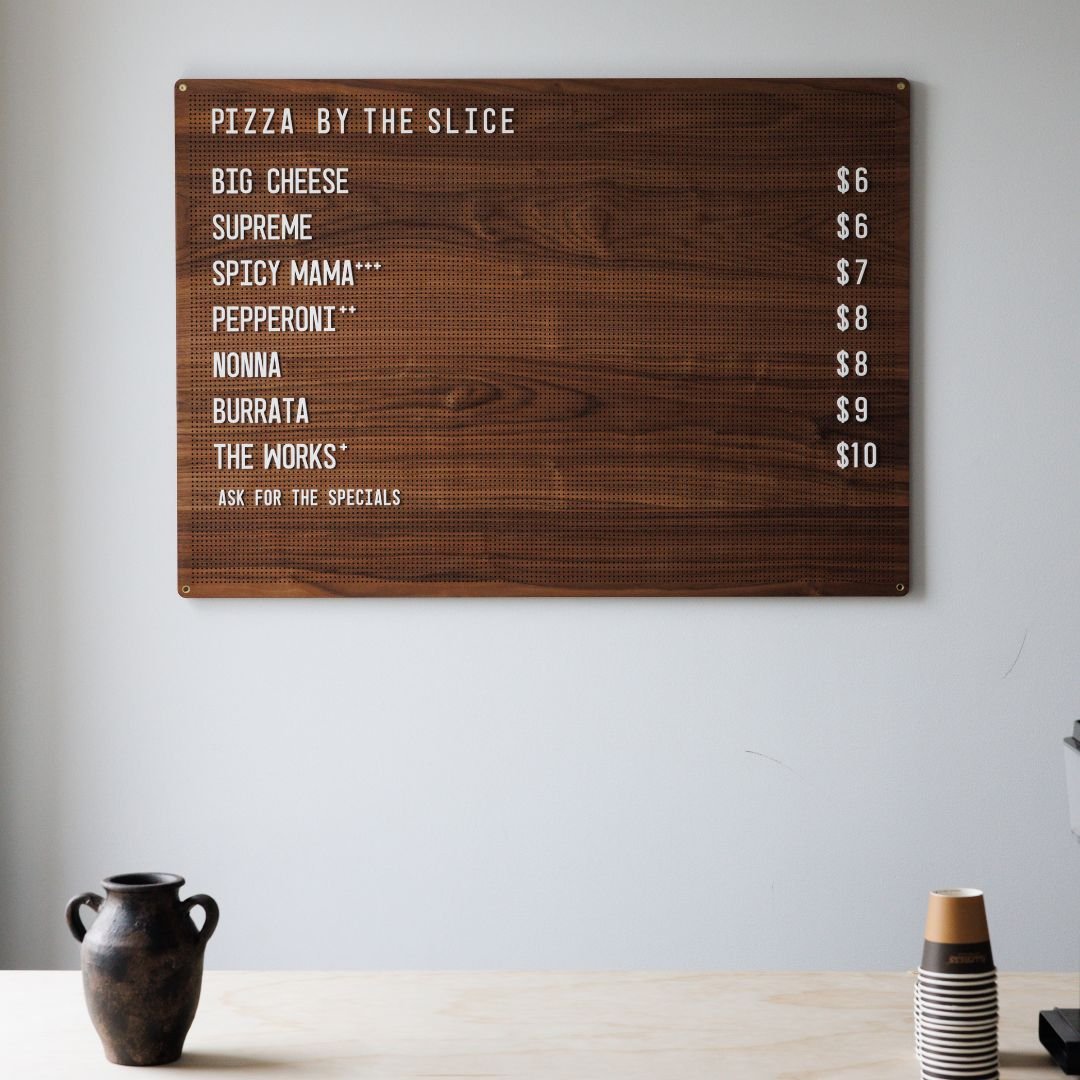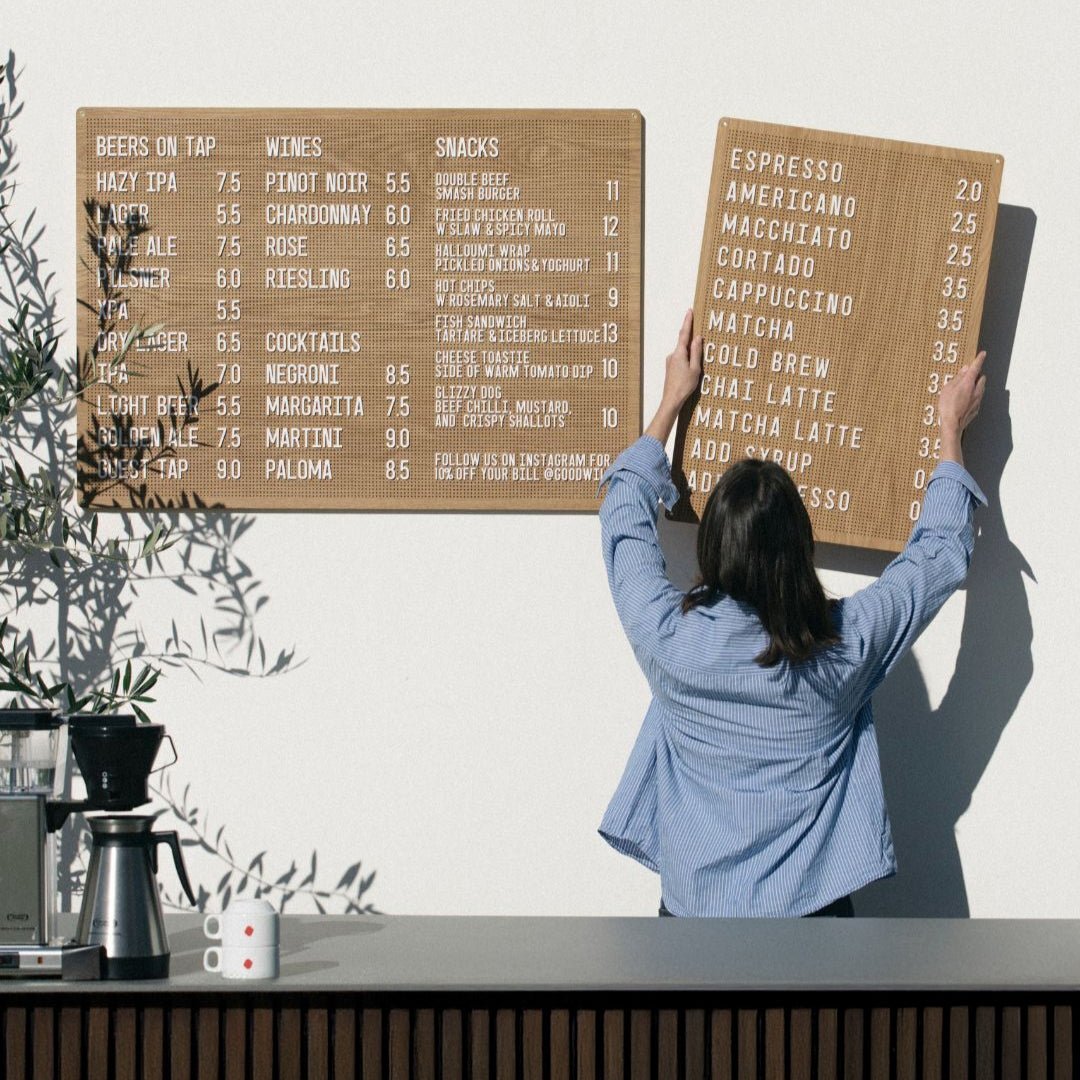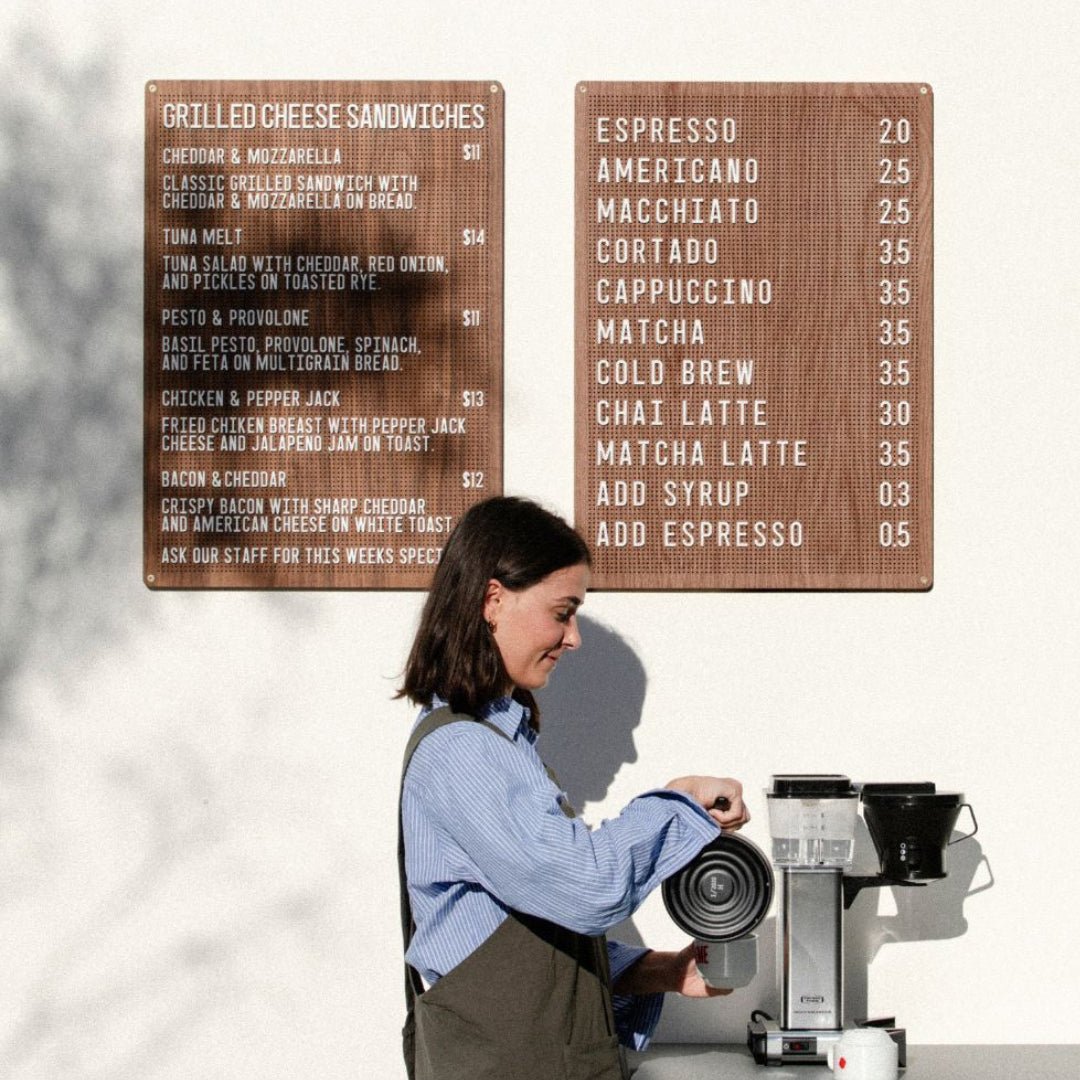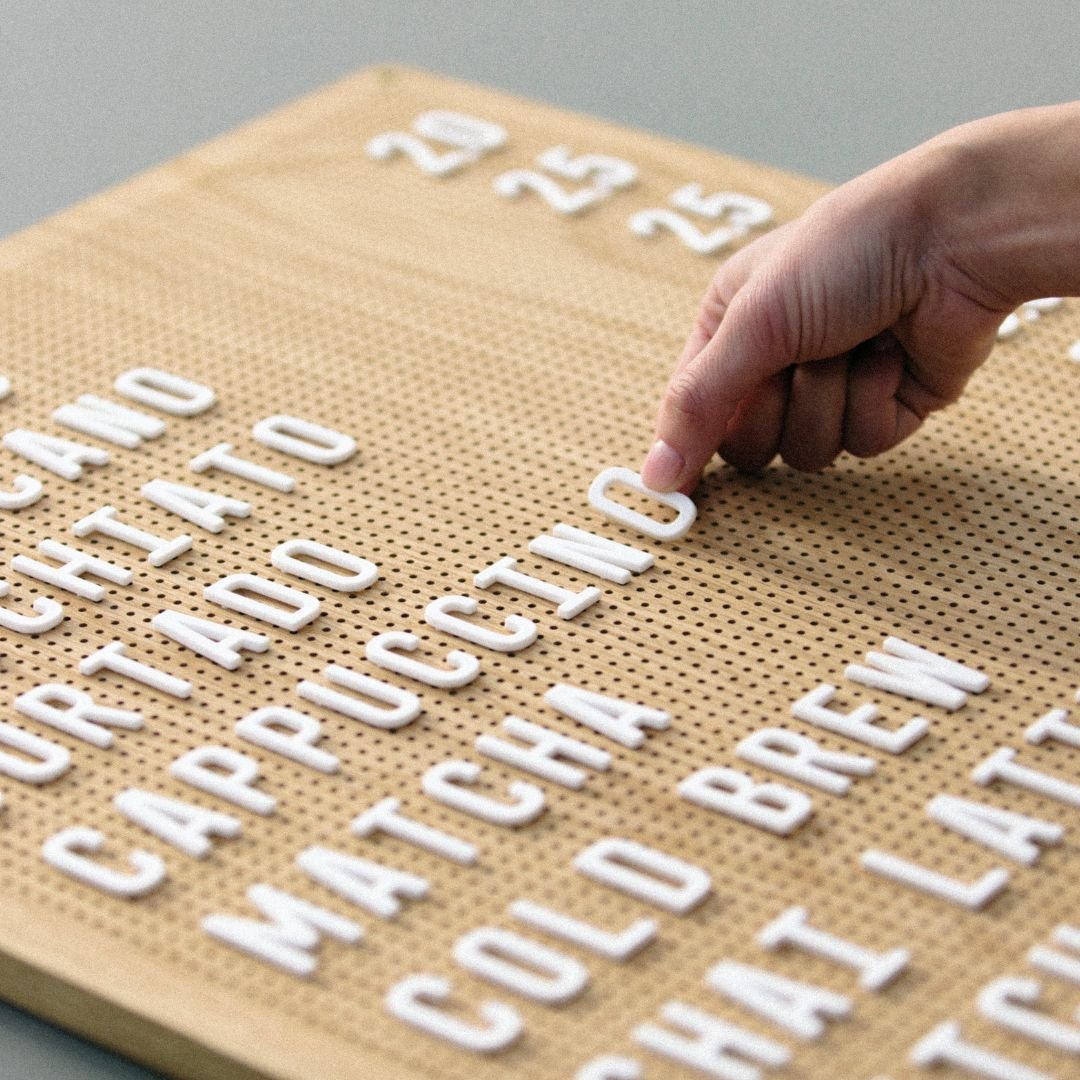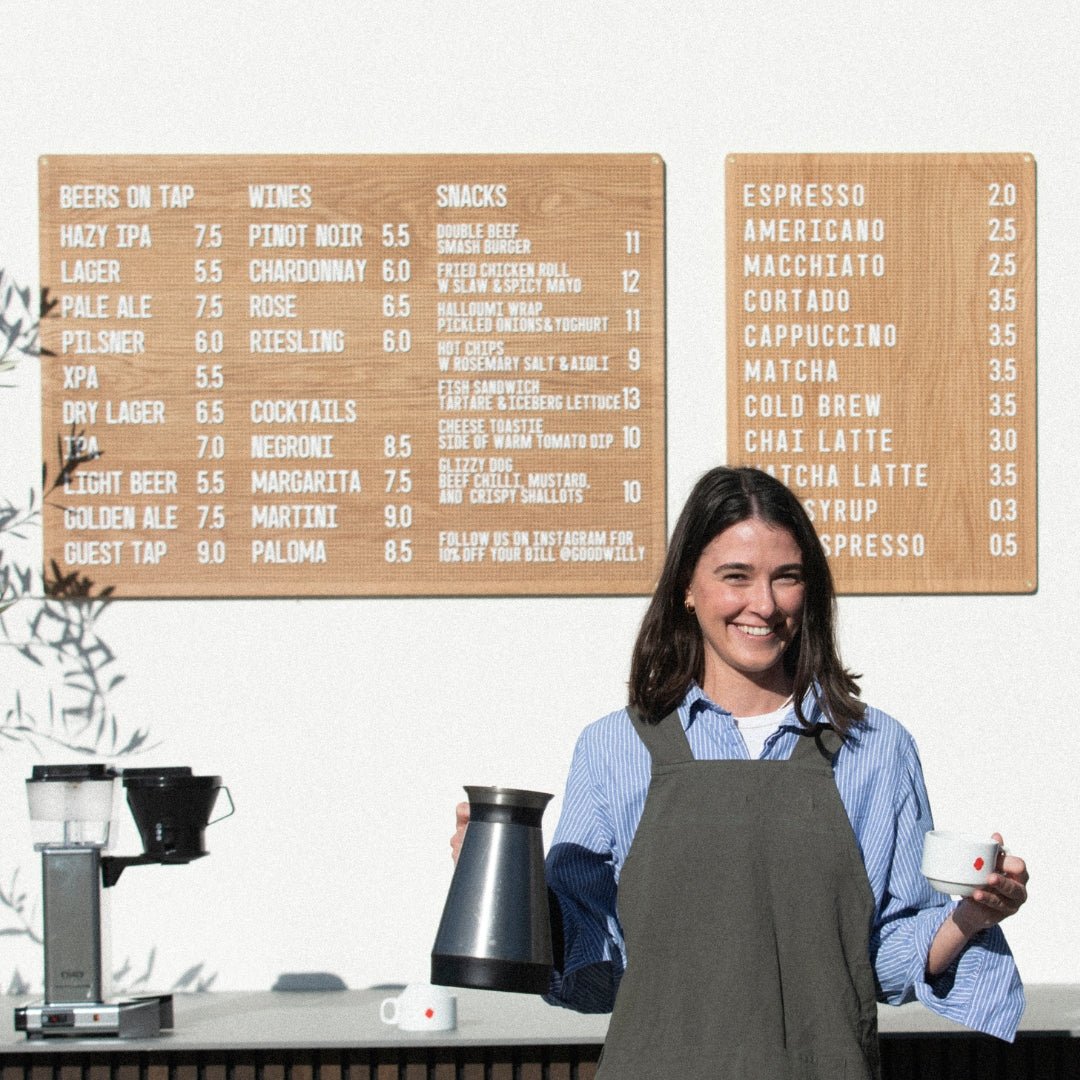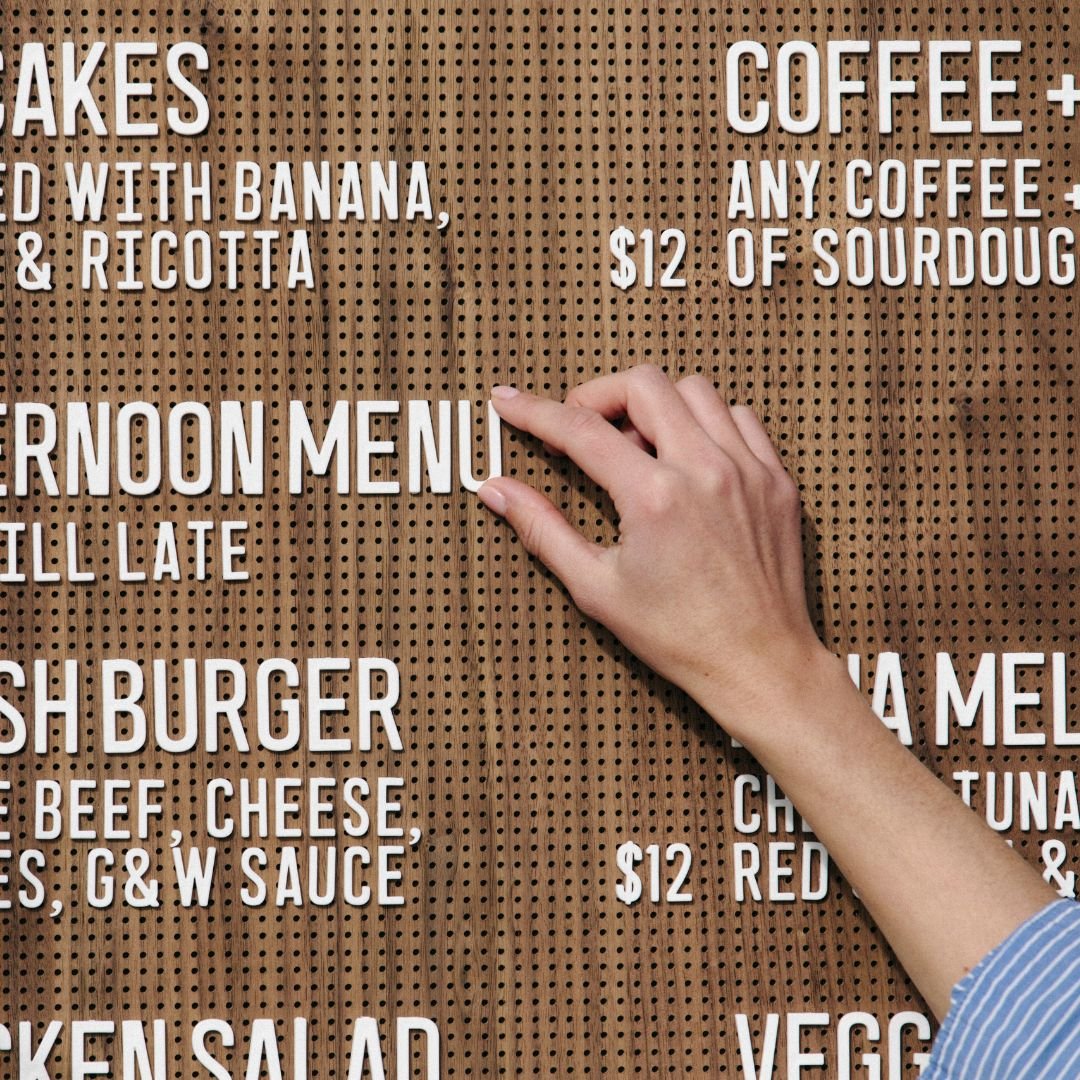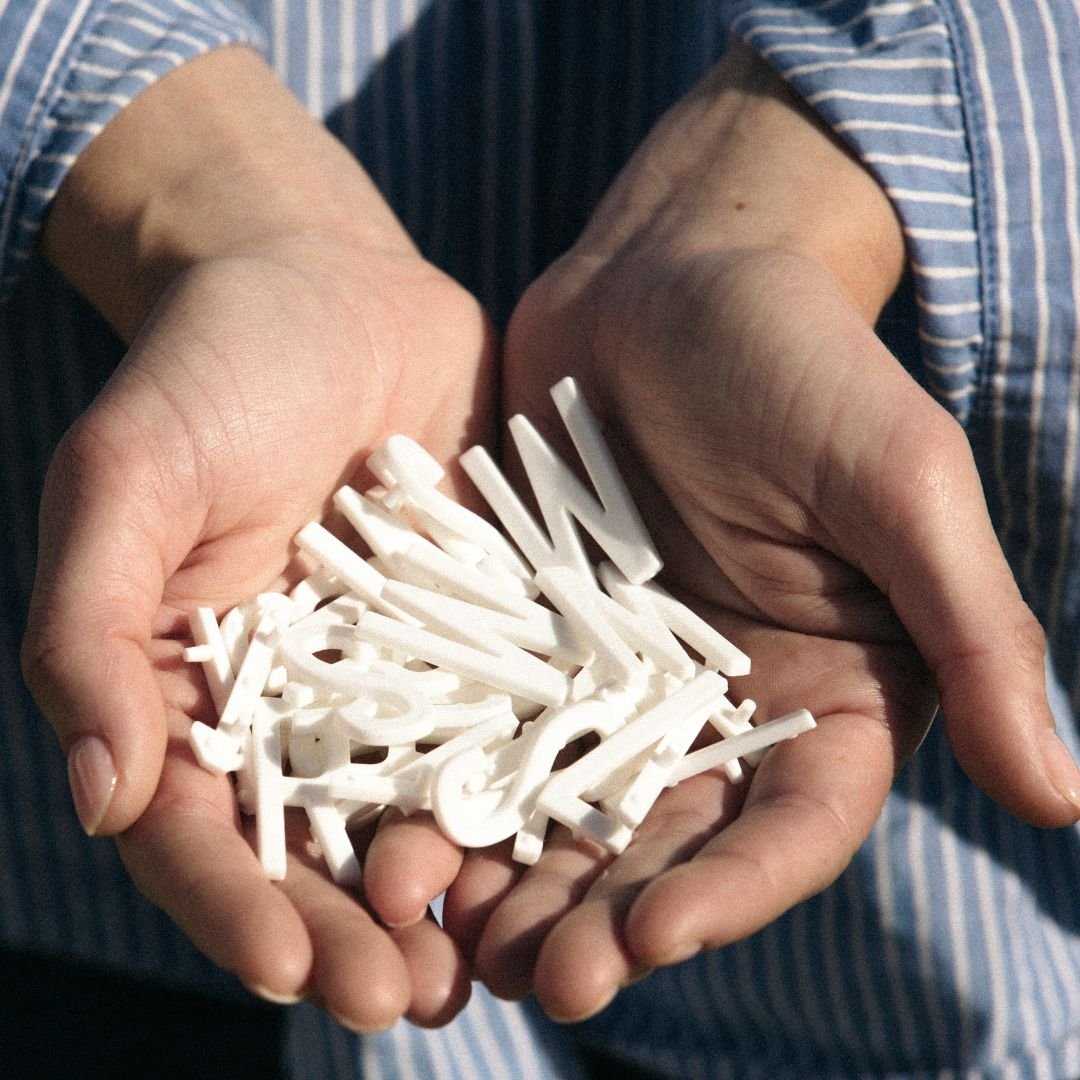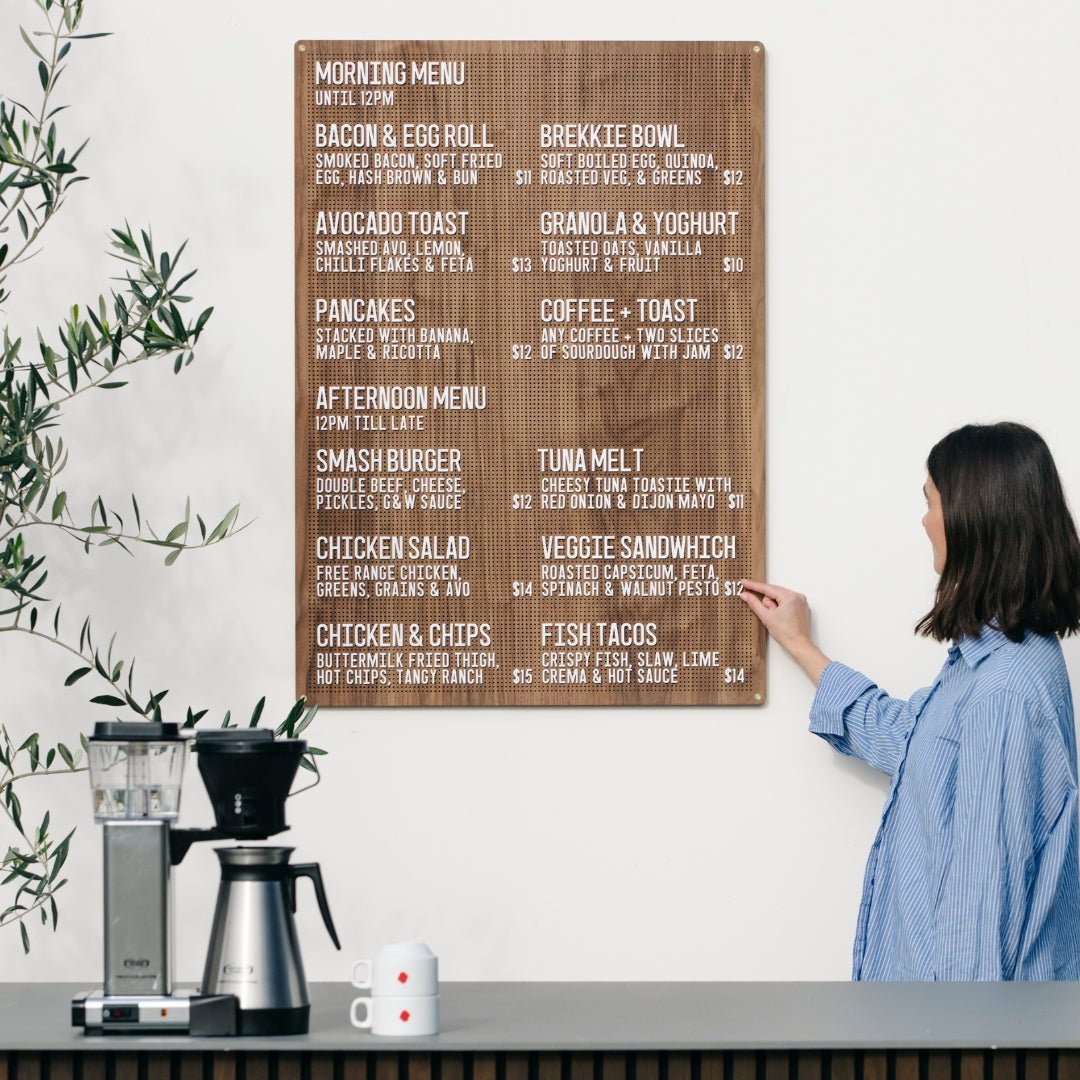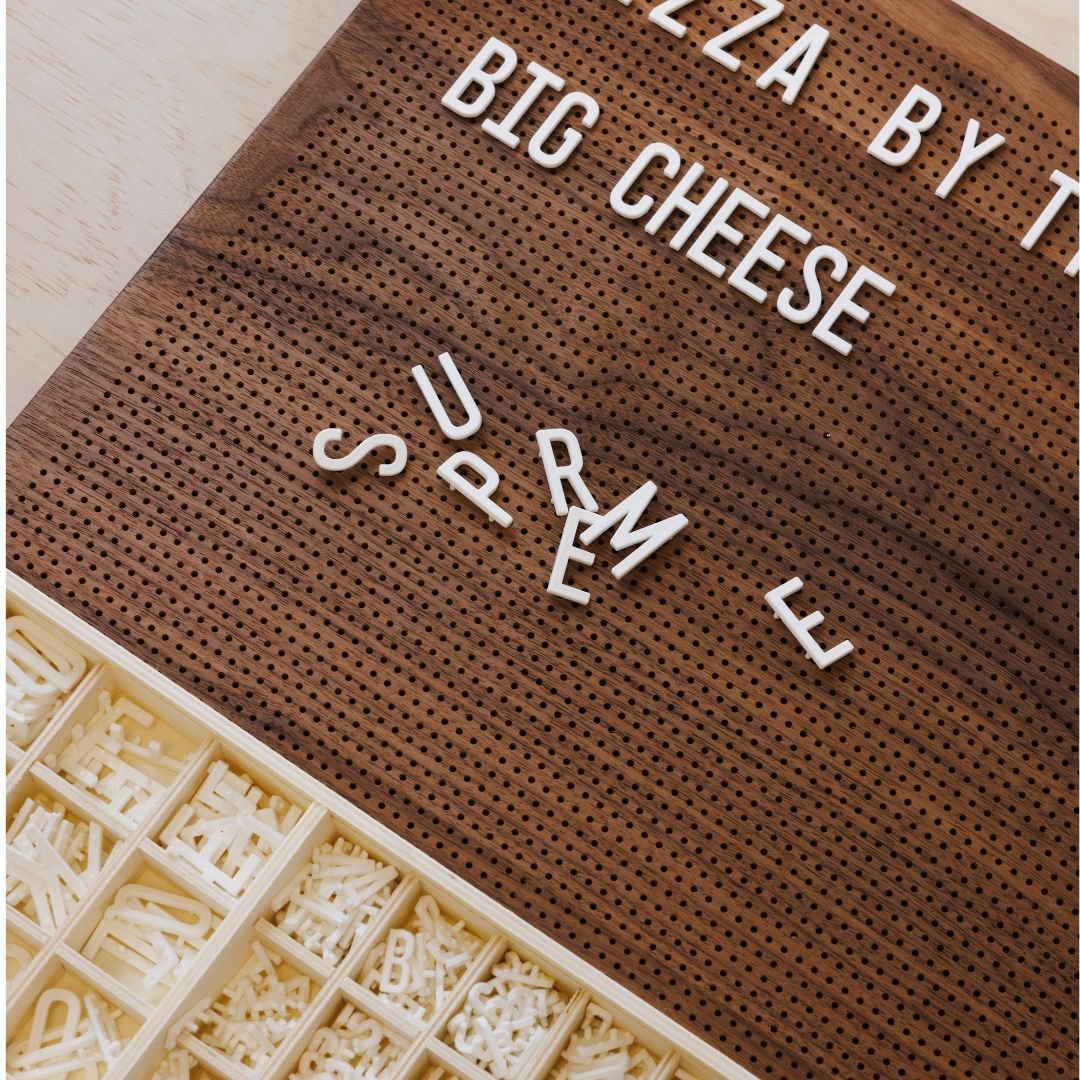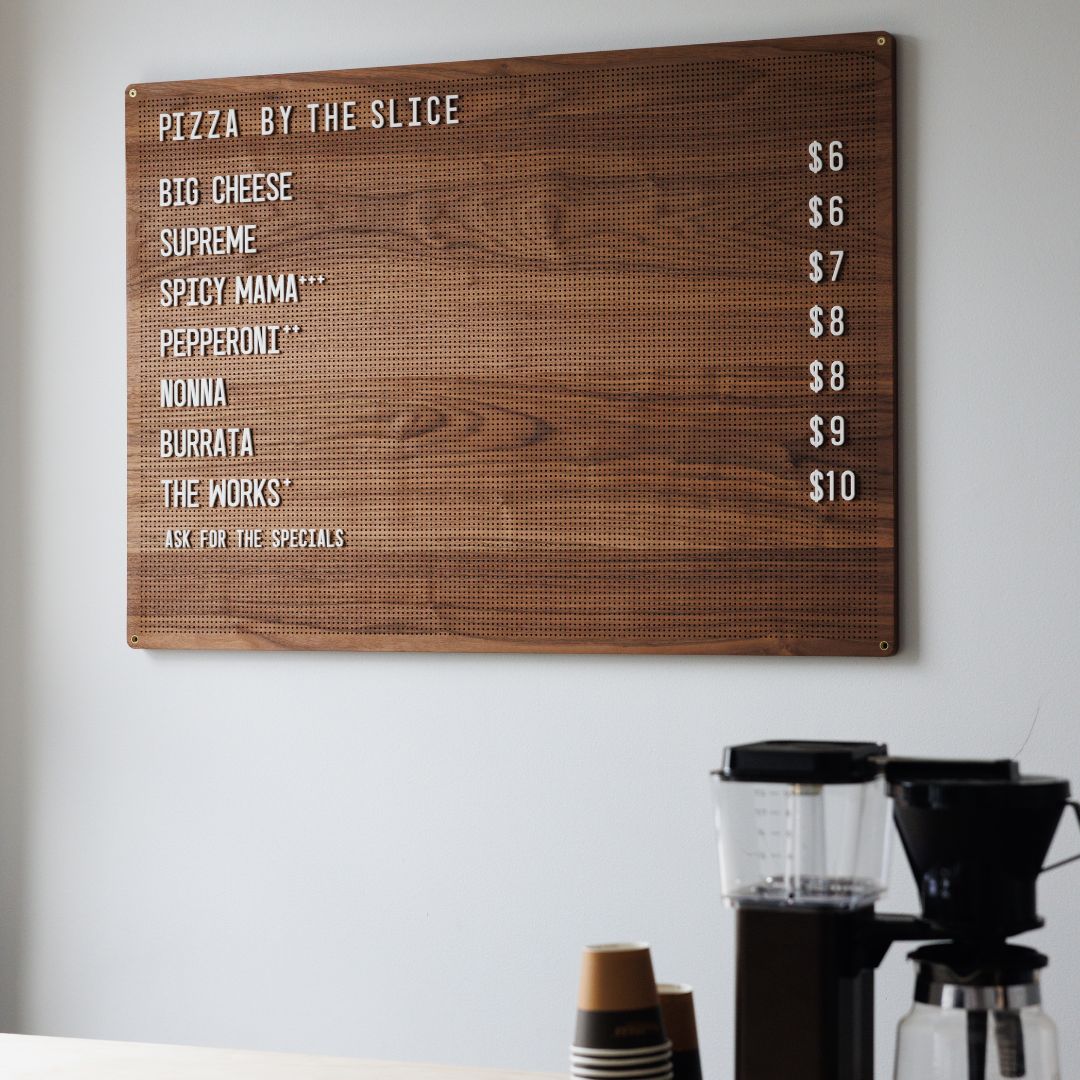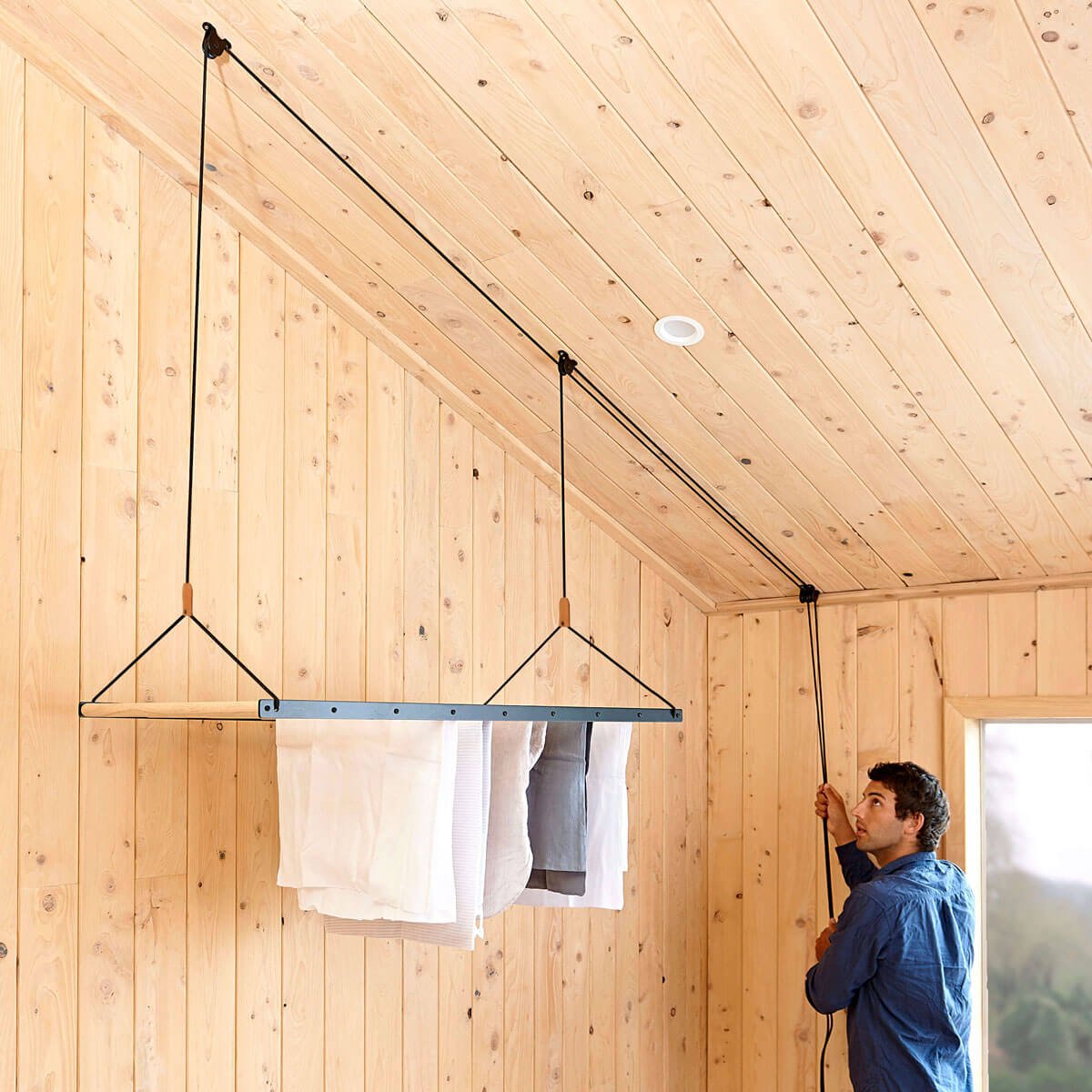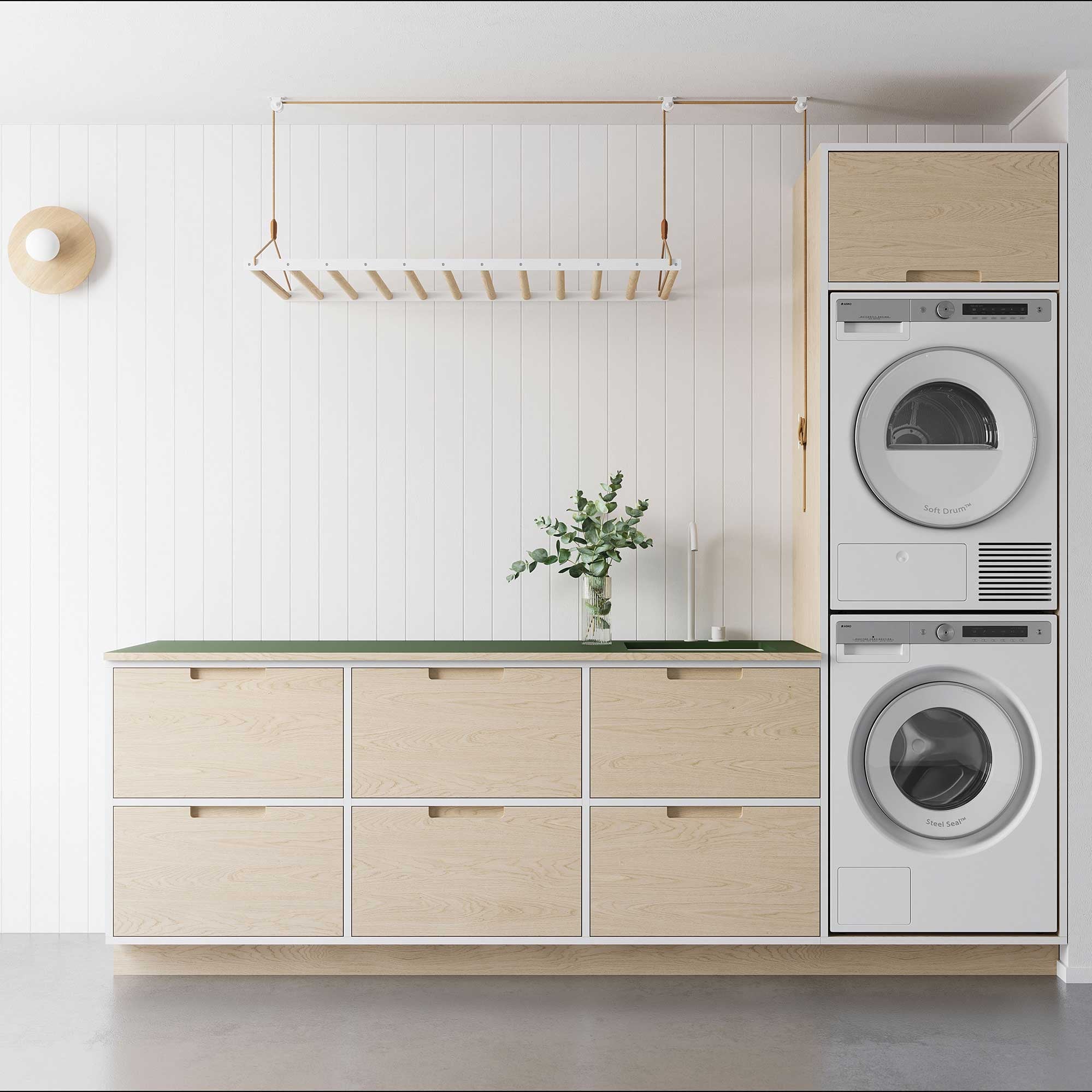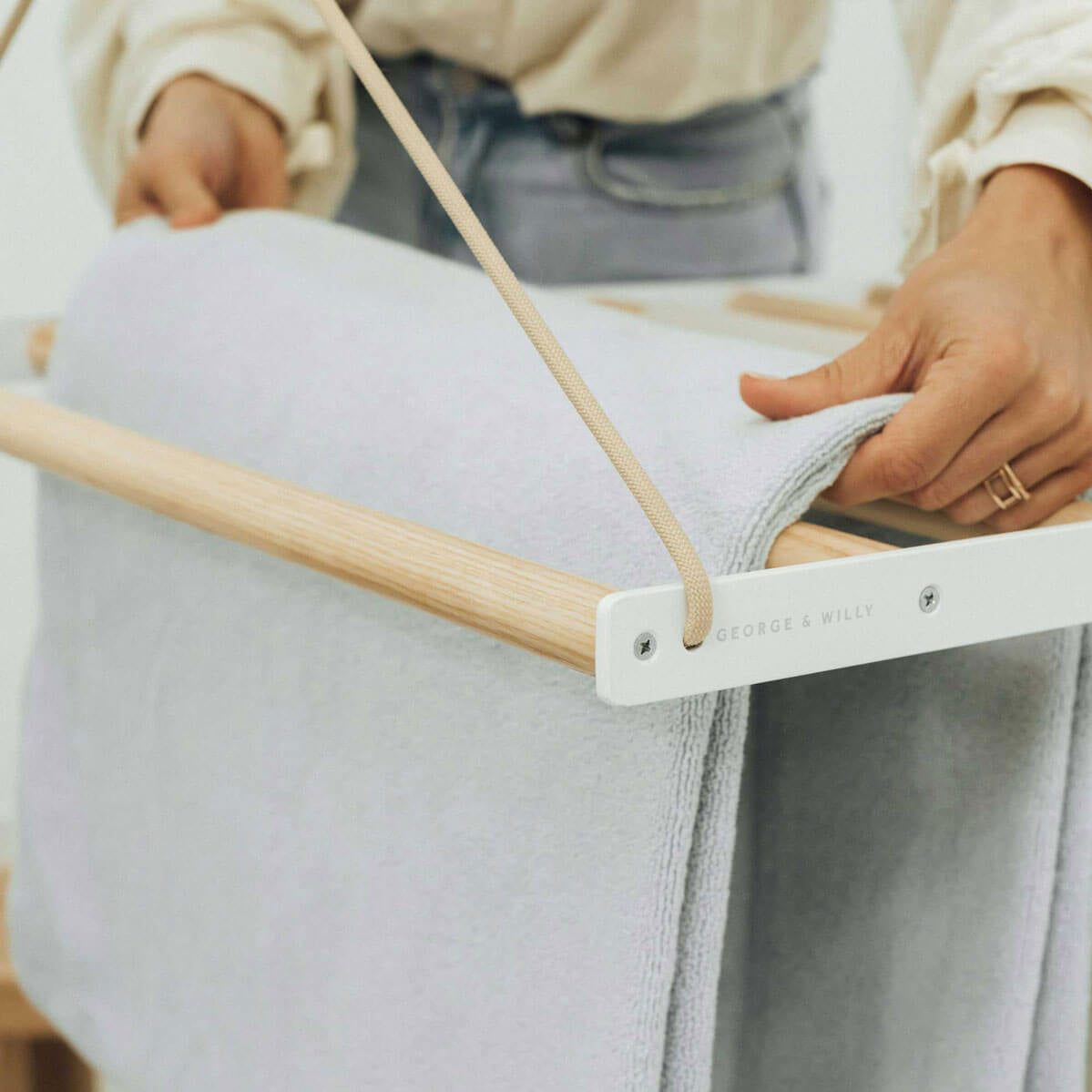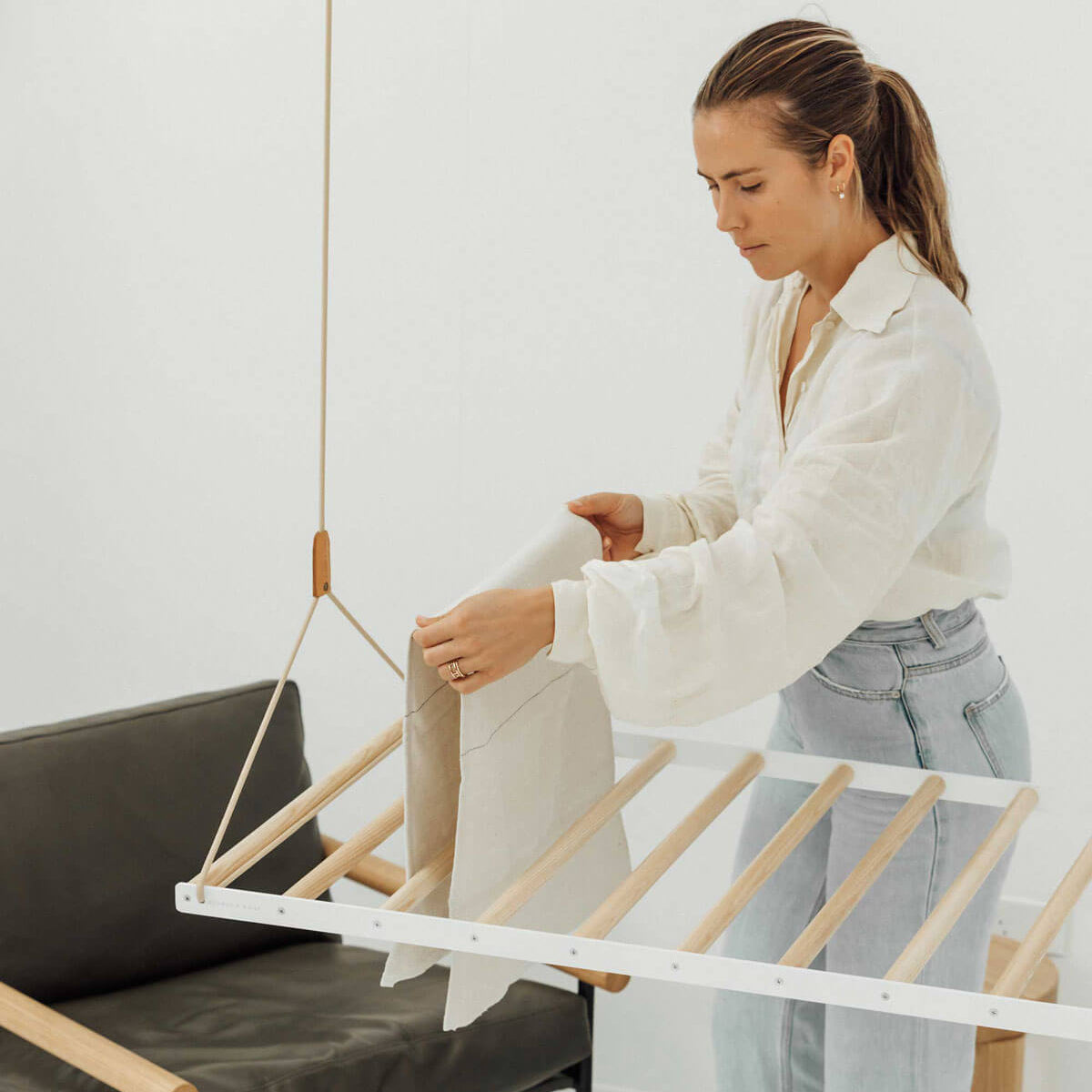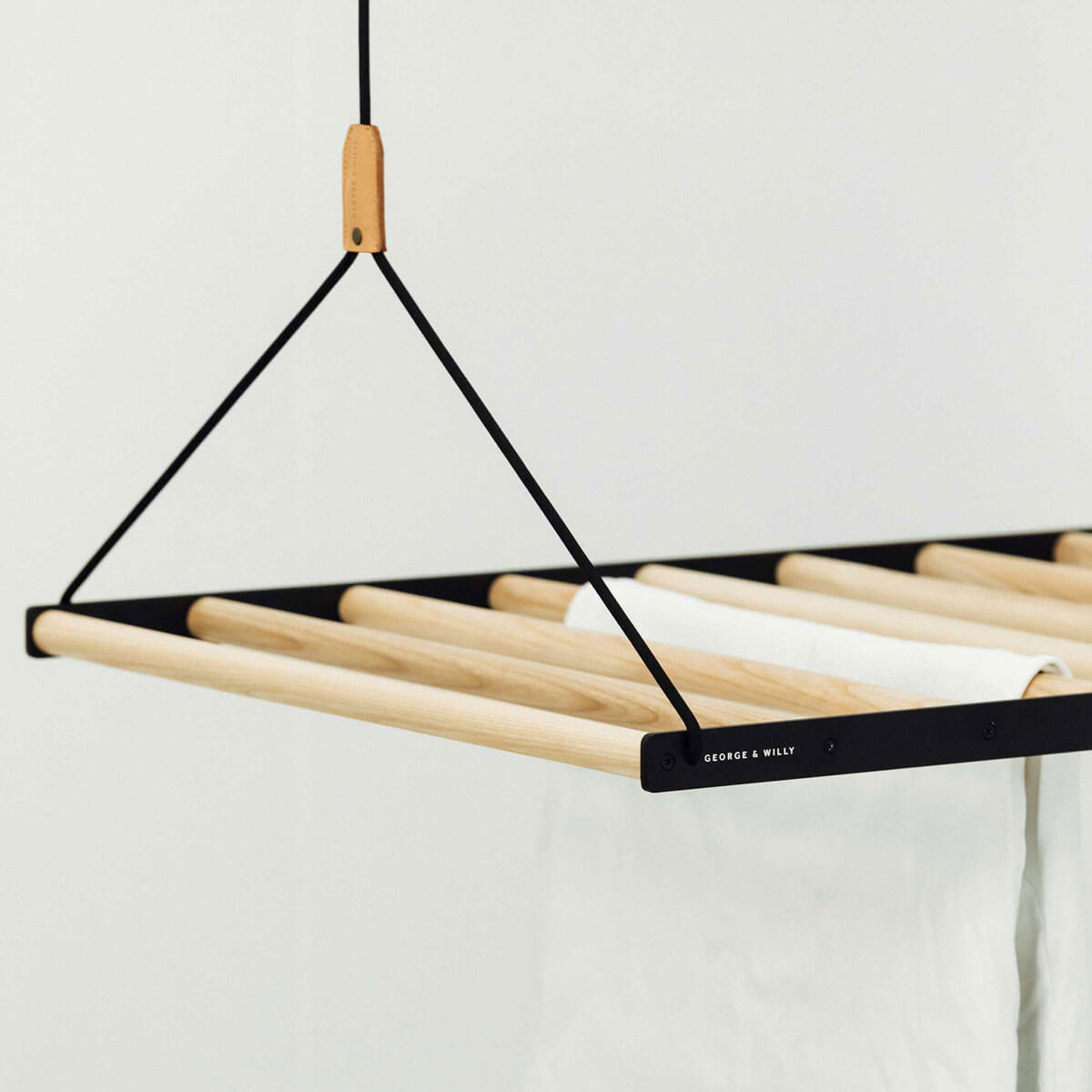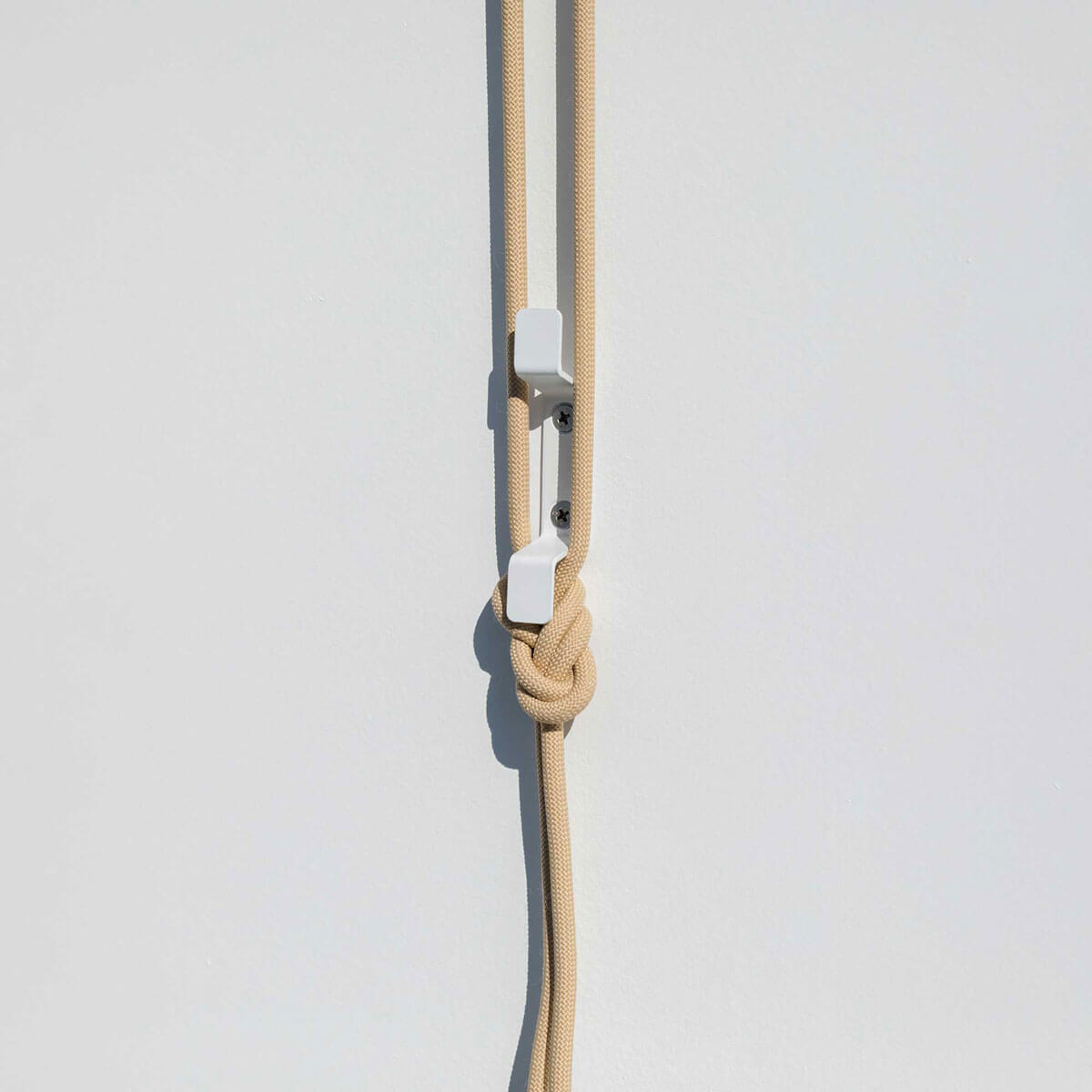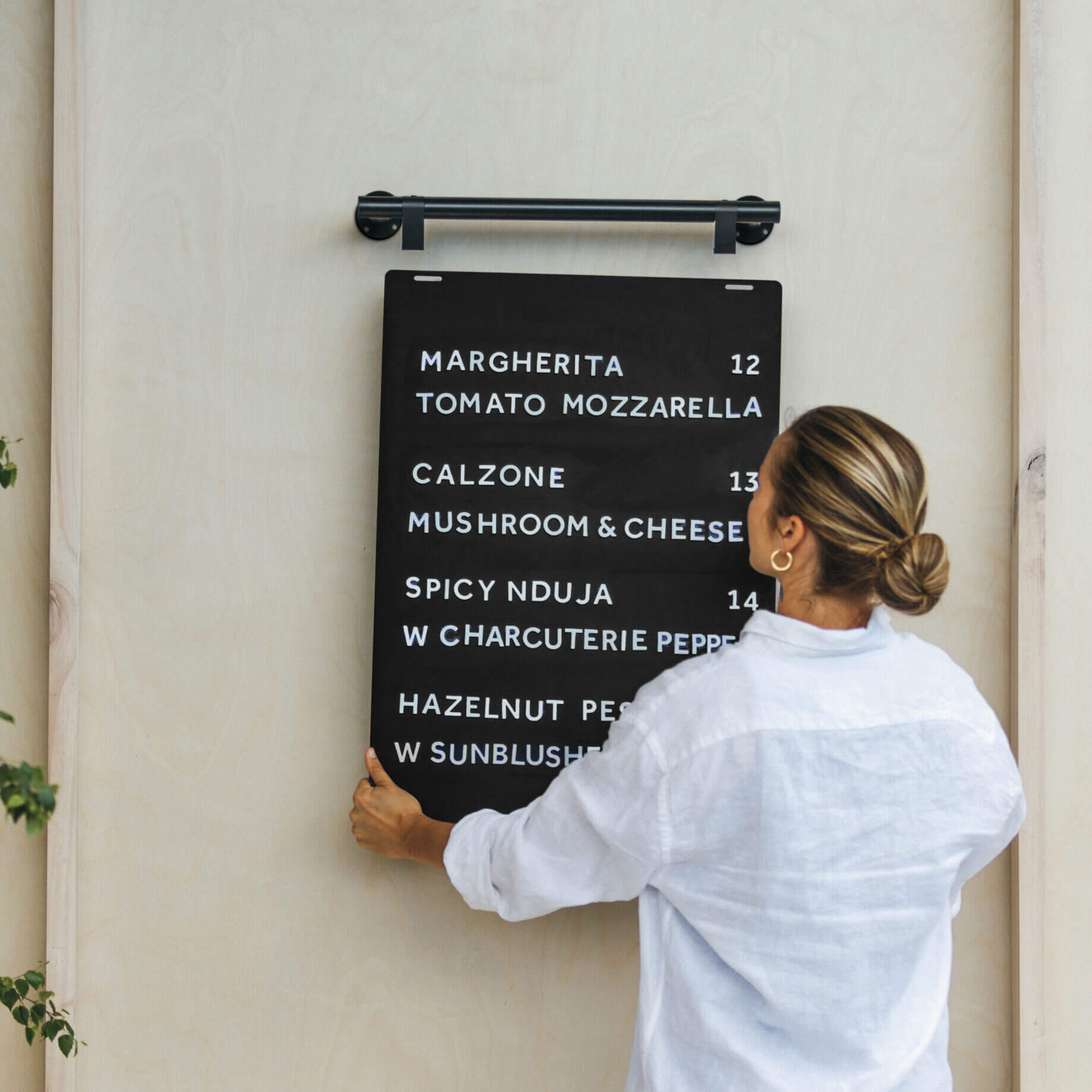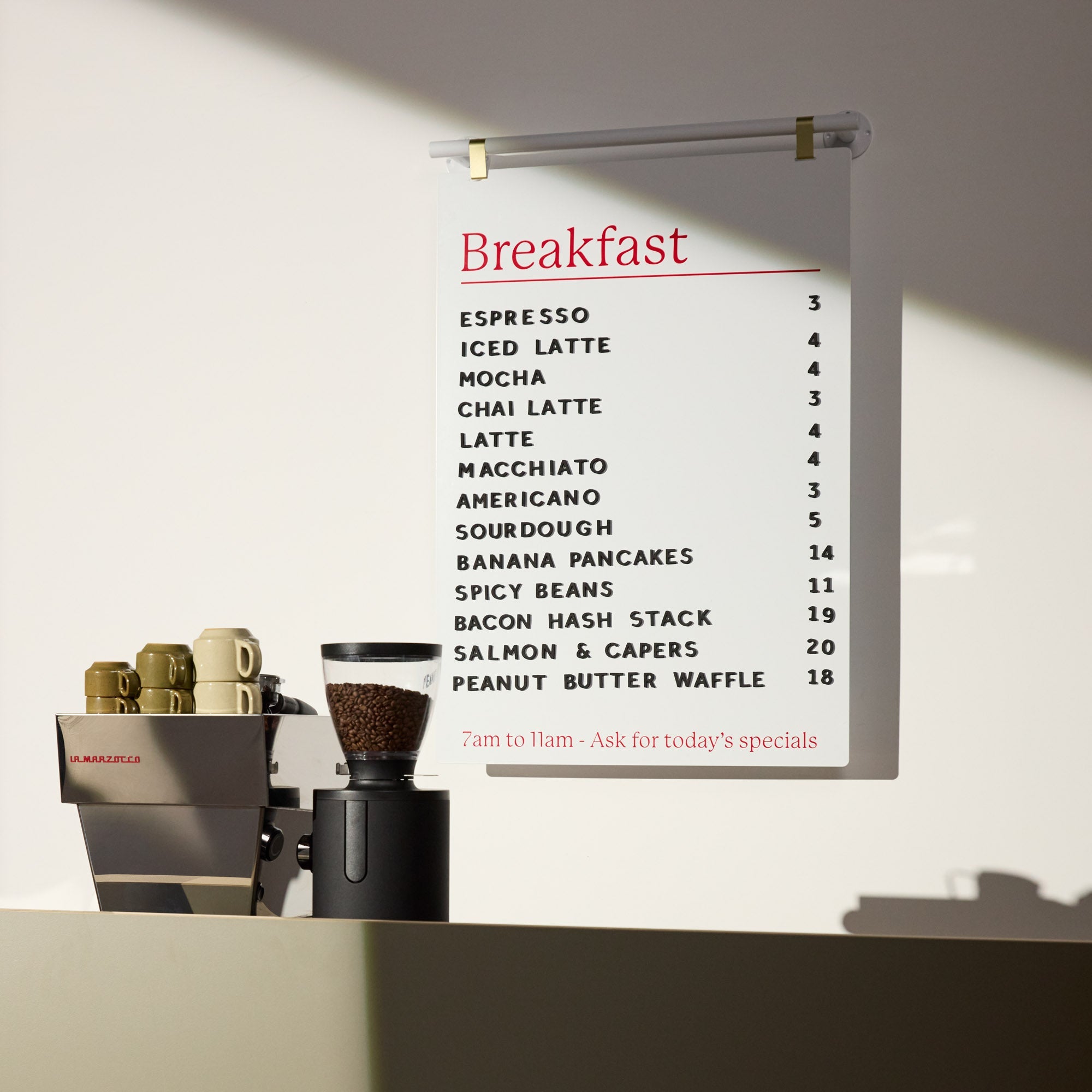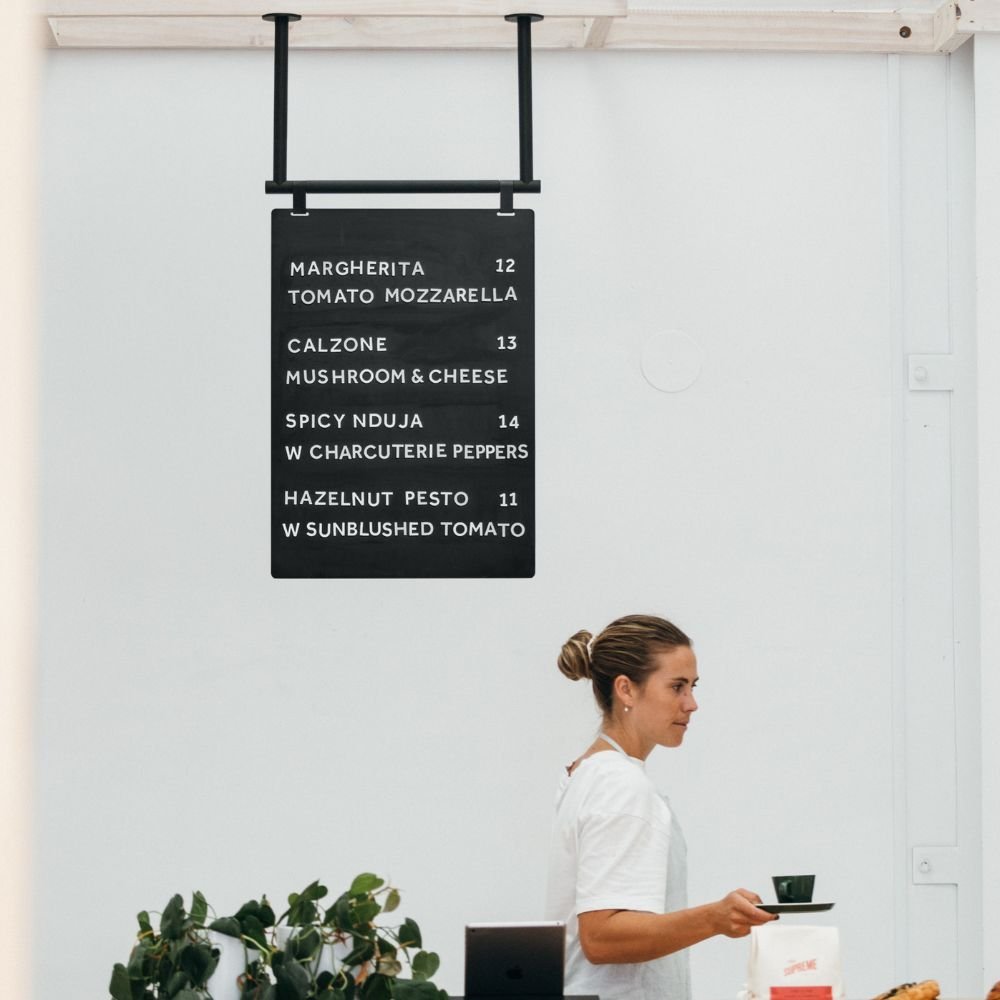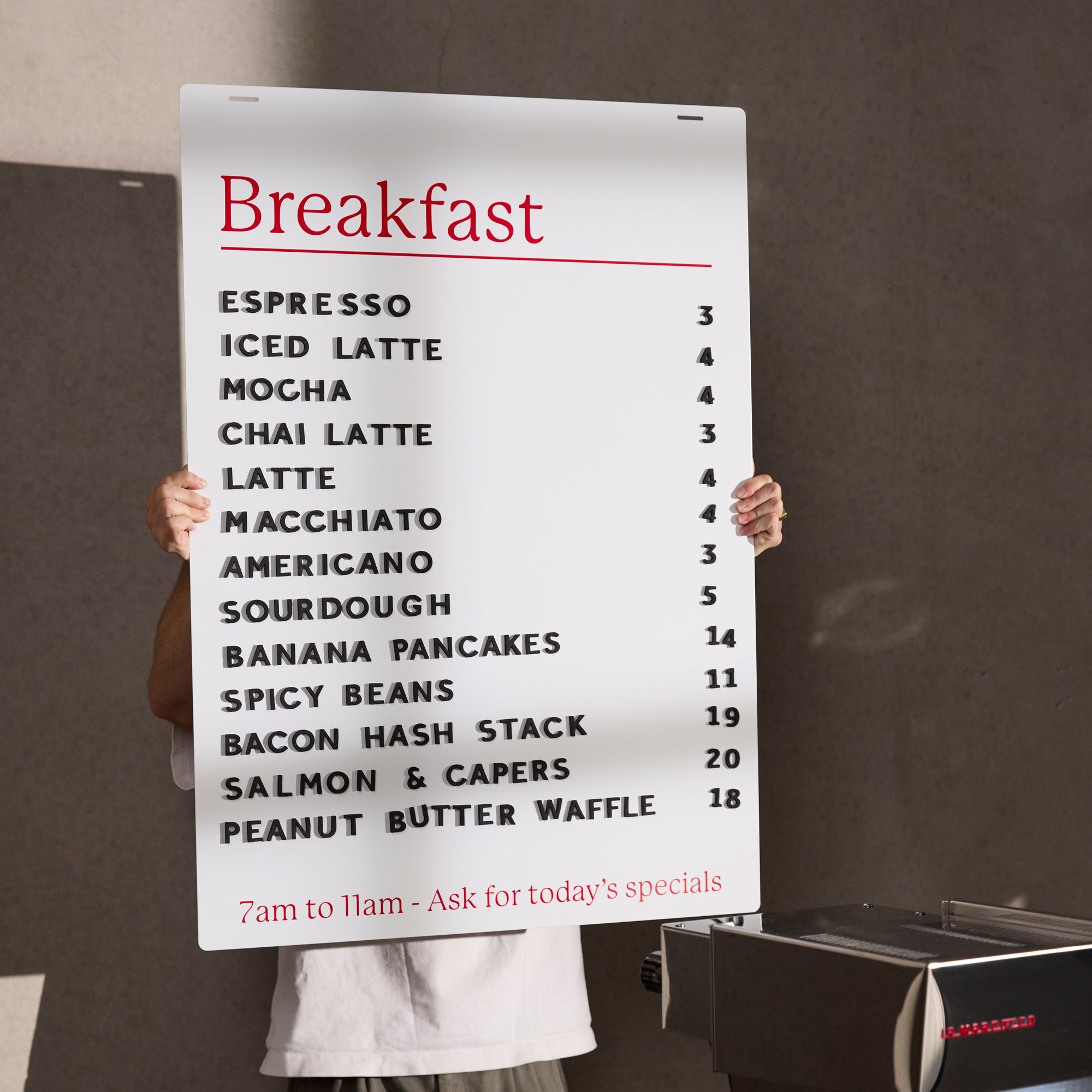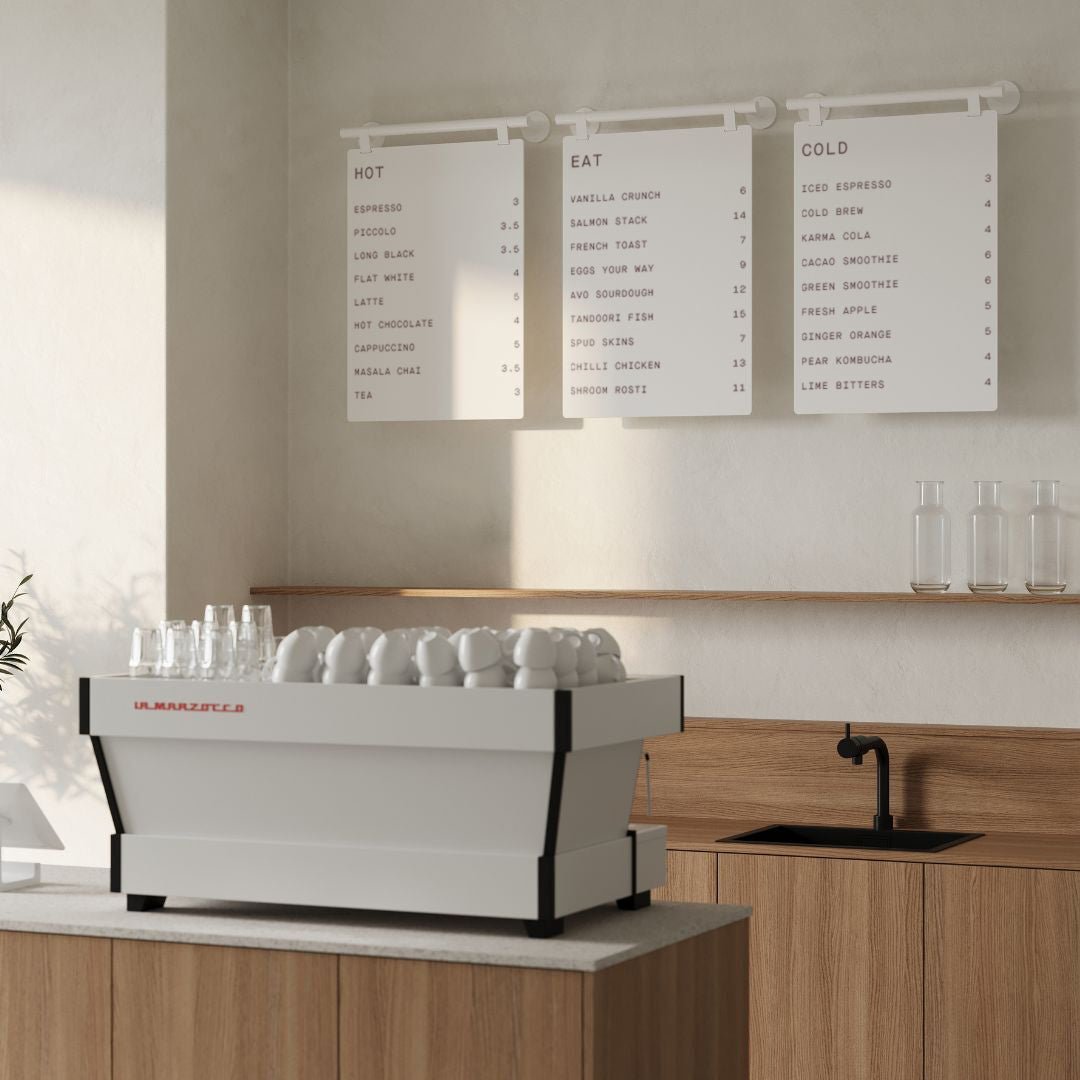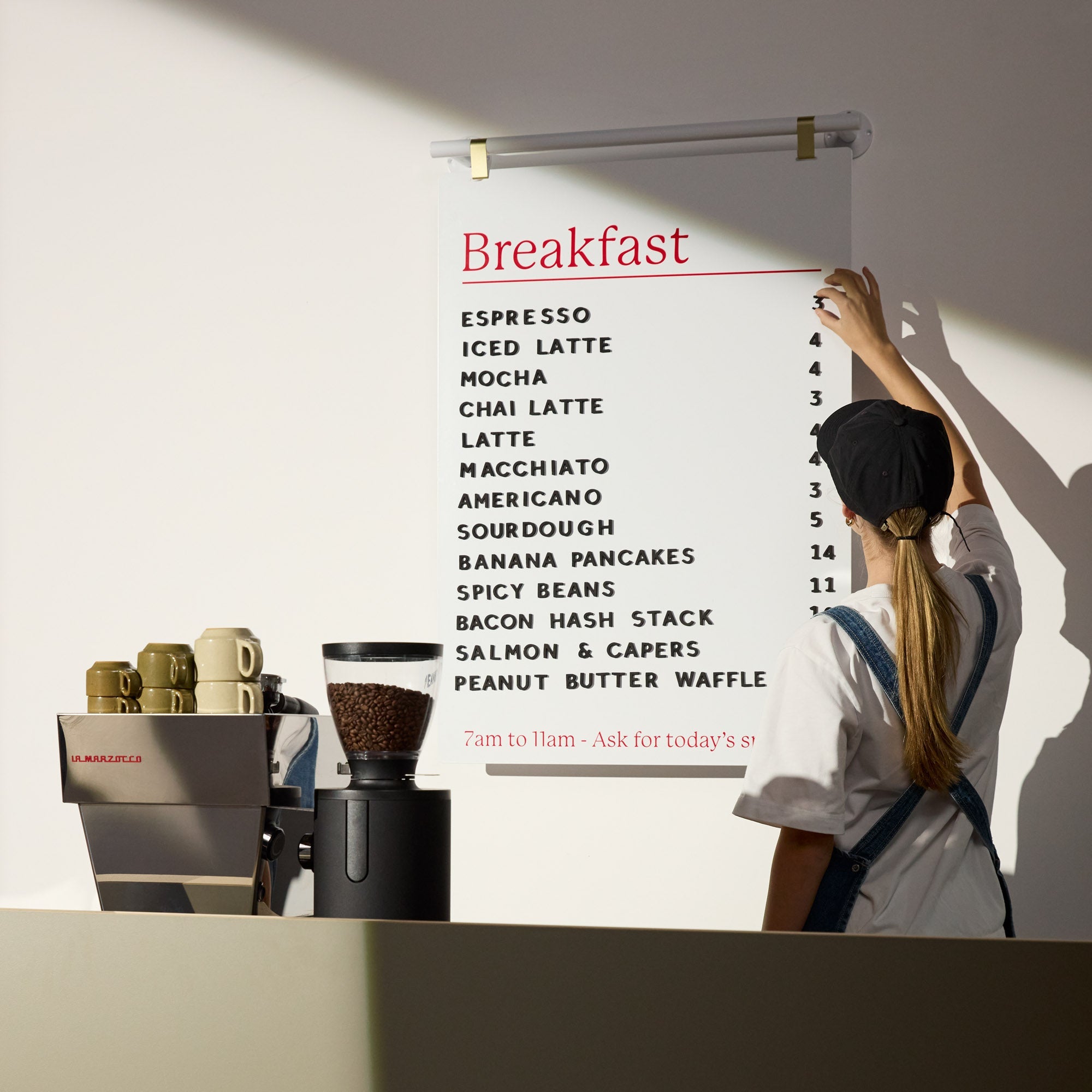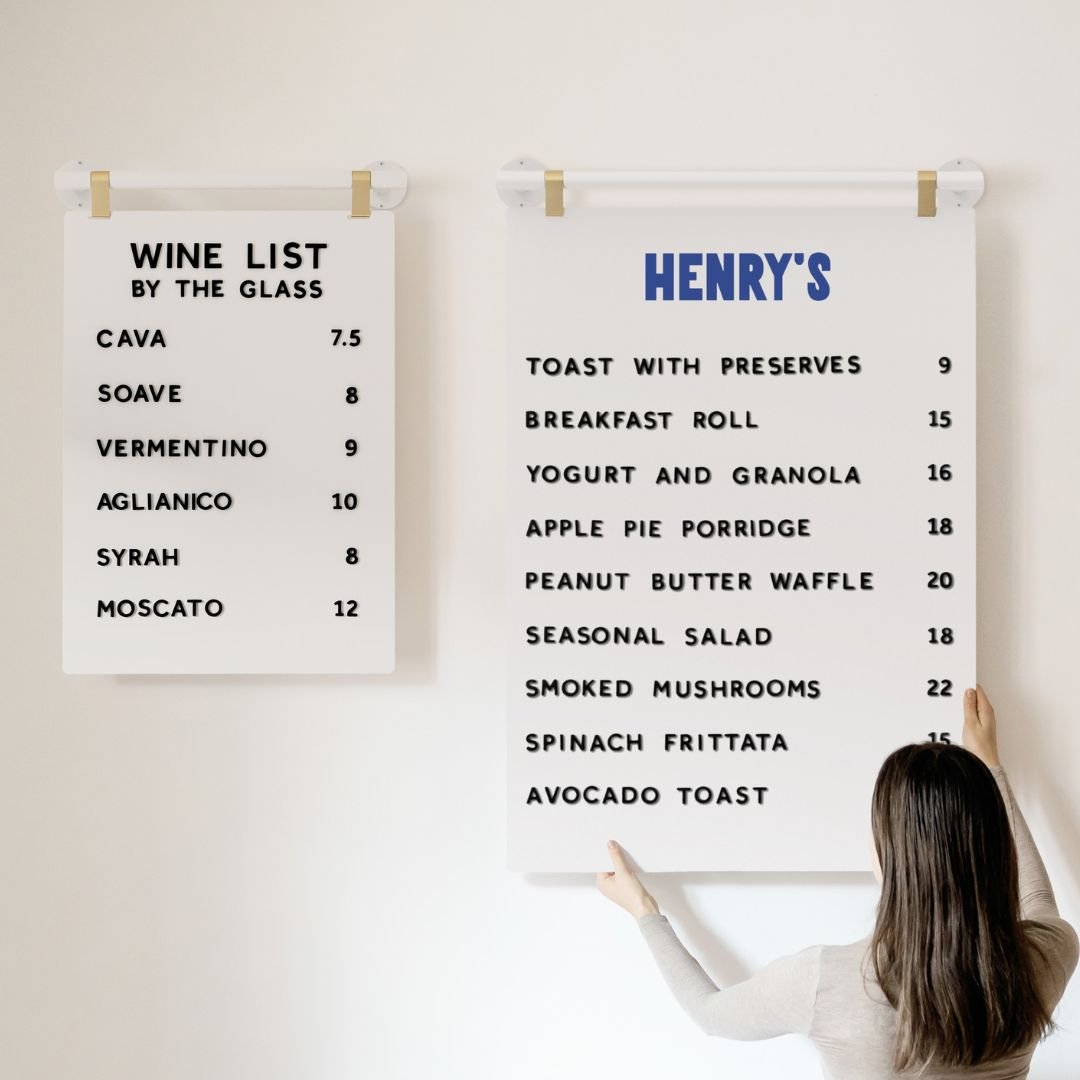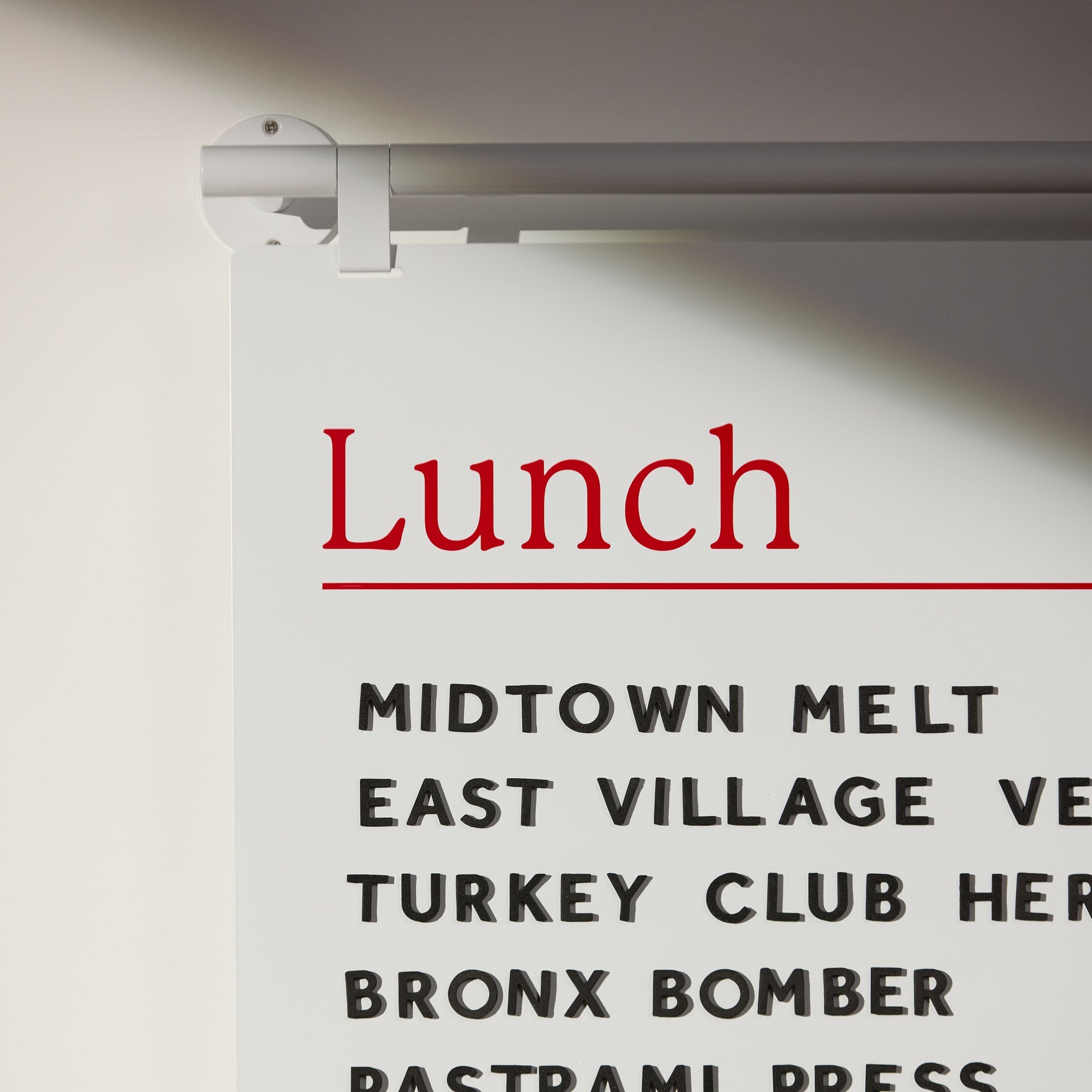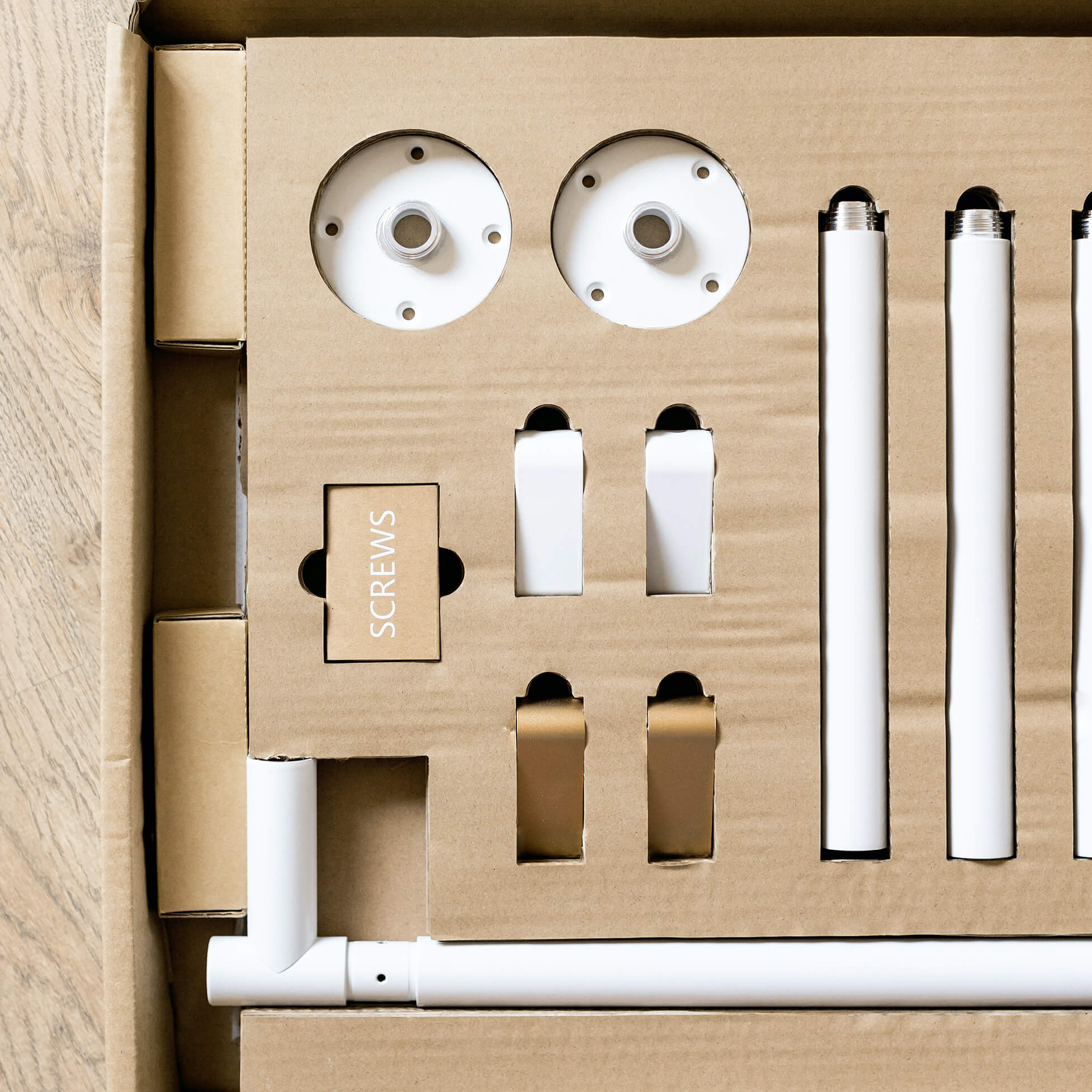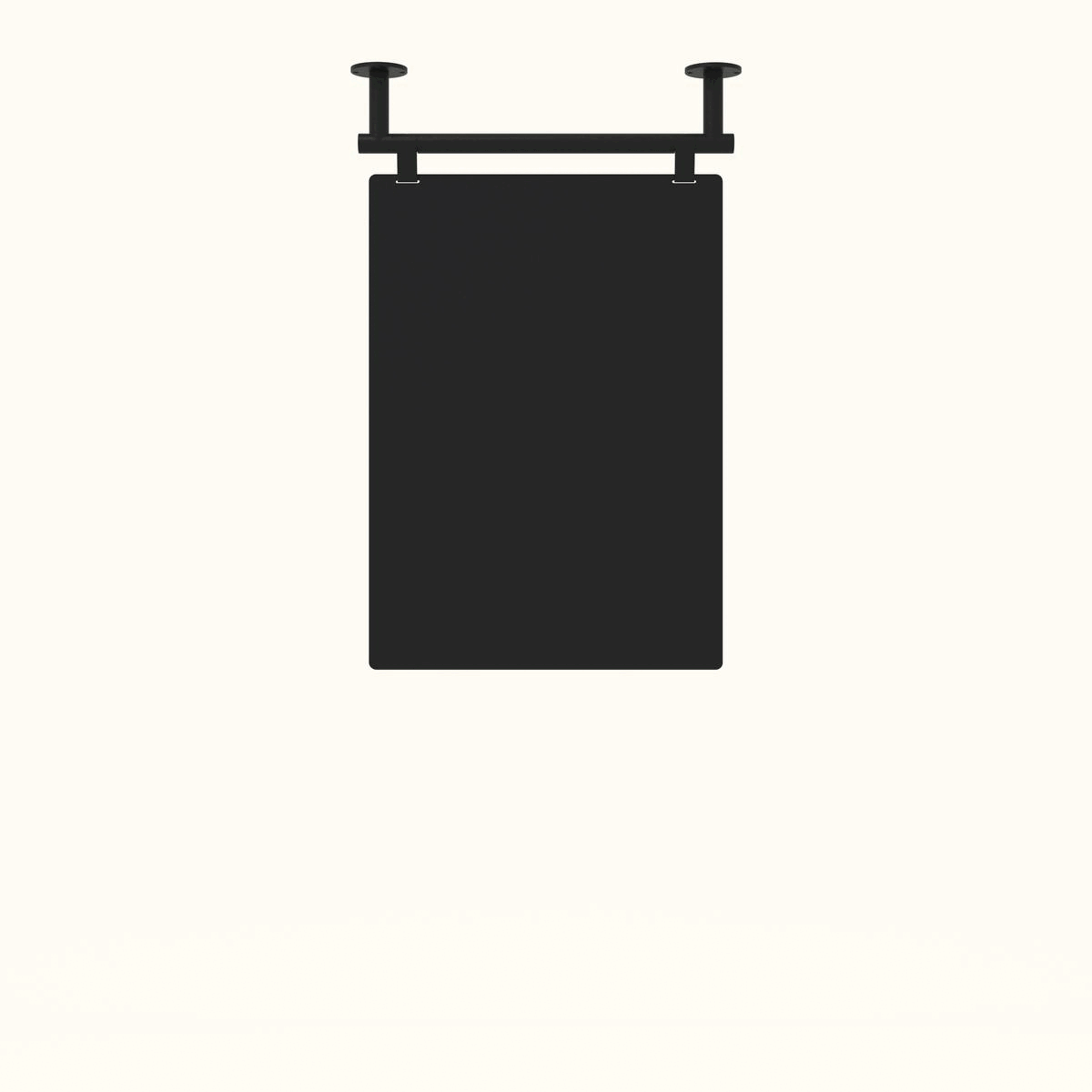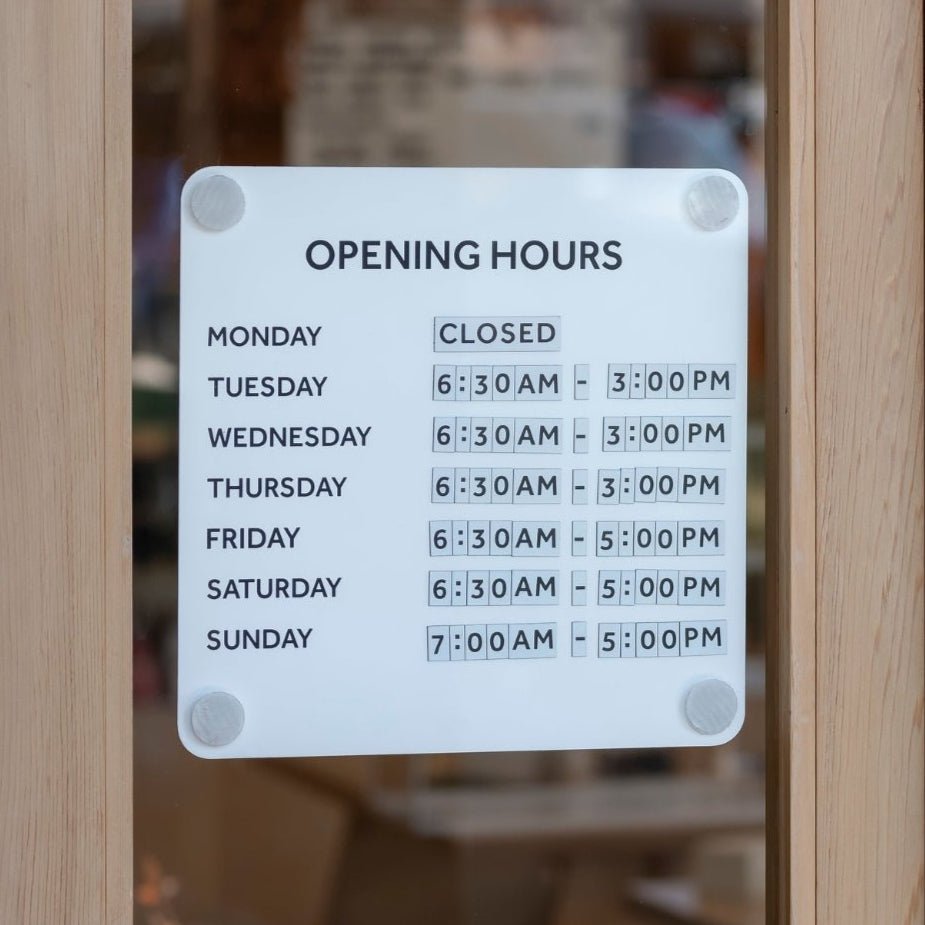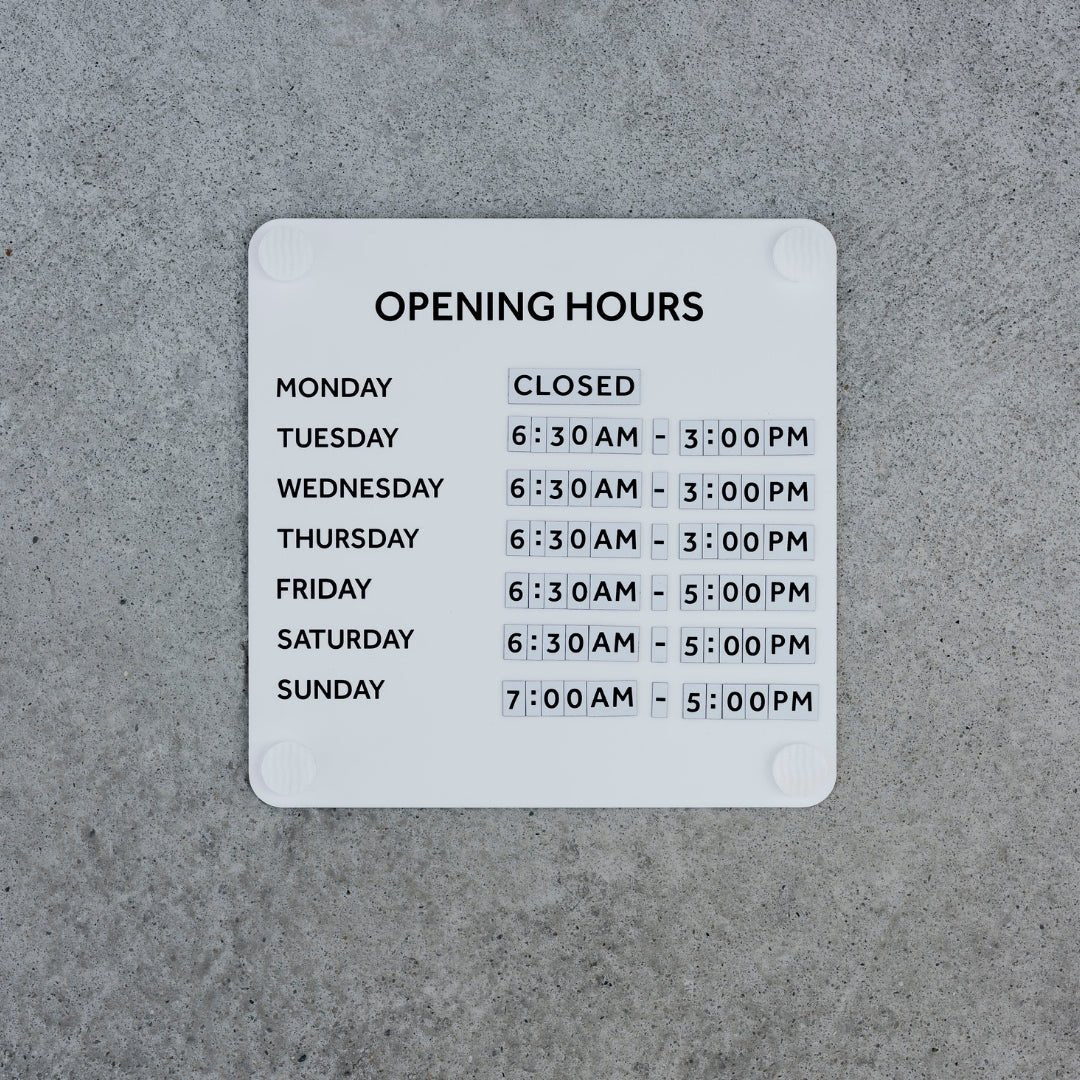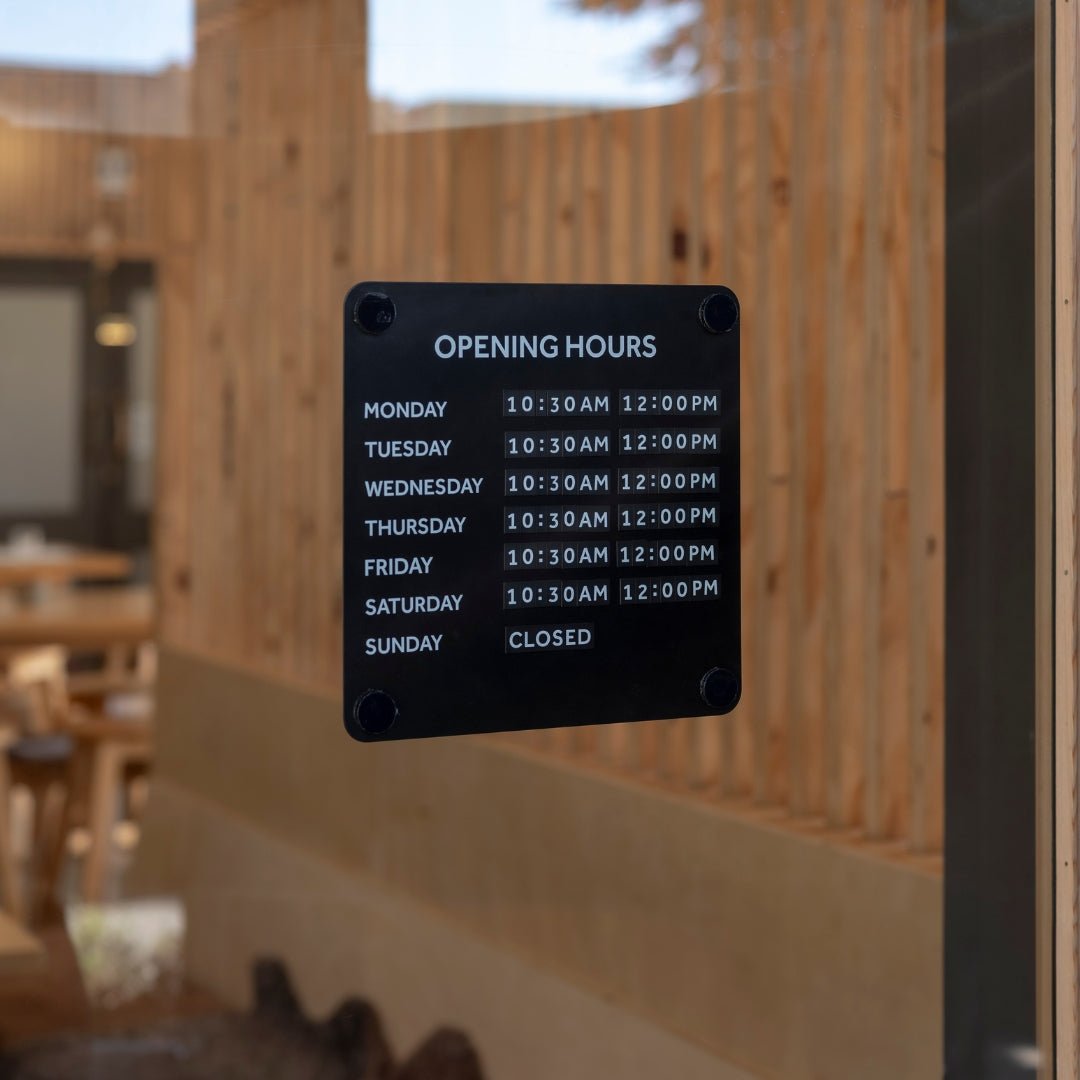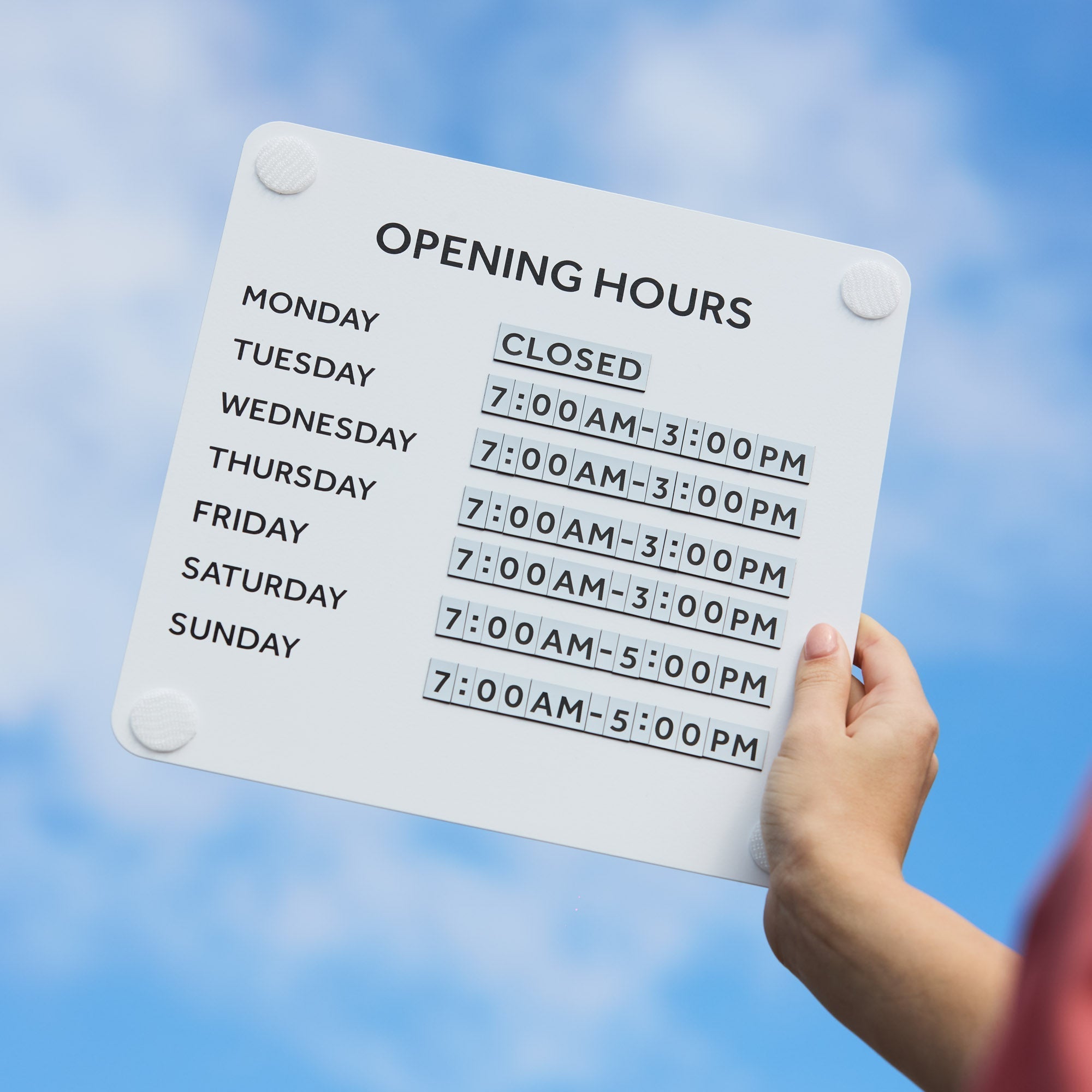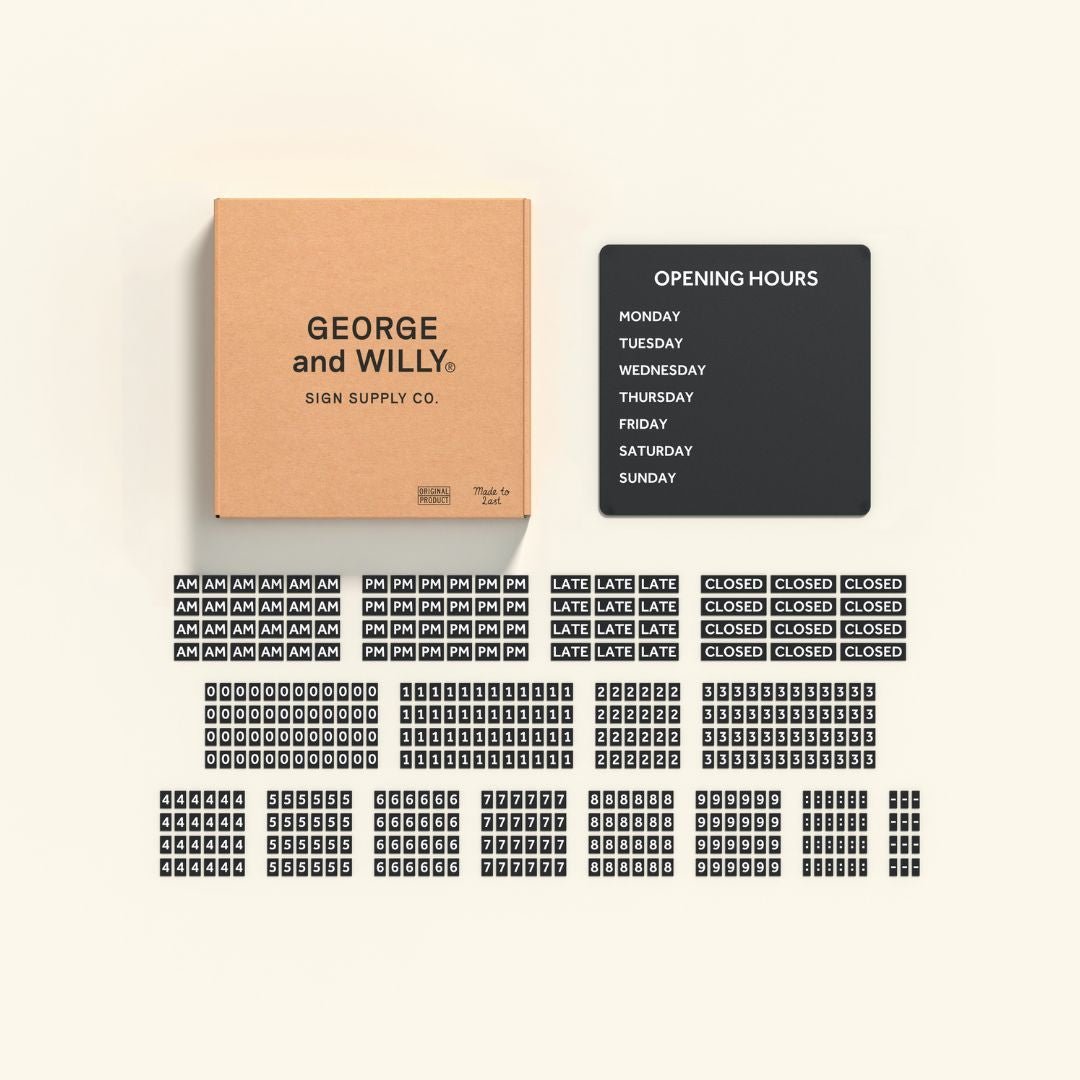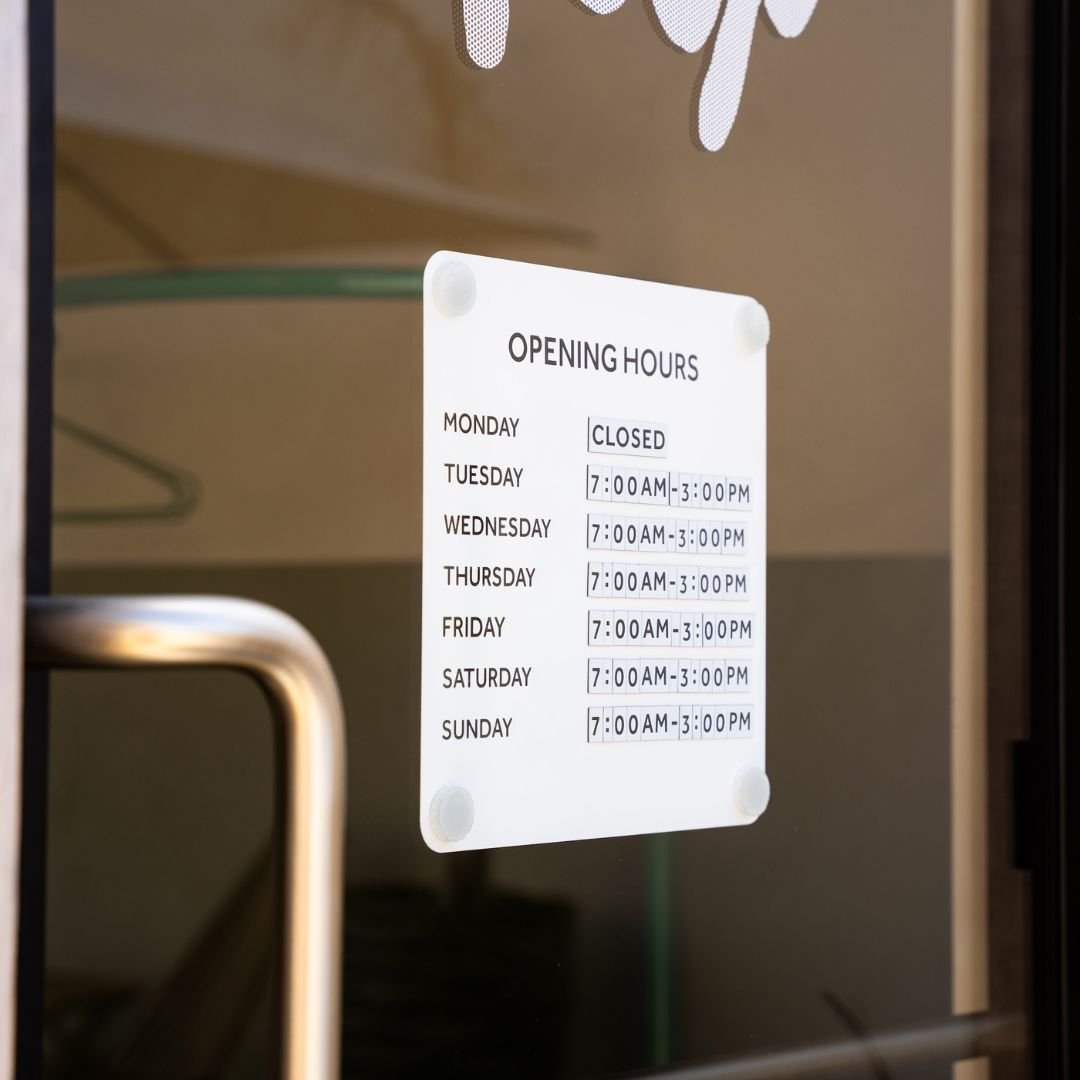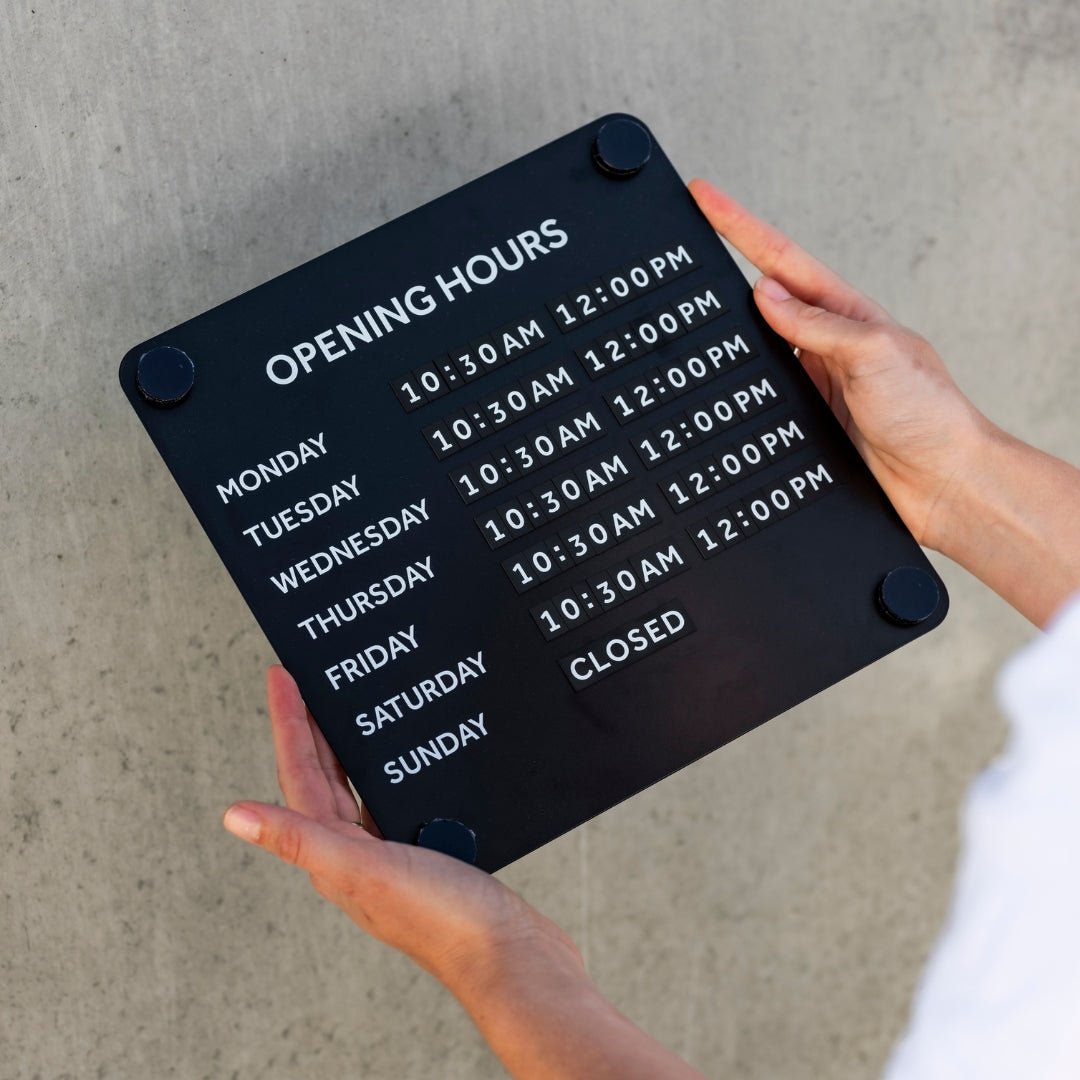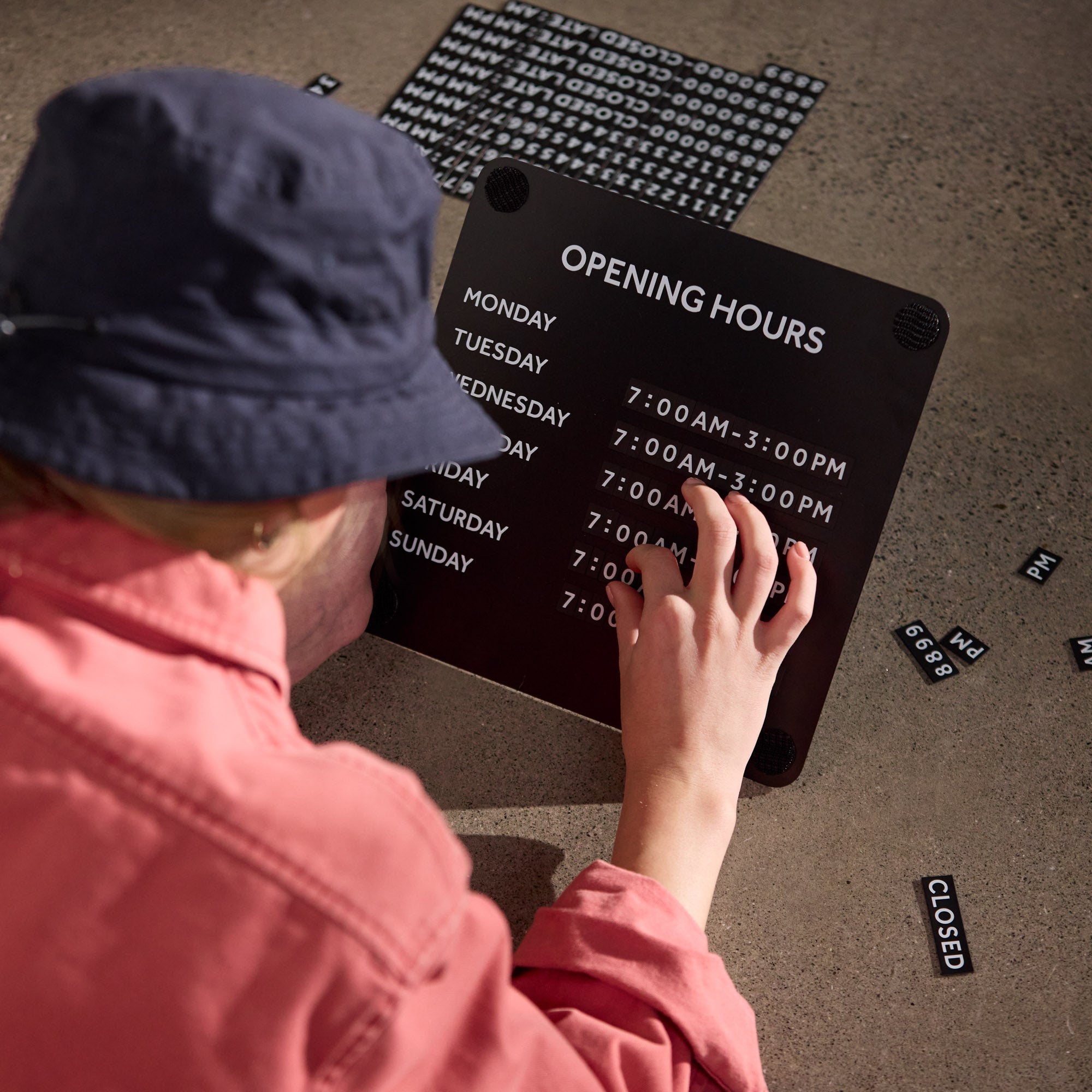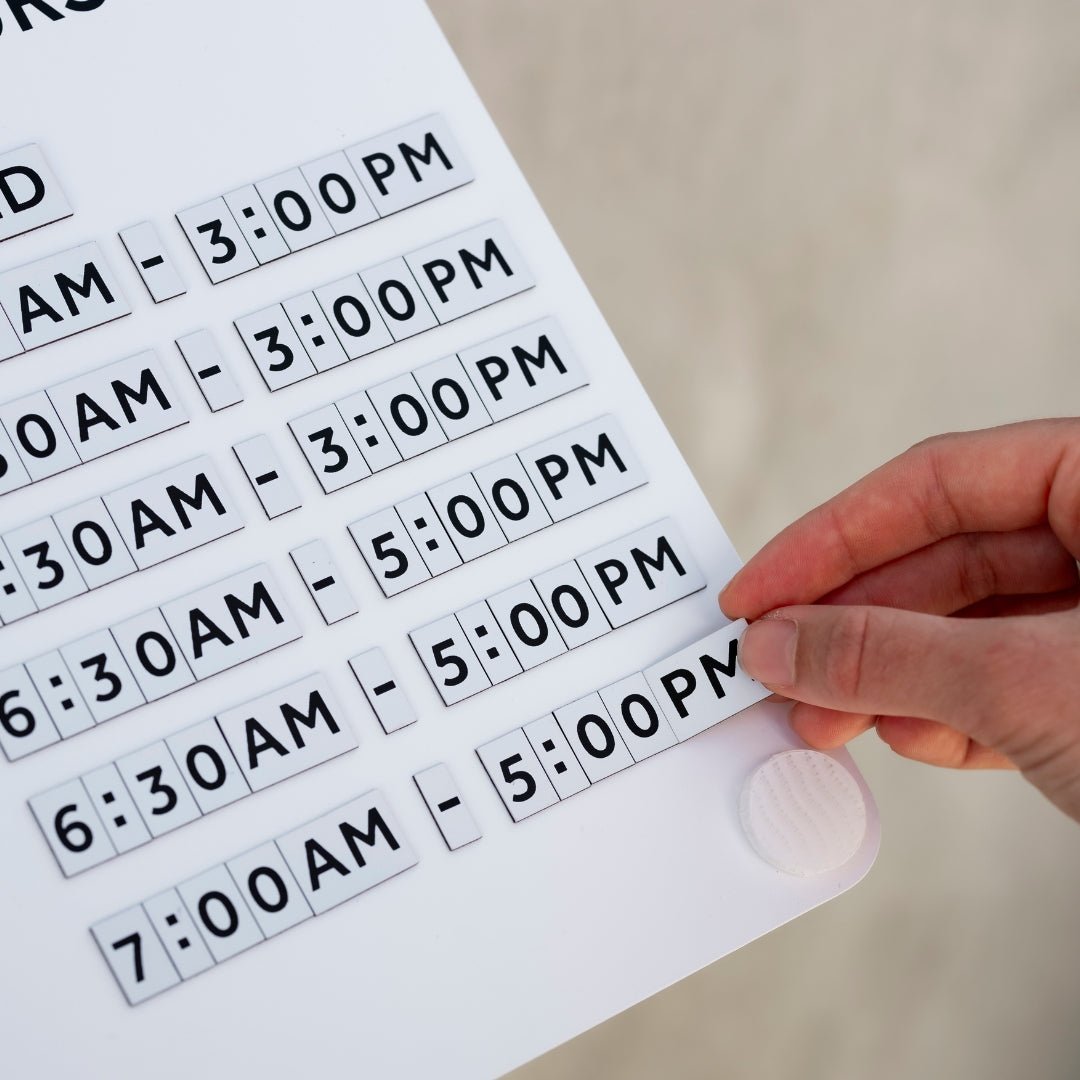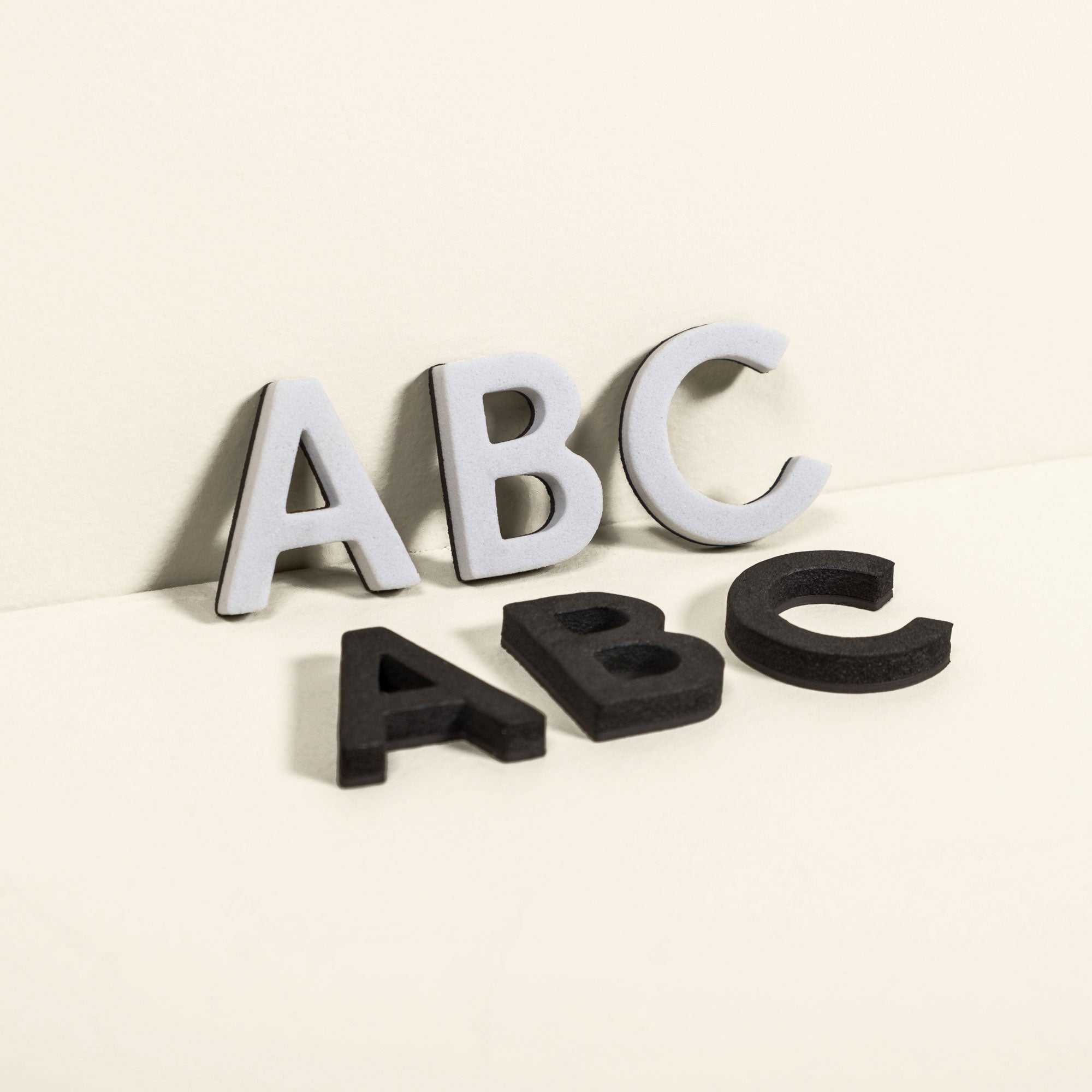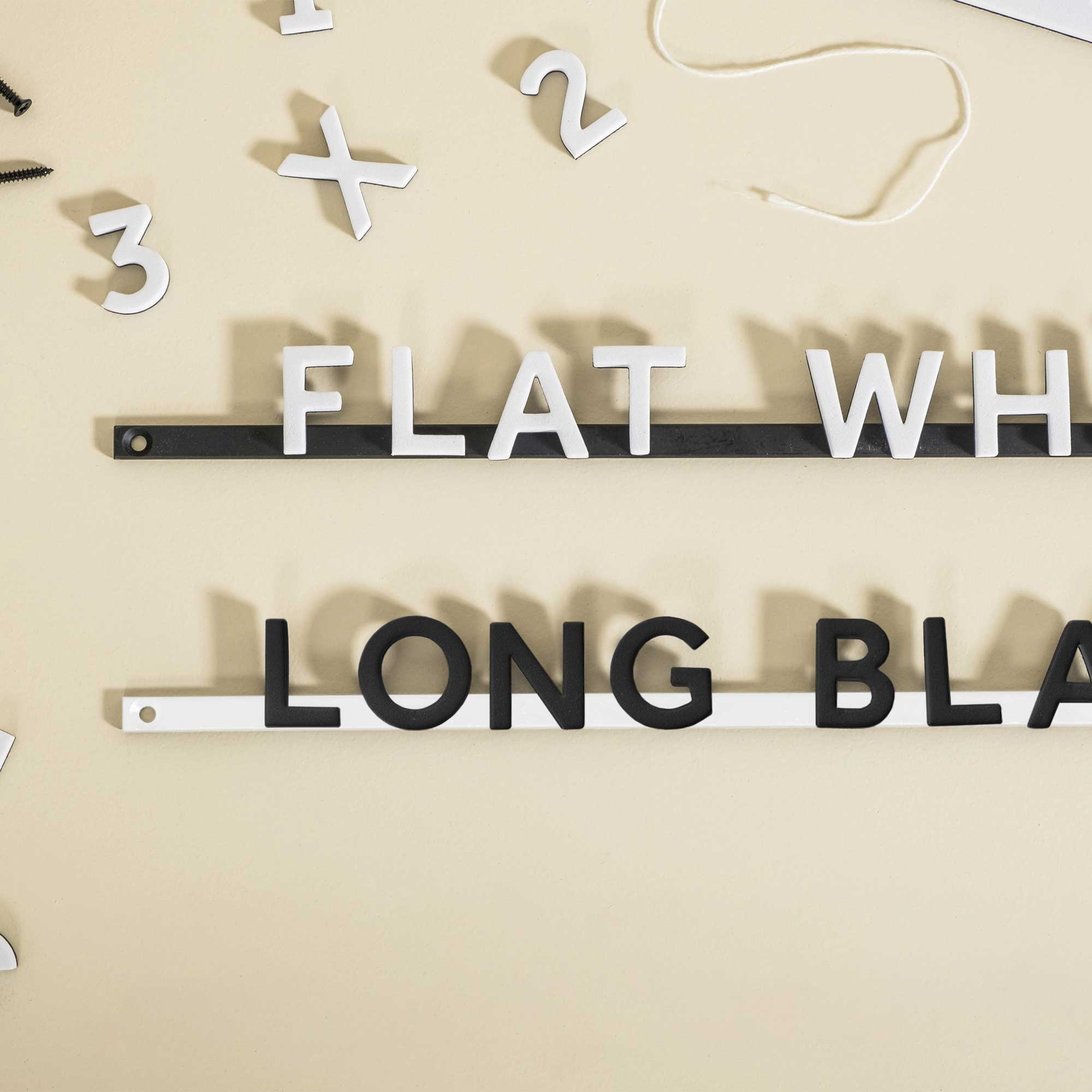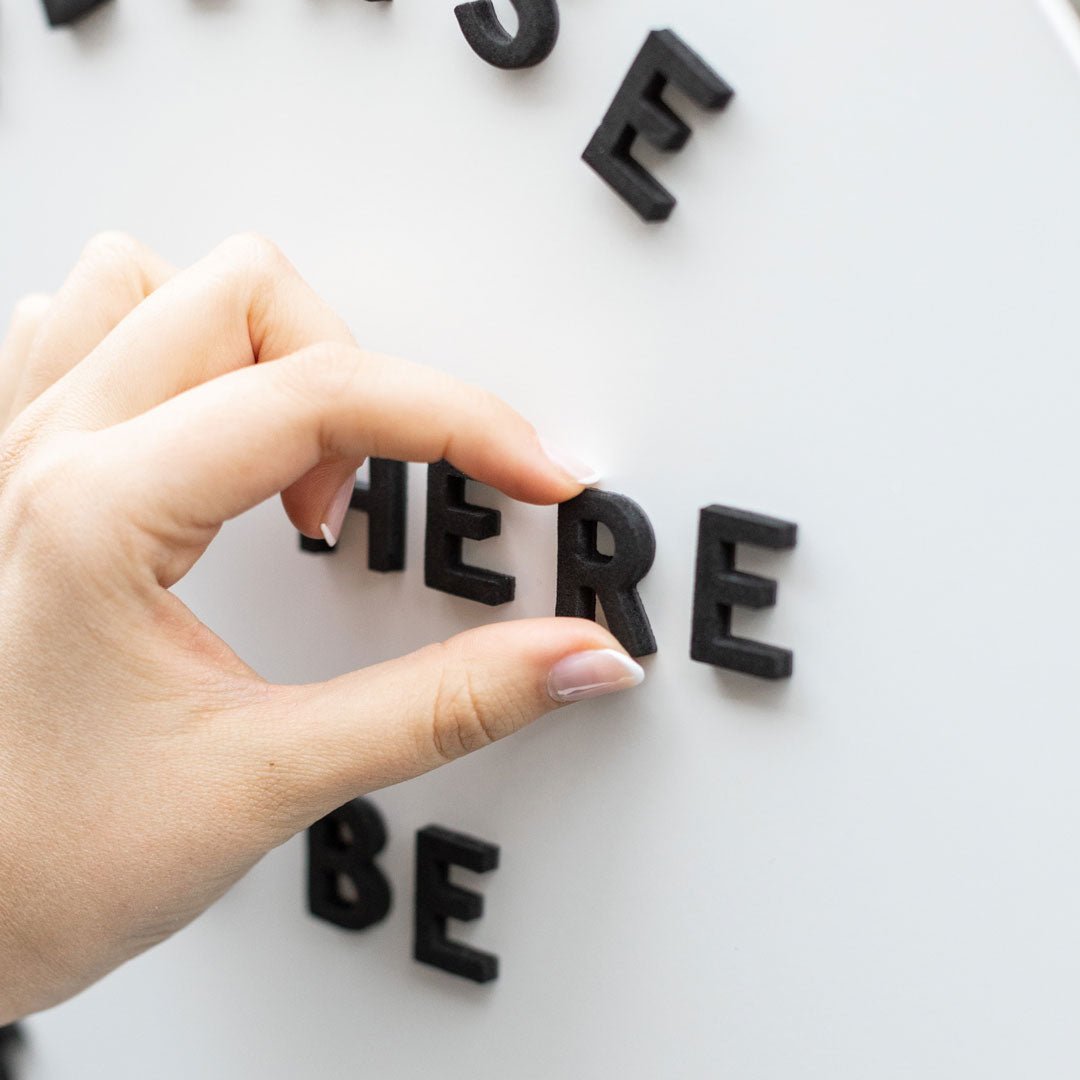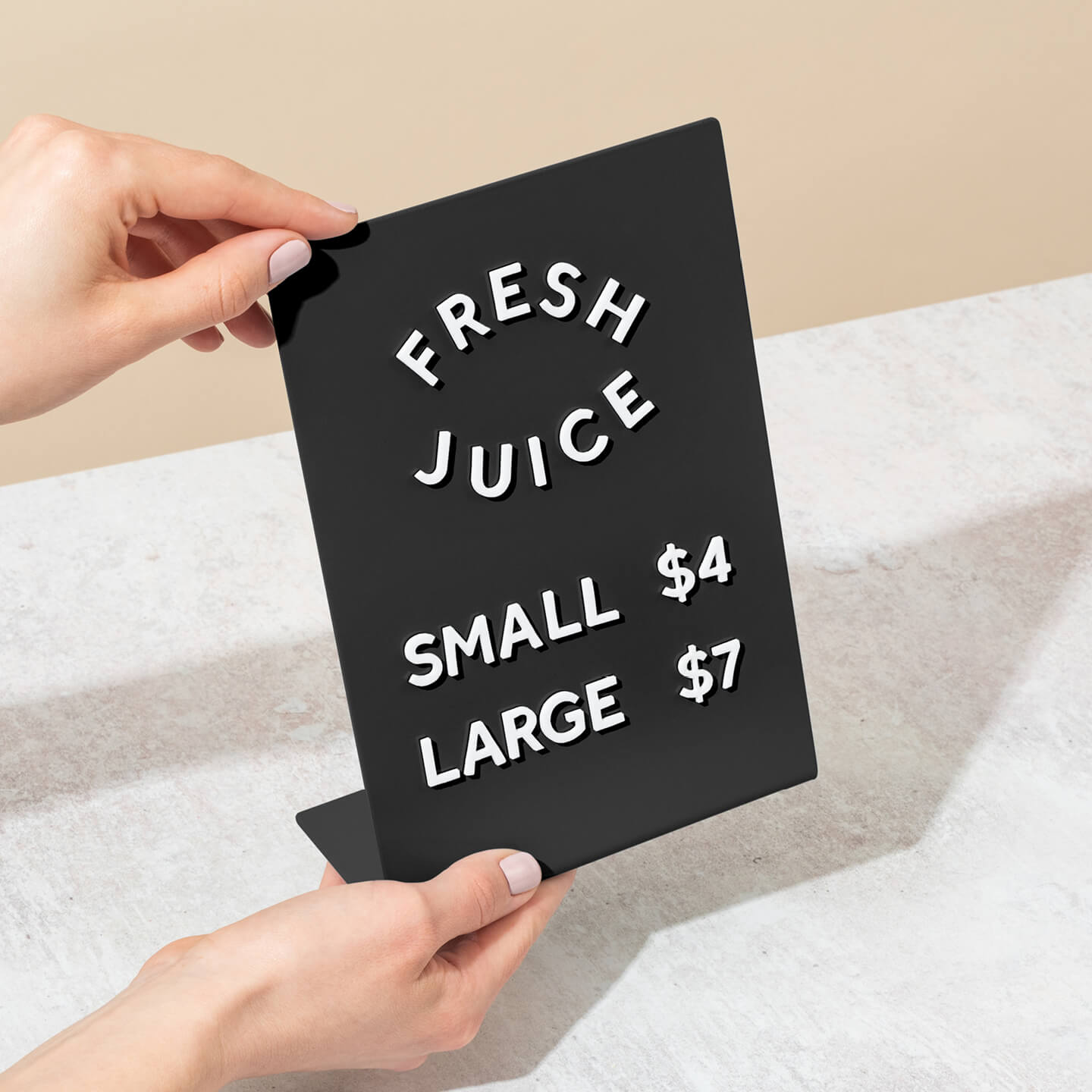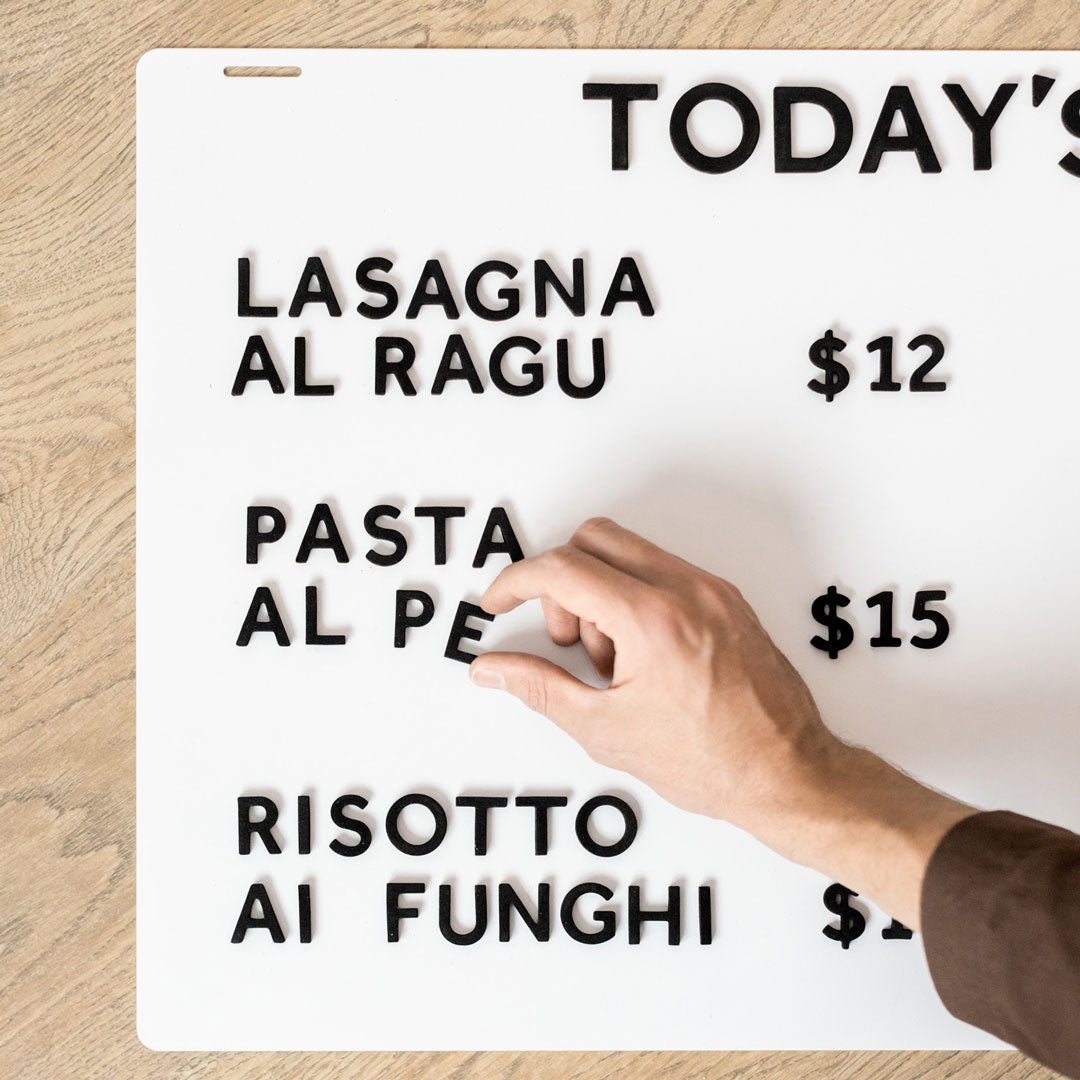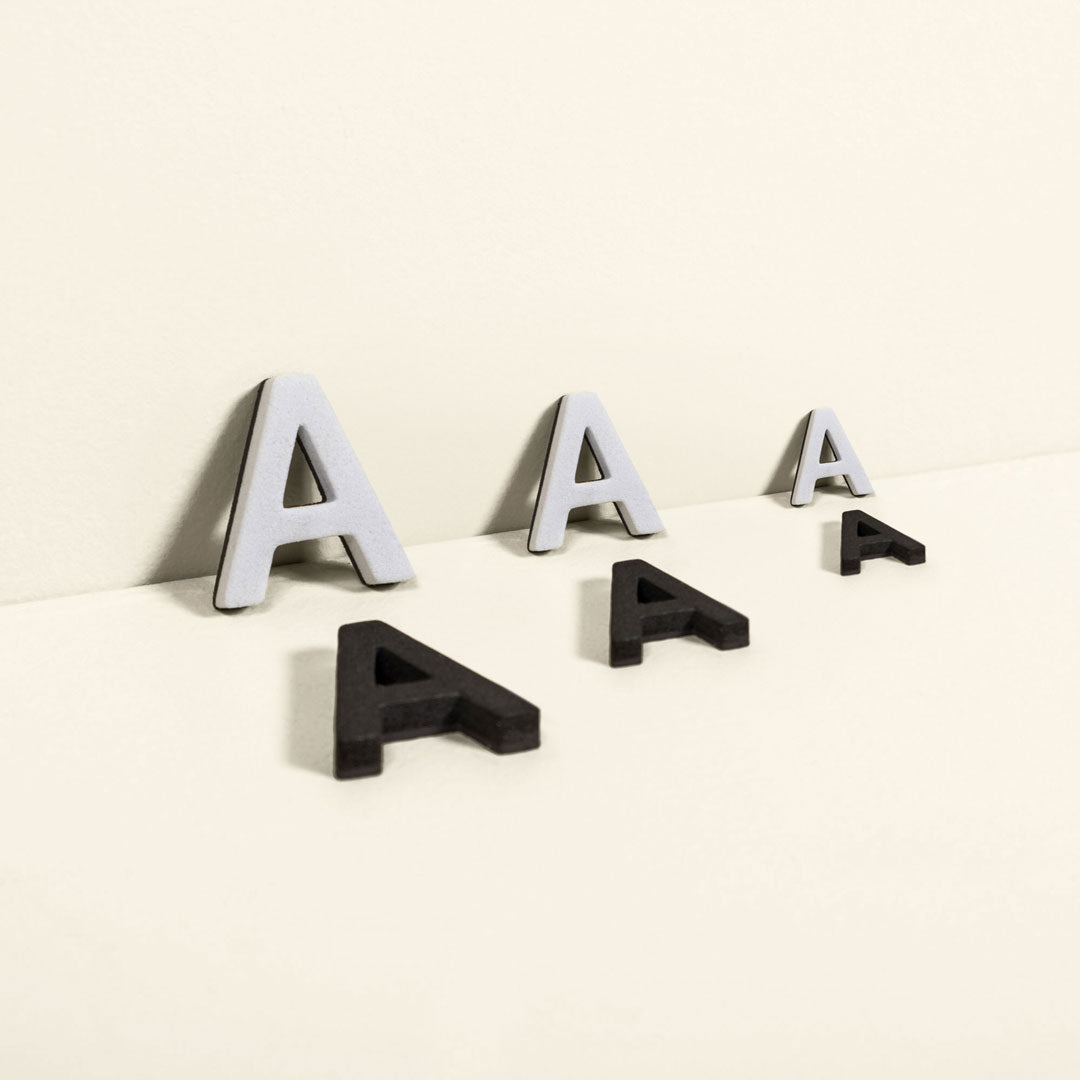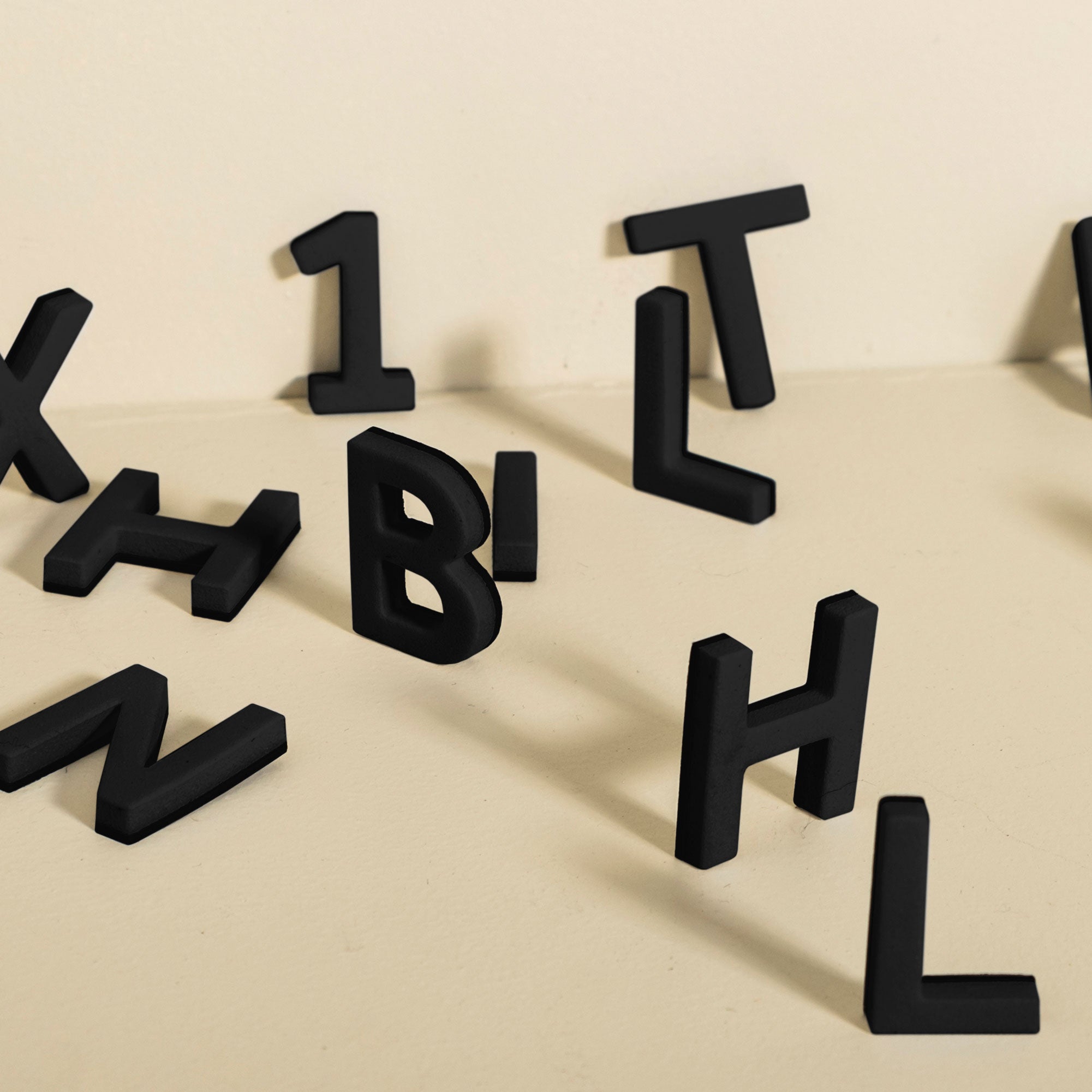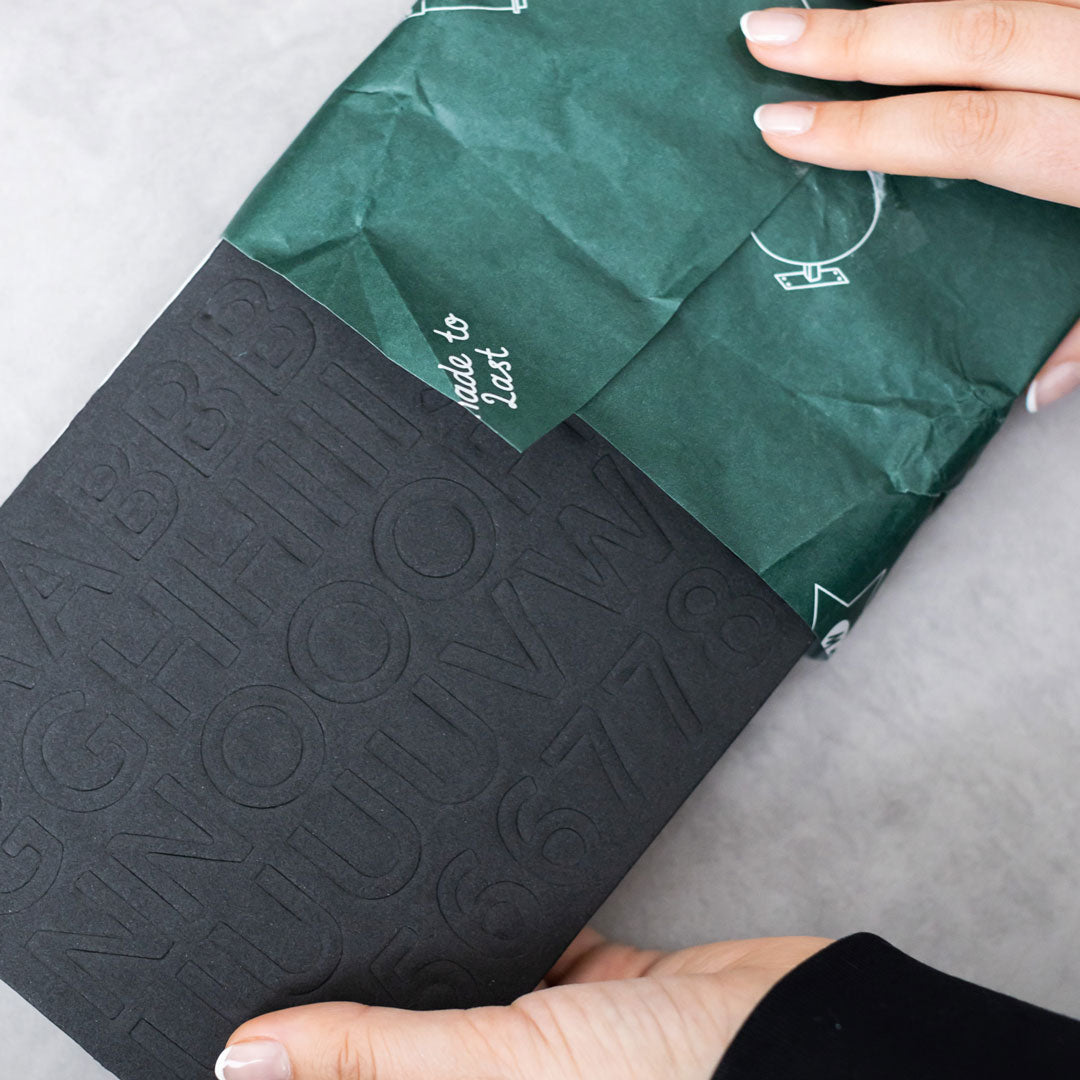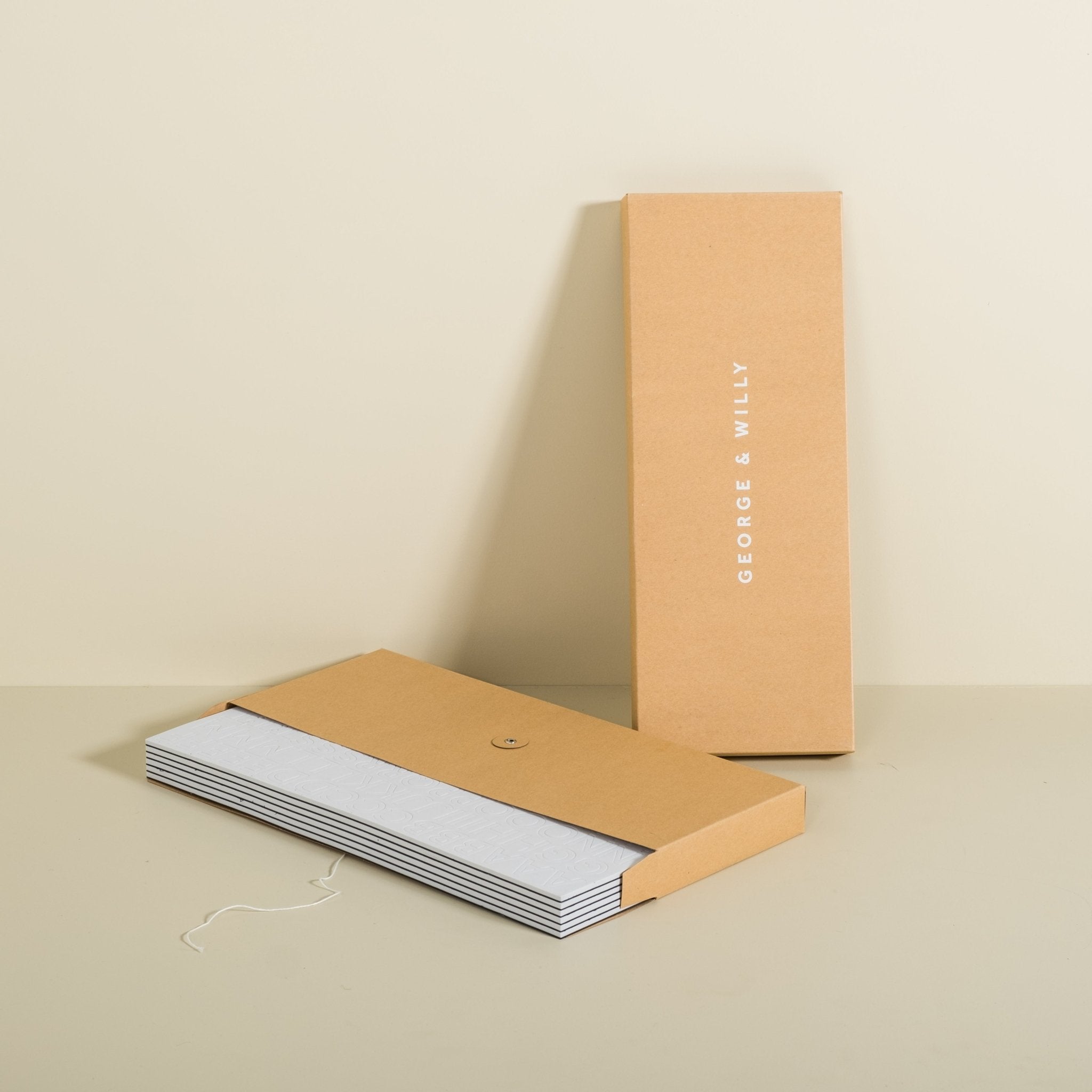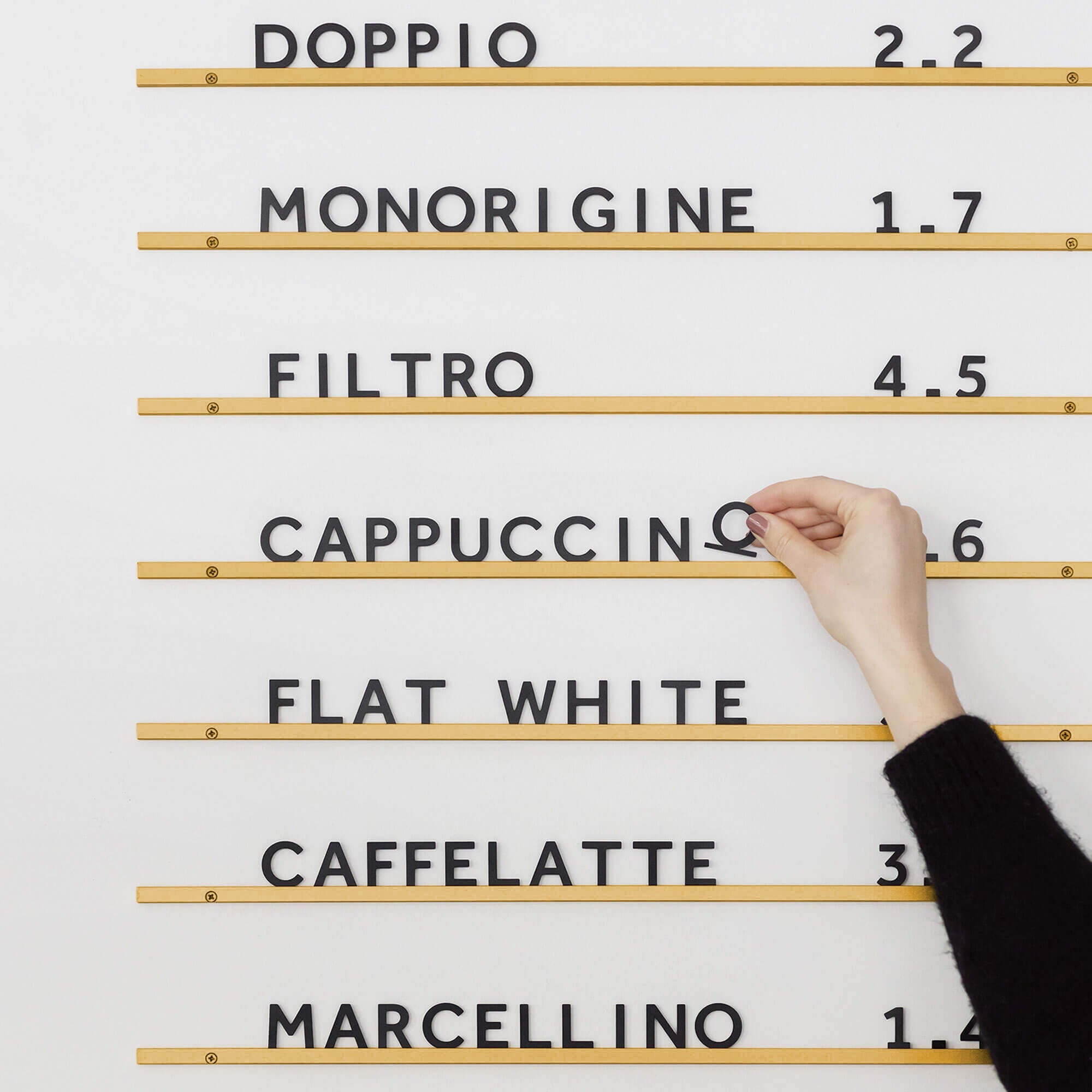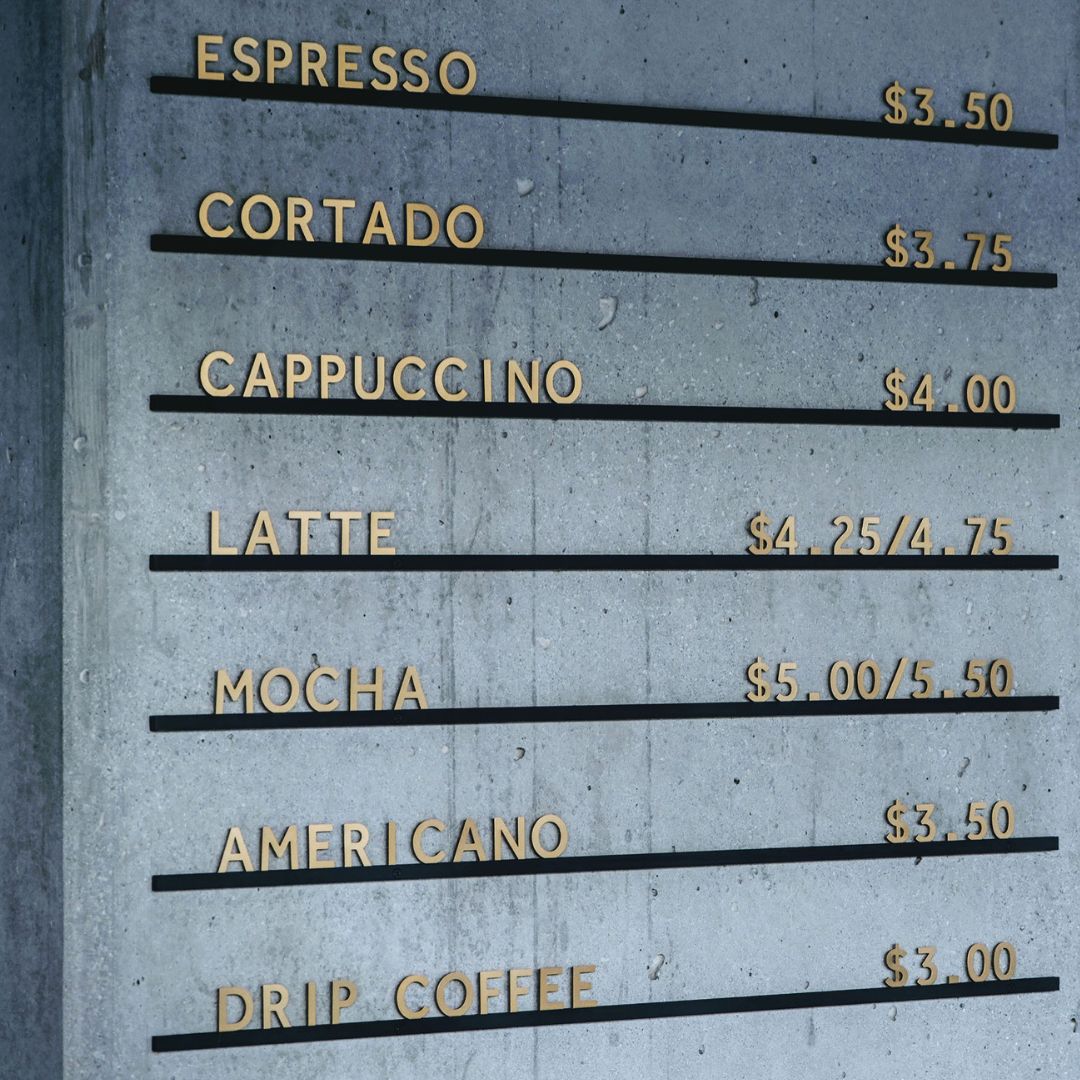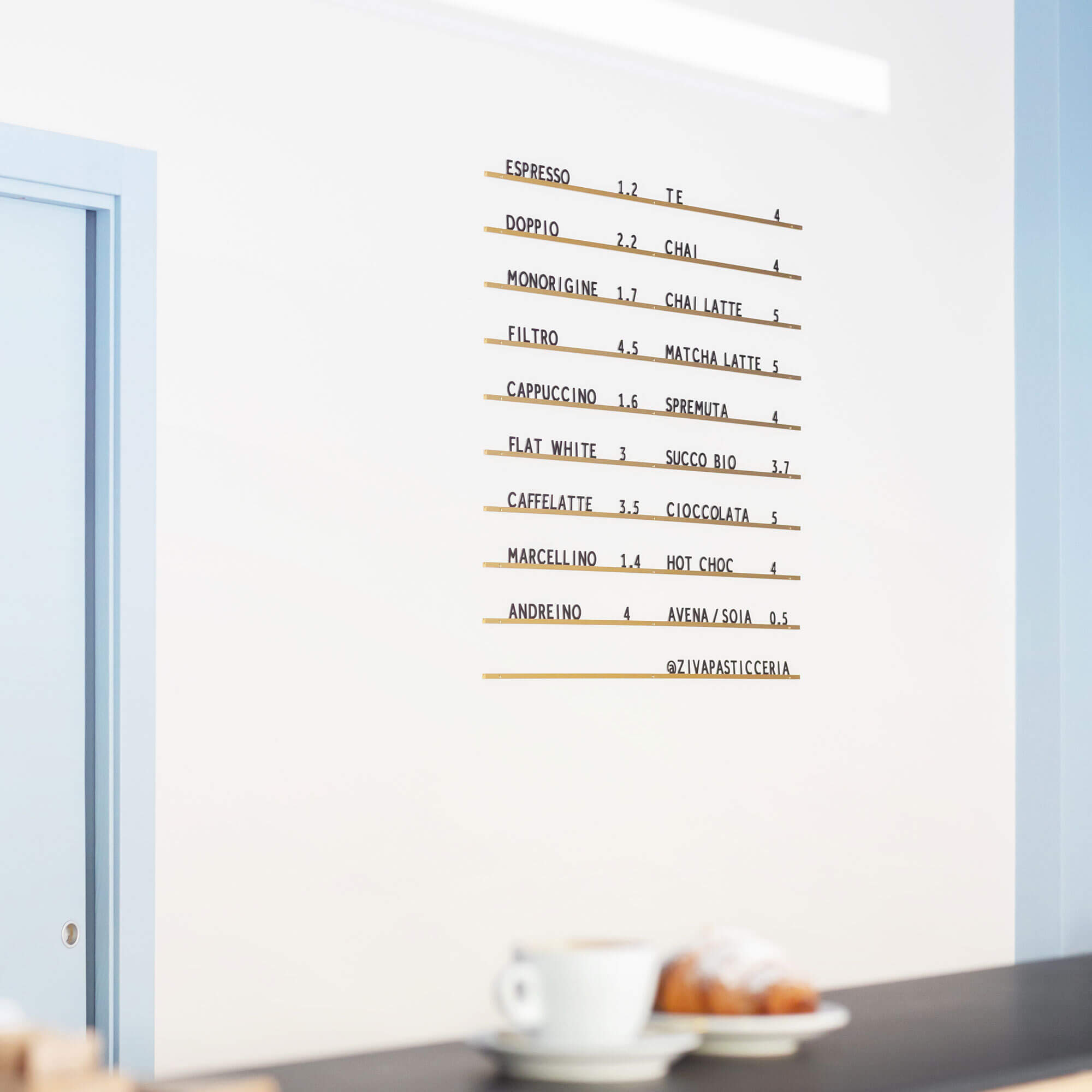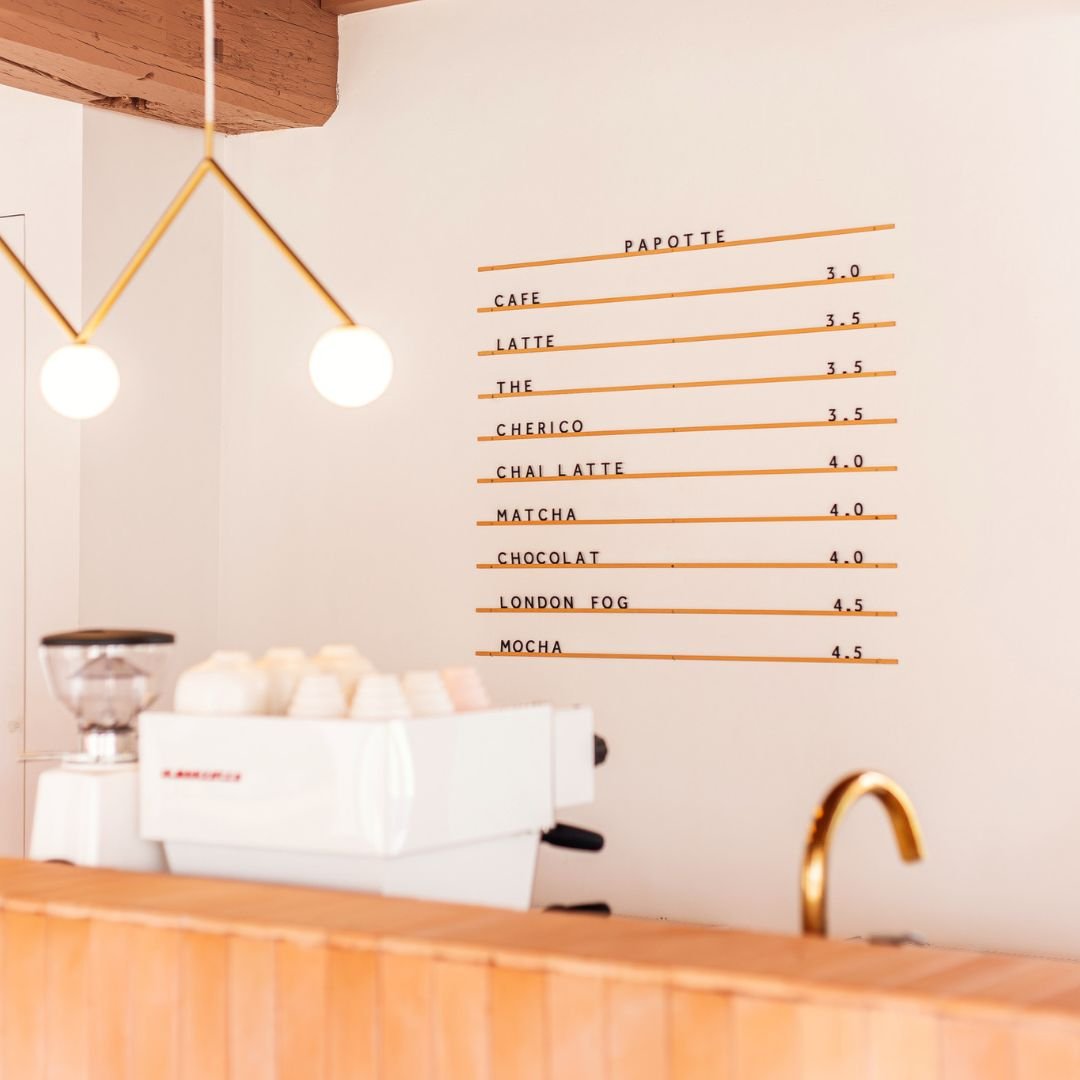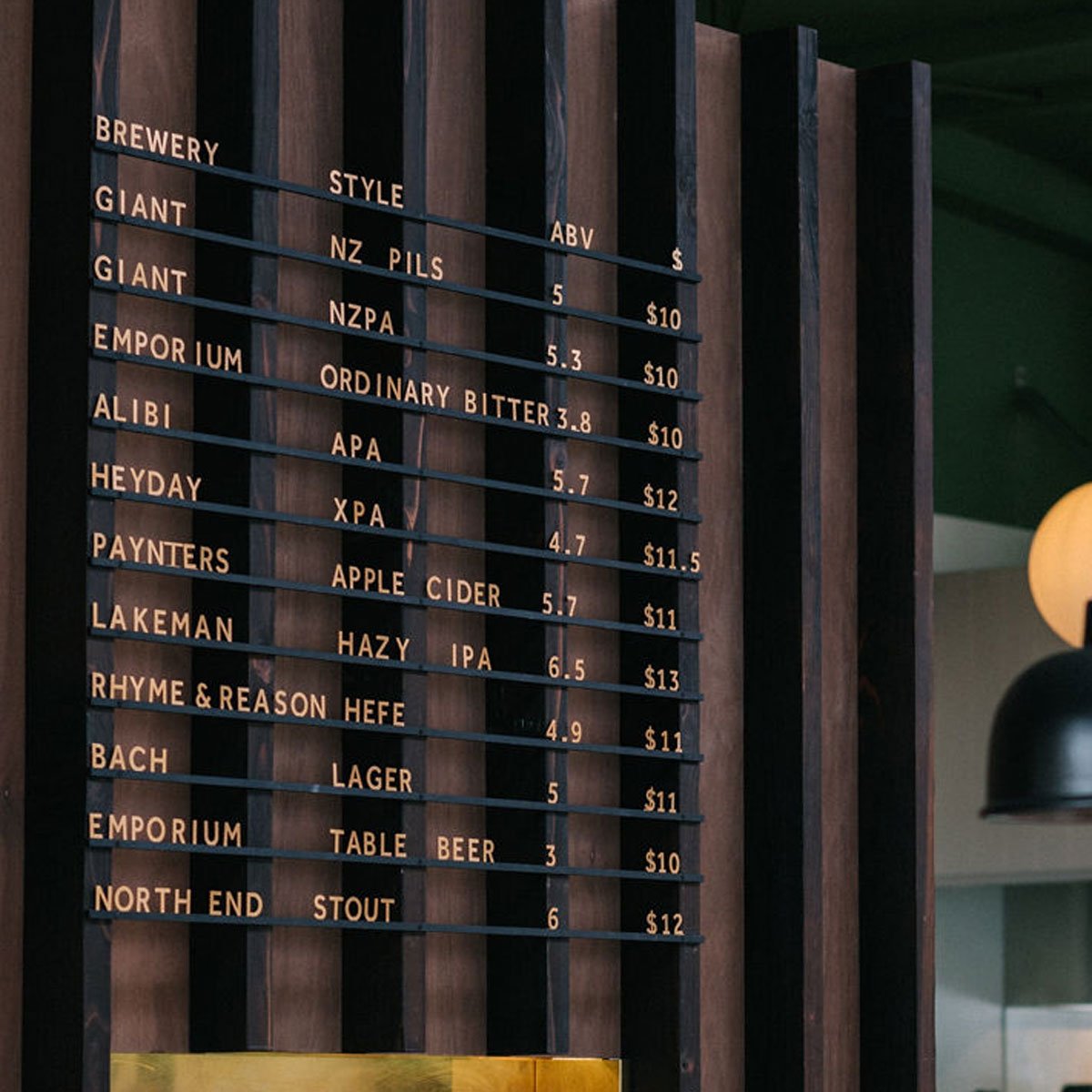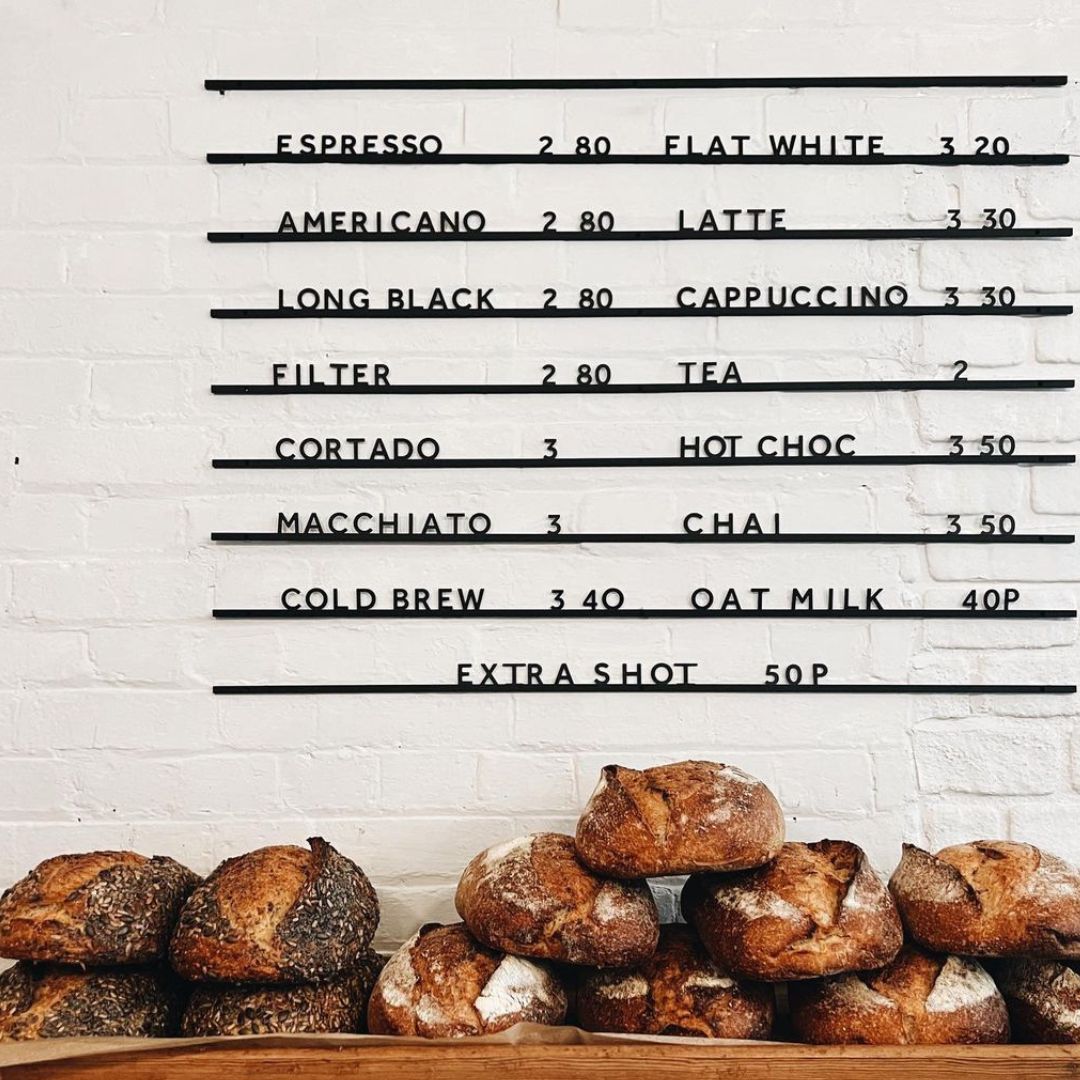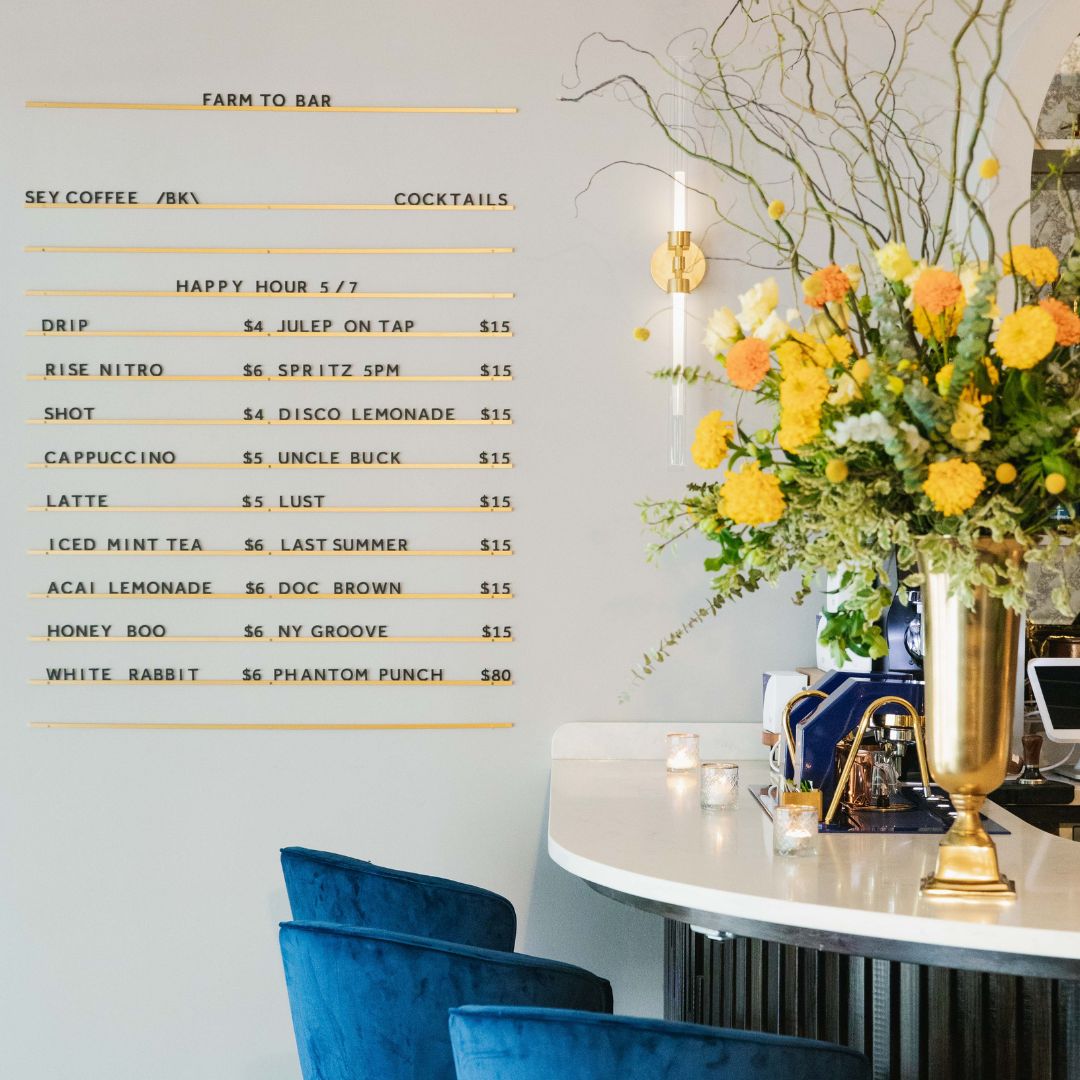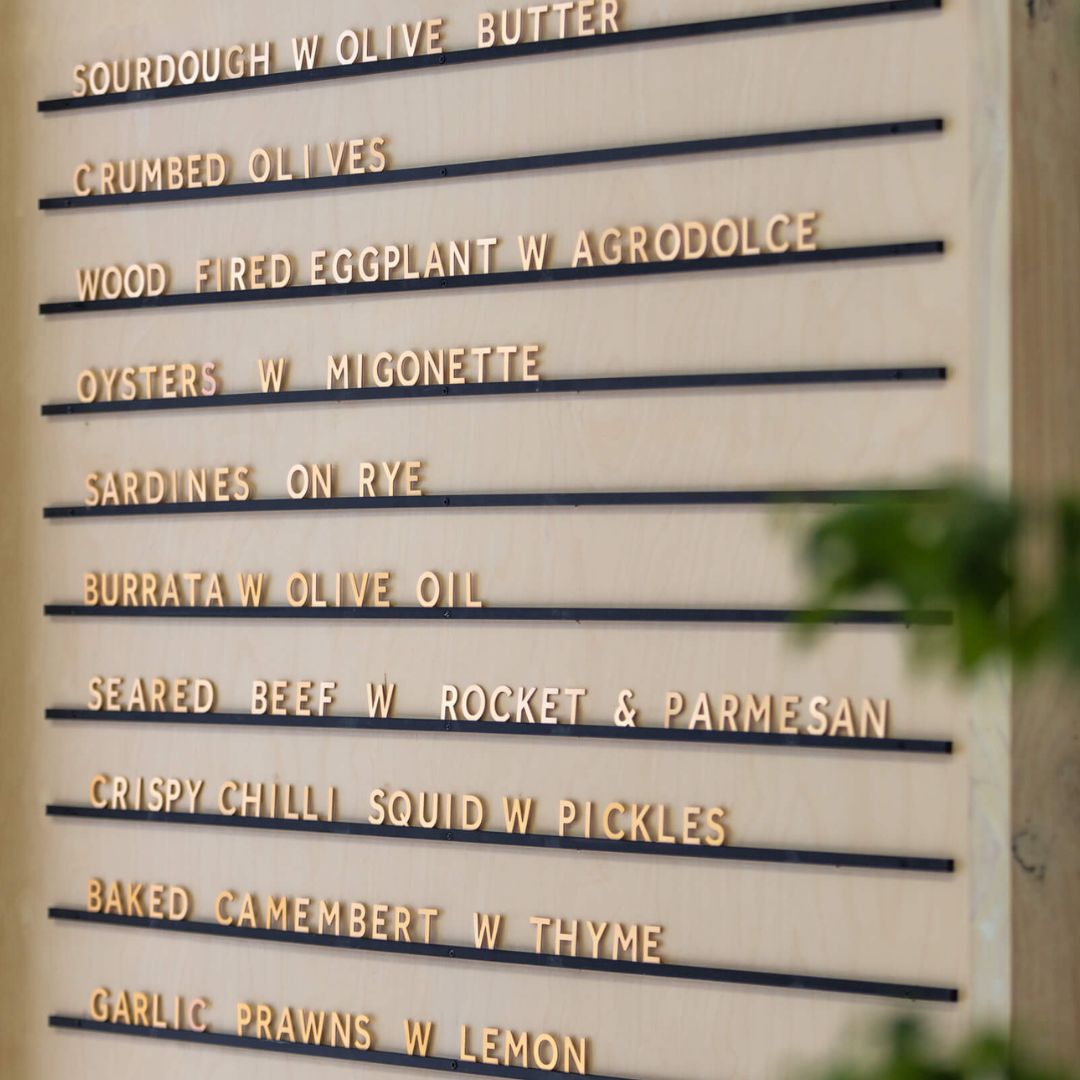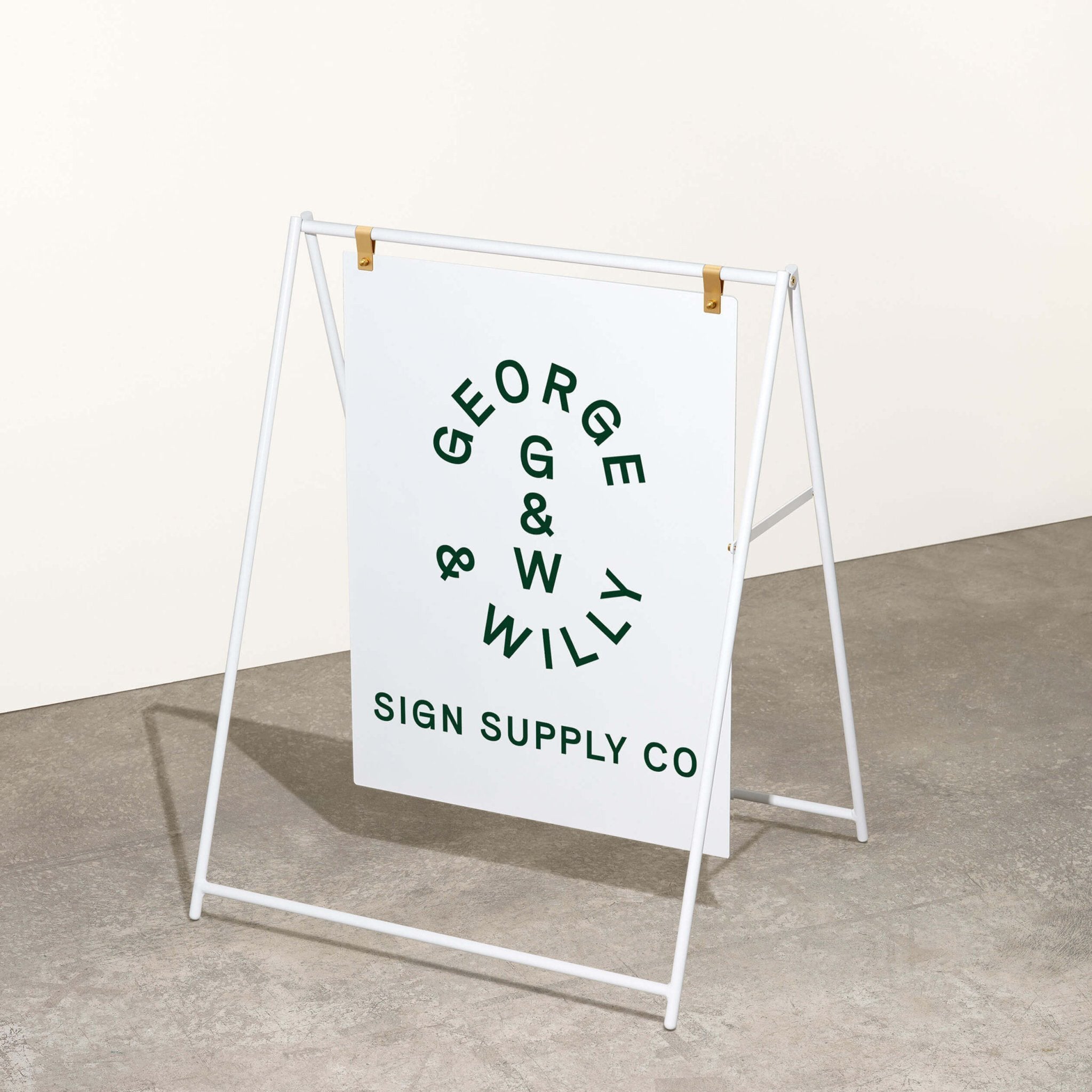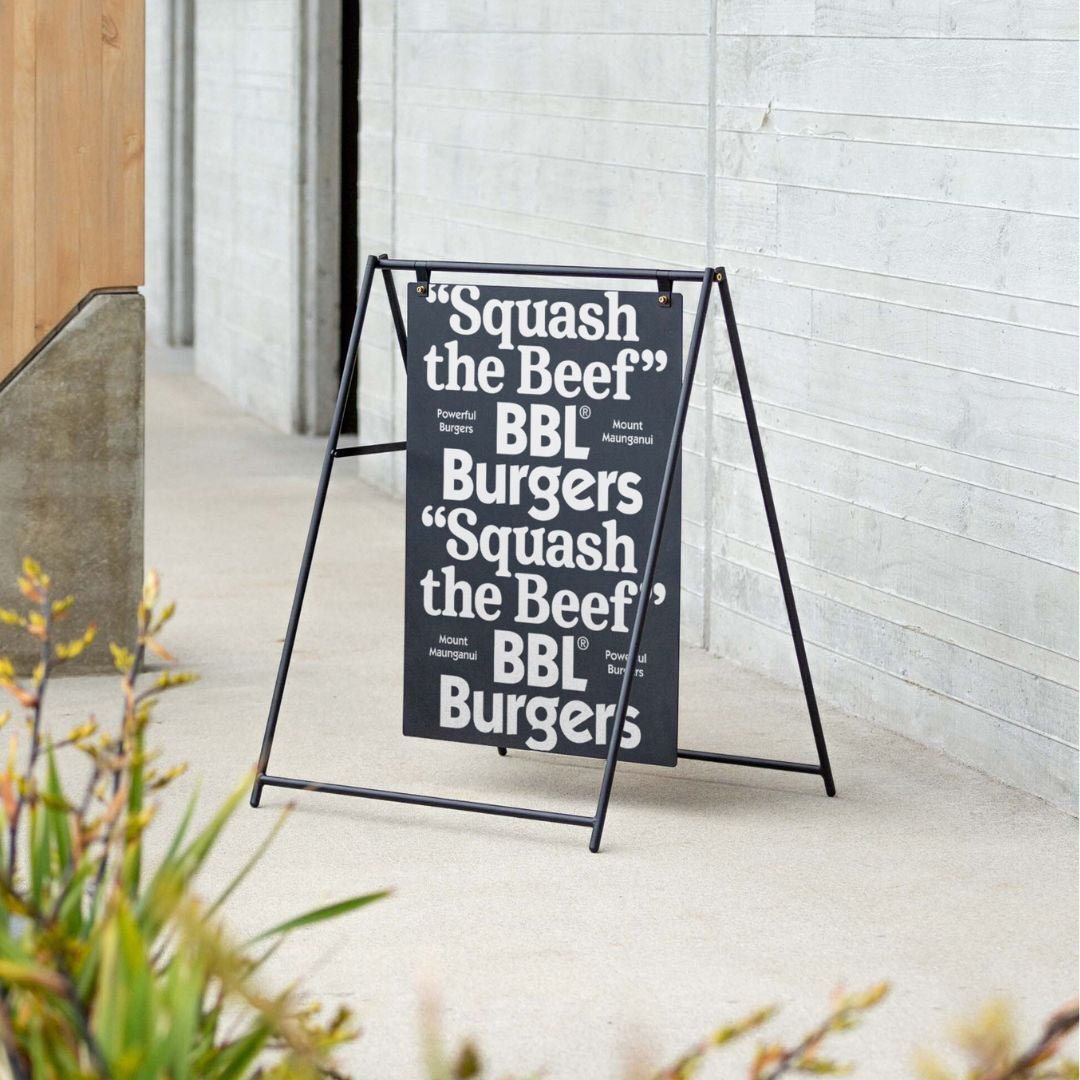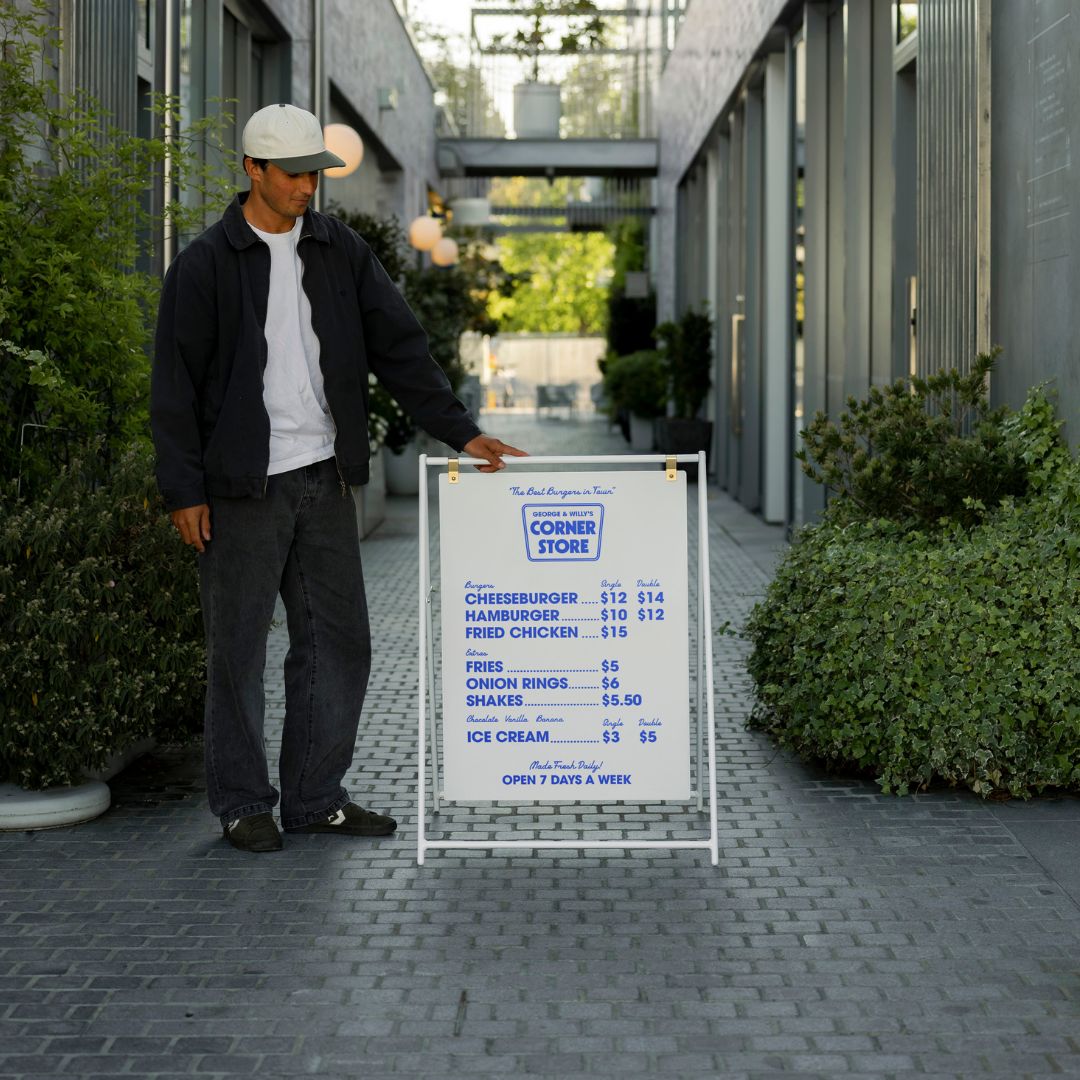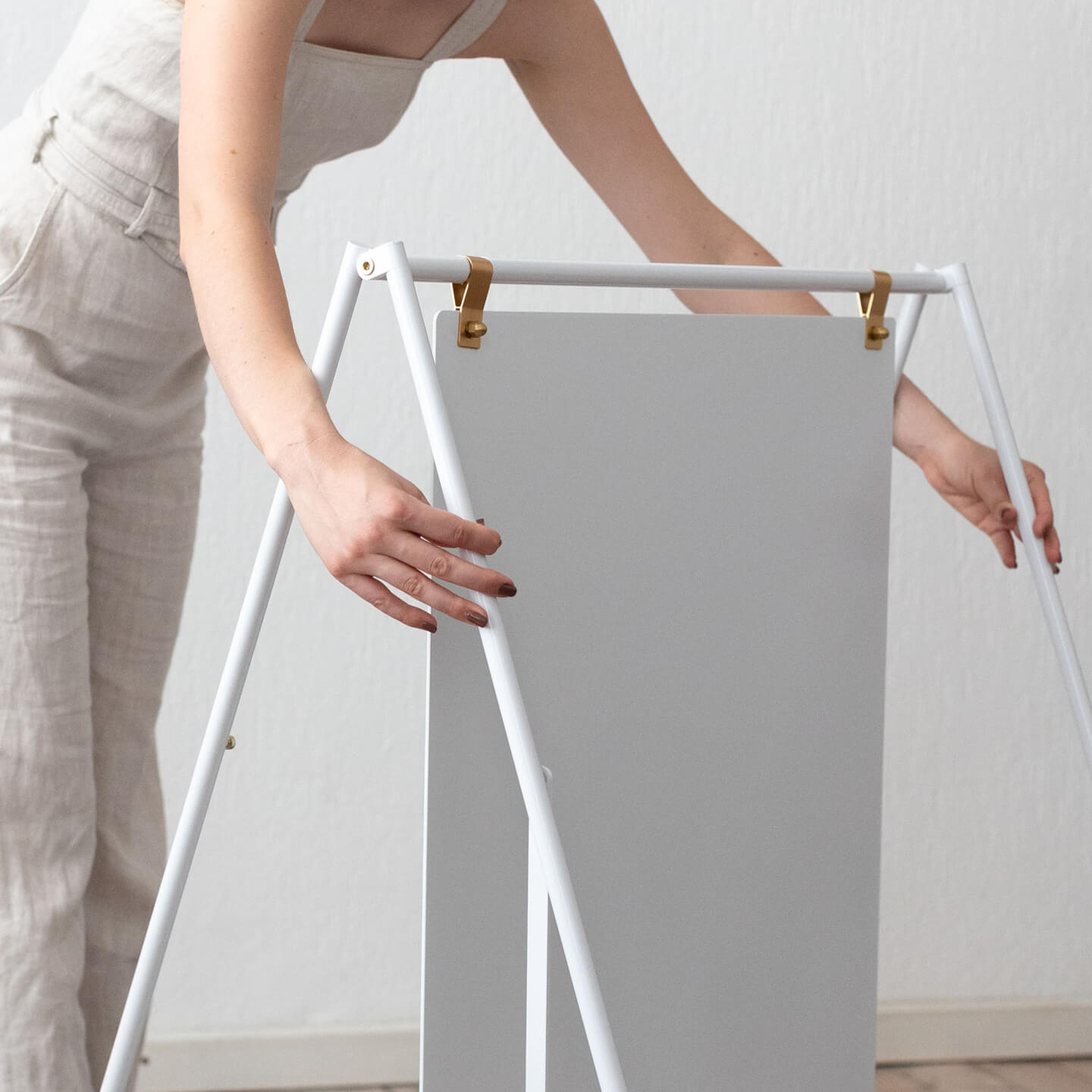A decorative sign is a piece of signage where aesthetics and function are equally important. Unlike purely informational signs, a well-chosen decorative sign does more than just provide information—it contributes to the overall design and atmosphere, setting the tone for your space. It’s the first hello for a café, a point of personality in a retail store, and a touch of character at home. This guide is for business owners, interior designers, and anyone looking to elevate their environment with signage that is both beautiful and functional. We’ll explore everything from materials and styles to compliance and installation, helping you find the perfect decorative sign for your needs.
The Purpose and Power of a Decorative Sign
For businesses like cafés, restaurants, and boutiques, a decorative sign can communicate brand identity, display menus, or welcome customers. In an office or studio, it can help with wayfinding while reinforcing company culture. At home, a decorative sign can be used for organization, inspiration, or simply as a piece of art. The goal is to create something intentional that feels integrated with its surroundings.
A Comprehensive Guide to Sign Types
Decorative signs come in many forms, each serving a unique purpose. Understanding the different types can help you choose the best option for your space and goals.
- Freestanding Signs: These signs stand on their own and are easily movable. The classic A-Frame Sign is a perfect example, ideal for sidewalk advertising that captures foot traffic.
- Projecting Signs (Blade Signs): A blade sign projects from the side of a building, perpendicular to the flow of traffic. It is highly effective for capturing the attention of pedestrians on a busy street.
- Wall Mounted Signs: These are affixed directly to a wall. This category includes everything from large menu boards that act as a focal point to smaller wayfinding signs that guide people through a space.
- Window and Vinyl Graphics: Don’t overlook your windows. Vinyl decals are a versatile and cost effective way to display logos, hours of operation, or promotions. They can be artistic and decorative while also being informative.
- Illuminated Signs: Signs that have their own light source, like a Round Light Box Sign, are excellent for visibility day and night. They create a warm, inviting glow and ensure your business gets noticed after dark.
Styles and Aesthetics To Match Your Décor
Choosing a decorative sign that complements your existing style is crucial for a cohesive look.
- Minimalist: Characterized by clean lines, neutral colors, and simple typography. This style works well in modern, contemporary, and Scandinavian interiors. Brands like George & Willy specialize in this aesthetic, offering products that blend seamlessly into design forward spaces.
- Rustic & Farmhouse: Often features natural wood, distressed finishes, and classic fonts. This style adds warmth and a sense of history, perfect for cozy cafés, bakeries, or traditional homes.
- Industrial: Utilizes raw materials like metal and concrete, often with bold, utilitarian typography. It’s a great fit for converted lofts, modern offices, and urban eateries.
- Bohemian: Embraces eclectic patterns, natural textures, and a more freeform, artistic approach. This style is great for creative studios, unique boutiques, and relaxed living spaces.
- Color Psychology: Think about the mood you want to evoke. Warm colors like red and yellow can create a sense of energy and urgency, while cooler colors like blue and green promote calmness and trust. Your sign’s color palette should align with your brand’s personality.
Materials and Finishes for Your Decorative Sign
The material of your decorative sign impacts its look, feel, and durability, especially outdoors.
Indoor Signs
For indoor use, you have a wide range of options including wood, felt, steel, and acrylic. A wooden peg letter board can add warmth to a café interior, while a sleek, powder coated steel menu board offers a modern touch.
Outdoor Signs
Outdoor signs must withstand the elements. Materials like powder coated aluminum and steel are excellent choices as they are inherently rust resistant. For example, the George & Willy A-Frame Sign is made from durable aluminum, making it a long lasting option for sidewalk advertising. Any wooden elements should be properly treated, and hardware should be made of materials like brass or stainless steel to prevent corrosion. For added assurance, look for specific weatherproofing details that indicate a sign is designed to handle rain, wind, and sun exposure without fading or deteriorating.
A Deeper Look at Sustainability
Choosing a sustainable decorative sign means prioritizing durable materials and timeless design. Signs made from aluminum or steel are not only long lasting but also highly recyclable at the end of their life. Opting for sustainably sourced timbers also reduces environmental impact. A well made sign that you won’t need to replace for years is an inherently sustainable choice, preventing waste and conserving resources. This approach values longevity over disposability, which is better for both your budget and the planet.
Design Essentials for Readability and Beauty
An effective decorative sign is easy to read and pleasing to the eye.
- Typography: Choose a font that reflects your brand’s personality and is legible from a distance. Avoid overly ornate or complicated fonts for essential information.
- Contrast: Ensure there is enough contrast between the text and the background. Classic combinations like black on white or white on black are timeless for a reason. Products like the Menu Board with reversible black and white tiles make achieving contrast simple.
- Simplicity: Don’t overcrowd your sign. White space is essential for readability and helps draw attention to the most important information. Keep your message concise and clear.
- Copywriting and Message Hierarchy: Your message should be direct and easy to understand at a glance. Prioritize the most critical information (like your business name or a key offering) by making it the largest or boldest element. Supporting details should be smaller. Think of it as a pyramid: the main idea is at the top, and details follow below.
- Letter Height and Viewing Distance: For a sign to be effective, people must be able to read it. A general rule of thumb is that you need one inch of letter height for every 10 feet of viewing distance. So, if you want your sign to be legible from 50 feet away, your letters should be at least five inches tall.
Sizing, Placement, and Proportion
Where you place your decorative sign is just as important as the sign itself. Consider the viewing distance and the surrounding environment.
A large blade sign on a storefront should be visible to pedestrians from down the street, while a small tabletop sign, like the Counter Signs from George & Willy, needs to be legible up close. Pay attention to proportion. A massive sign in a tiny space can feel overwhelming, while a small sign can get lost on a large wall. Measure your space and consider the scale of nearby furniture and fixtures before you buy.
Navigating Codes, Permits, and Accessibility
Before you install a sign, especially outdoors, it’s crucial to understand local regulations.
Local Sign Codes and Permits
Most cities and counties have regulations governing the size, placement, and type of signs allowed. These rules are in place for safety and aesthetic reasons. Before purchasing a large exterior sign, check with your local planning or building department to see if a permit is required. This step can save you from fines and the headache of having to remove a non compliant sign.
ADA and Accessibility Requirements
The Americans with Disabilities Act (ADA) has specific guidelines for signage to ensure spaces are accessible to everyone. These rules typically apply to signs that identify permanent rooms and spaces (like restrooms or room numbers) and include requirements for non glare finishes, high contrast, and tactile lettering or braille. While many decorative signs may not fall under these specific requirements, being aware of accessibility principles is always good practice.
Lighting and Illuminated Options
Lighting can dramatically enhance the visibility and impact of your decorative sign.
- Illumination Types: Common options include backlighting, where light shines from behind the sign to create a halo effect, and internal illumination, used in light boxes. LED is the modern standard, offering energy efficiency, long life, and consistent brightness.
- Power and Wiring: For illuminated signs, you’ll need a power source. This might involve professional installation by an electrician to ensure wiring is safe and up to code, especially for outdoor signs. Consider the location of outlets and how you can conceal wiring for a clean look.
- Spotlighting: For non illuminated signs, an external spotlight can make your sign stand out, especially in the evening. This is a simple way to increase visibility after dark. A built in solution, like a Round Light Box Sign, provides a warm, consistent glow that attracts attention day and night.
Personalization and Customization
While many businesses need a custom look, they don’t always need to start from scratch.
- Adding Your Brand: Many high quality, off the shelf signs are designed to be personalized. You can easily apply custom vinyl decals with your logo or unique messaging to a blank sign. This approach, recommended by George & Willy, gives you a bespoke result without the long lead times and high costs of full custom fabrication.
- Fabrication Methods: Vinyl decals are a popular method for customization. They can be precision cut into intricate logos or letters and come in a wide variety of colors and finishes. For a more permanent solution on some materials, you could explore screen printing or direct digital printing, though these are typically handled by specialized sign shops.
Installation, Mounting, and Safety
Proper installation is key to ensuring your decorative sign looks great and is secure.
Mounting Methods by Substrate
The hardware you use depends on the surface you are mounting to.
- Drywall: Use drywall anchors or toggle bolts to ensure a secure hold.
- Brick or Concrete: This requires a hammer drill and appropriate masonry anchors.
- Wood: Standard wood screws are usually sufficient, but be sure they are long enough to bite securely into the material.
Always follow the manufacturer’s instructions. Many quality signs come with the necessary mounting hardware included.
Rental Friendly Solutions
If you are renting your space, you may need to avoid drilling holes. Consider freestanding signs like A frames or countertop signs. For wall displays, you might use high quality adhesive hooks or strips for lighter signs, but always check the weight capacity first.
Safety and Risk Management
For heavy signs or complex installations, especially those mounted high on a wall or ceiling, consider hiring a professional. Ensure the sign is not a hazard and is securely fastened. It should not obstruct pathways, exits, or fire safety equipment. Periodically check that all fittings remain tight and secure.
Care and Maintenance
To keep your decorative sign looking its best, regular cleaning is essential.
- Powder Coated Metal: A simple wipe down with a soft, damp cloth is usually sufficient.
- Wood: Dust regularly and clean with a wood specific cleaner. For outdoor wood signs, you may need to reapply a protective sealant every couple of years.
- Acrylic and Vinyl: Use a gentle cleaner (like soapy water) and a microfiber cloth to avoid scratches.
Avoid harsh chemical cleaners that could damage the finish. For outdoor signs, periodically check the fixtures and fittings to ensure they remain secure. Proper care extends the life of your sign and protects your investment.
Styling Tips by Room and Setting
For the Café or Restaurant
Use a large menu board as a central feature. Complement it with smaller A Frame signs on the sidewalk and tabletop signs for specials or table numbers. This creates a cohesive branding experience from the street to the seat.
For the Retail Boutique
Attract customers with an elegant blade sign or sidewalk sign. Inside, use poster displays for promotions and smaller counter signs for pricing and information. A Studio Roller can be a creative way to announce new arrivals.
For the Office or Studio
Use signage for wayfinding, branding in the reception area, or displaying company values. A wall mounted paper roller is great for brainstorming sessions and creative planning.
For the Home
A decorative sign can add personality to any room. Use a Daily Roller in the kitchen for grocery lists, a felt letter board in the living room for fun quotes, or a stylish drying rack in the laundry room that is both functional and beautiful.
For Seasonal and Event Signage
Changeable signs are perfect for seasonal promotions, pop up shops, weddings, or holiday events. A letter board or A frame sign can be updated in minutes to reflect a new special, a festive greeting, or directions for an event.
For Multi Location Businesses
Maintaining brand consistency is key when you have multiple locations. Choosing a standardized kit of signs (for example, the same A frame, blade sign, and menu board for every store) ensures a consistent customer experience and reinforces your brand identity everywhere.
Budget and Cost Guide
The price of a decorative sign is influenced by several factors. Investing in a quality piece often pays off in longevity and aesthetic appeal.
| Factor | Lower Cost | Higher Cost |
|---|---|---|
| Material | Plywood, Felt | Powder Coated Aluminum, Hardwoods |
| Size | Small tabletop signs | Large storefront or menu systems |
| Features | Static text | Changeable letters, Illumination |
| Origin | Mass produced | Designer made, Small batch |
Hidden Costs to Consider
When budgeting for a sign, remember to account for potential additional expenses. These can include permit application fees, the cost of hiring a professional for installation (especially for electrical or heavy signs), and any custom fabrication or vinyl application fees from a local sign writer.
Measuring the ROI of Your Signage
How do you know if your sign is working? For businesses, you can track metrics like foot traffic before and after installing a new sidewalk sign. You could also run a promotion mentioned only on the sign and count how many customers redeem it. Customer comments and social media mentions can also be valuable qualitative feedback. Testing different messages or placements can help you optimize your sign’s effectiveness over time.
Common Mistakes To Avoid
- Poor Readability: Choosing fonts that are hard to read or have low contrast with the background.
- Wrong Material: Using an indoor sign for outdoor use, leading to damage from weather.
- Bad Placement: Hiding the sign where it can’t be easily seen or placing it where it obstructs movement.
- Cluttered Design: Trying to fit too much information onto one sign. Simplicity is key.
- Inconsistent Style: Selecting a decorative sign that clashes with your existing décor and brand identity.
- Ignoring Local Codes: Failing to check permit requirements or local ordinances, which can lead to fines.
Conclusion
A decorative sign is a powerful tool for communication and design. By choosing the right style, material, and placement, you can enhance your space, attract customers, and express your brand’s personality. Whether you run a bustling coffee shop or are styling your home office, an intentional, well designed sign makes all the difference.
Ready to find the perfect signage for your space? Explore the curated collection of timeless, durable, and beautiful display products at George & Willy.
Frequently Asked Questions
What is the best material for an outdoor decorative sign?
Powder coated aluminum is one of the best materials for an outdoor decorative sign because it is lightweight, durable, and naturally resistant to rust and corrosion, ensuring a long life even in harsh weather.
Can I put my own logo on a pre made decorative sign?
Yes, most blank signs are designed for customization. You can work with a local sign writer to apply a vinyl decal of your logo or branding, giving you a custom look without the high cost of full fabrication.
Do I need a permit for my decorative sign?
It depends on the sign’s size, type, and location, as well as your local regulations. Exterior signs, especially larger ones or those that project from a building, often require a permit. It is always best to check with your city or county’s planning department before installation.
How do I choose the right size for my decorative sign?
Consider the viewing distance and the scale of the wall or area where it will be placed. A good rule of thumb is to measure the space and create a paper mock up to test the size visually before you commit.
Are illuminated signs difficult to maintain?
Modern illuminated signs, particularly those using LED technology, are very low maintenance. They are energy efficient and the bulbs have a very long lifespan, requiring infrequent changes.
What makes a decorative sign look high quality?
High quality signs are defined by their materials, finish, and design details. Look for durable metals, sustainably sourced wood, a flawless powder coat finish, and thoughtful design that balances form and function.

